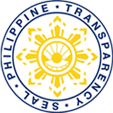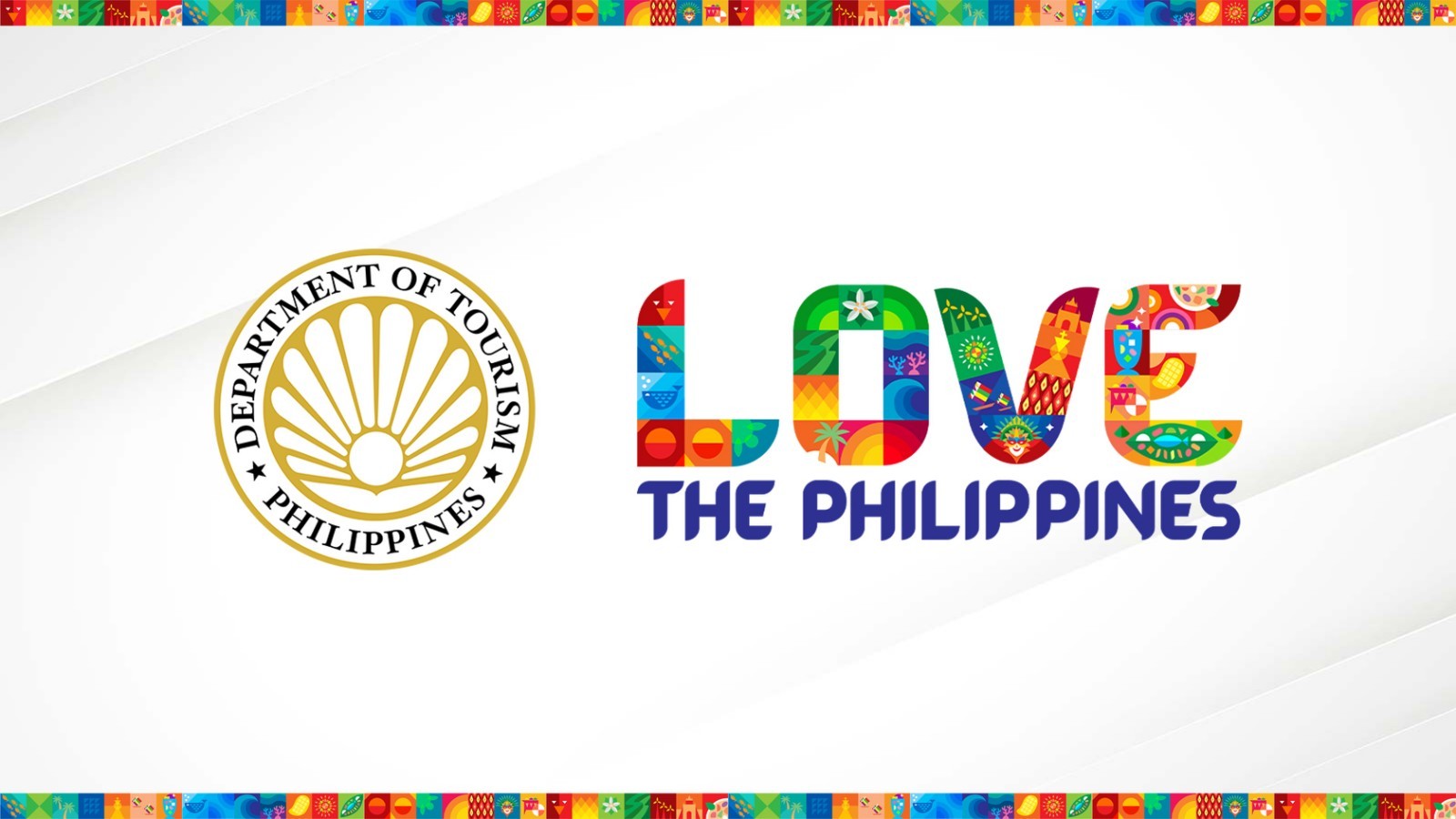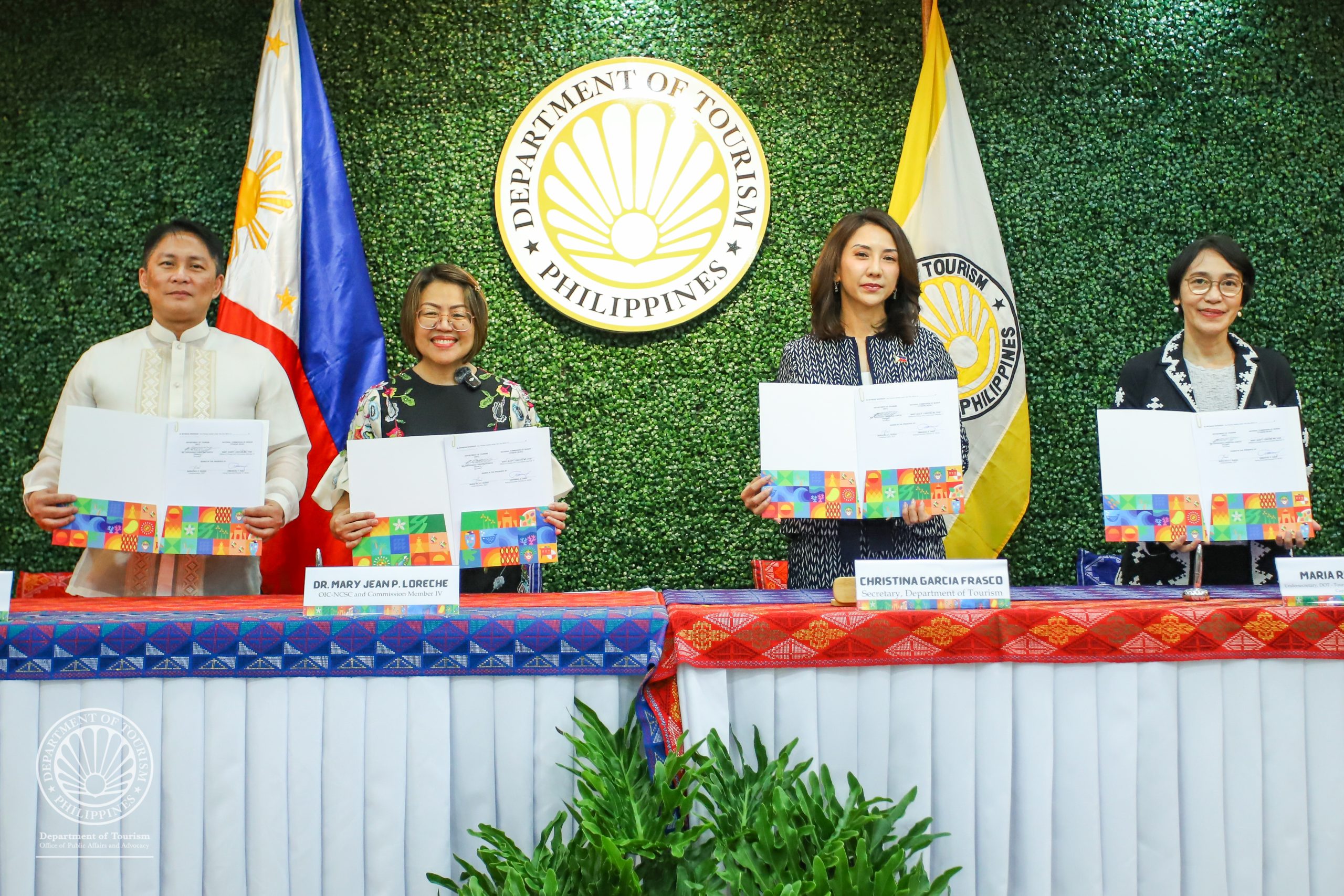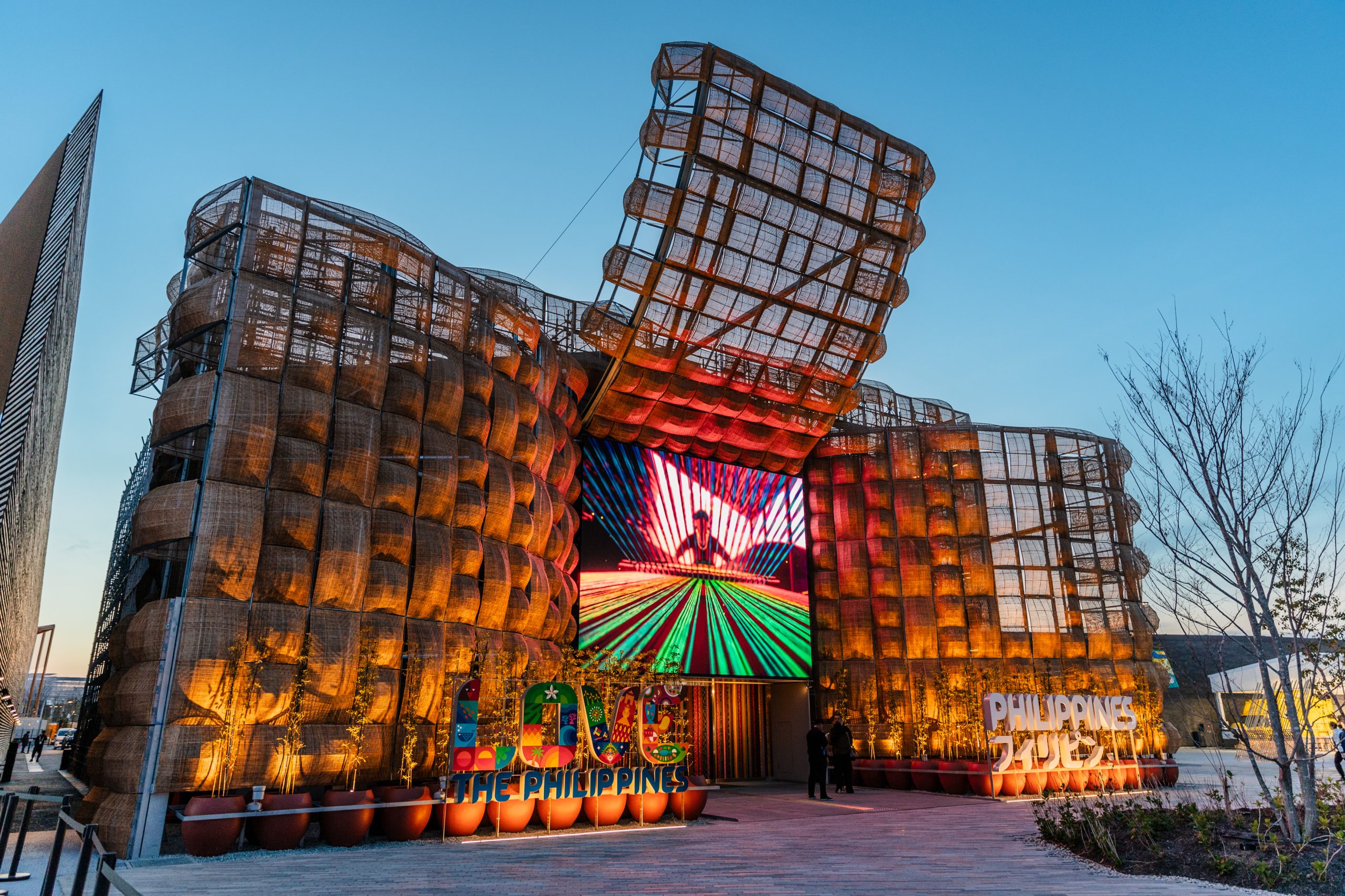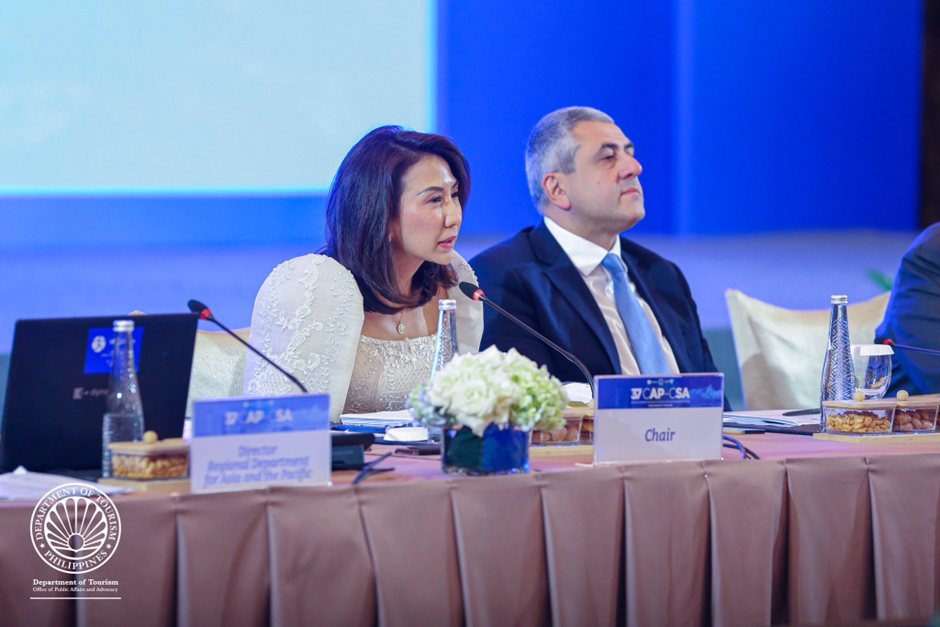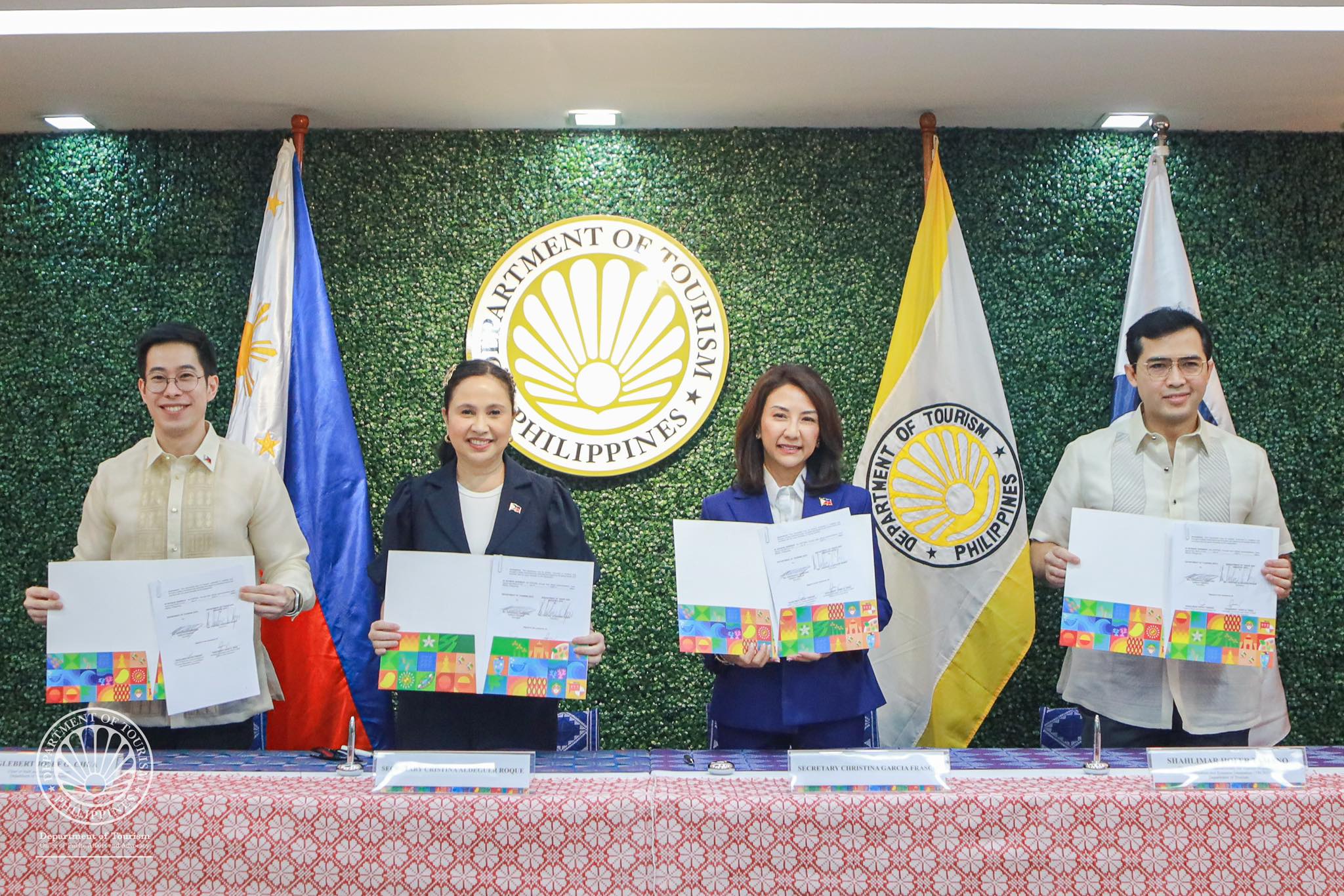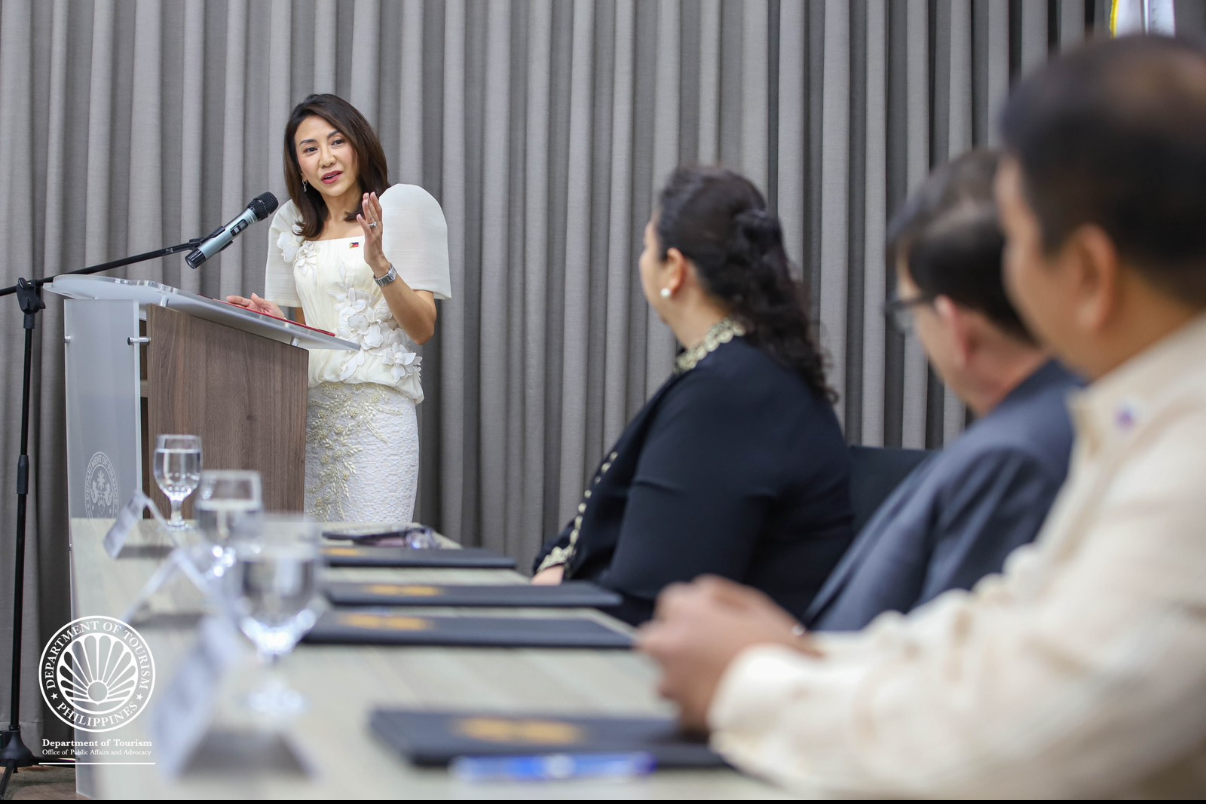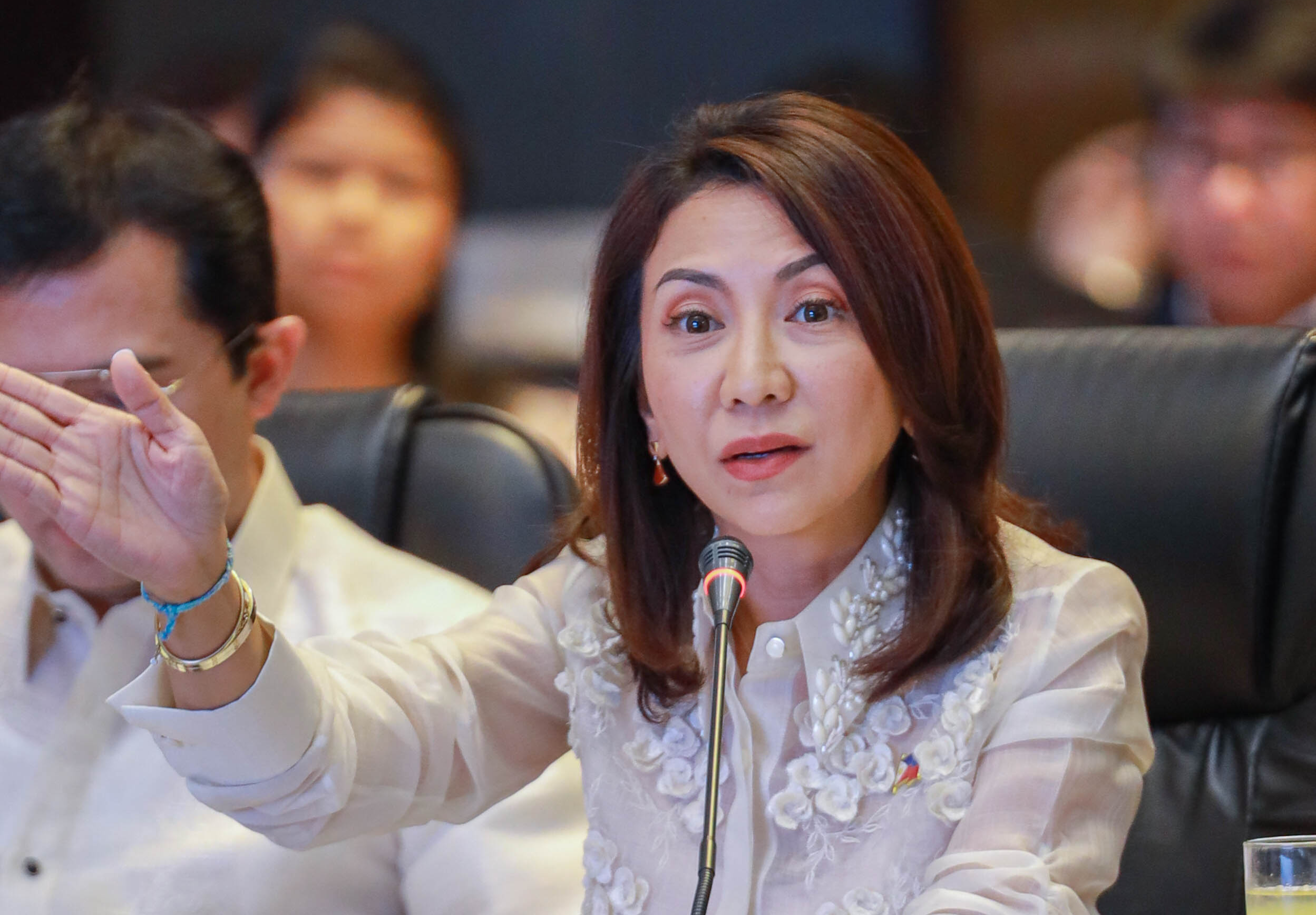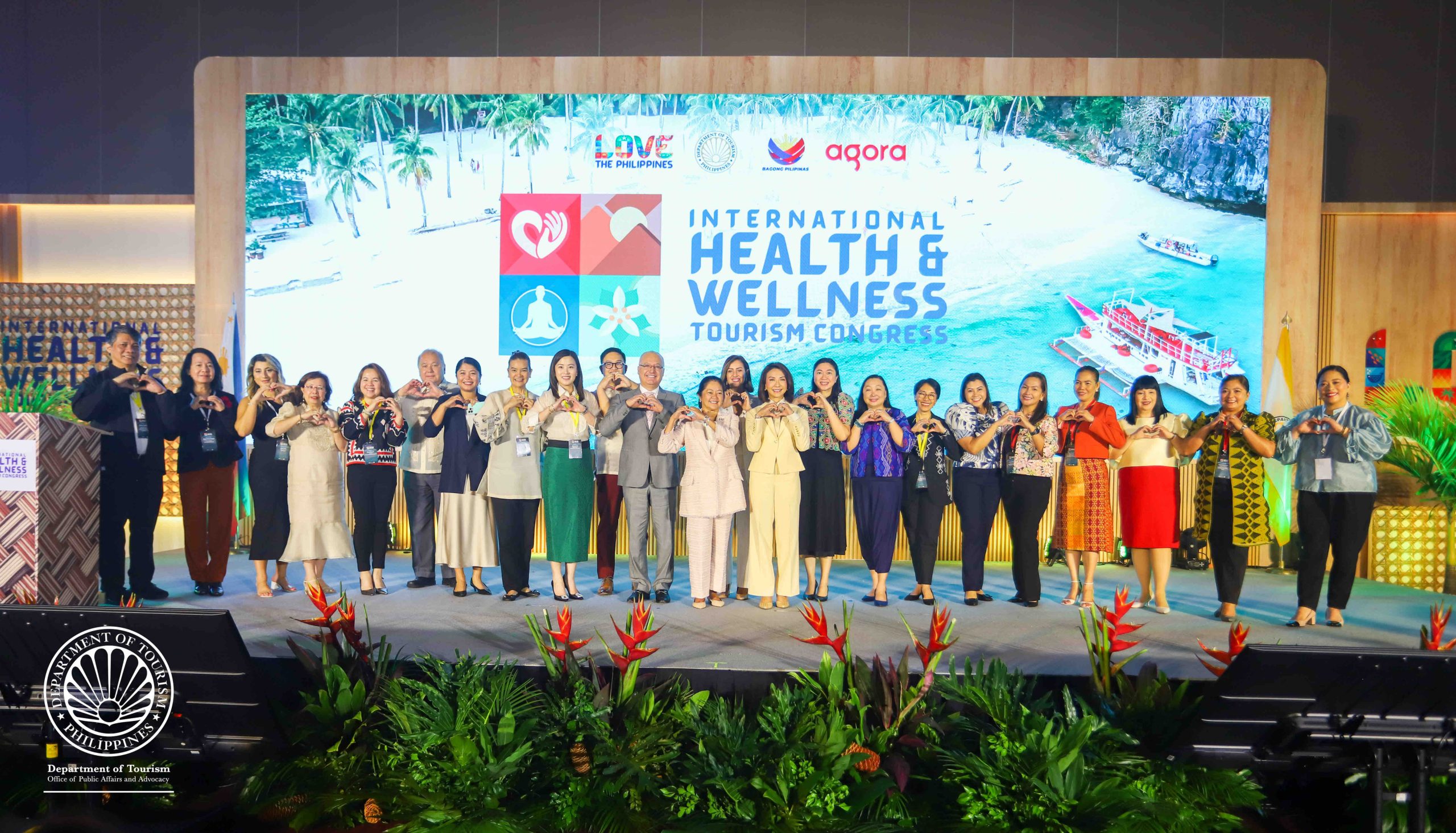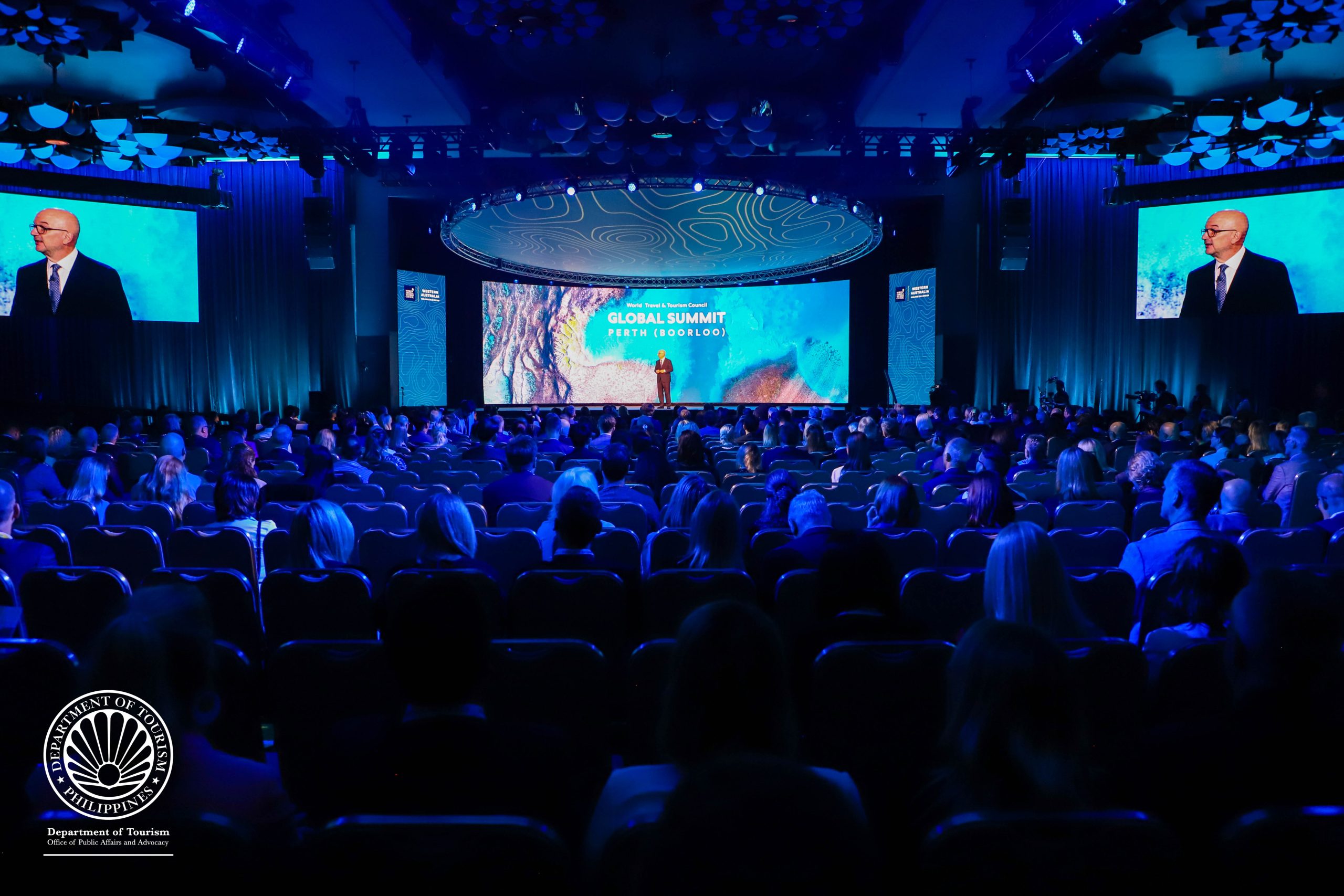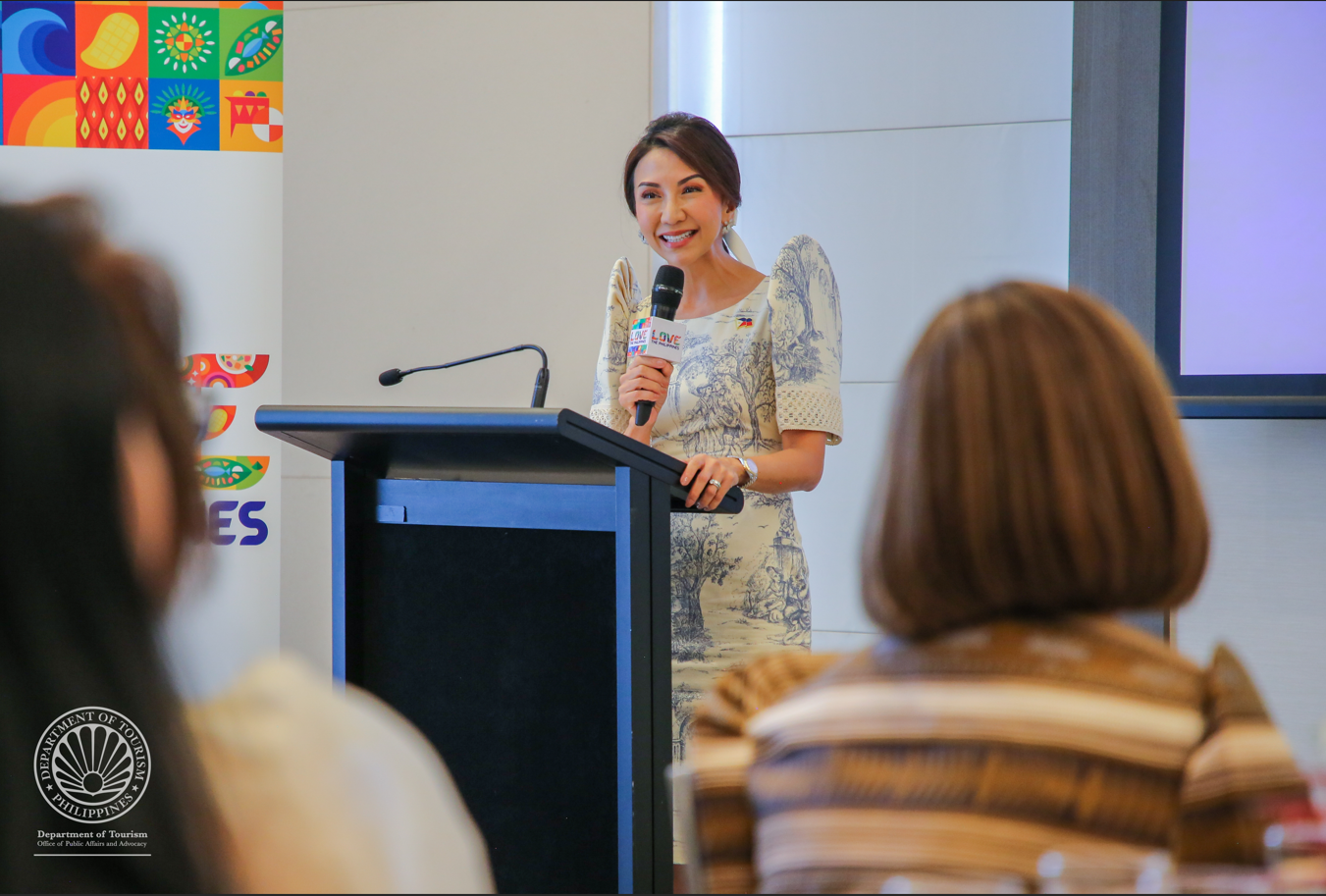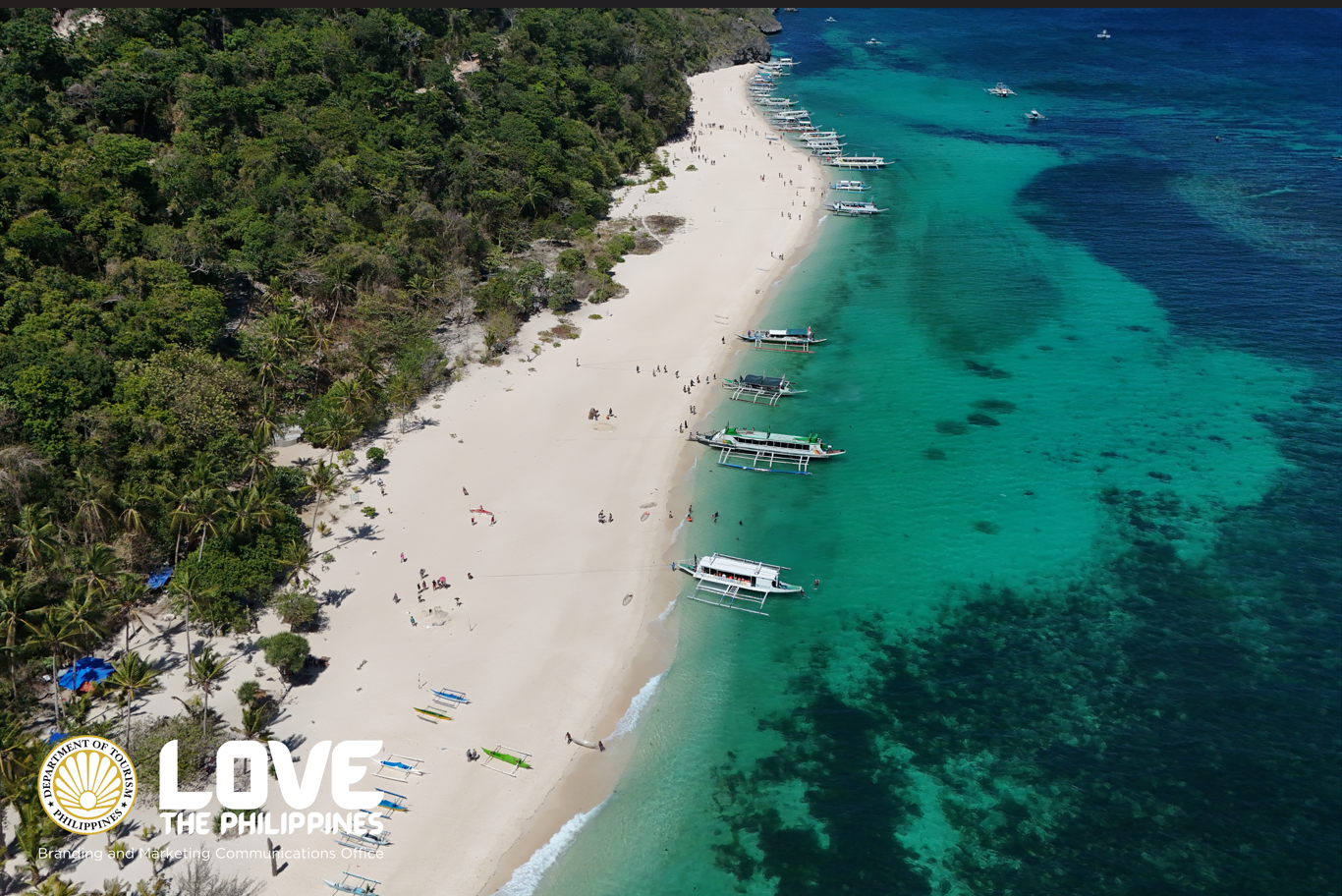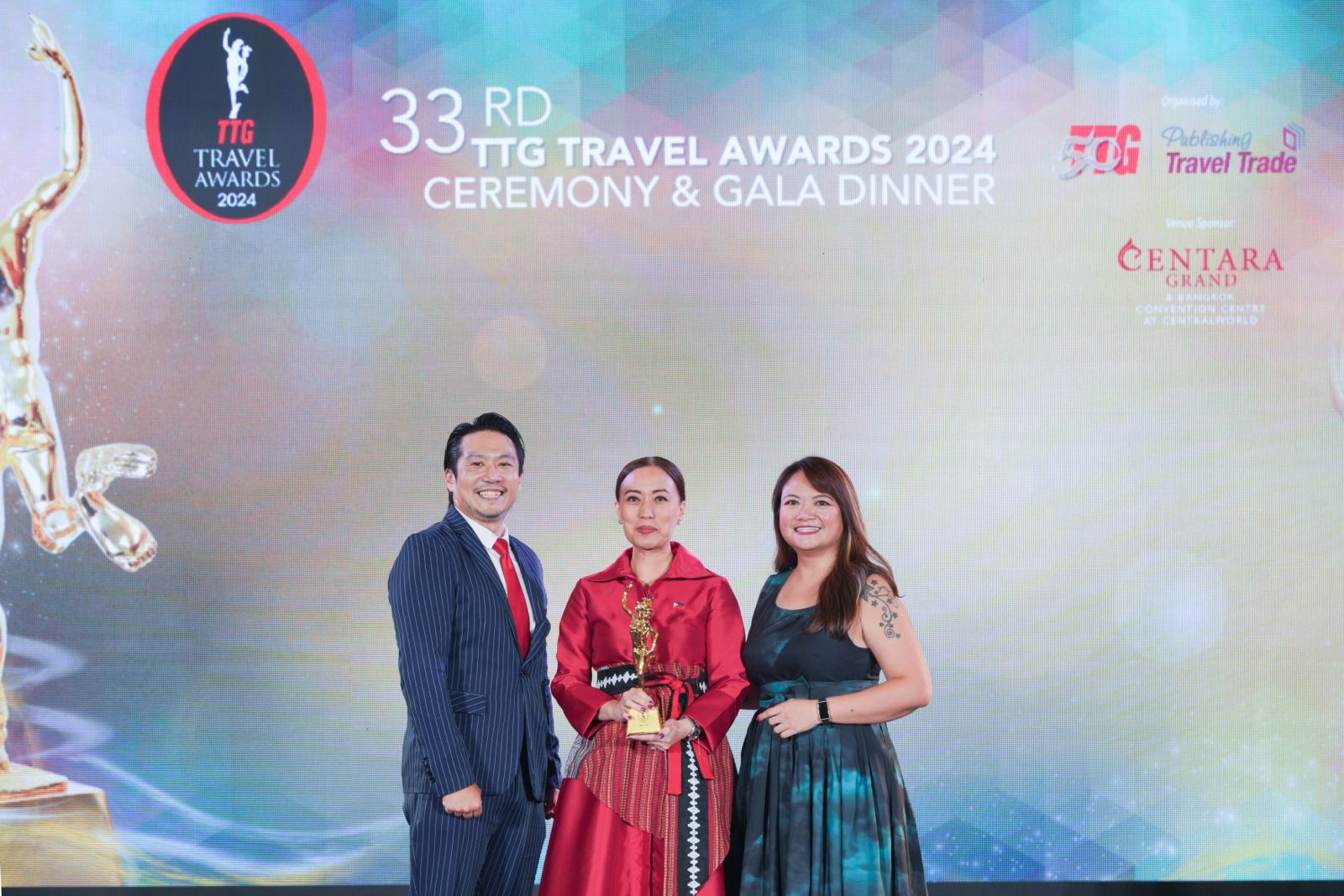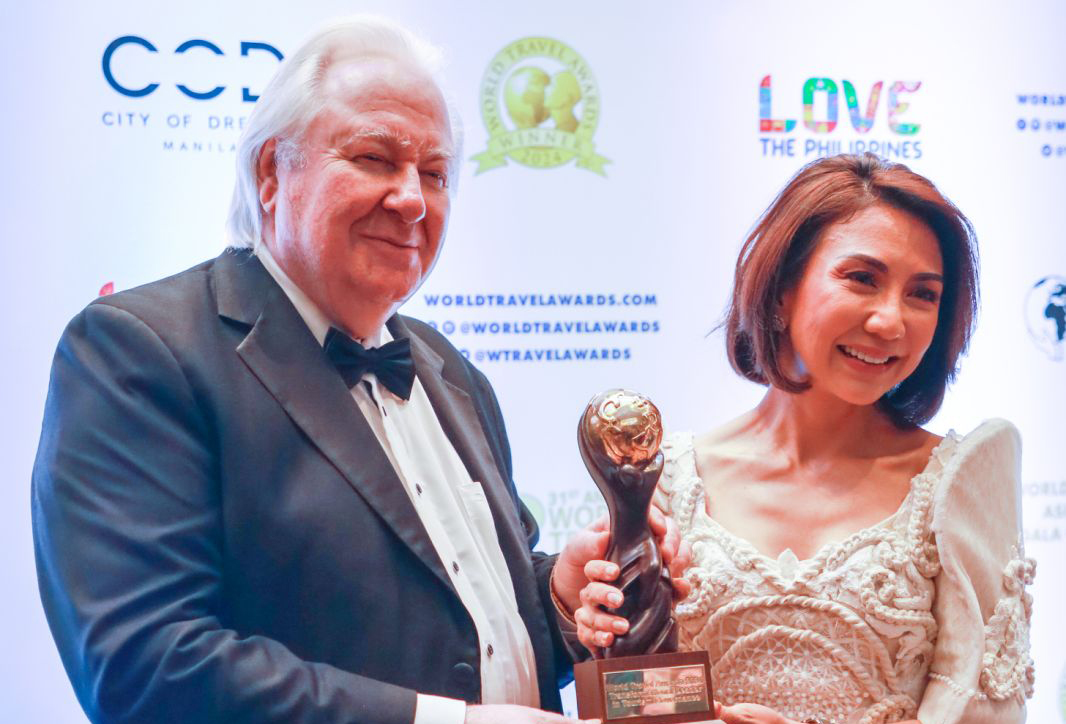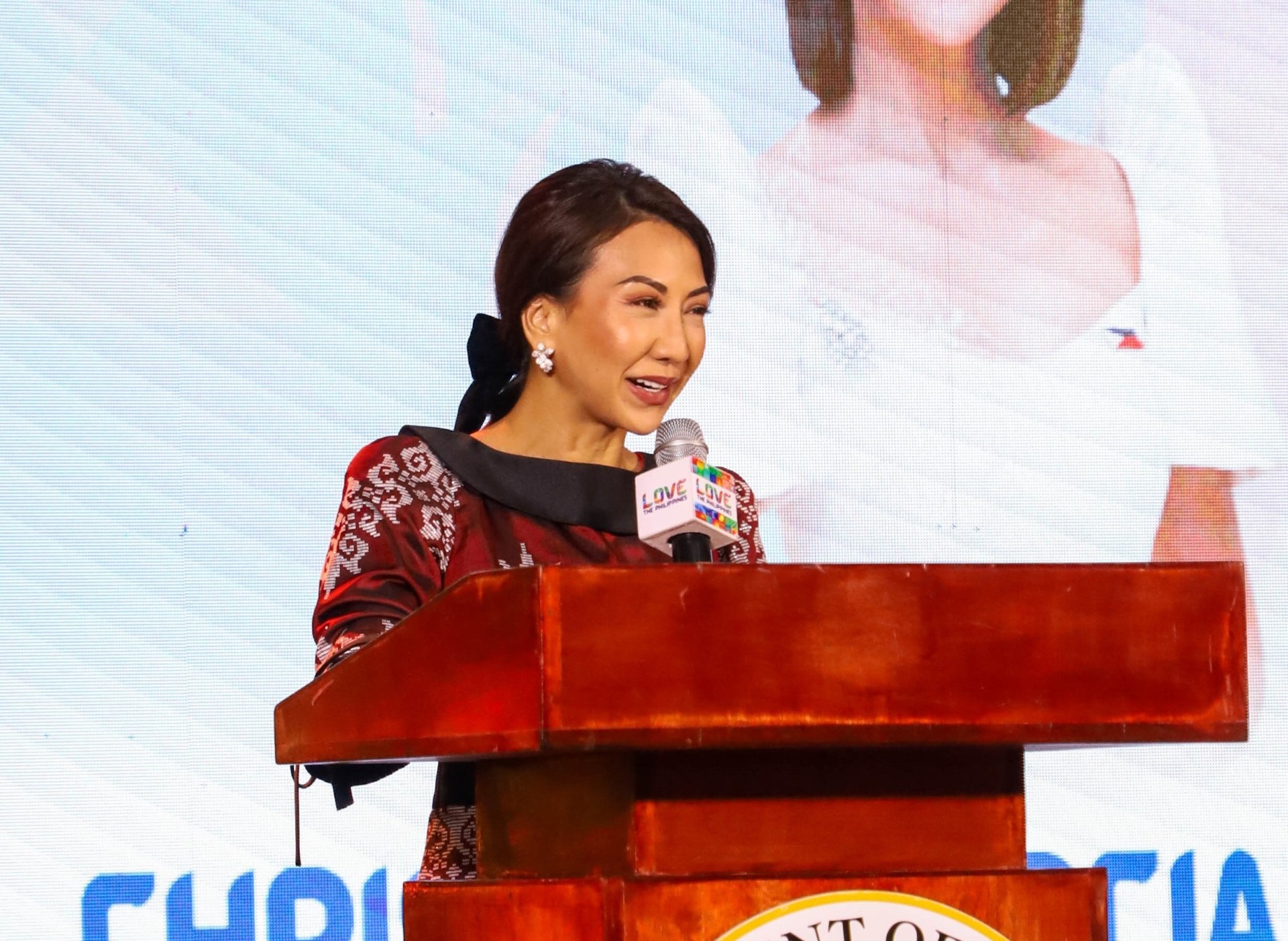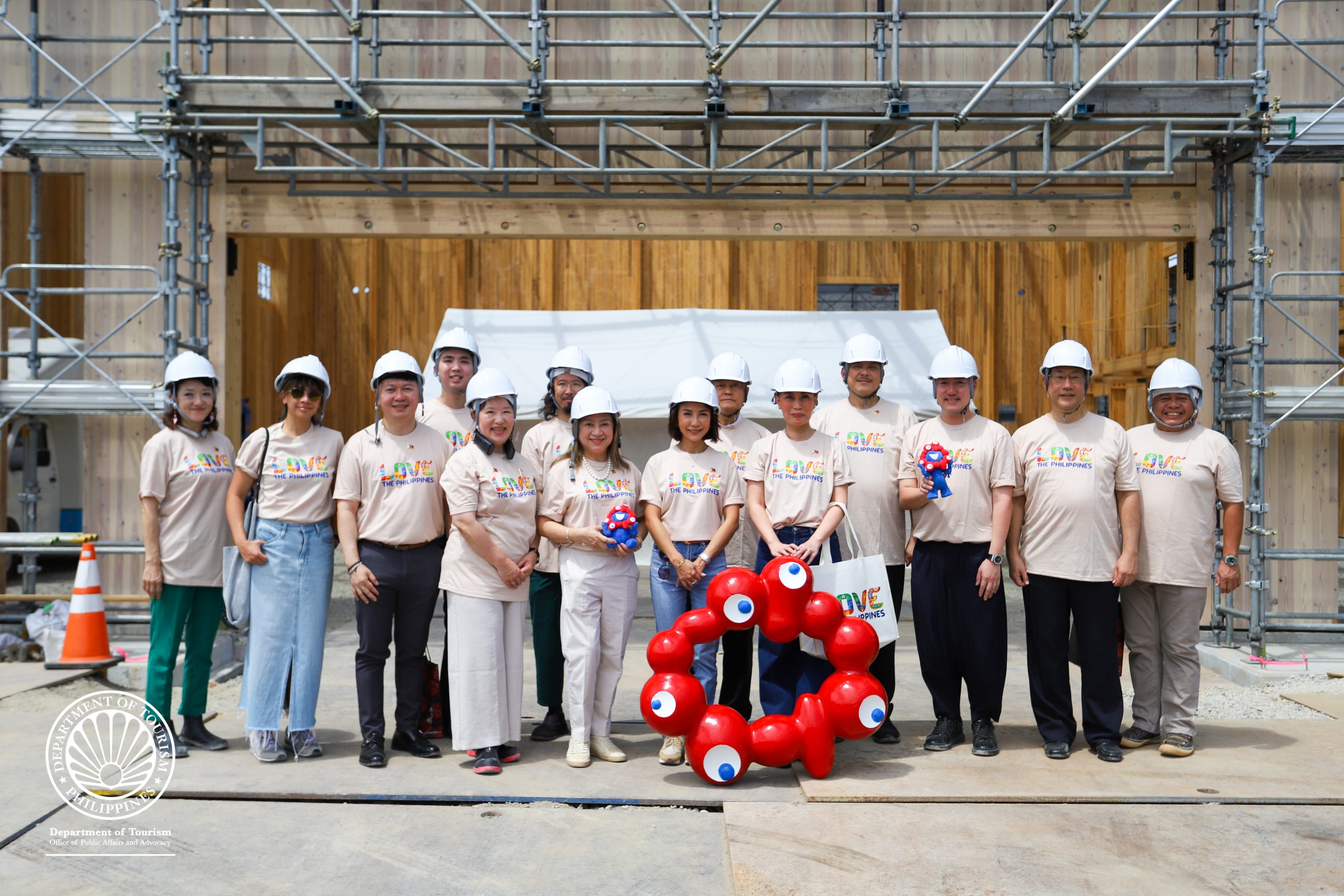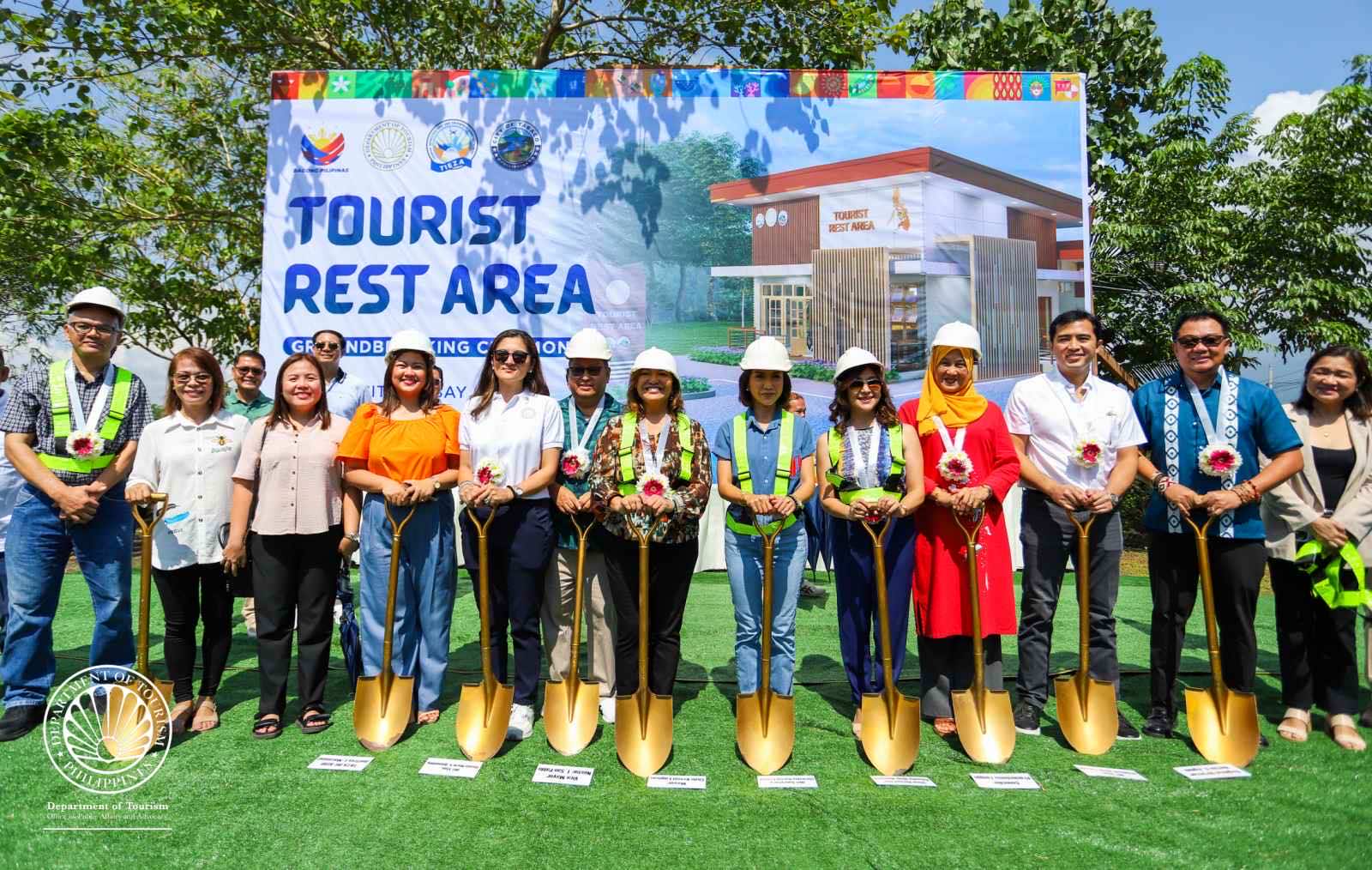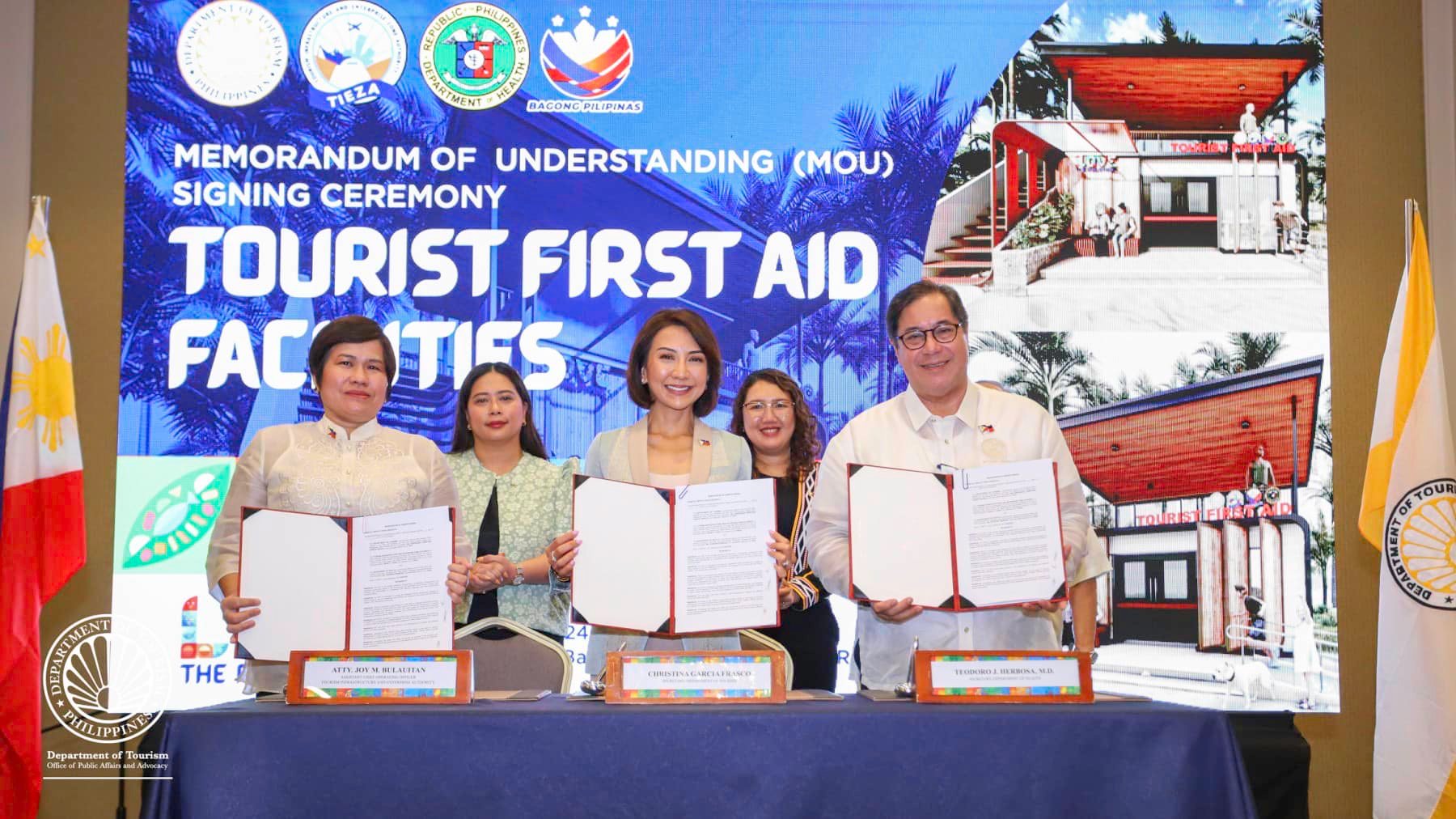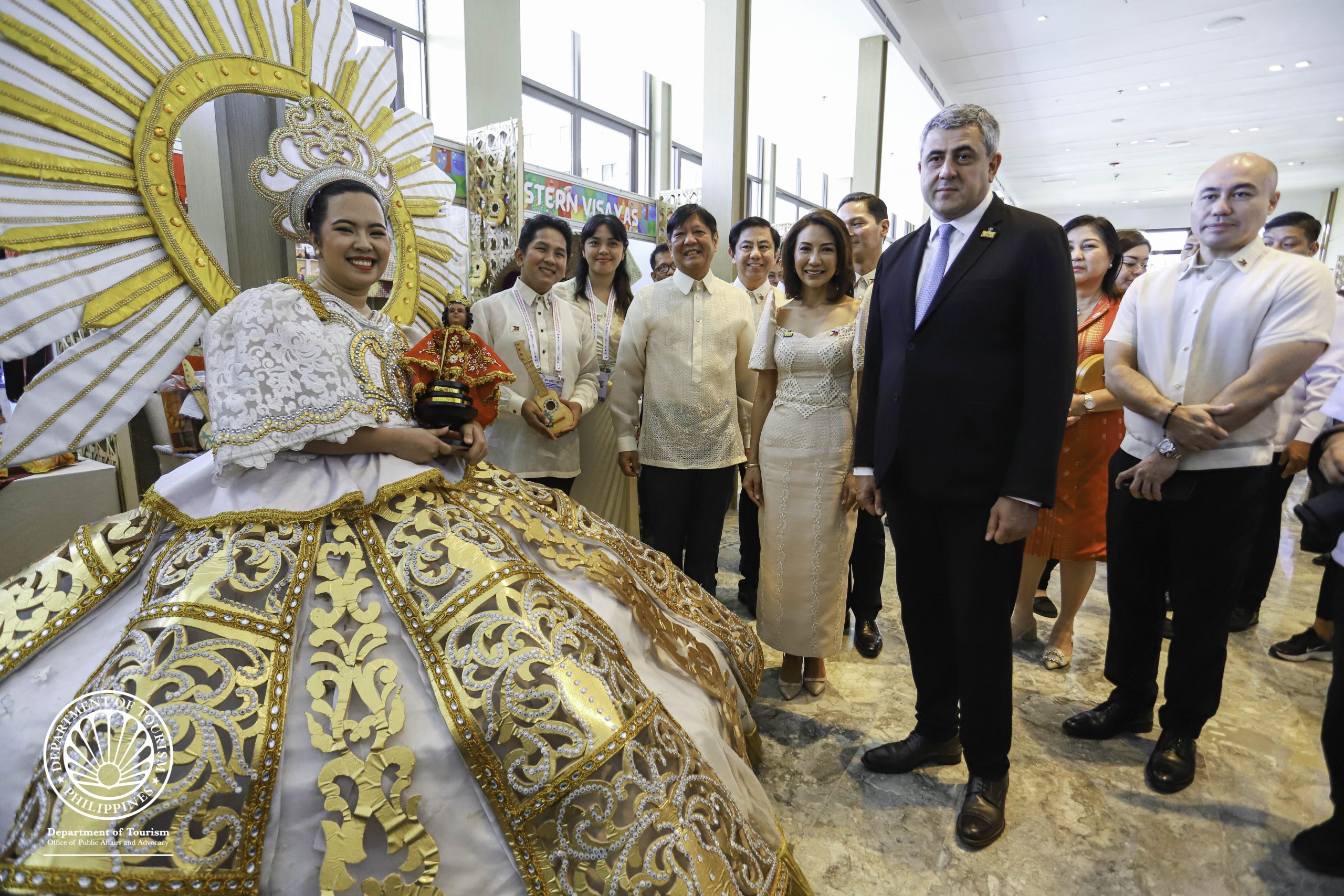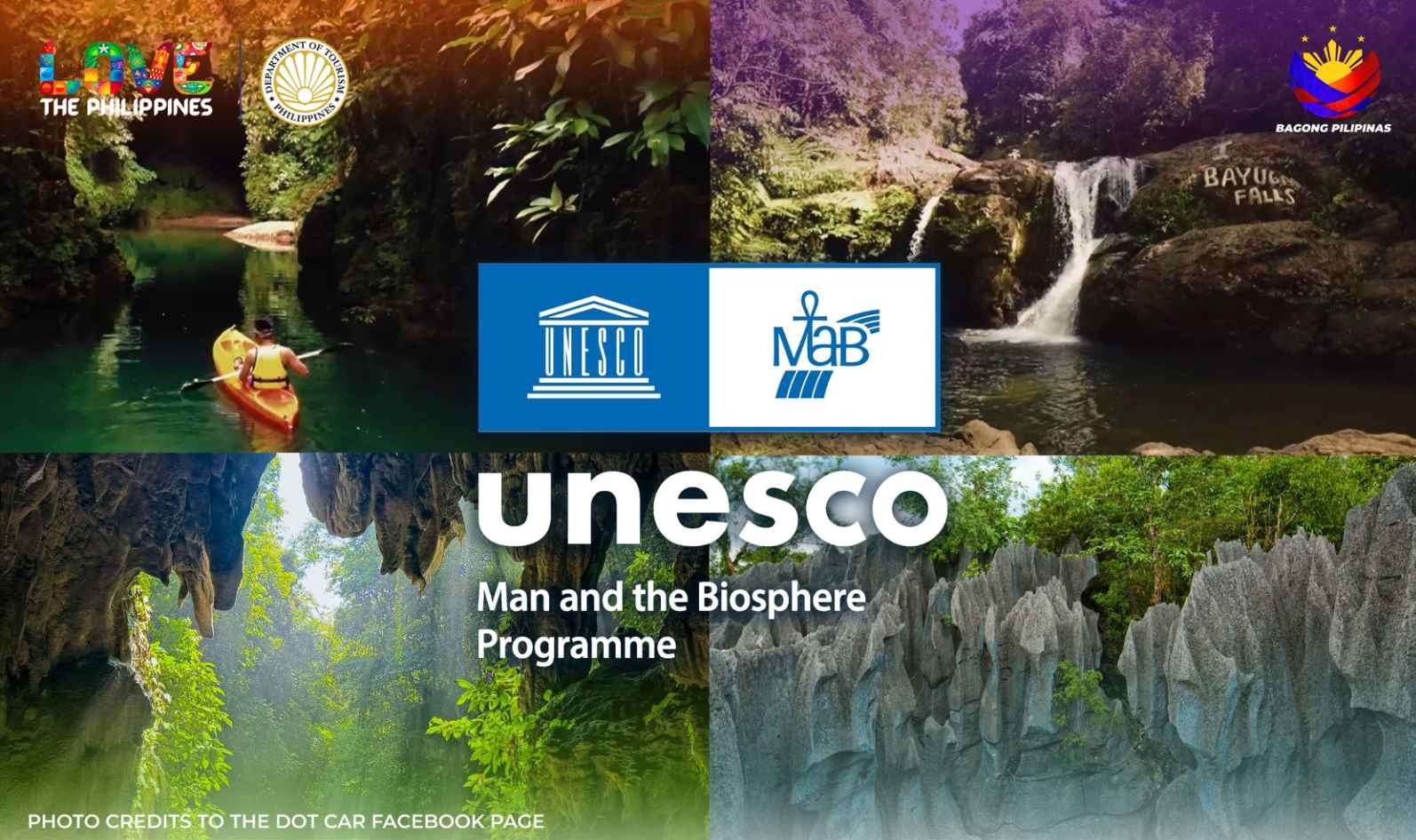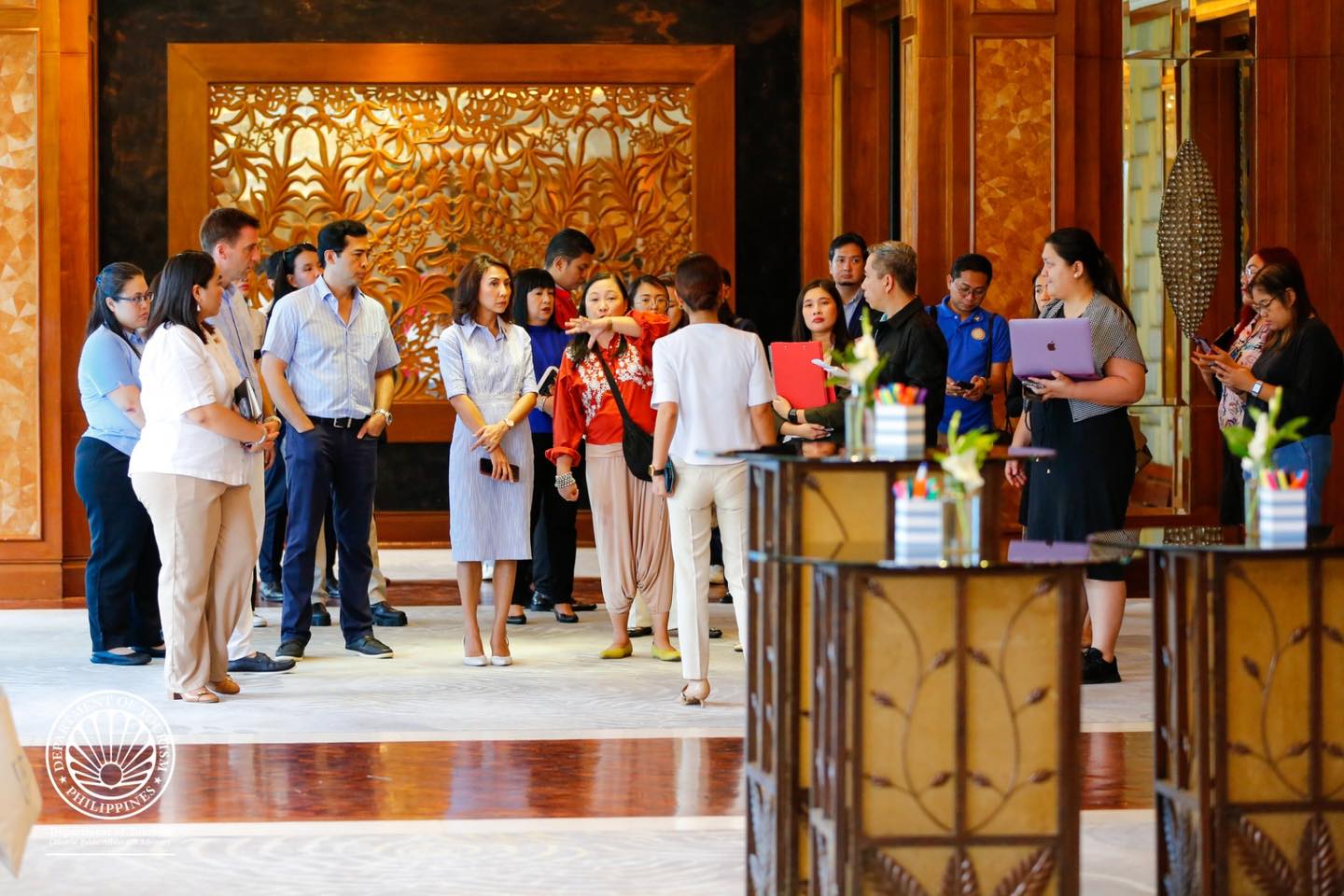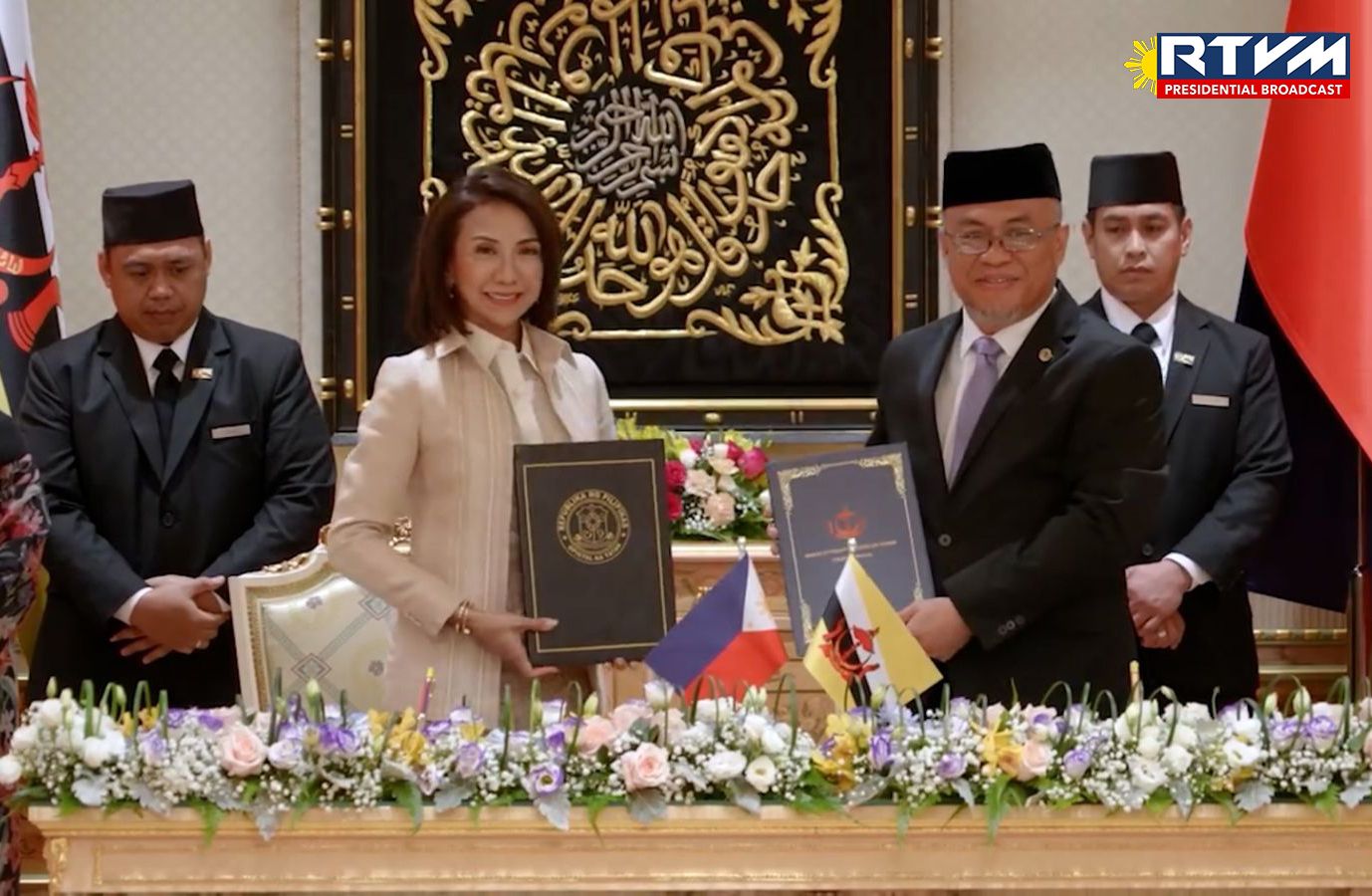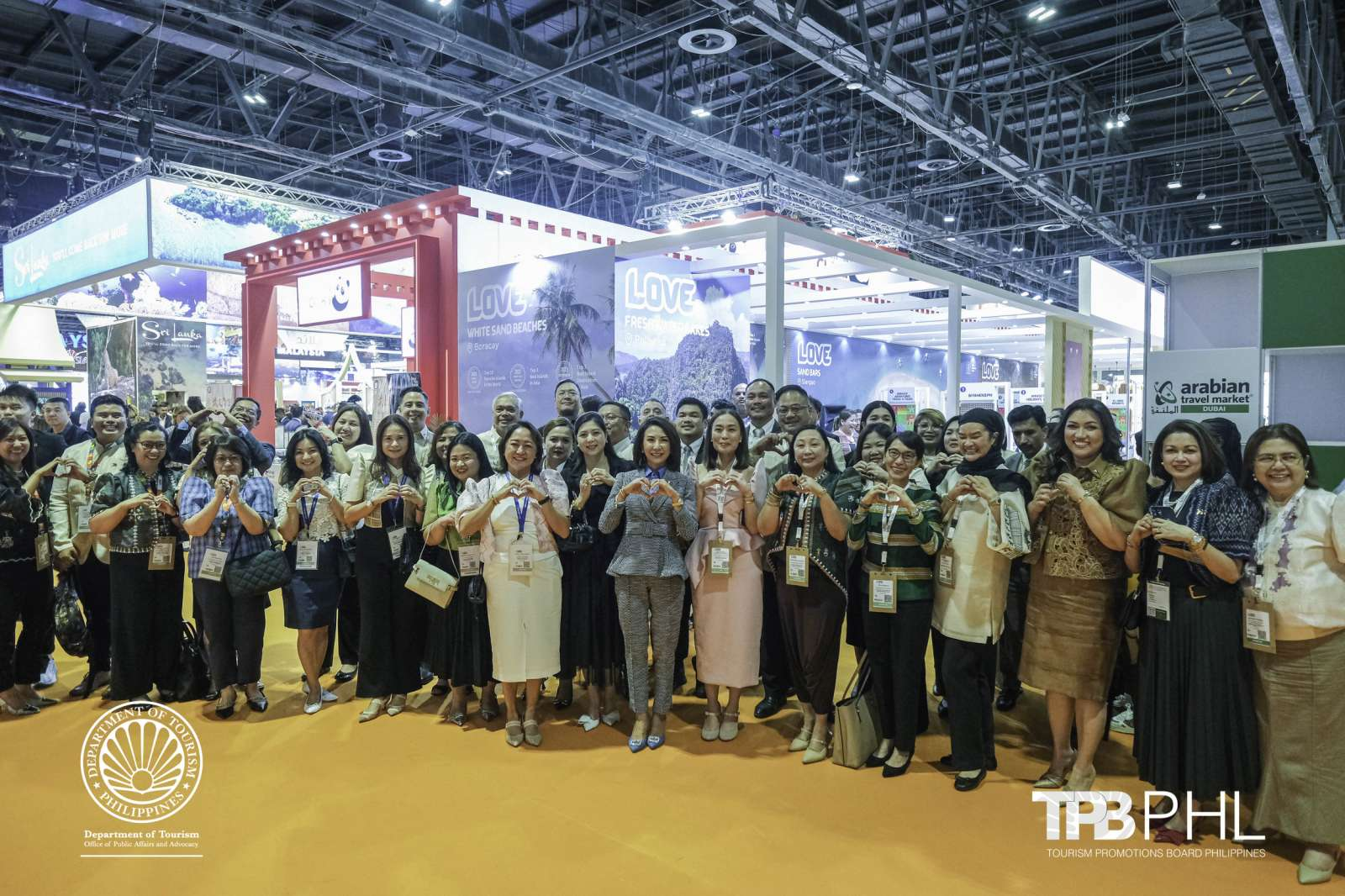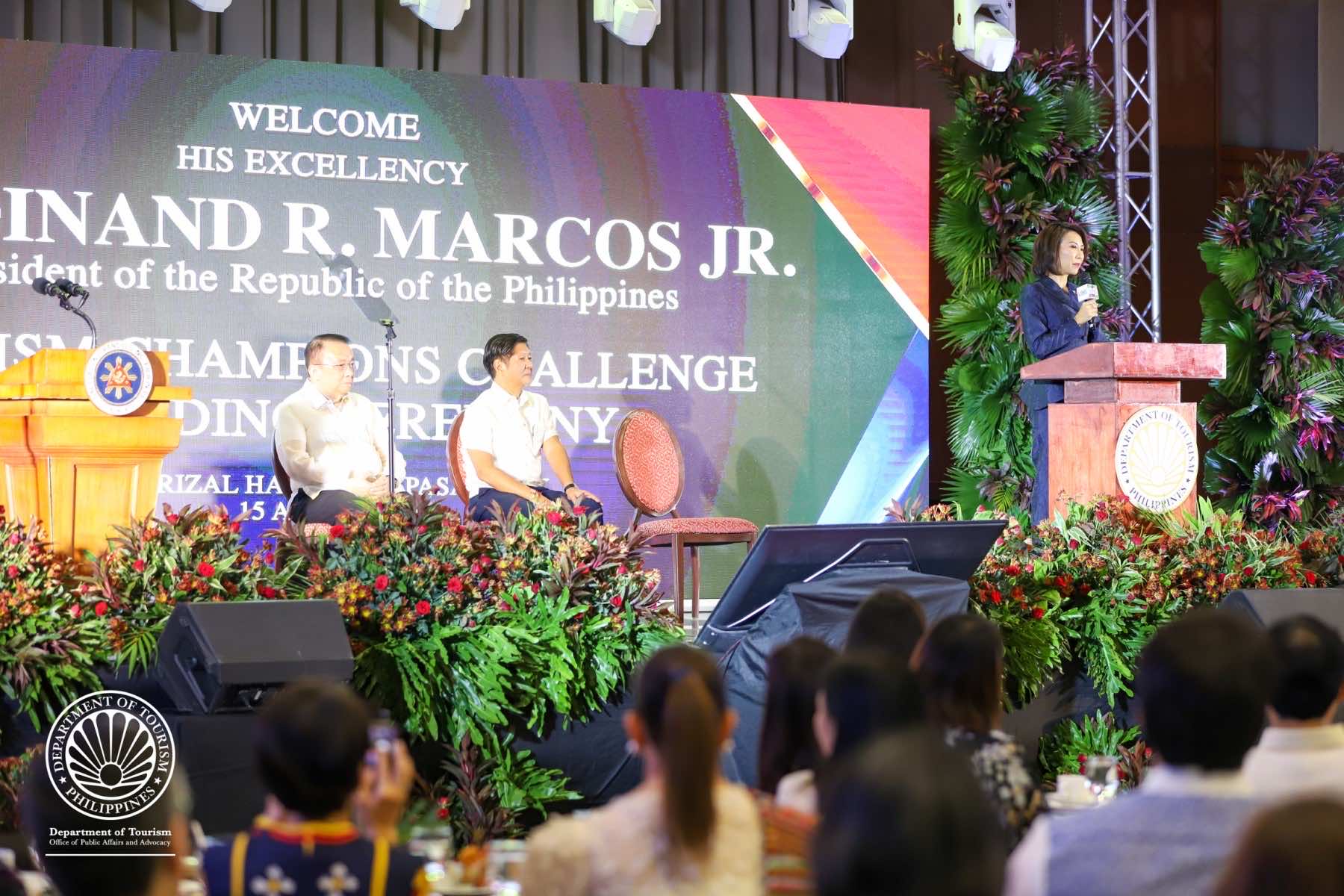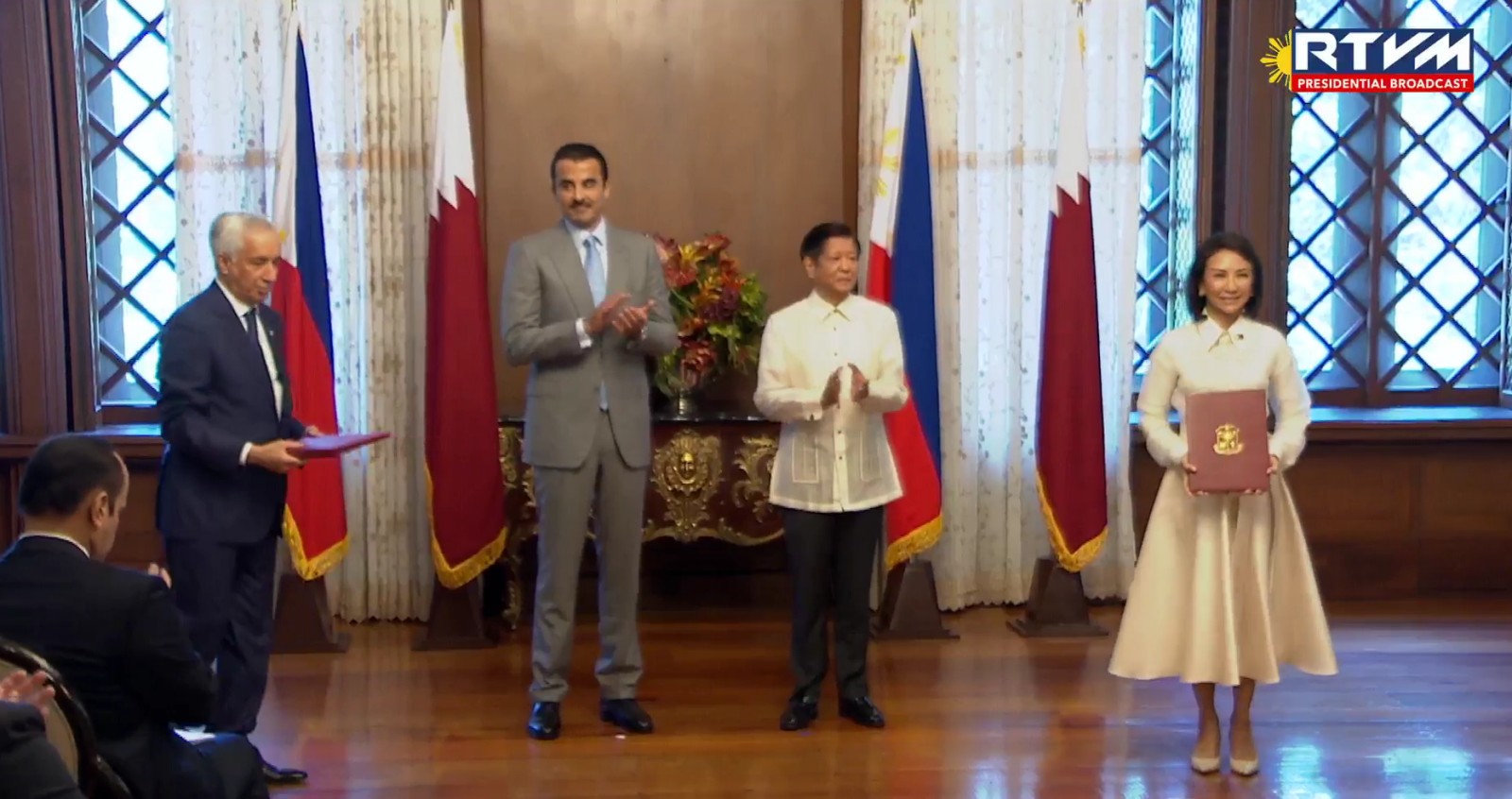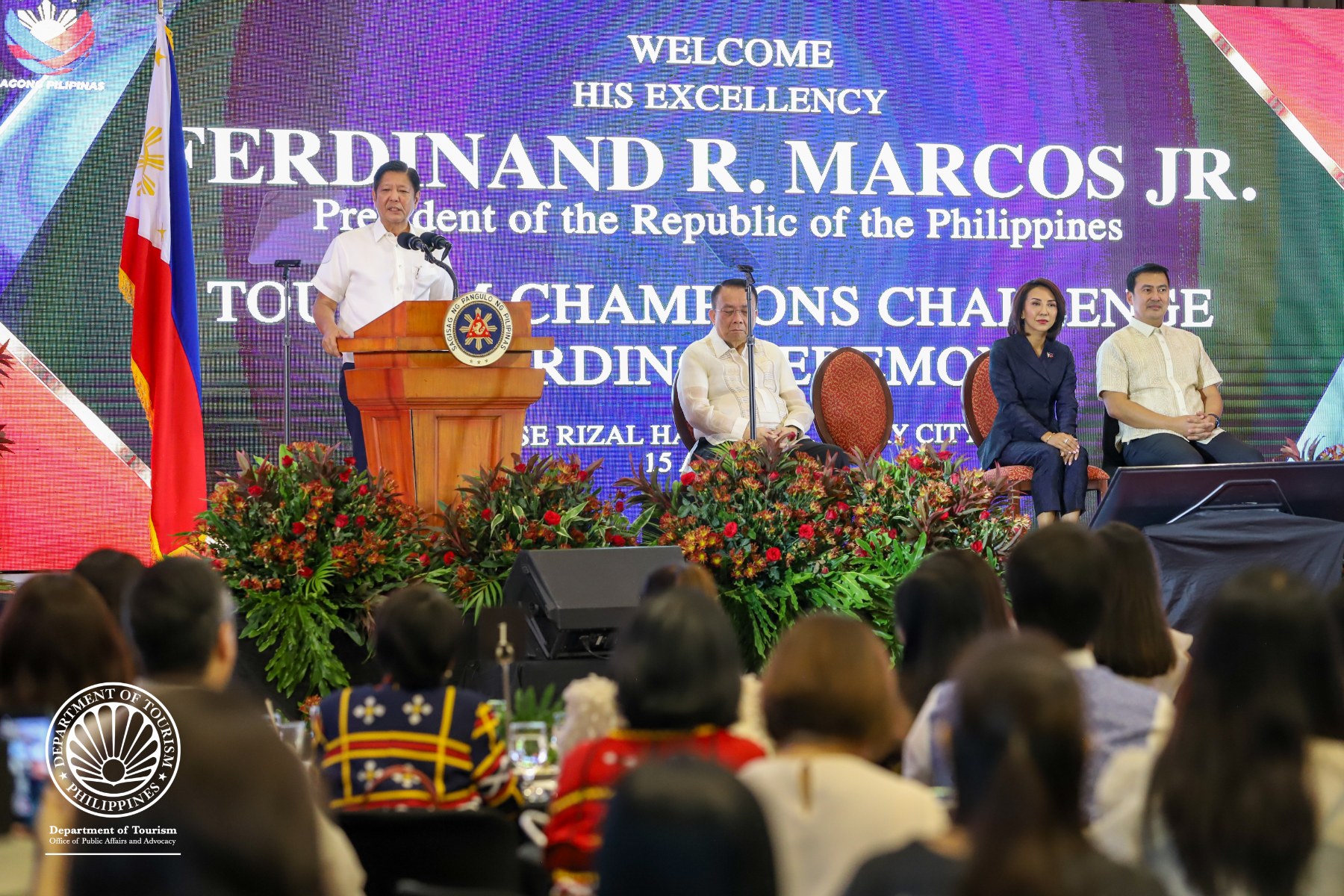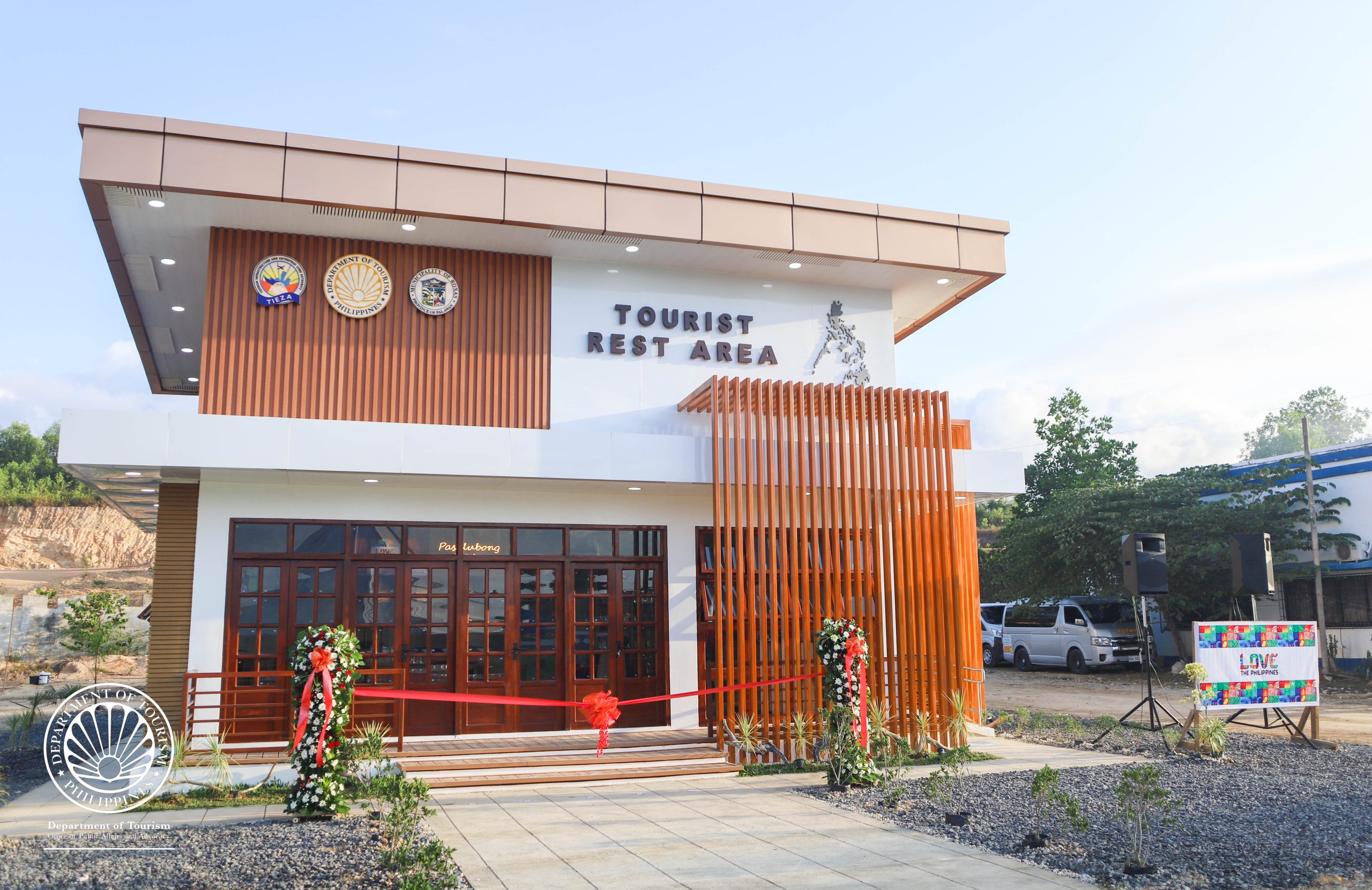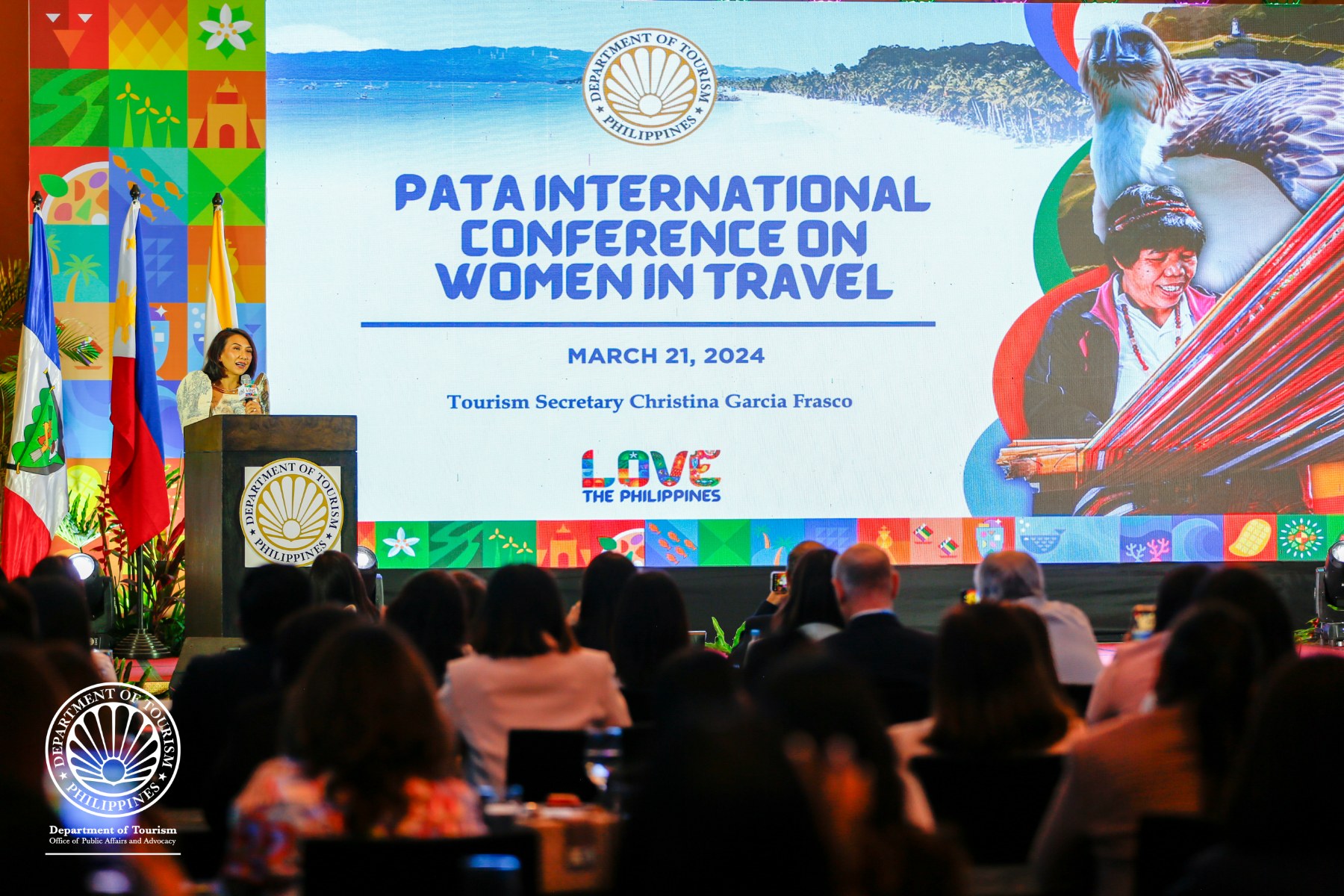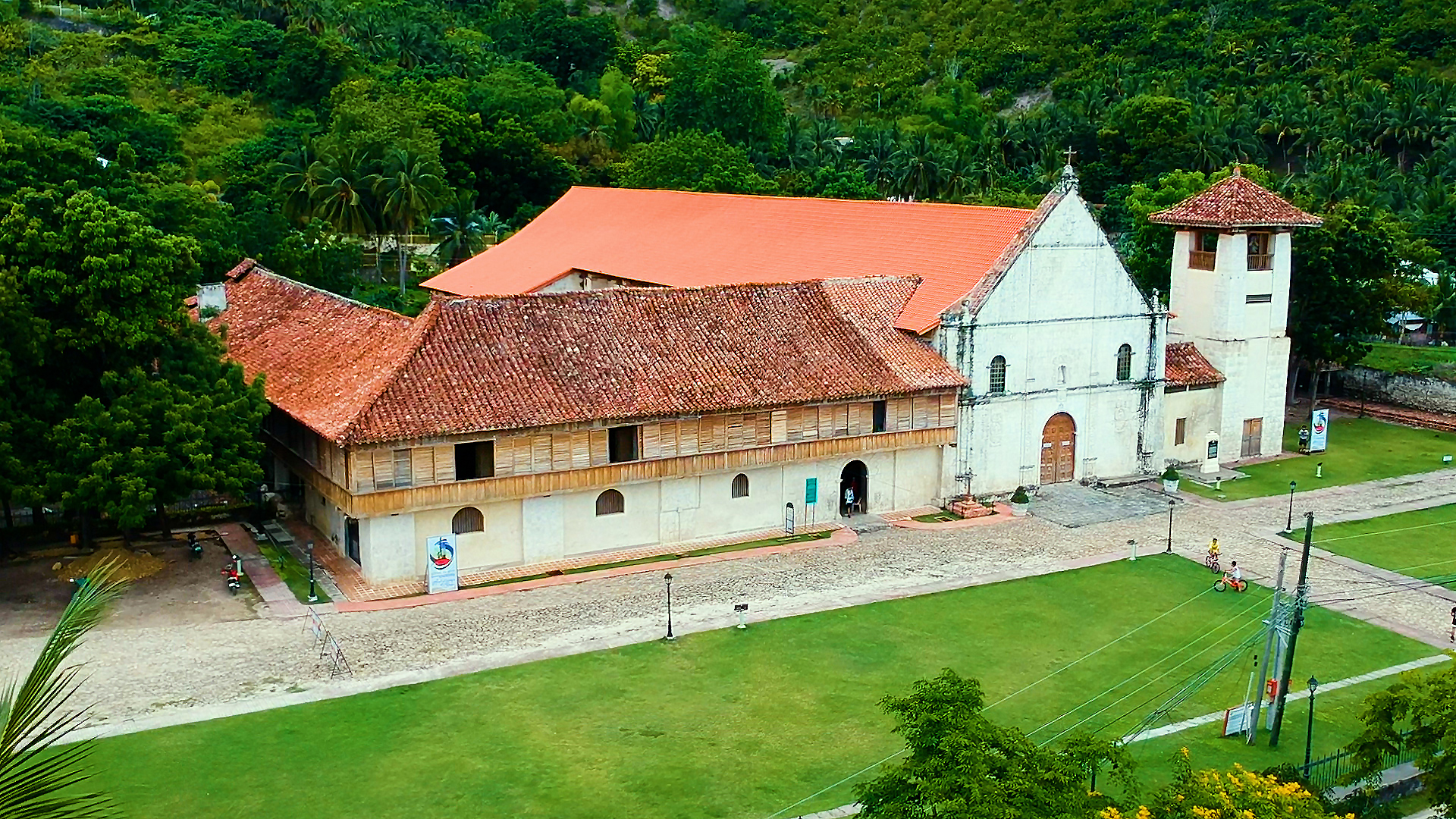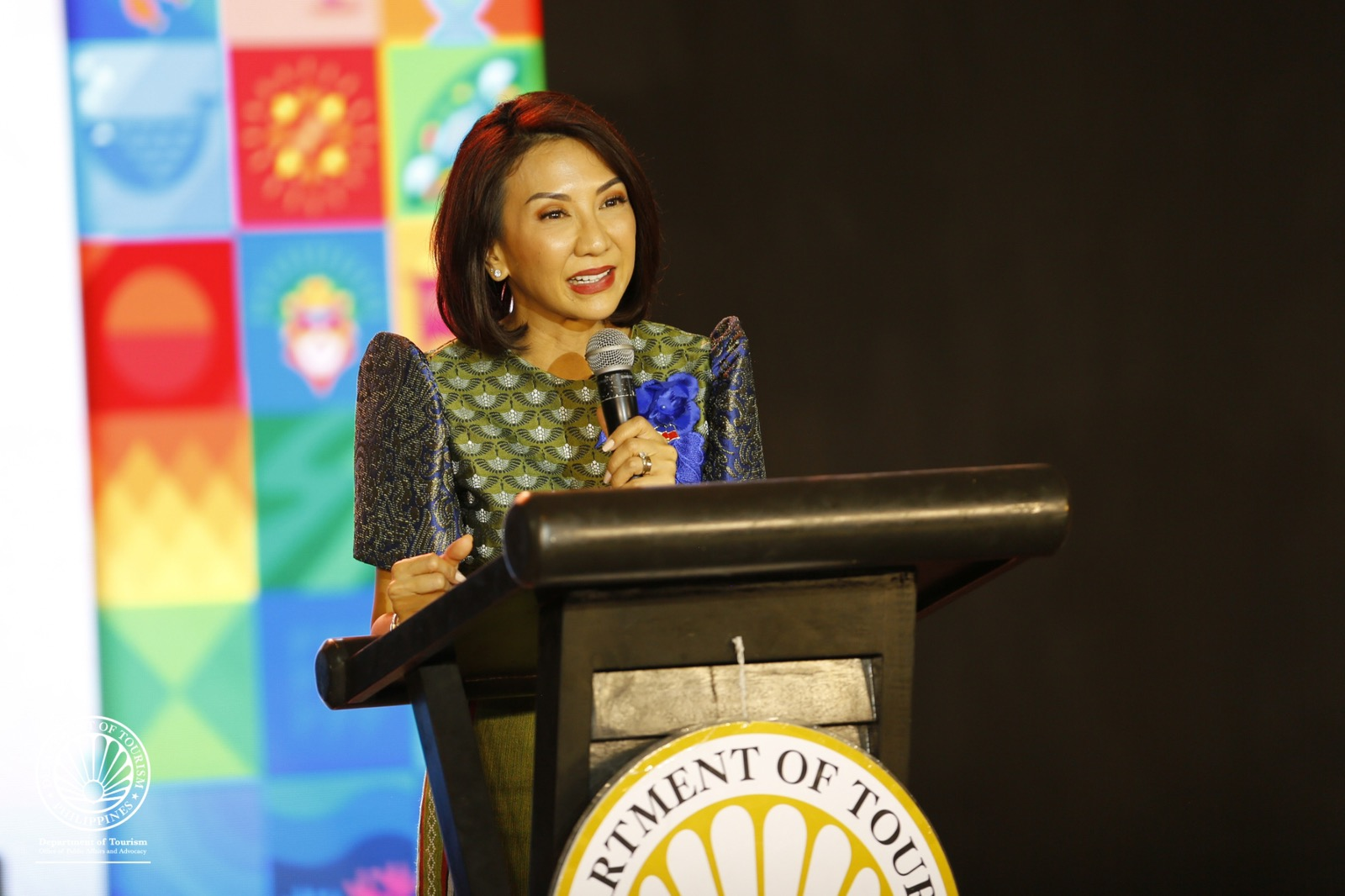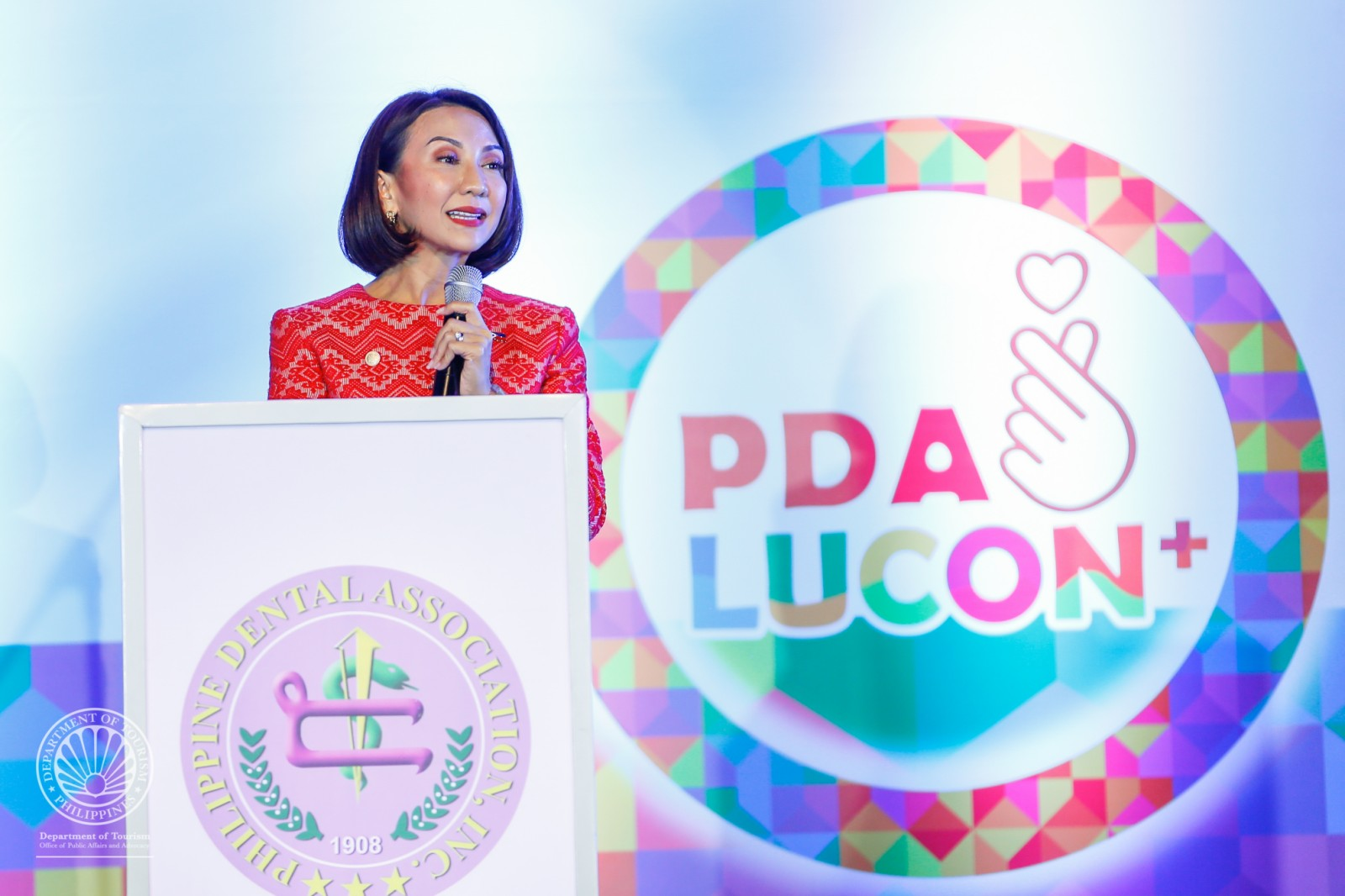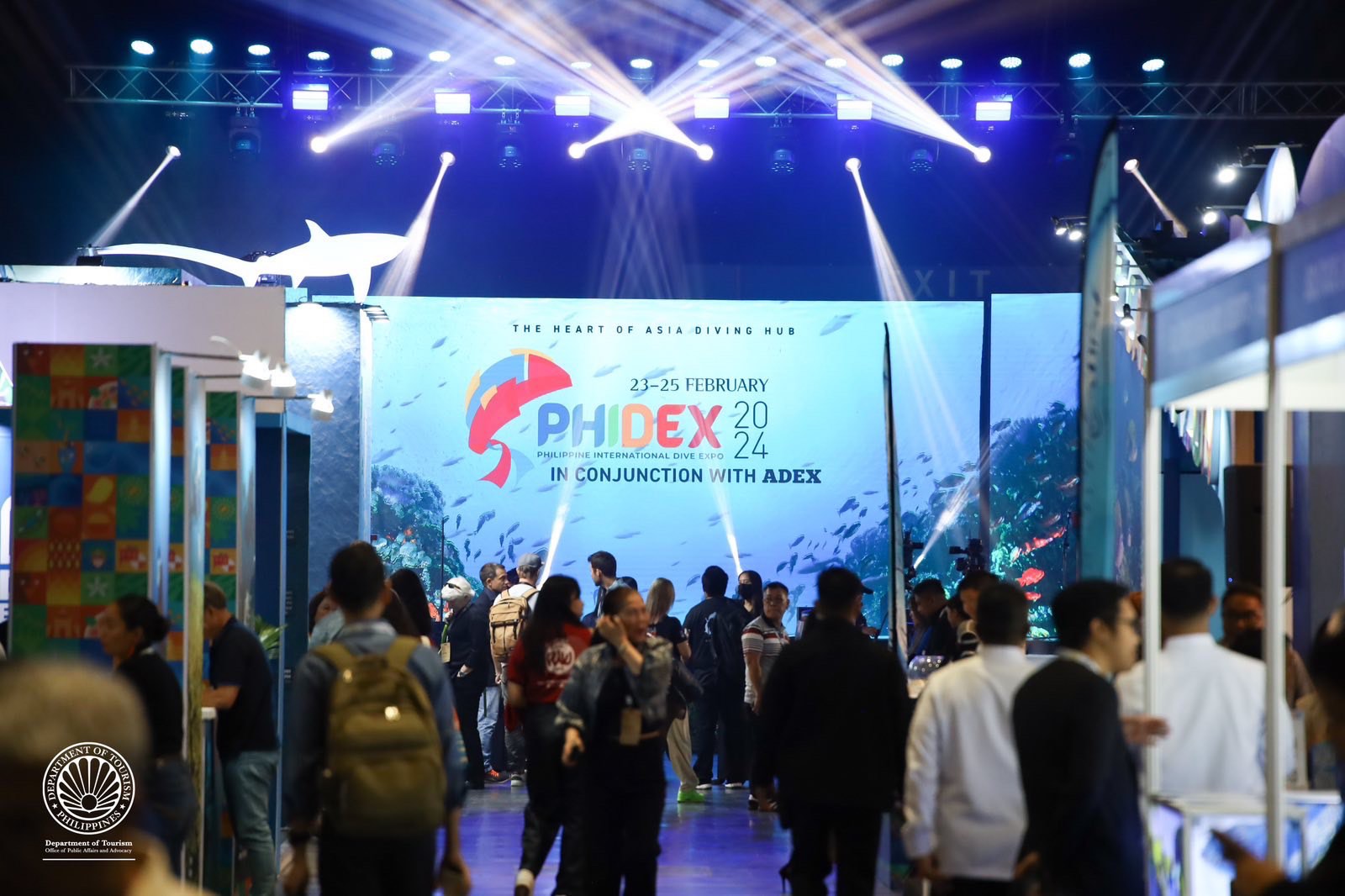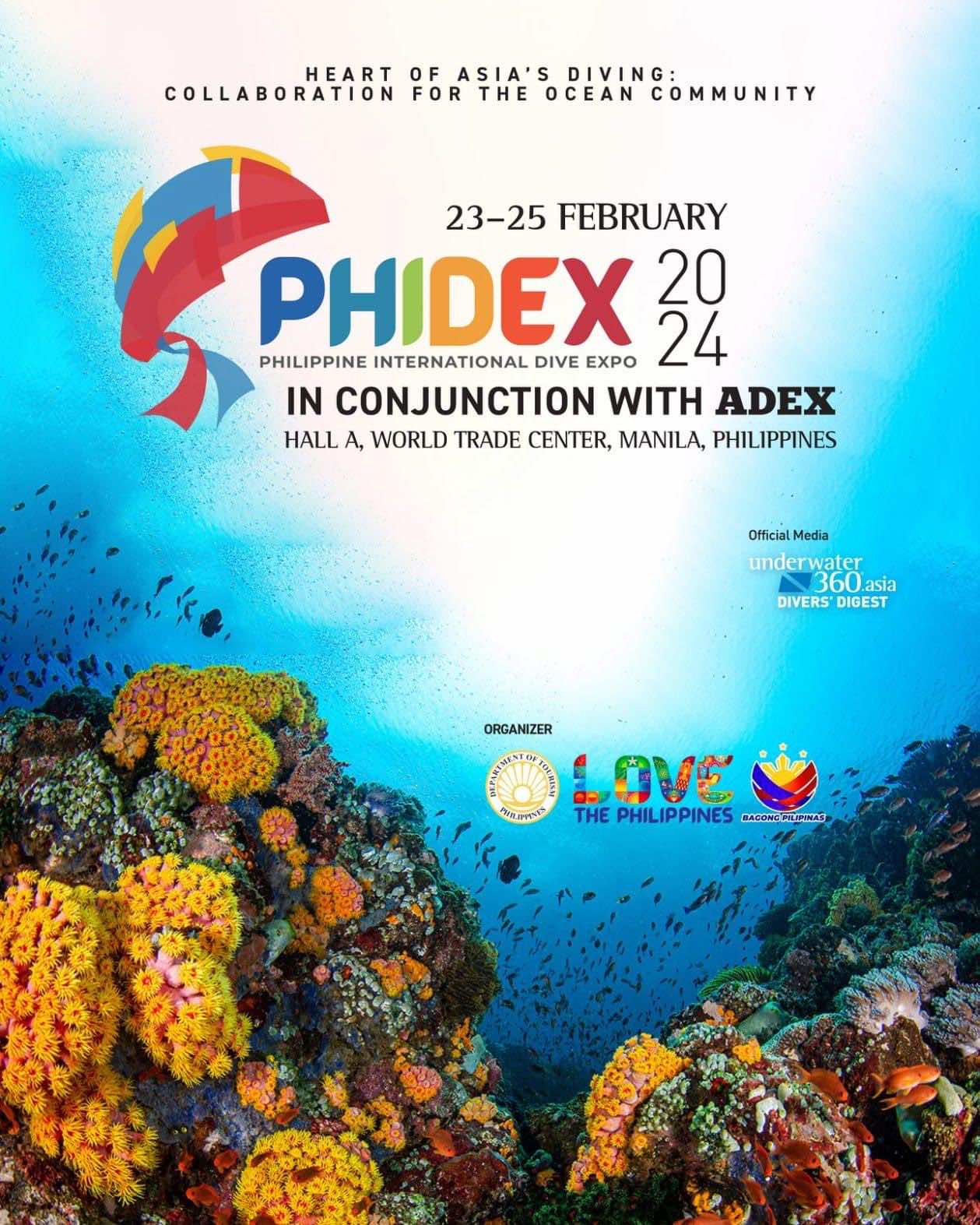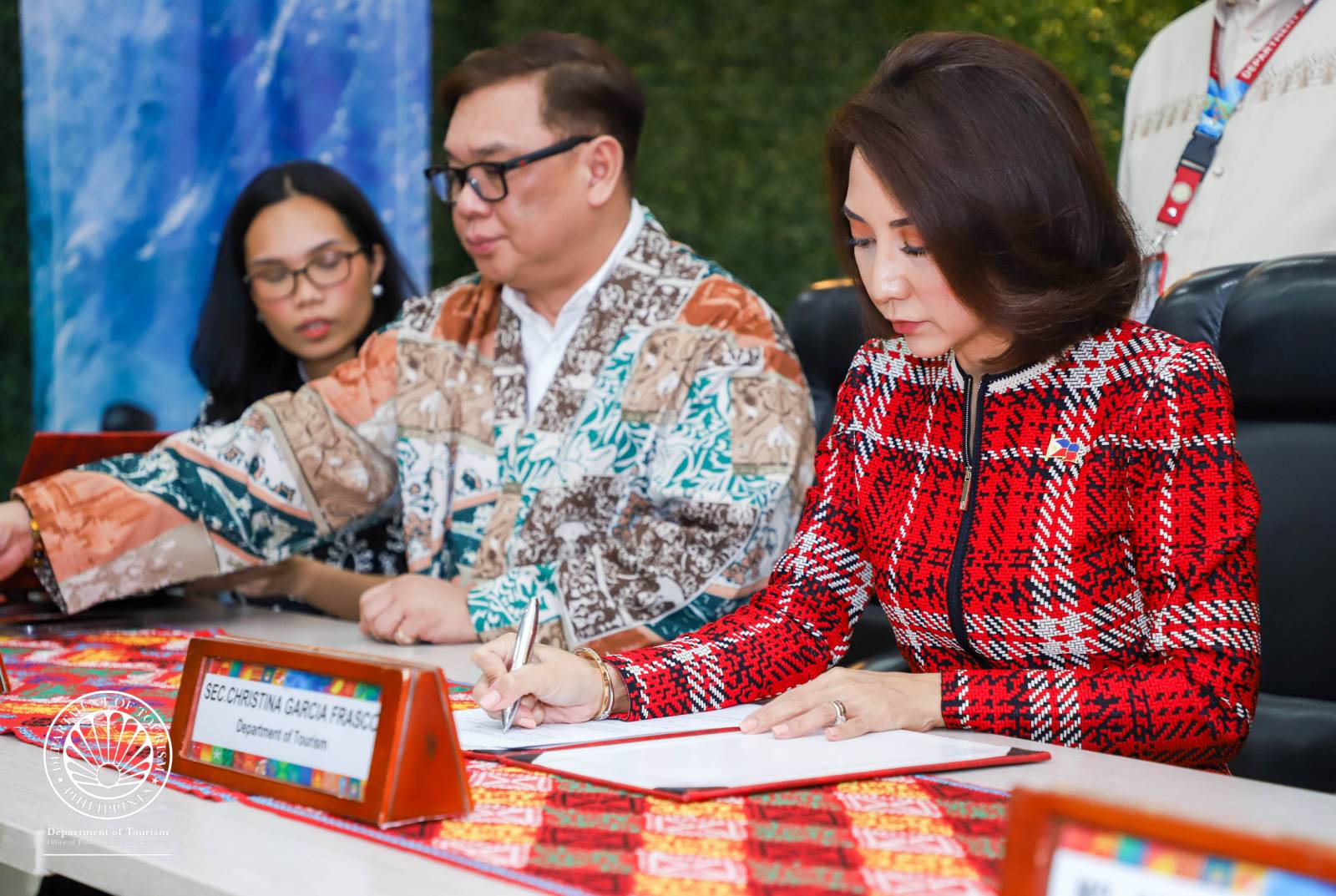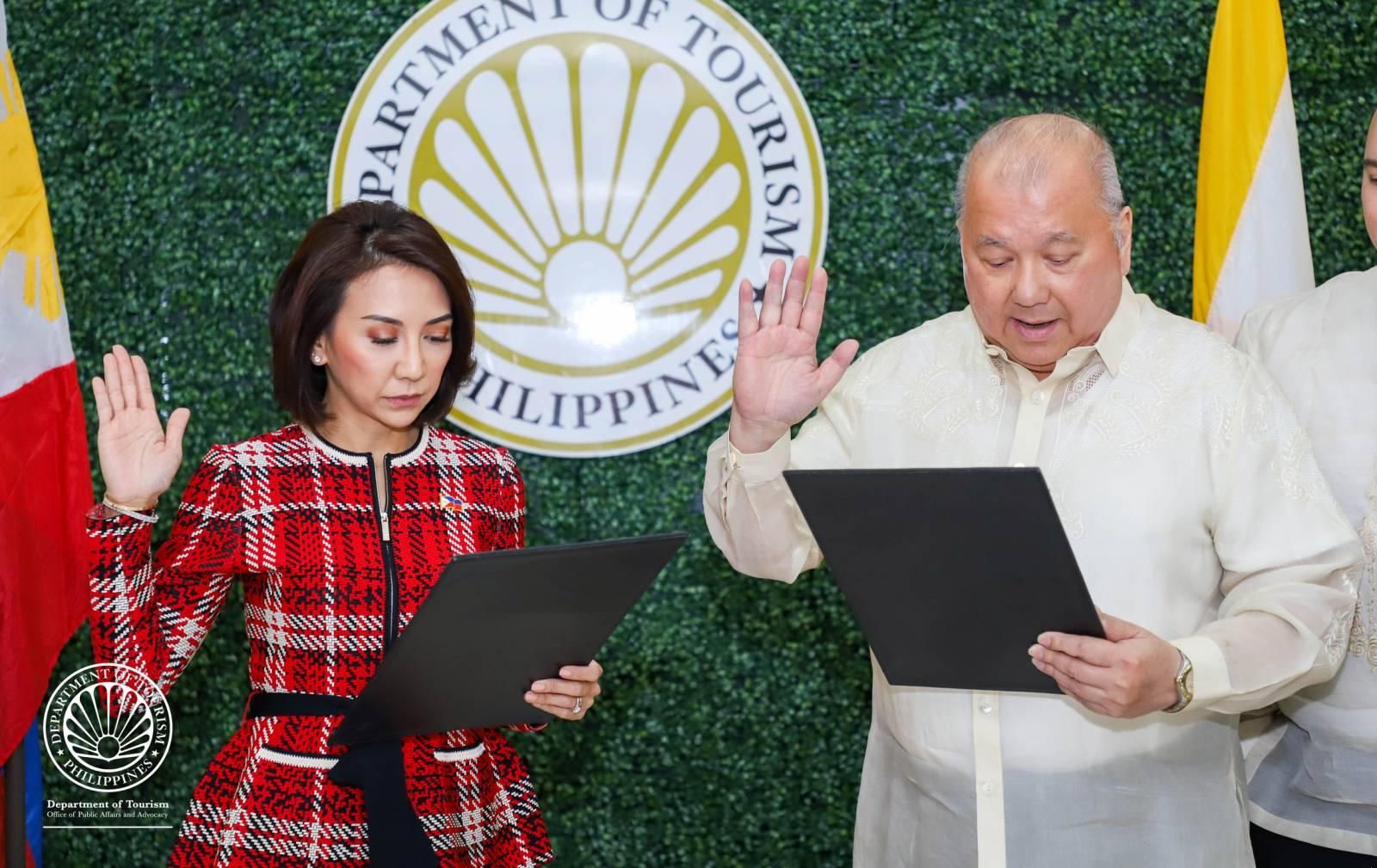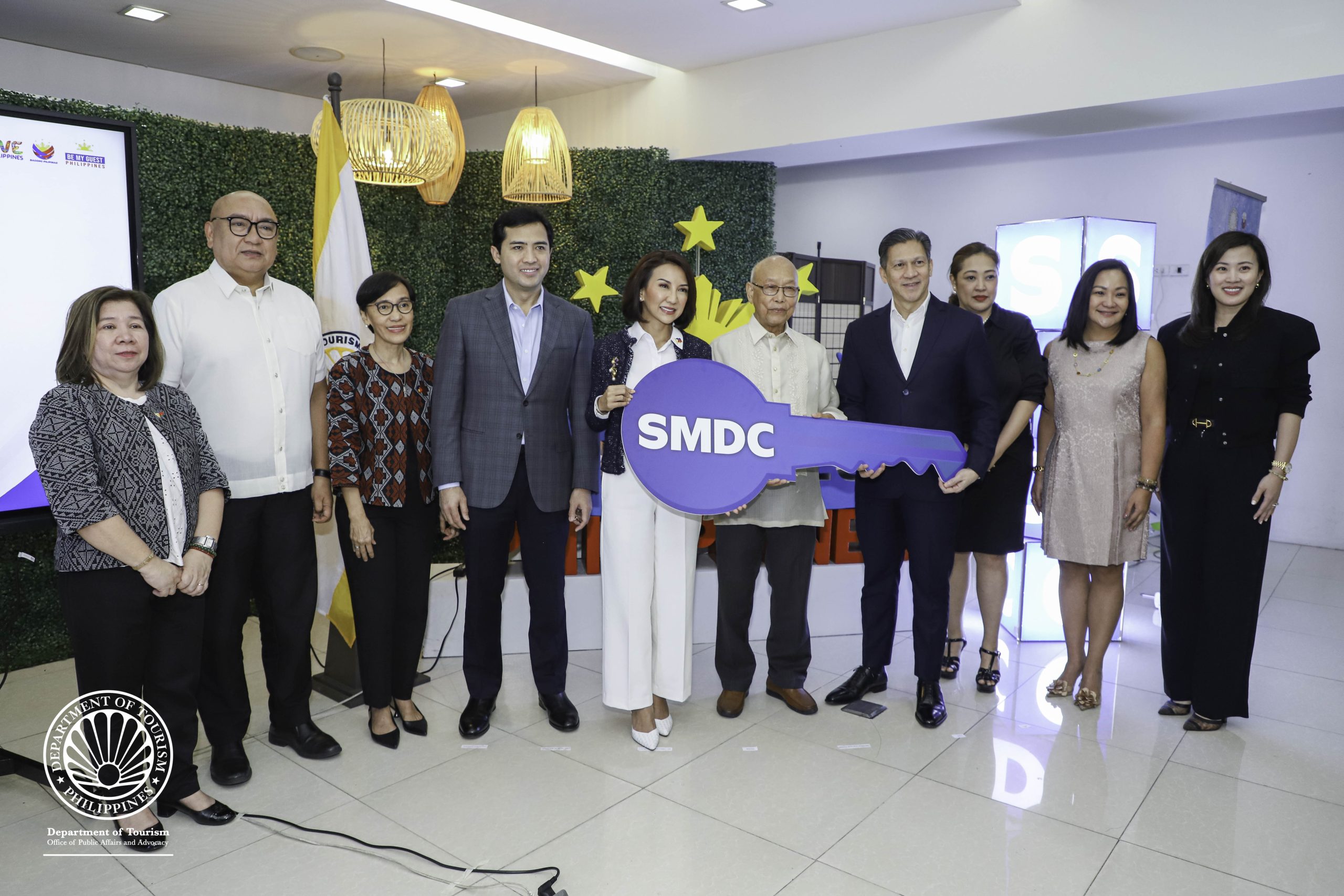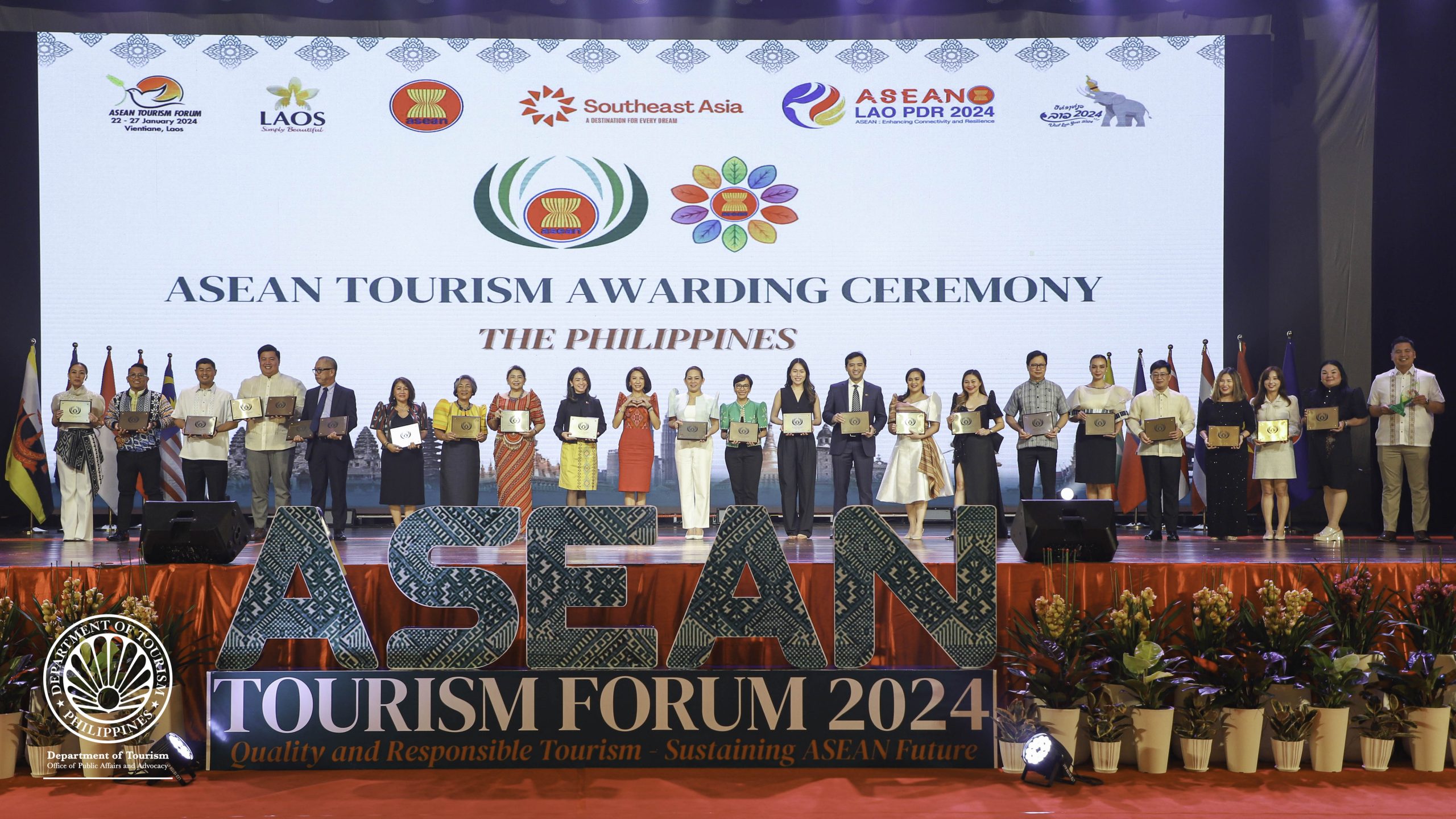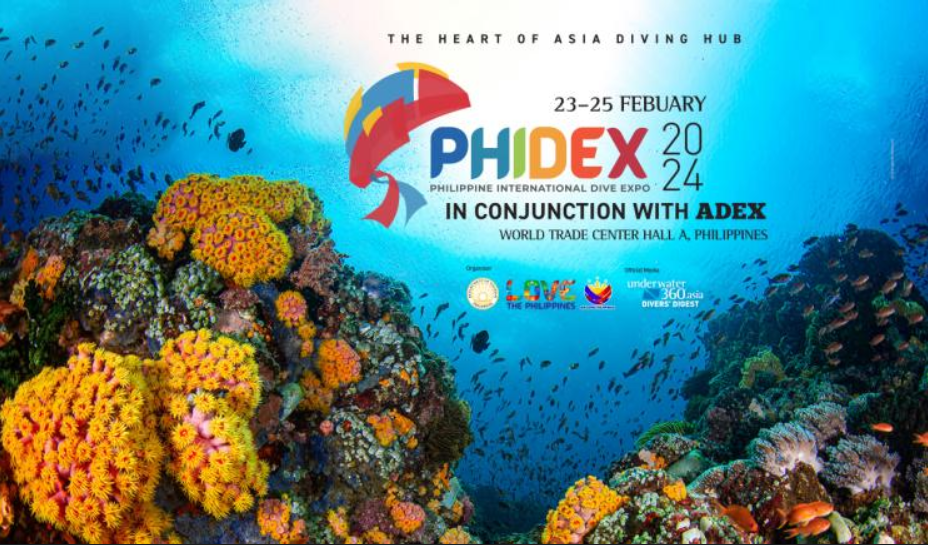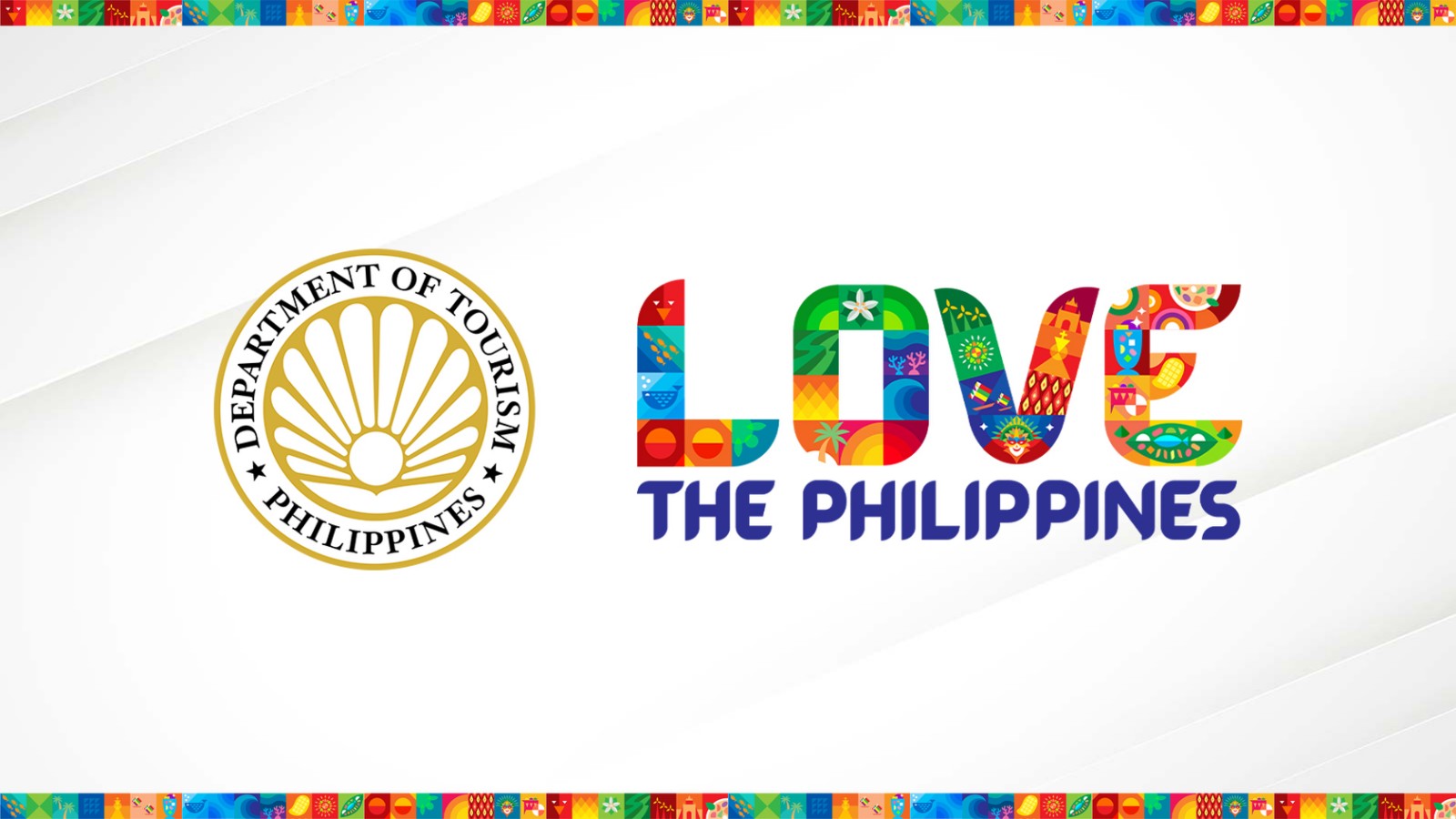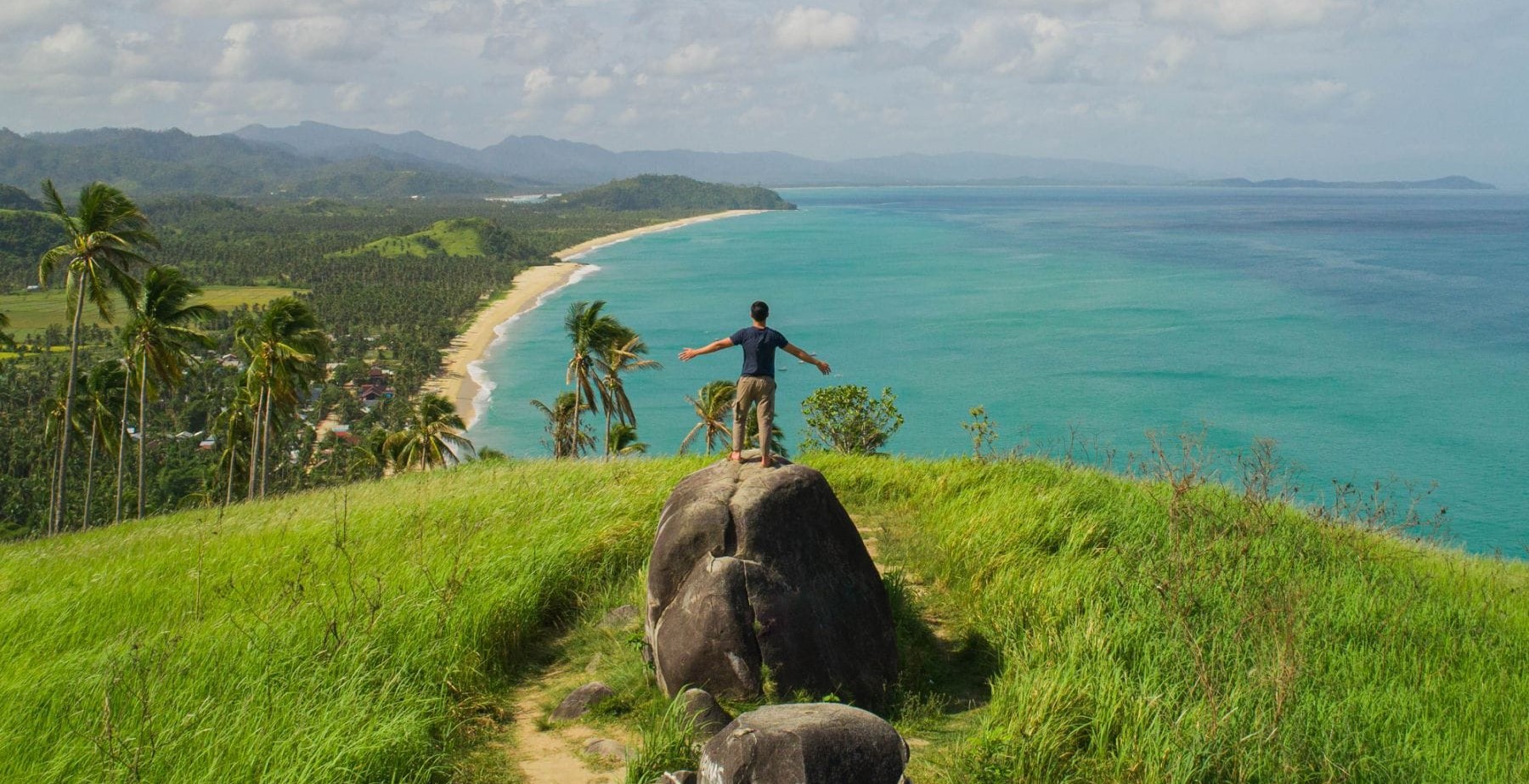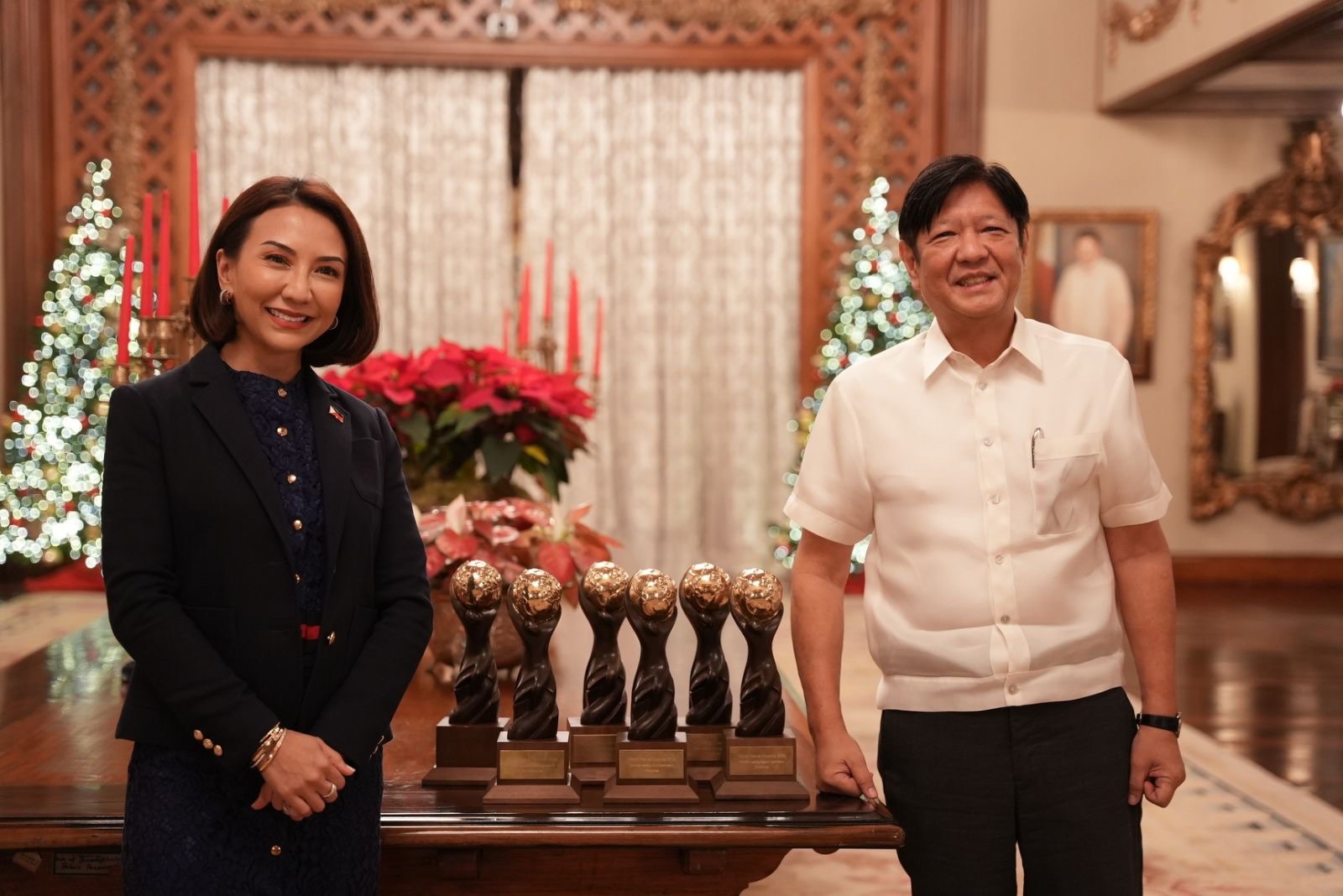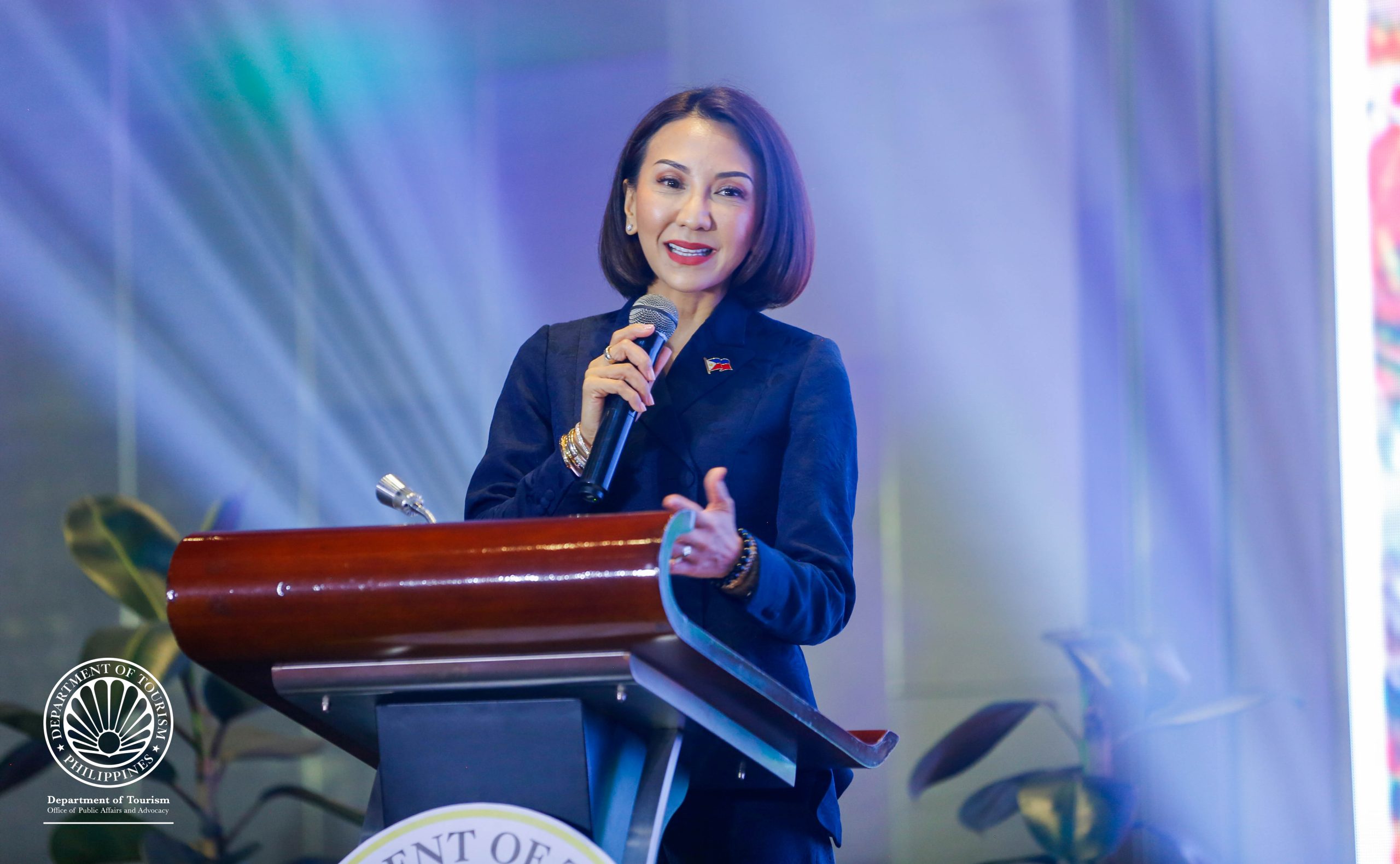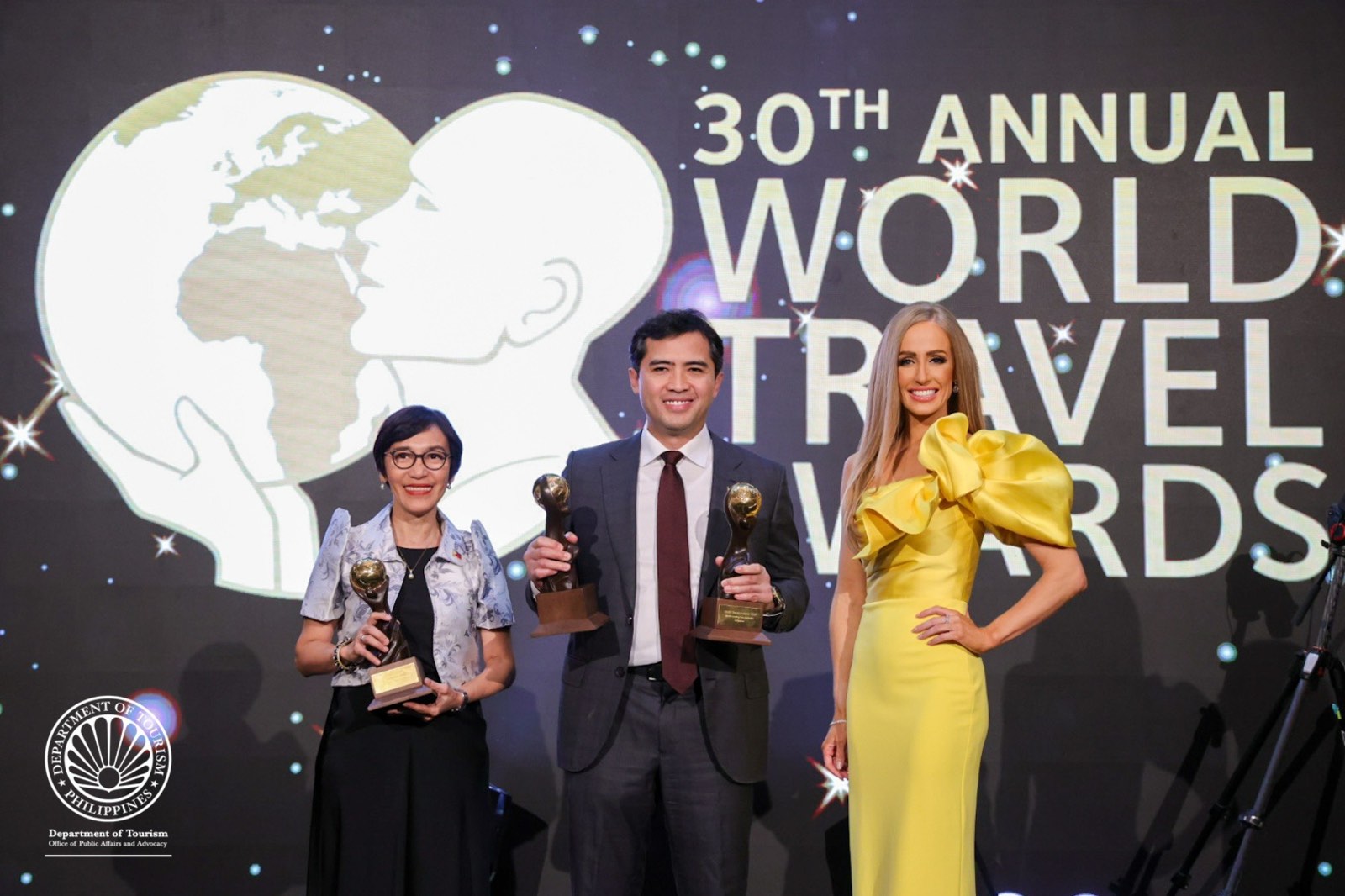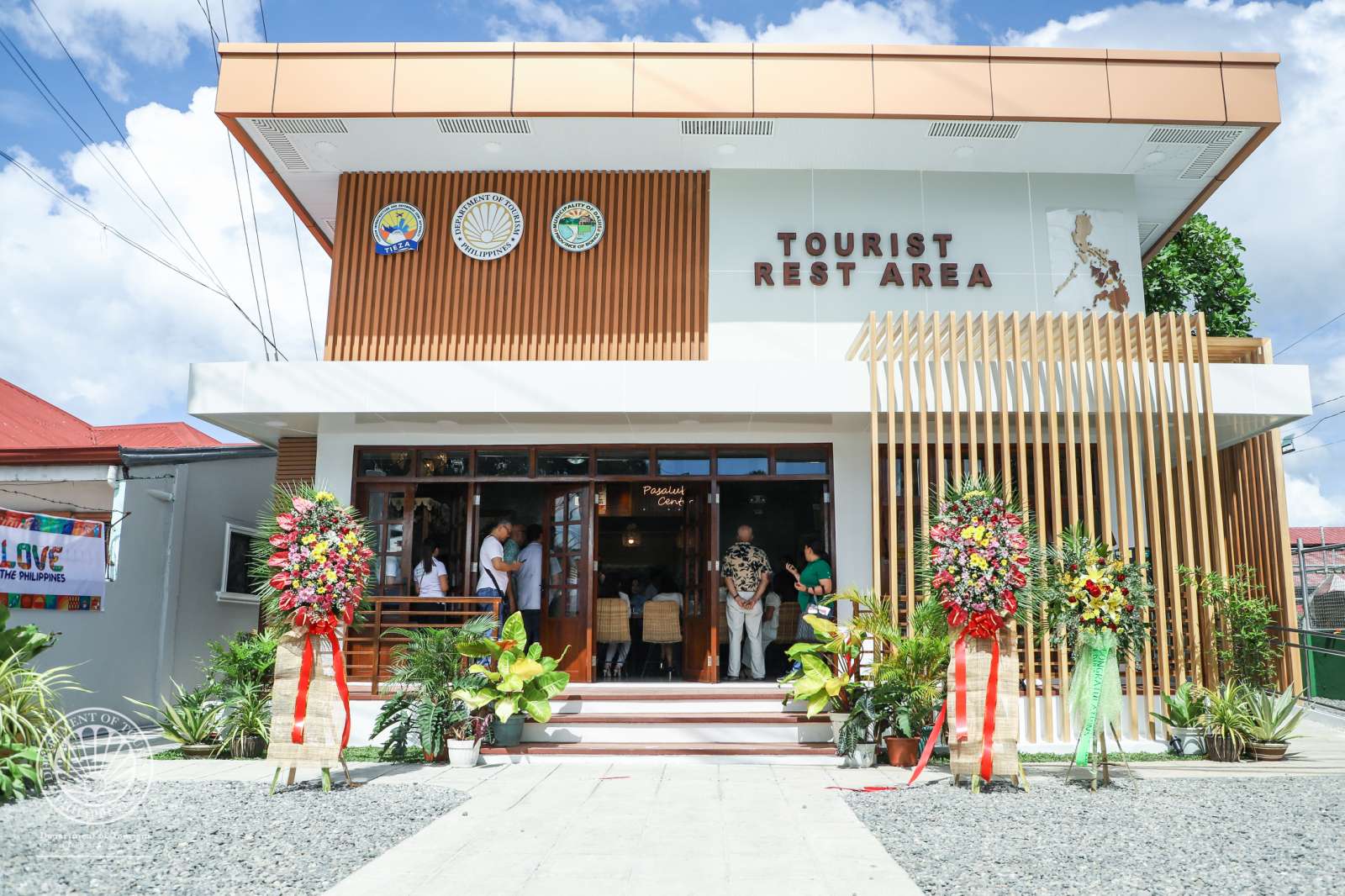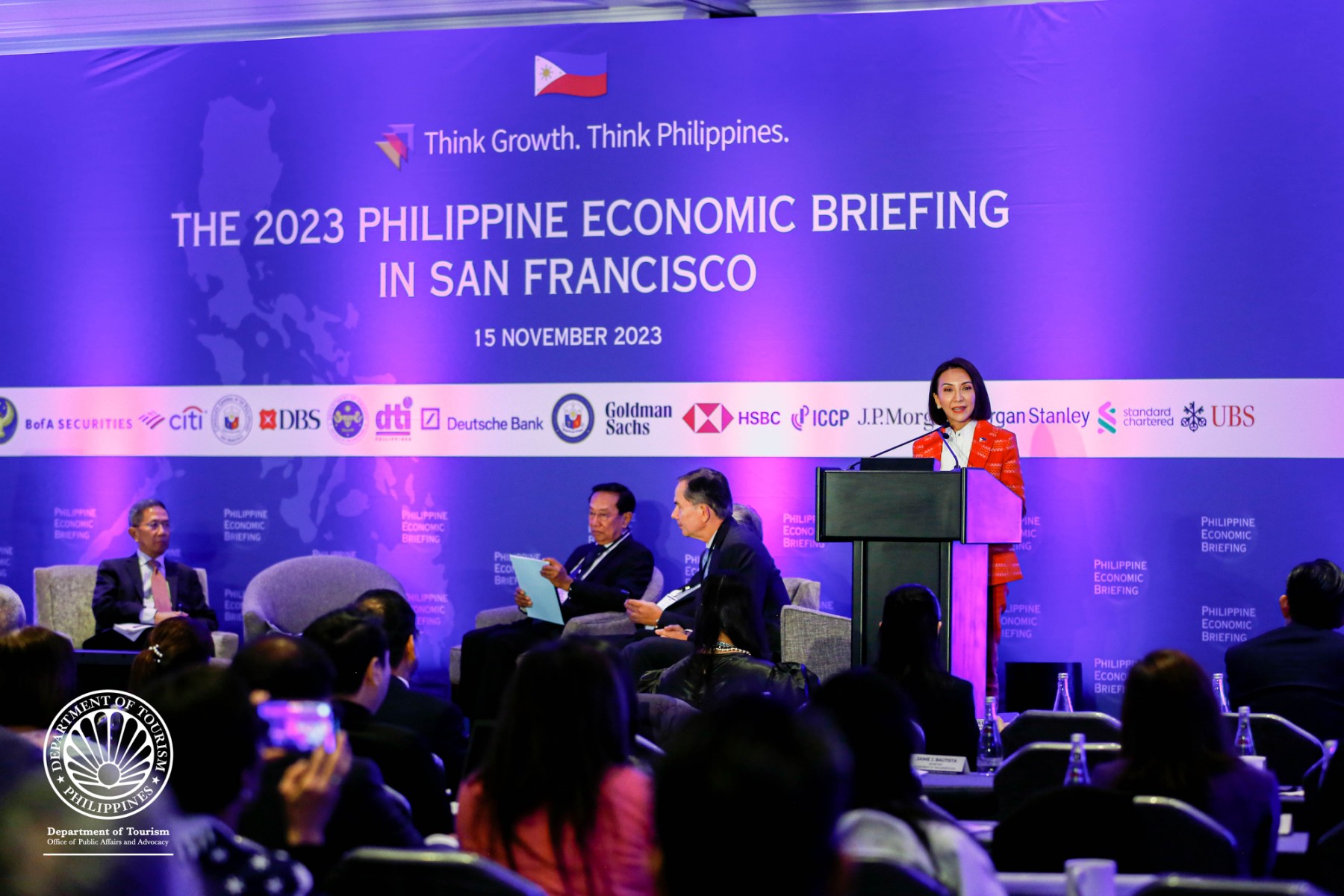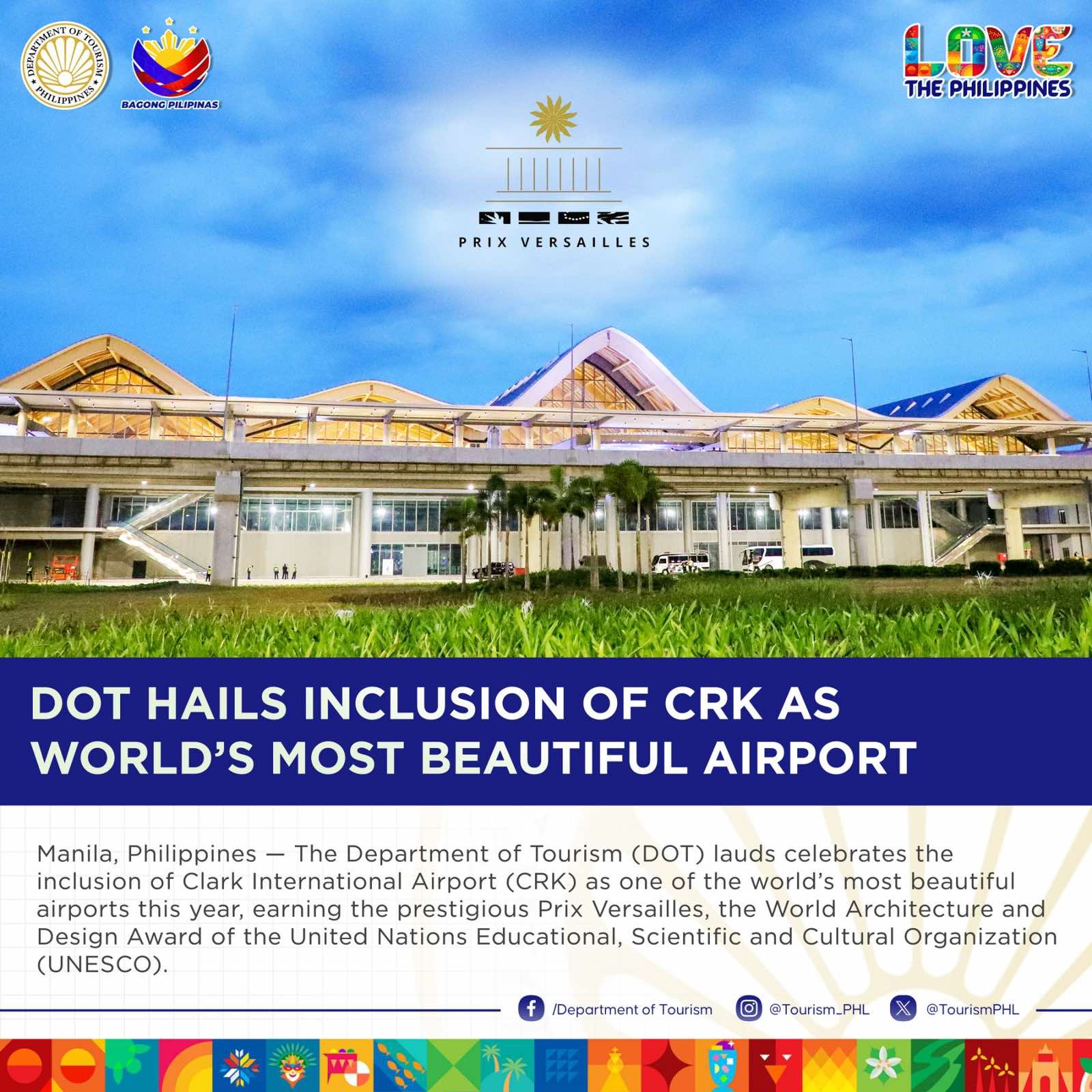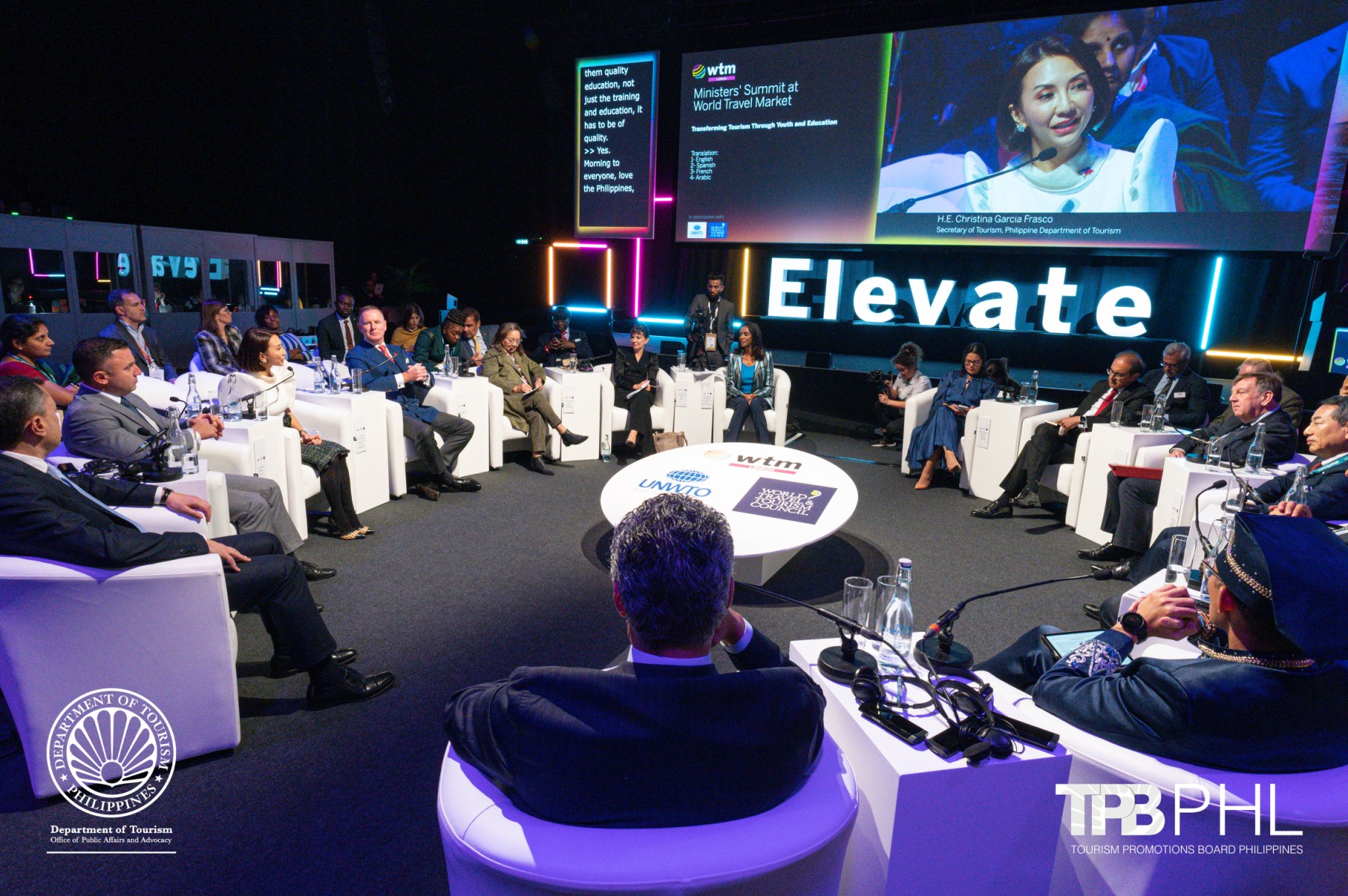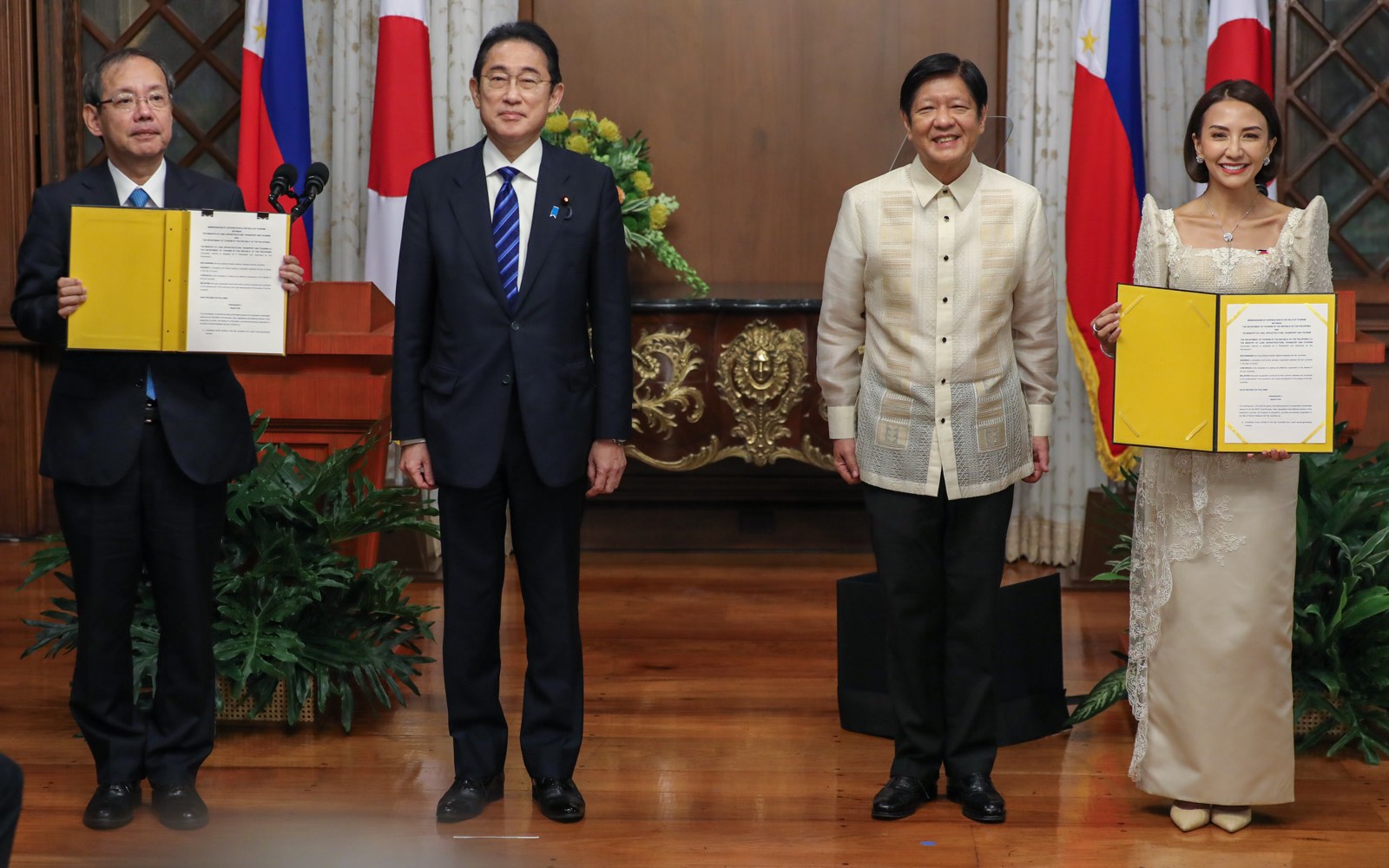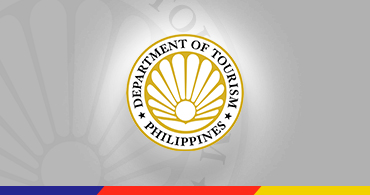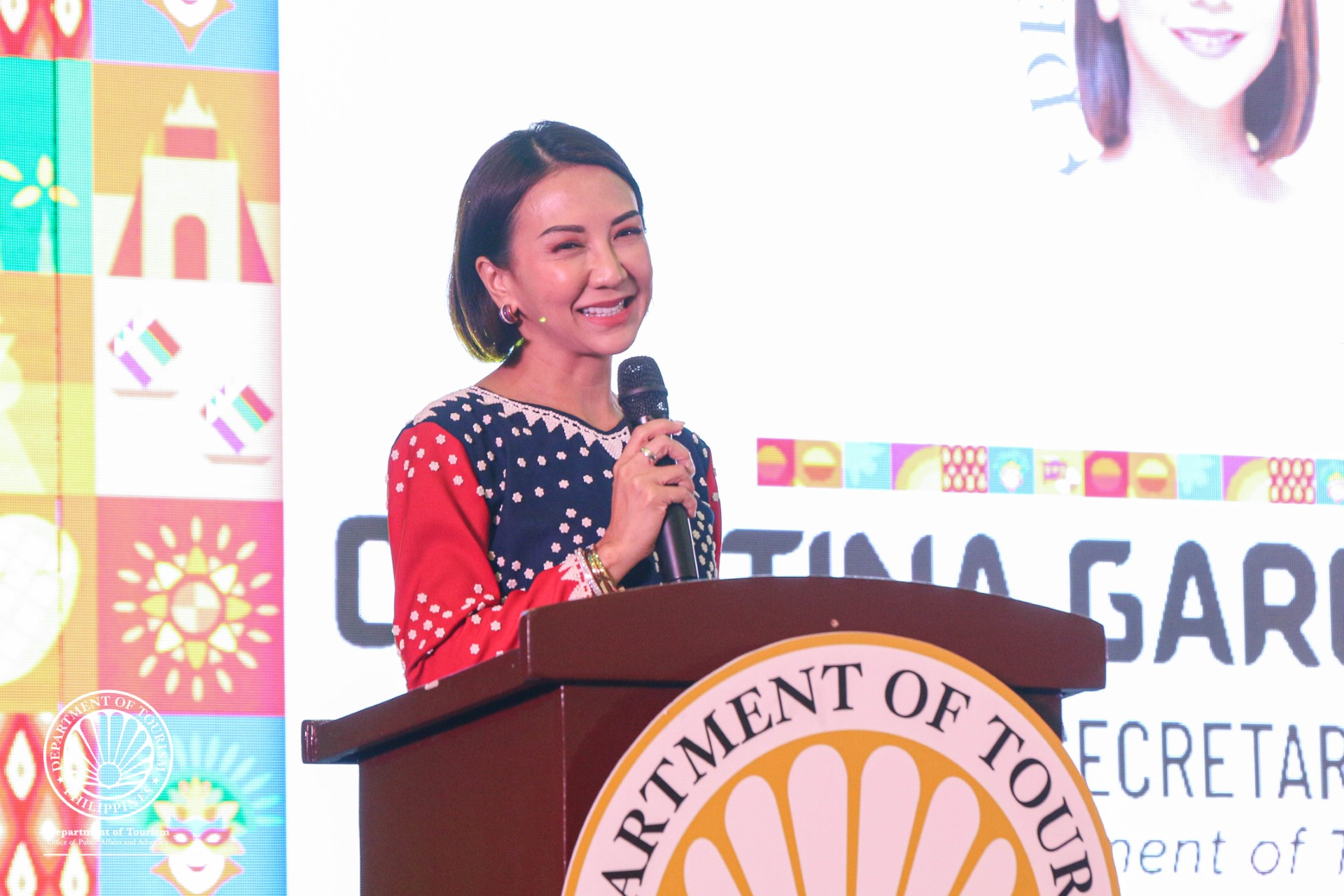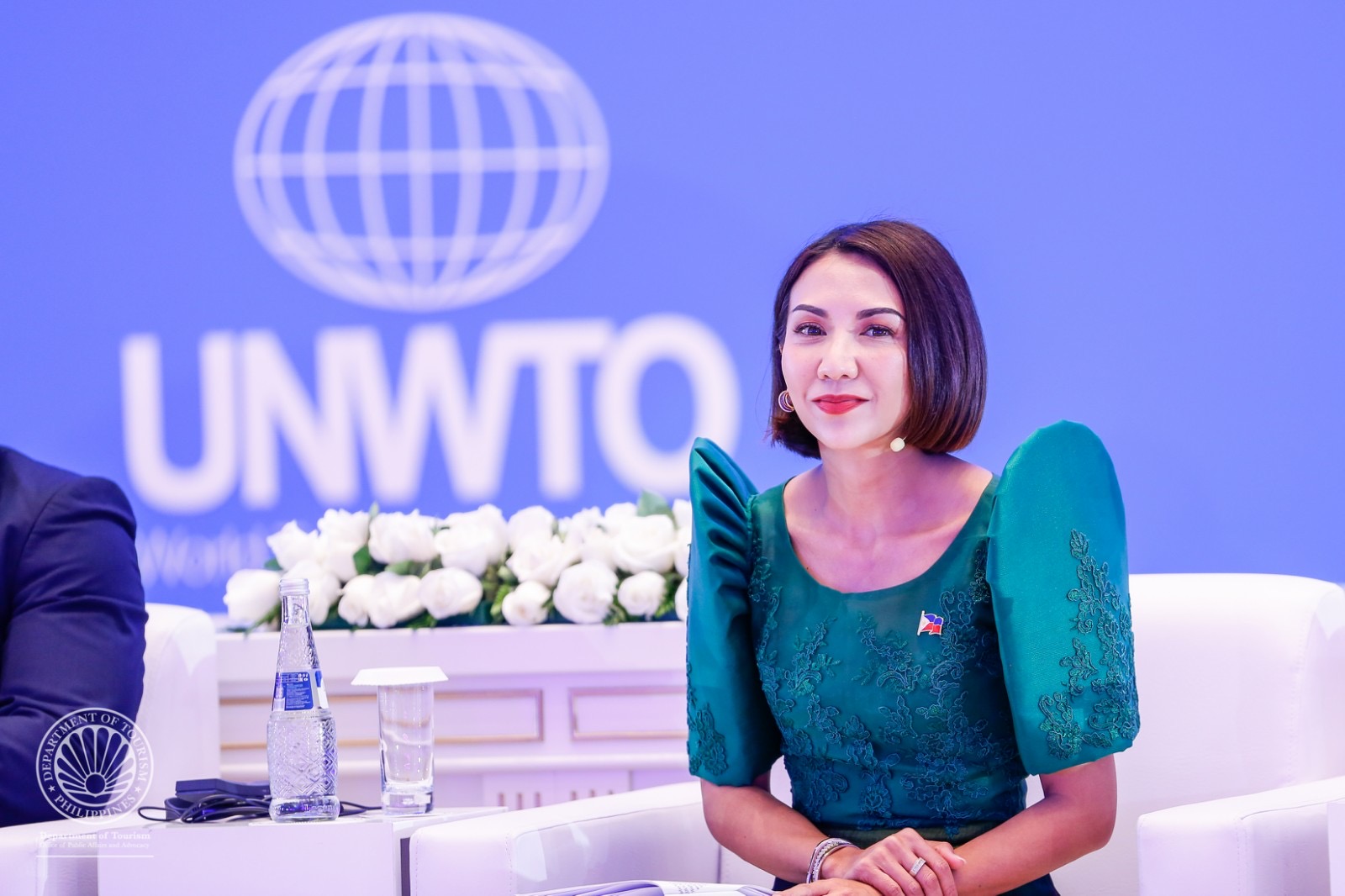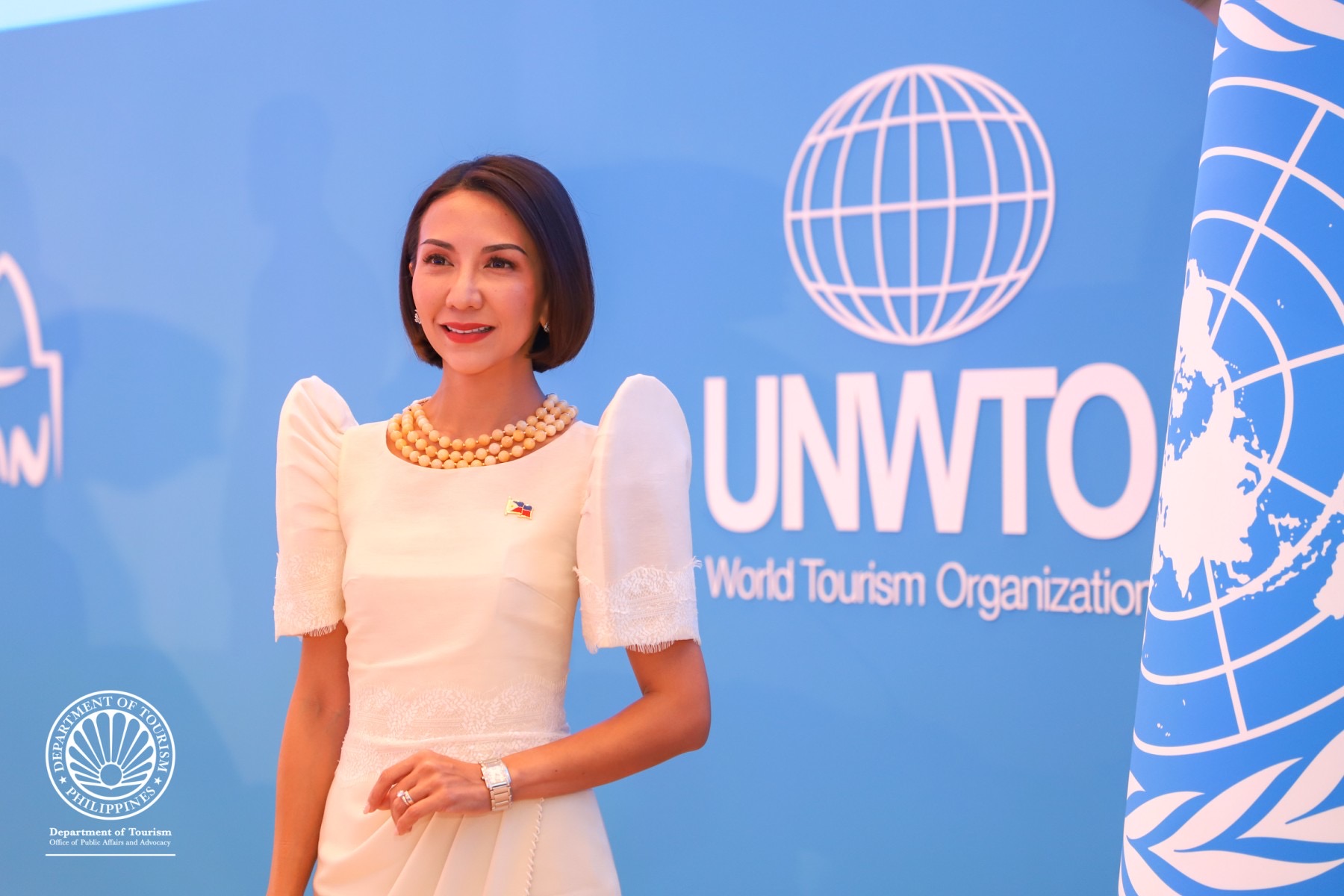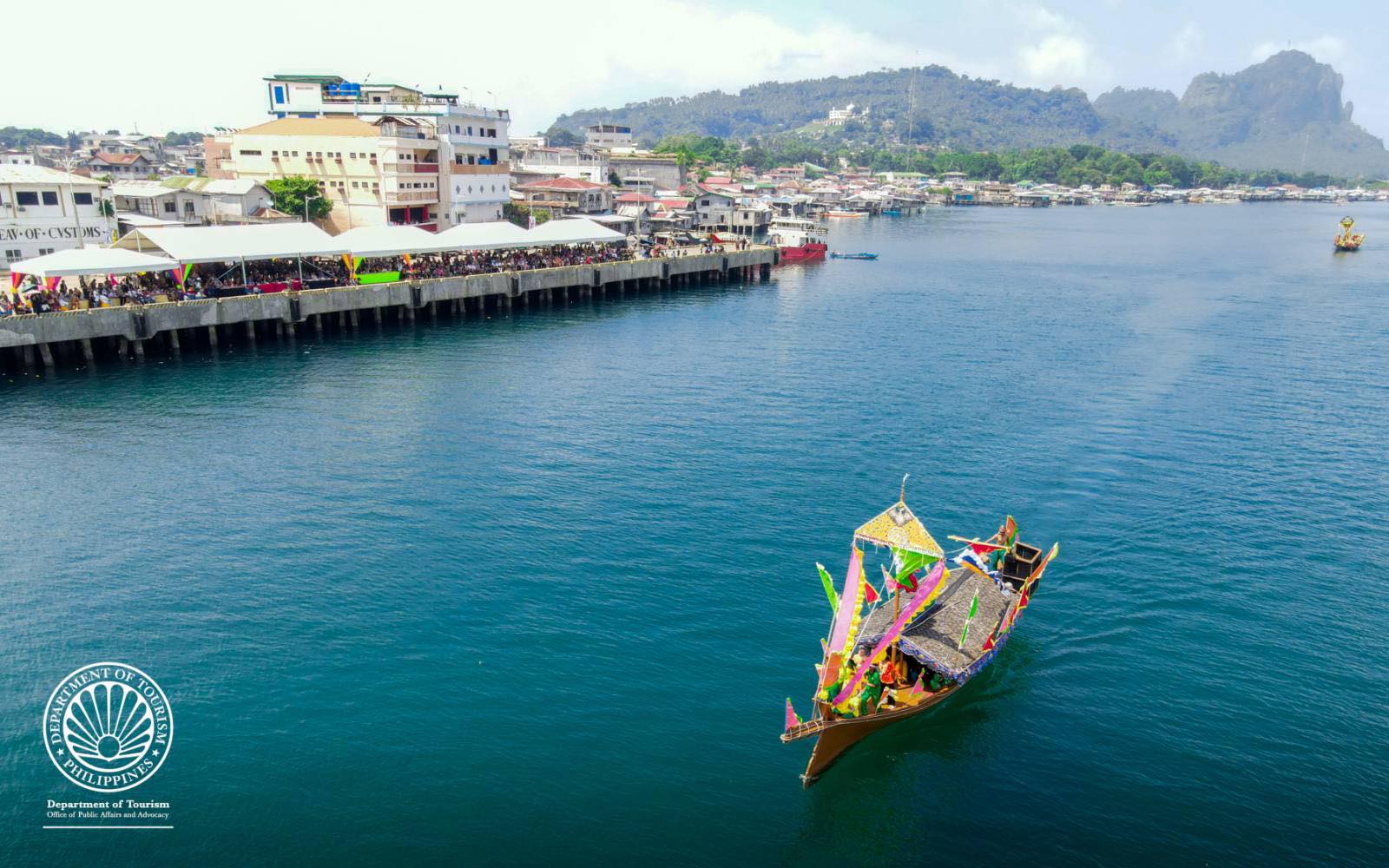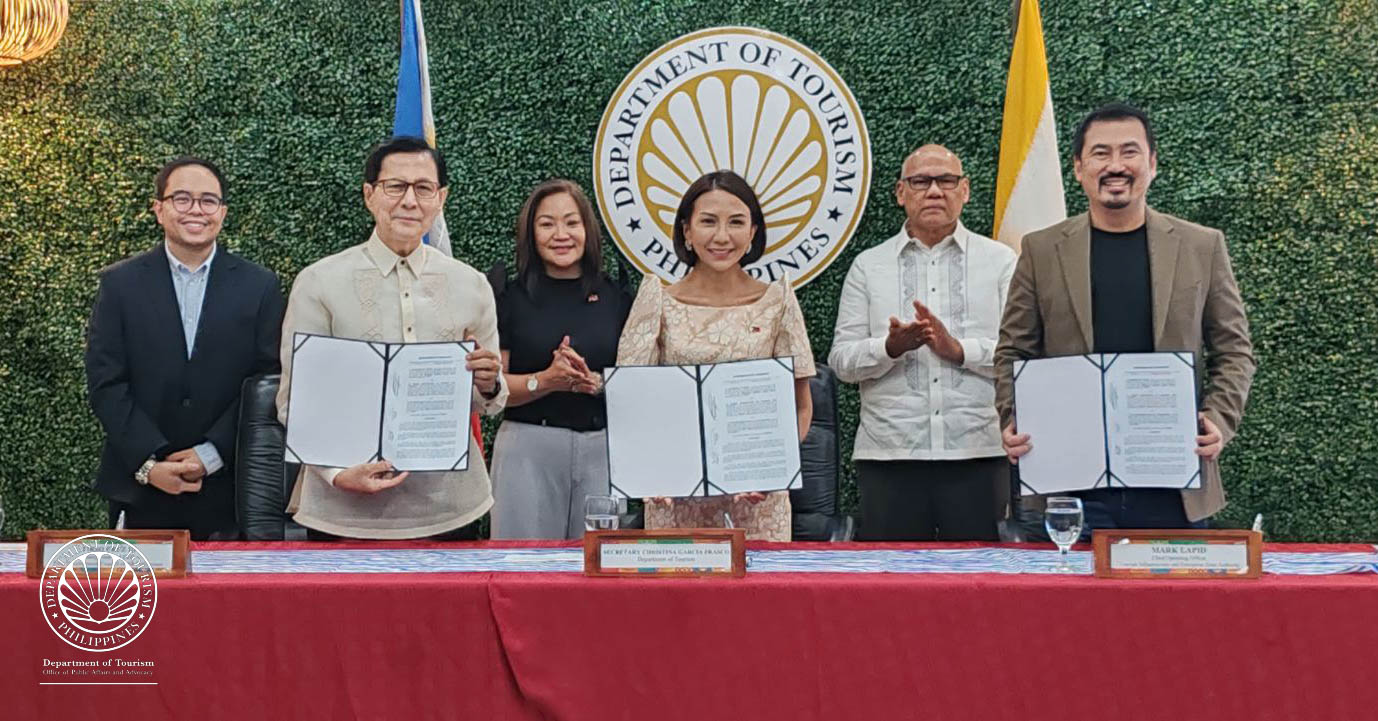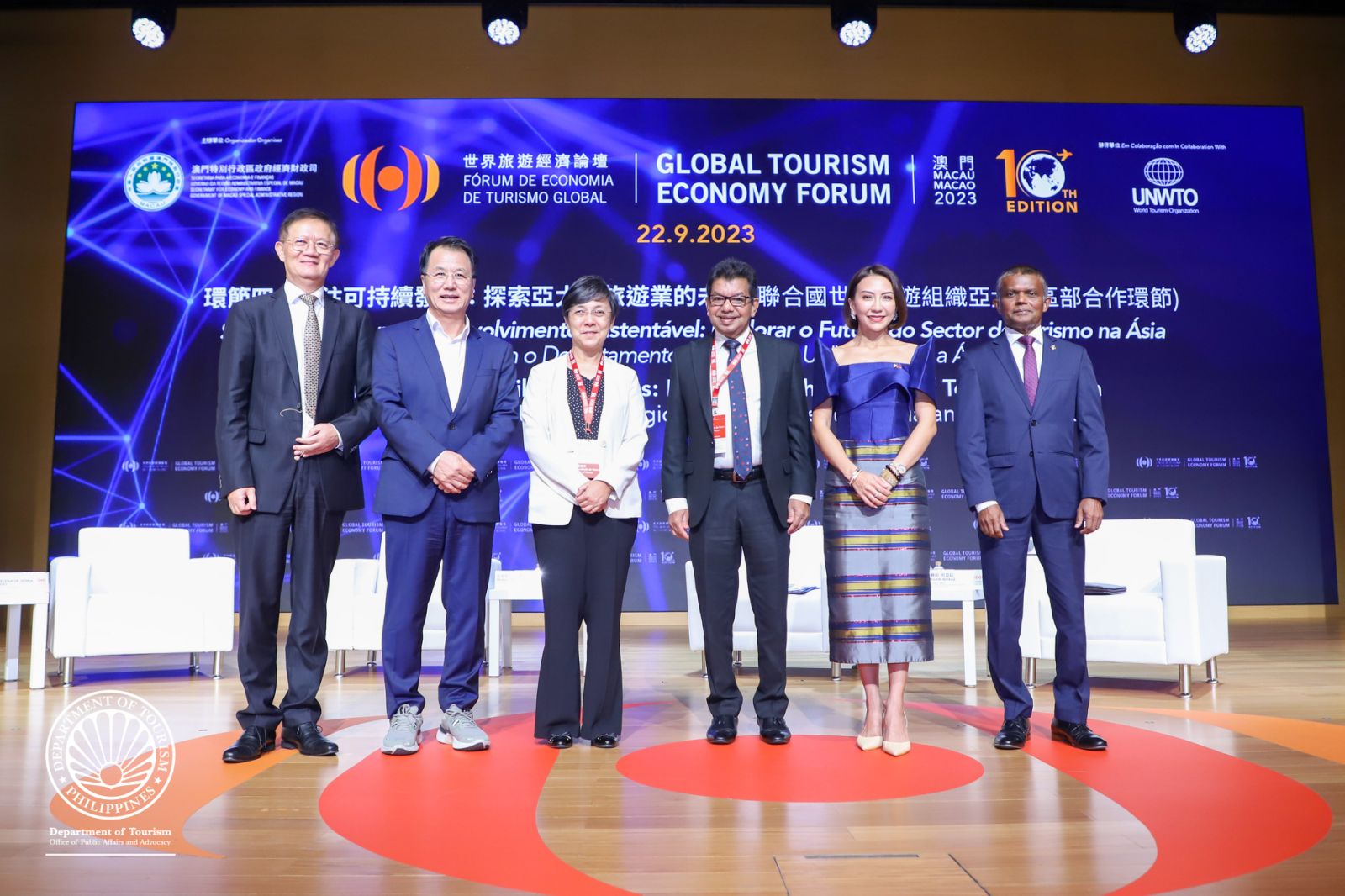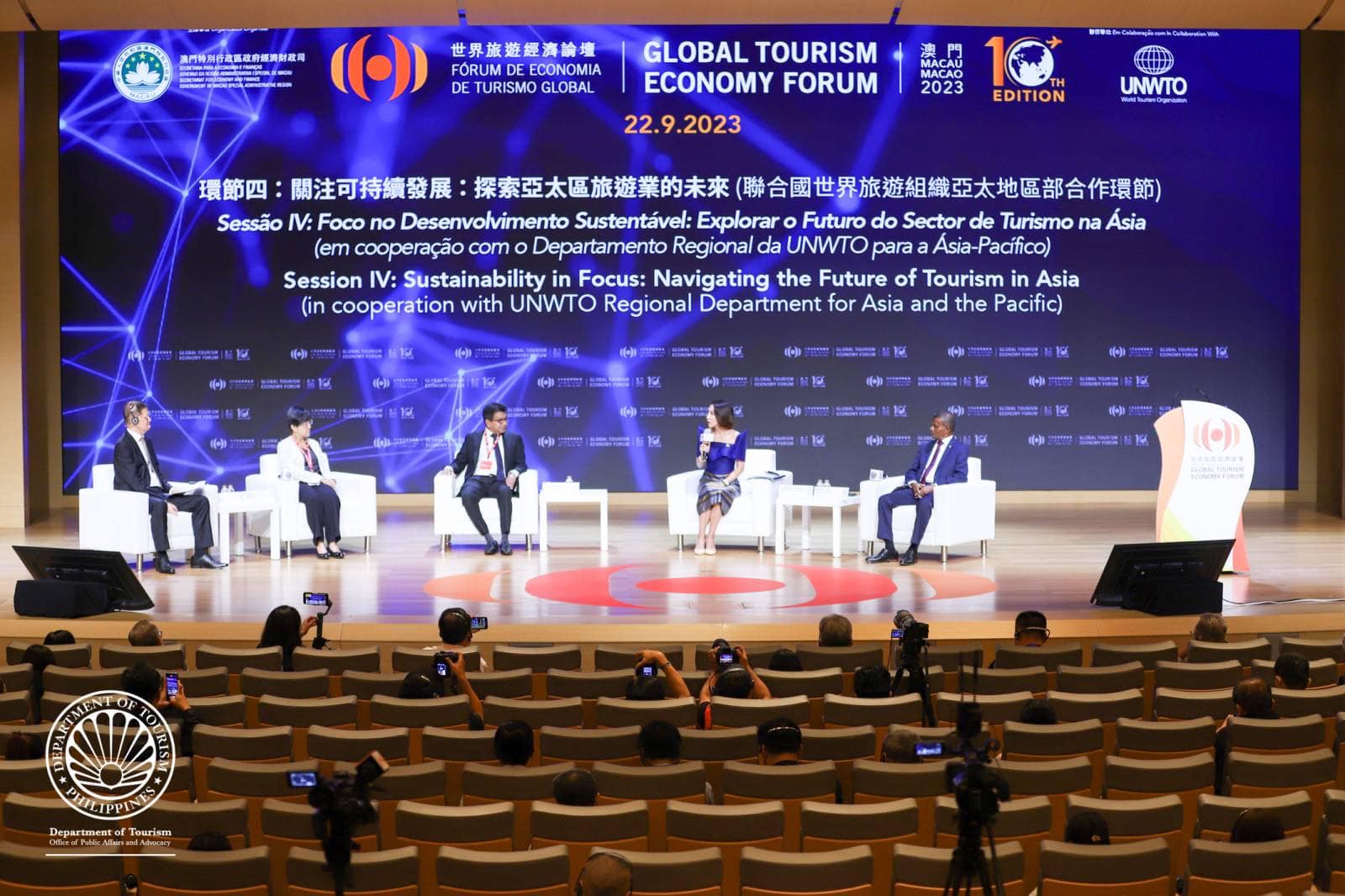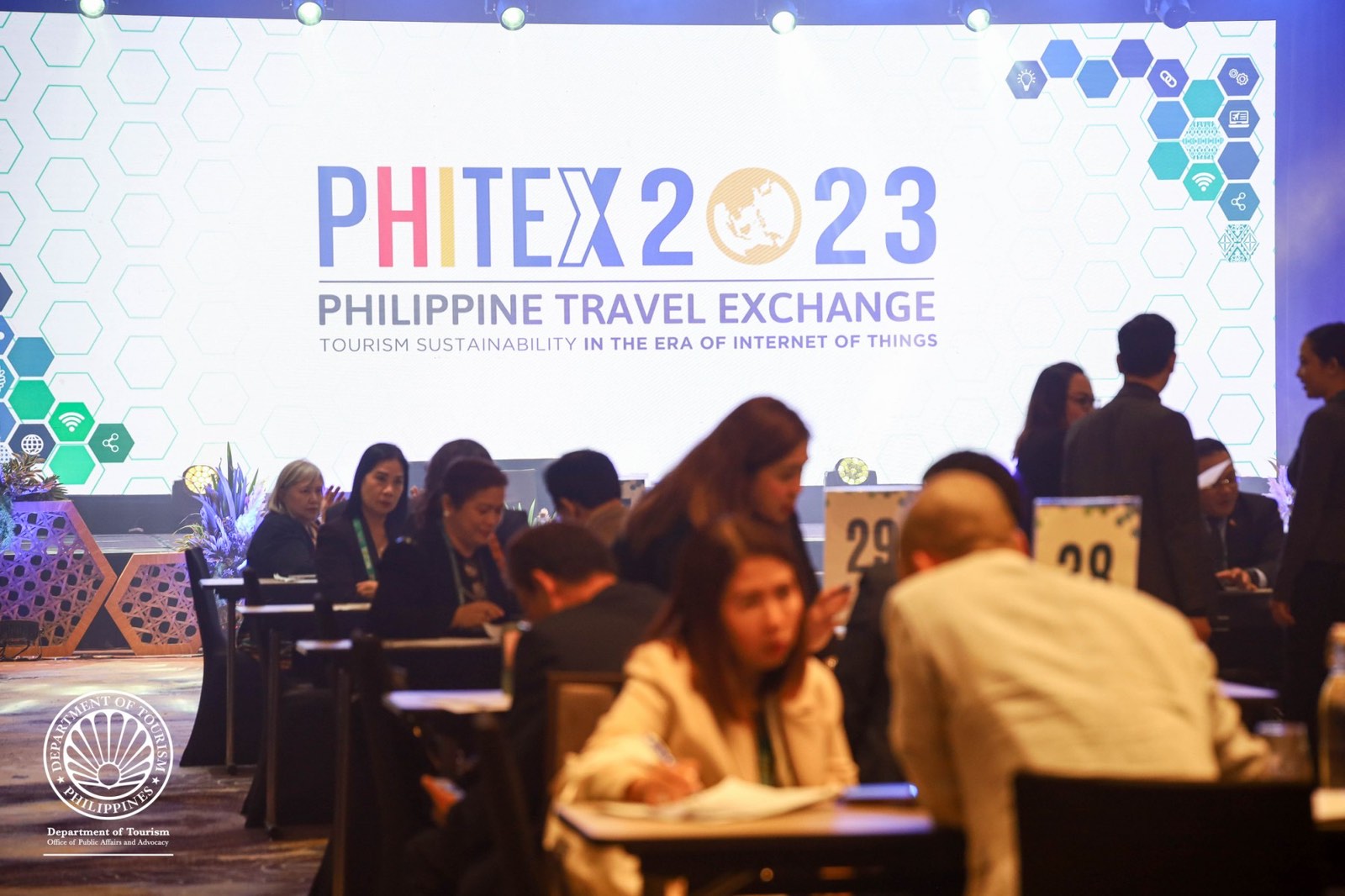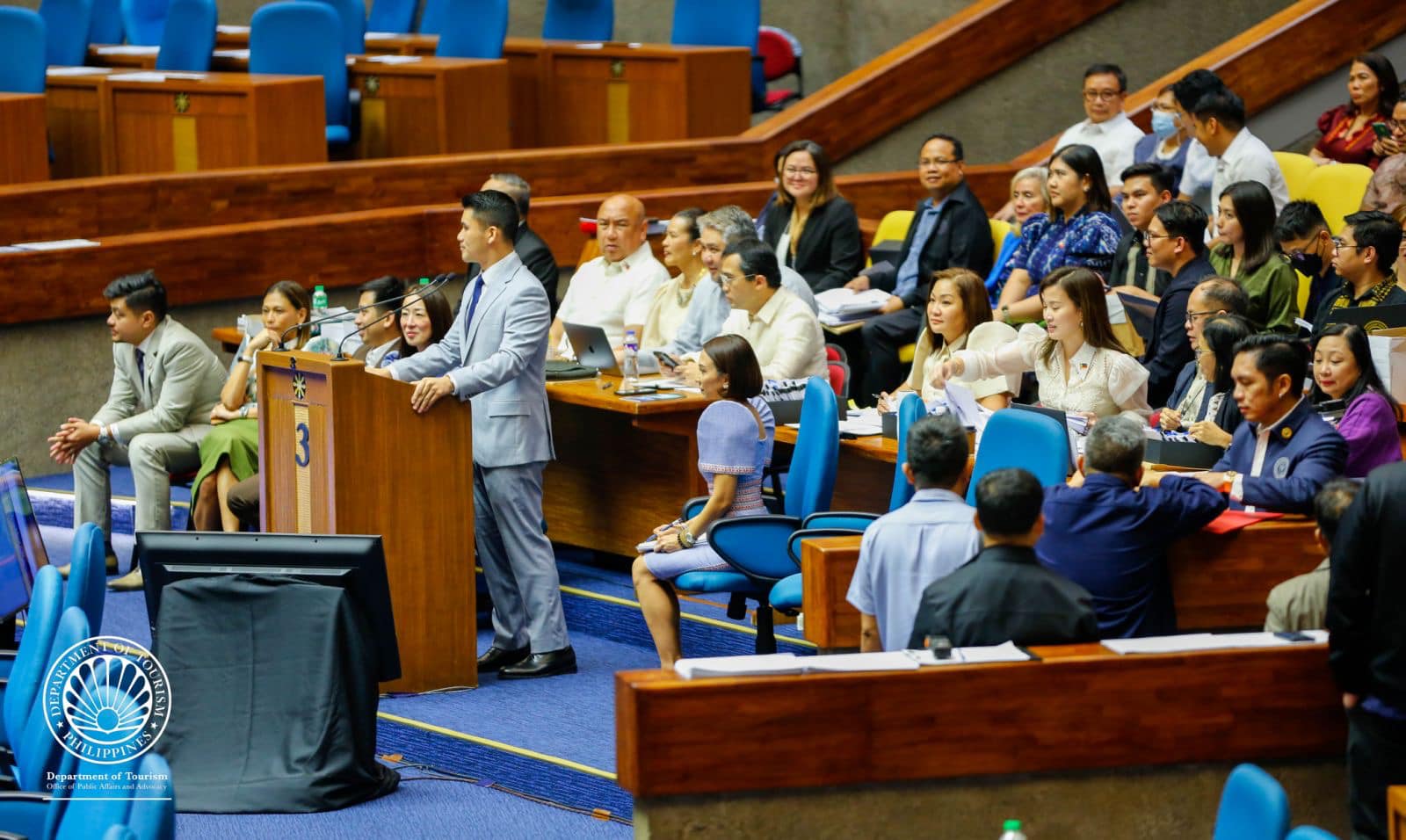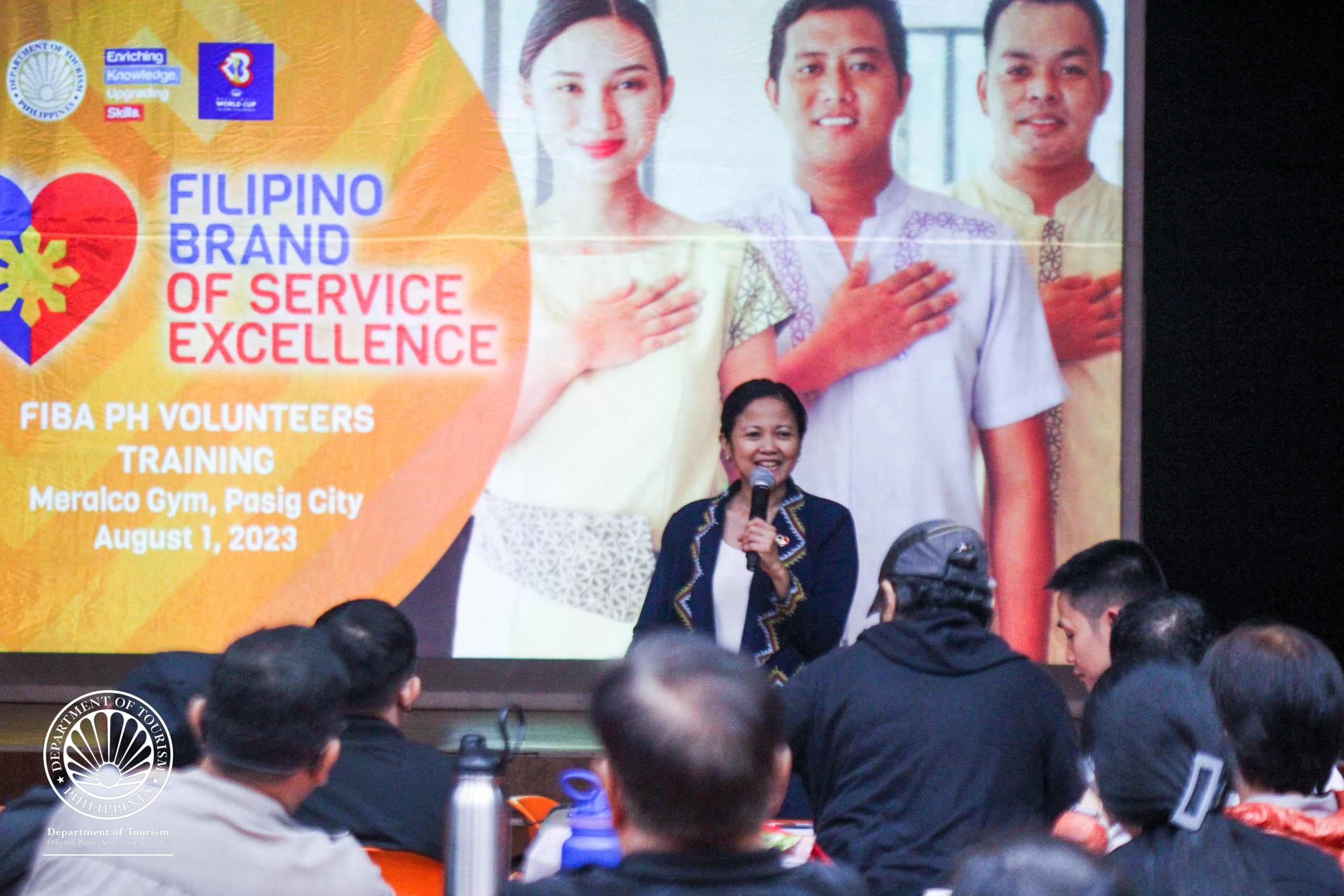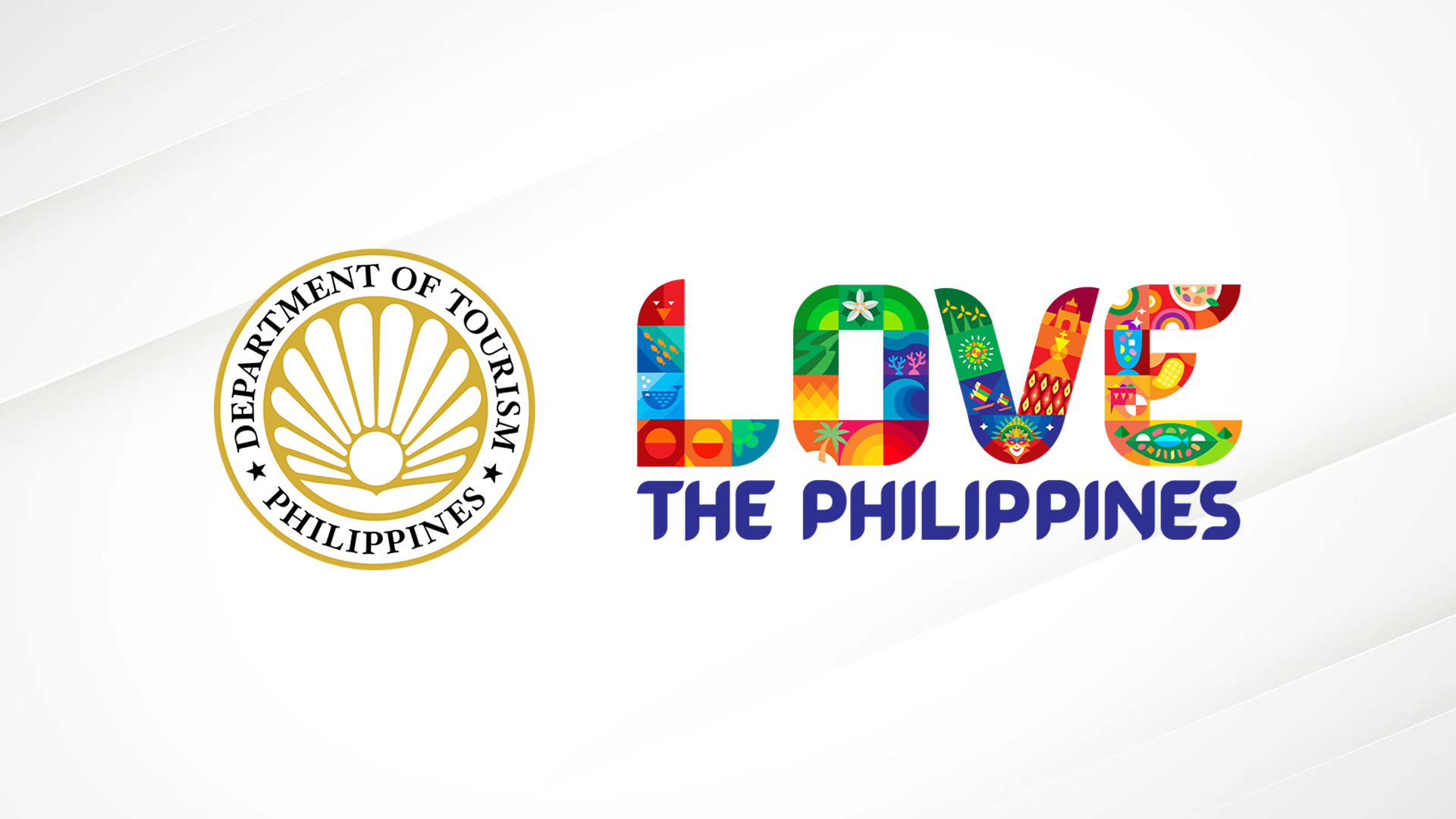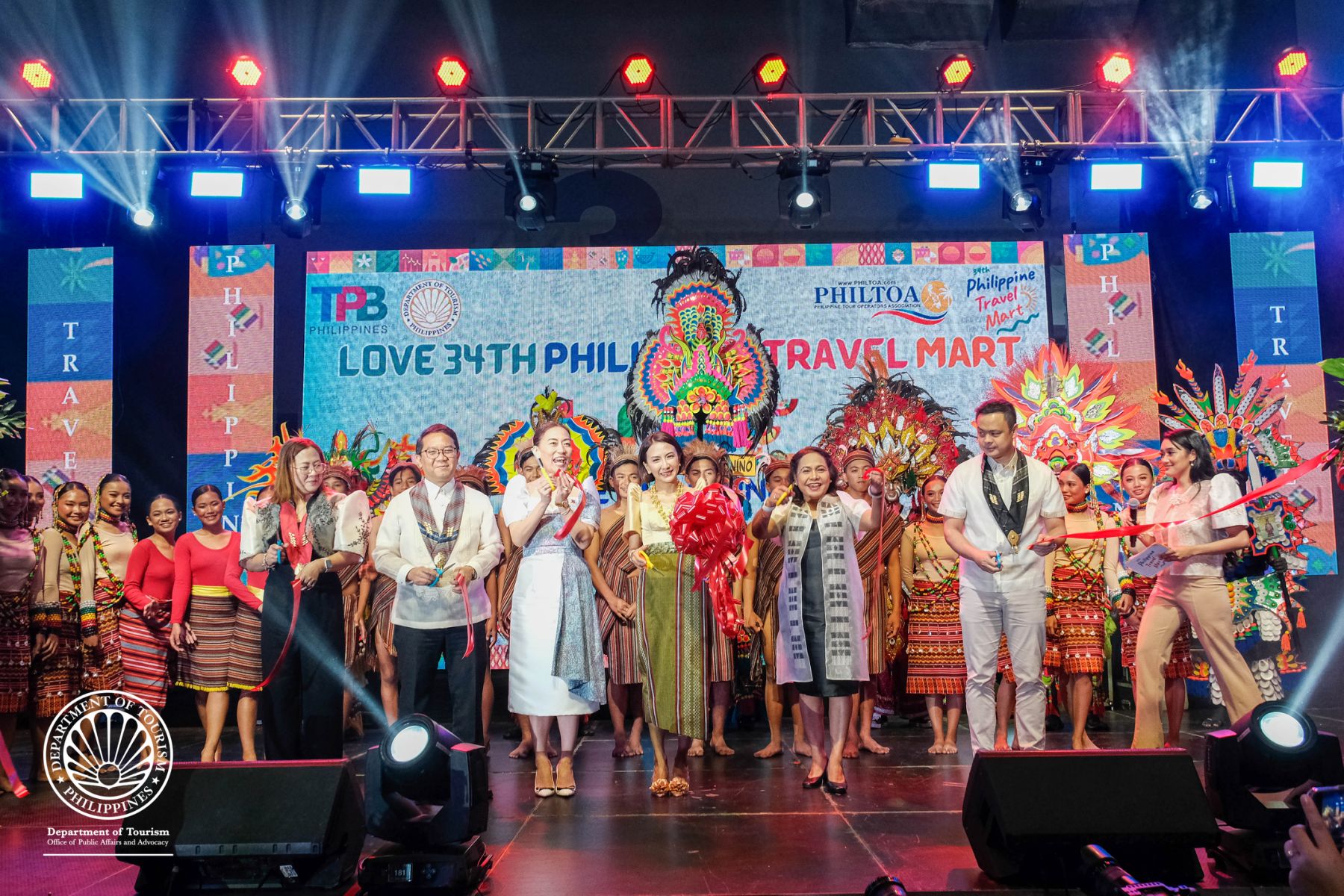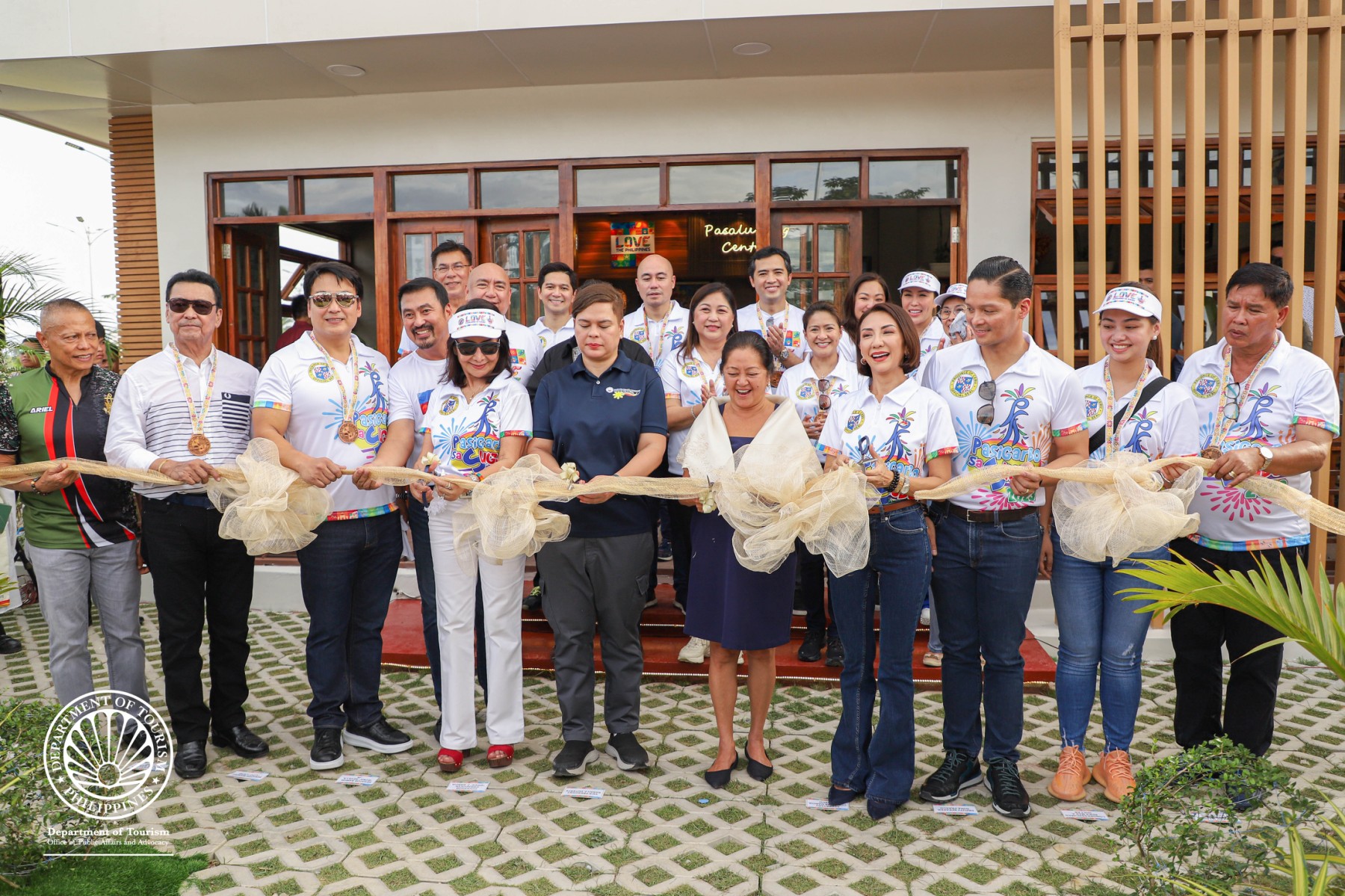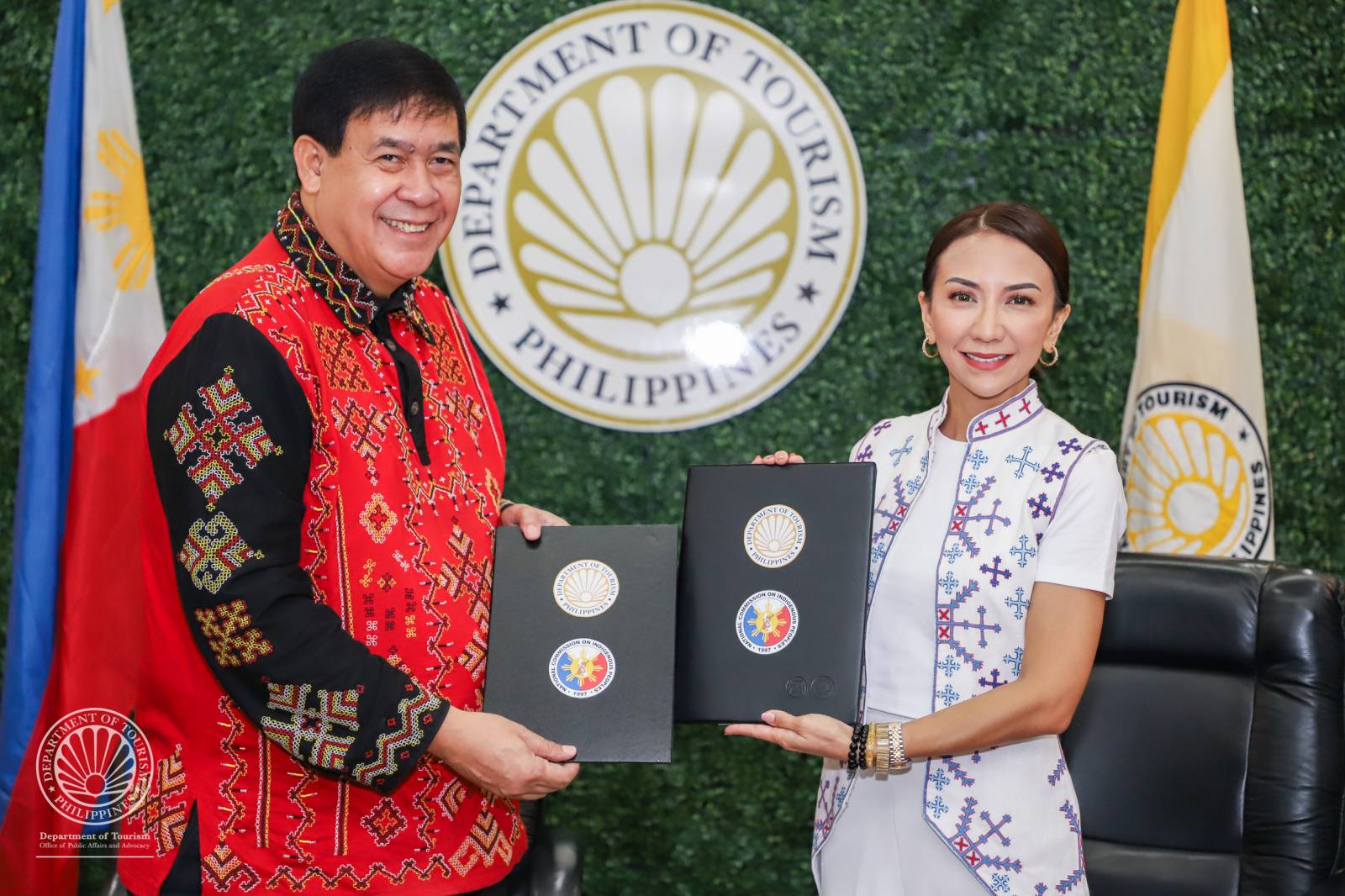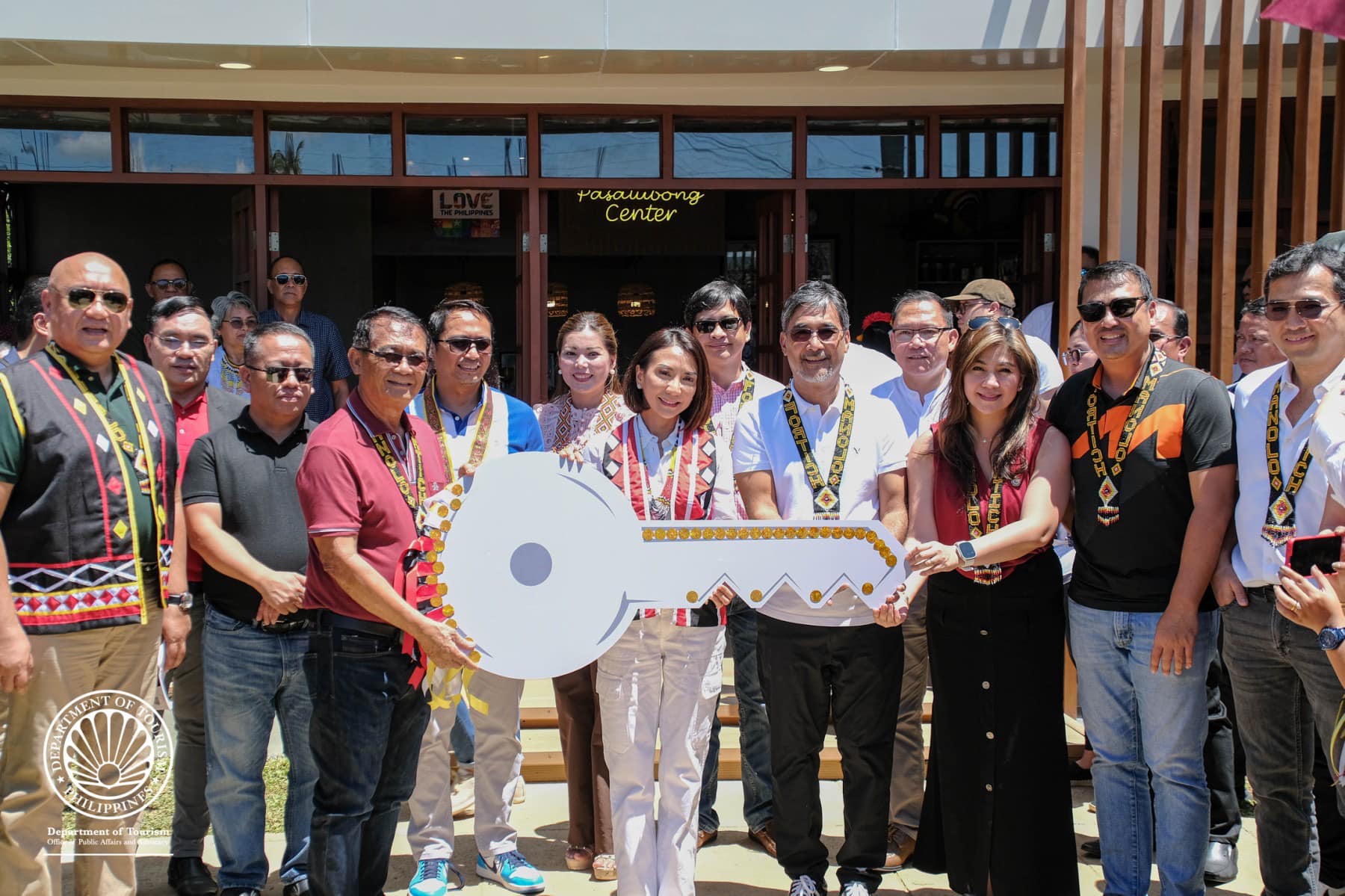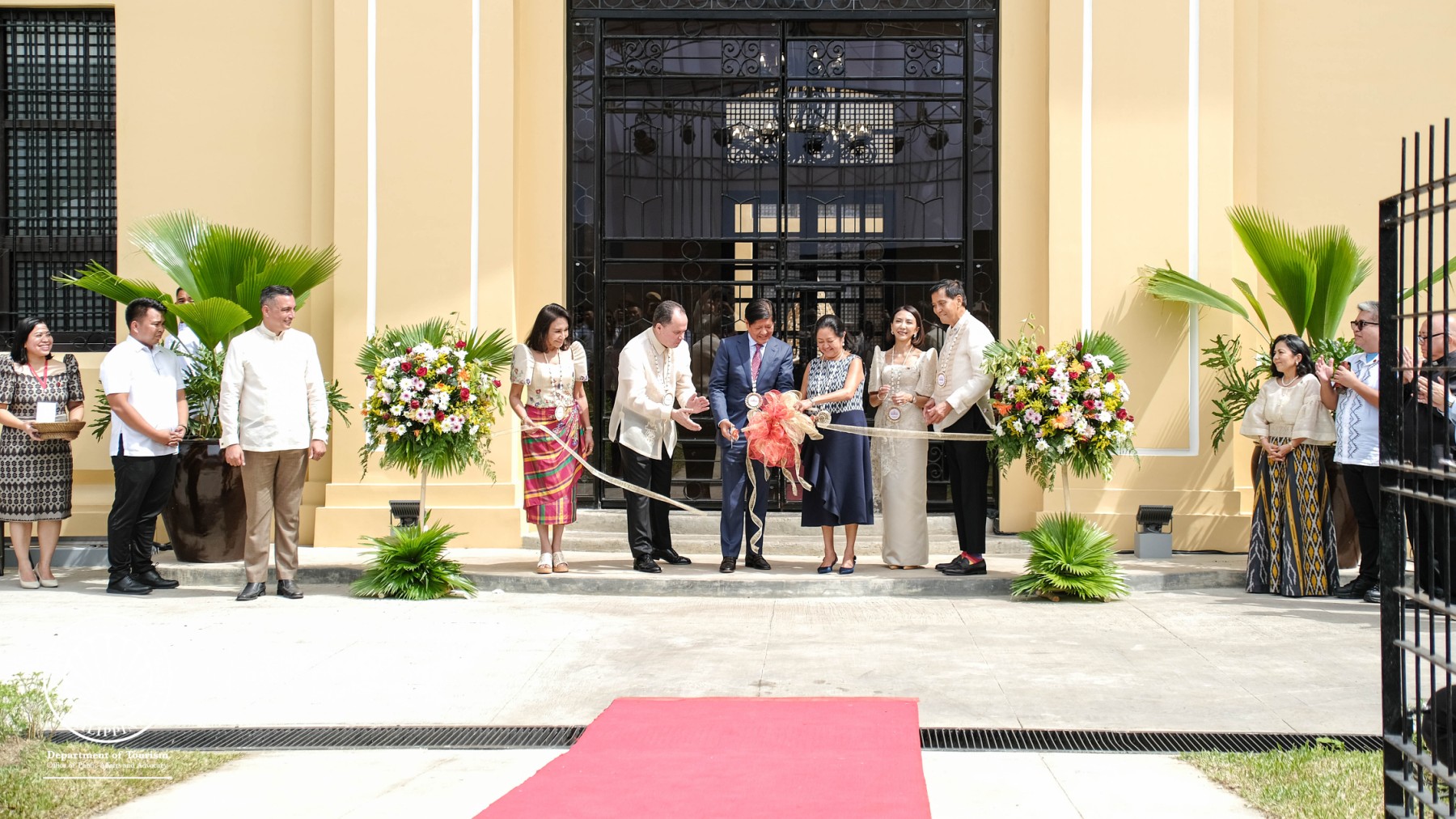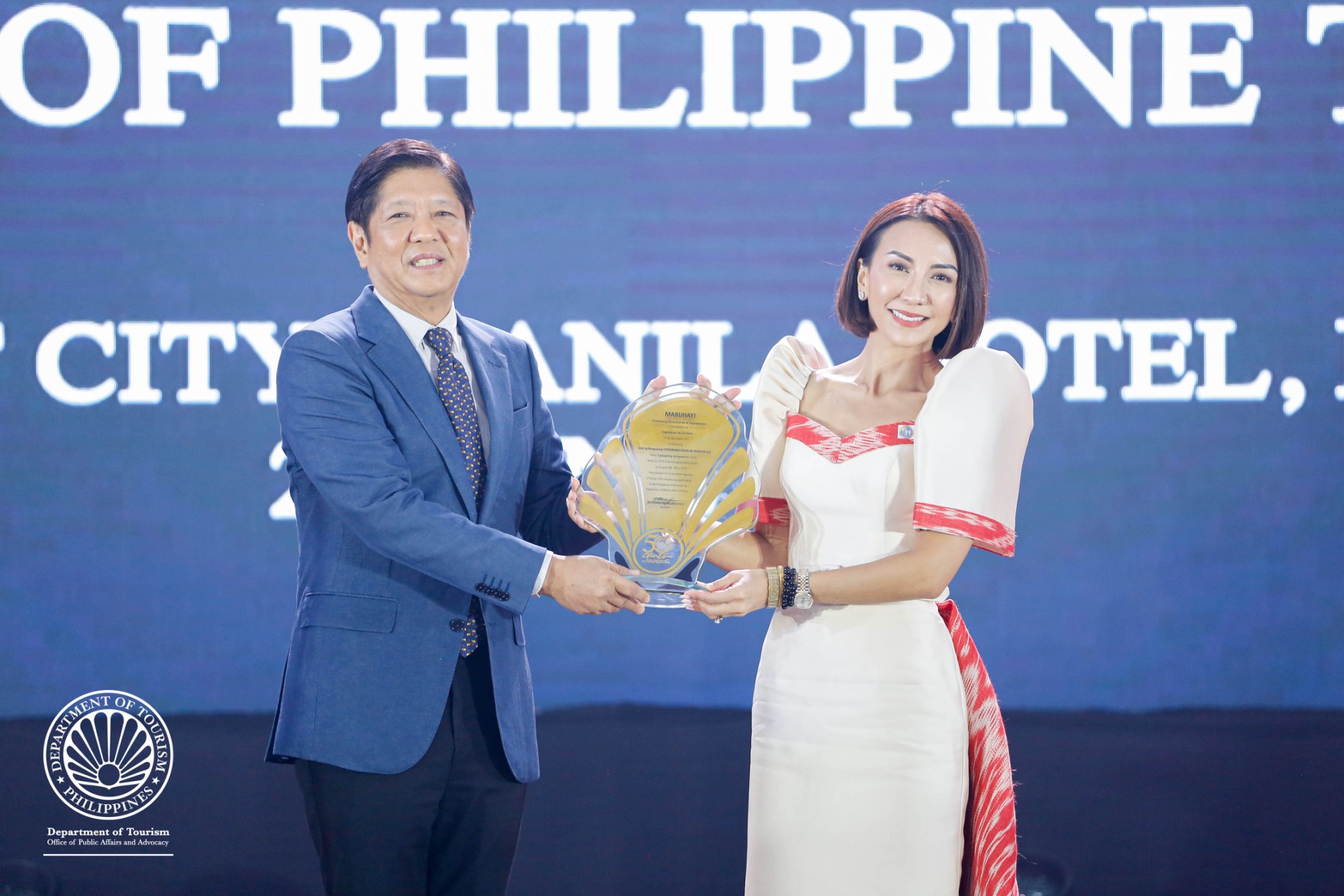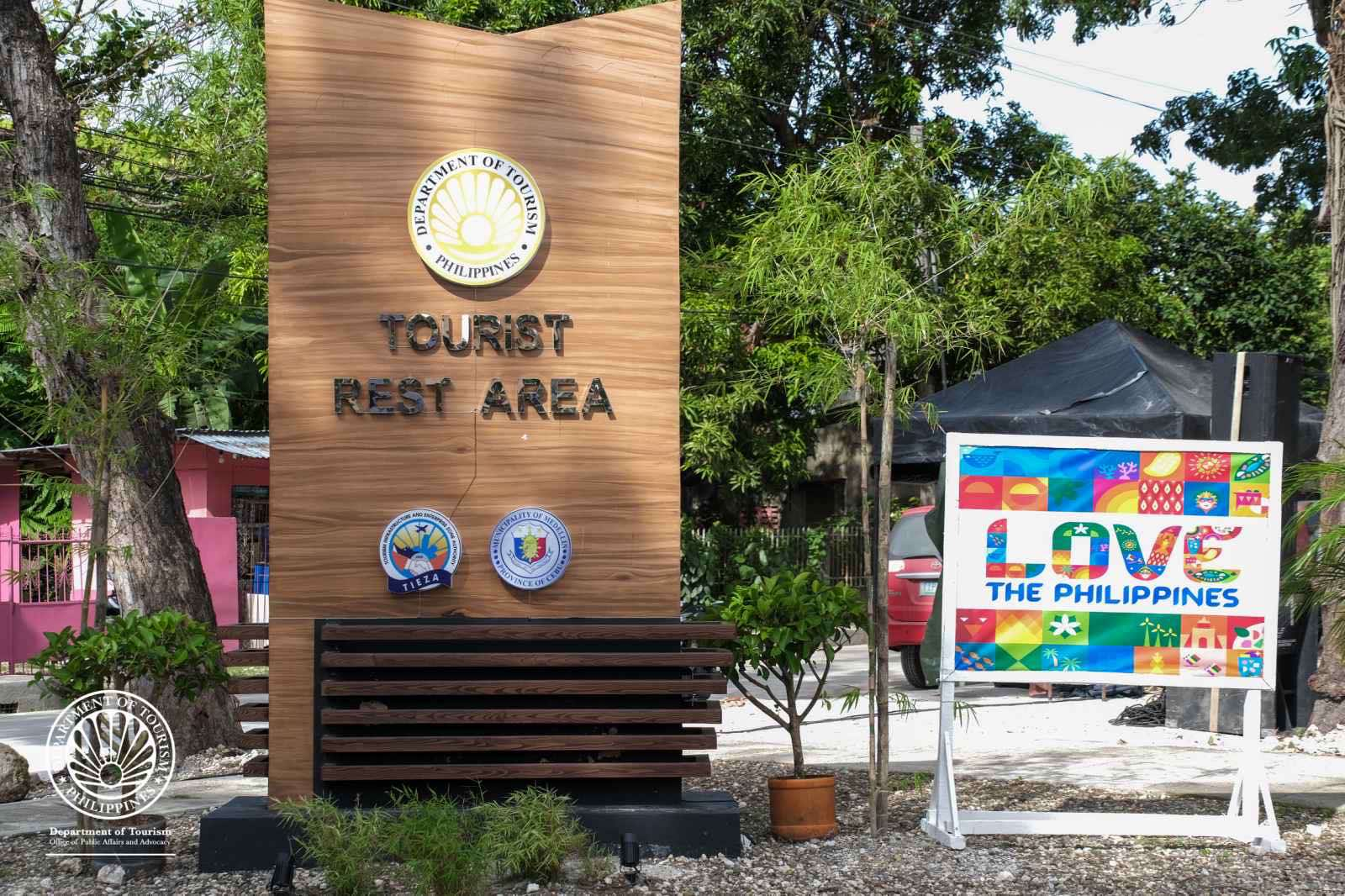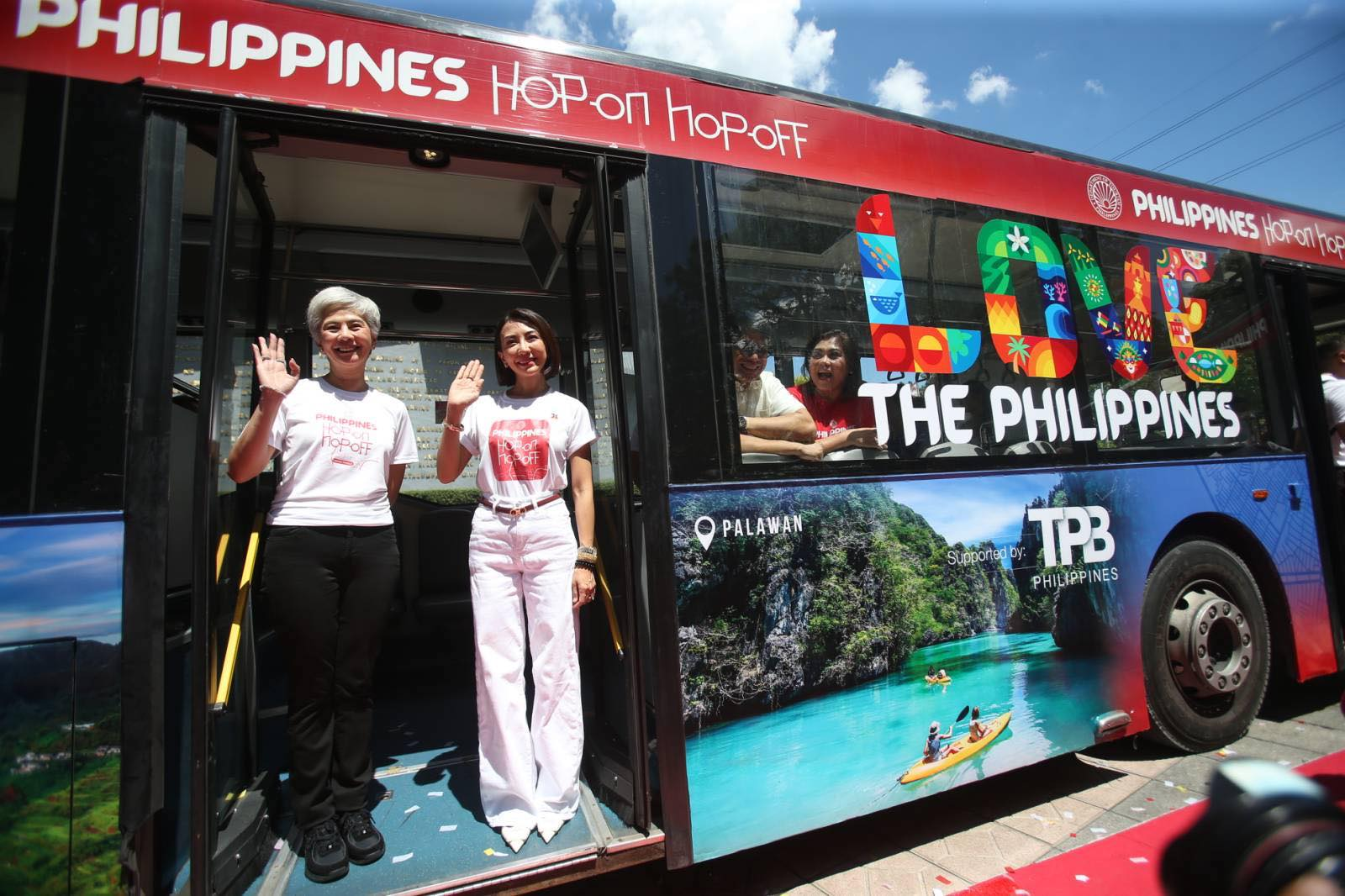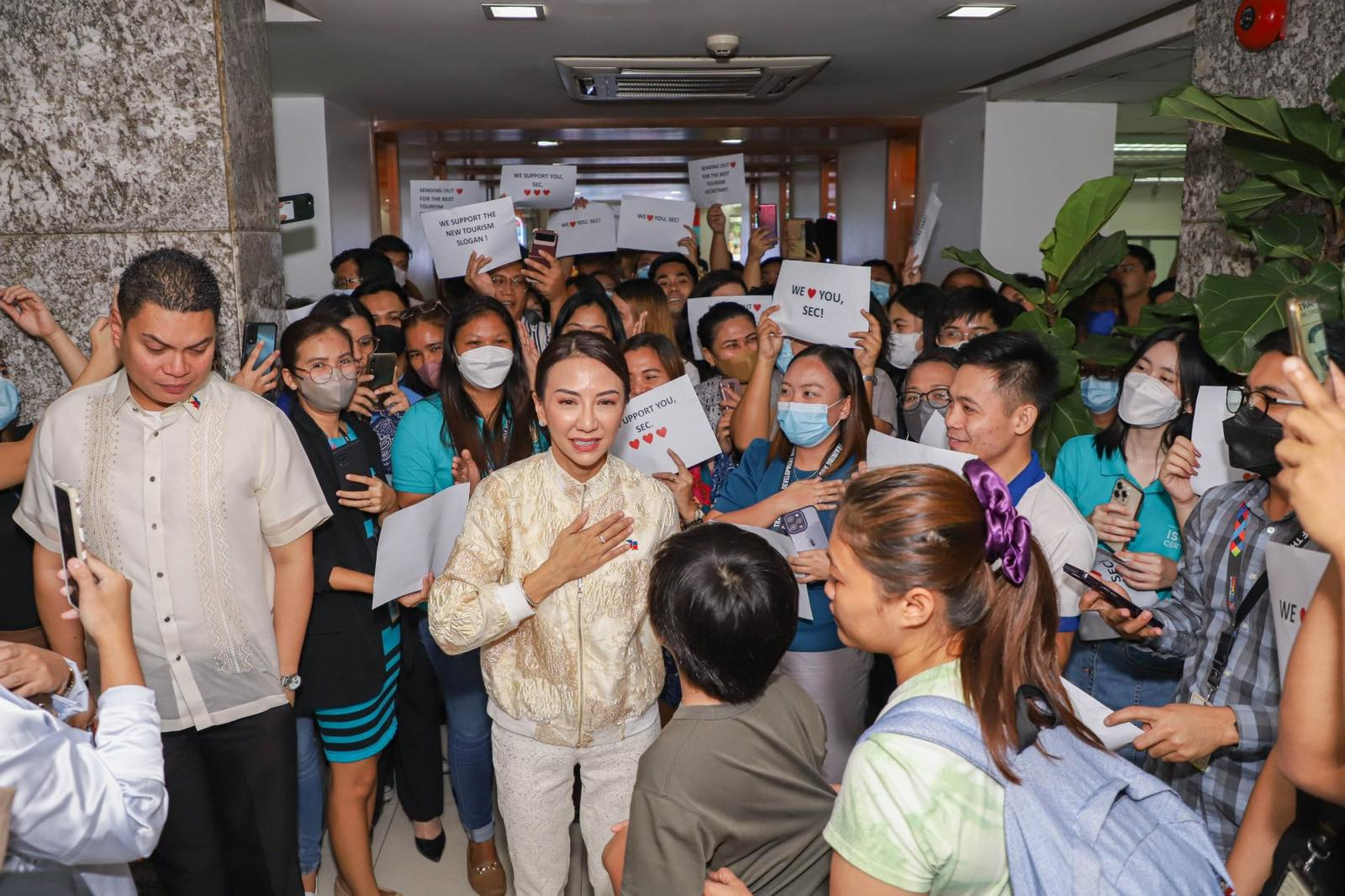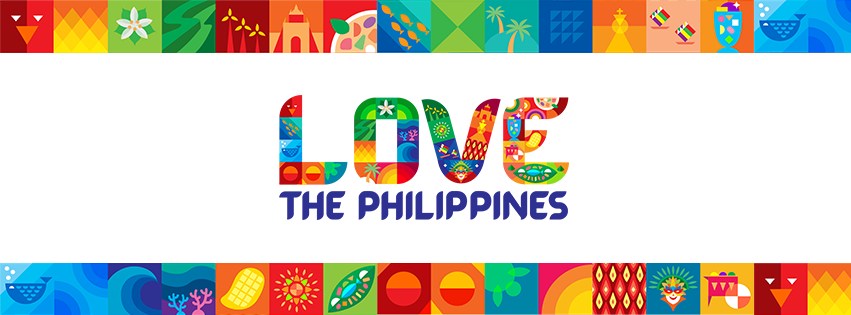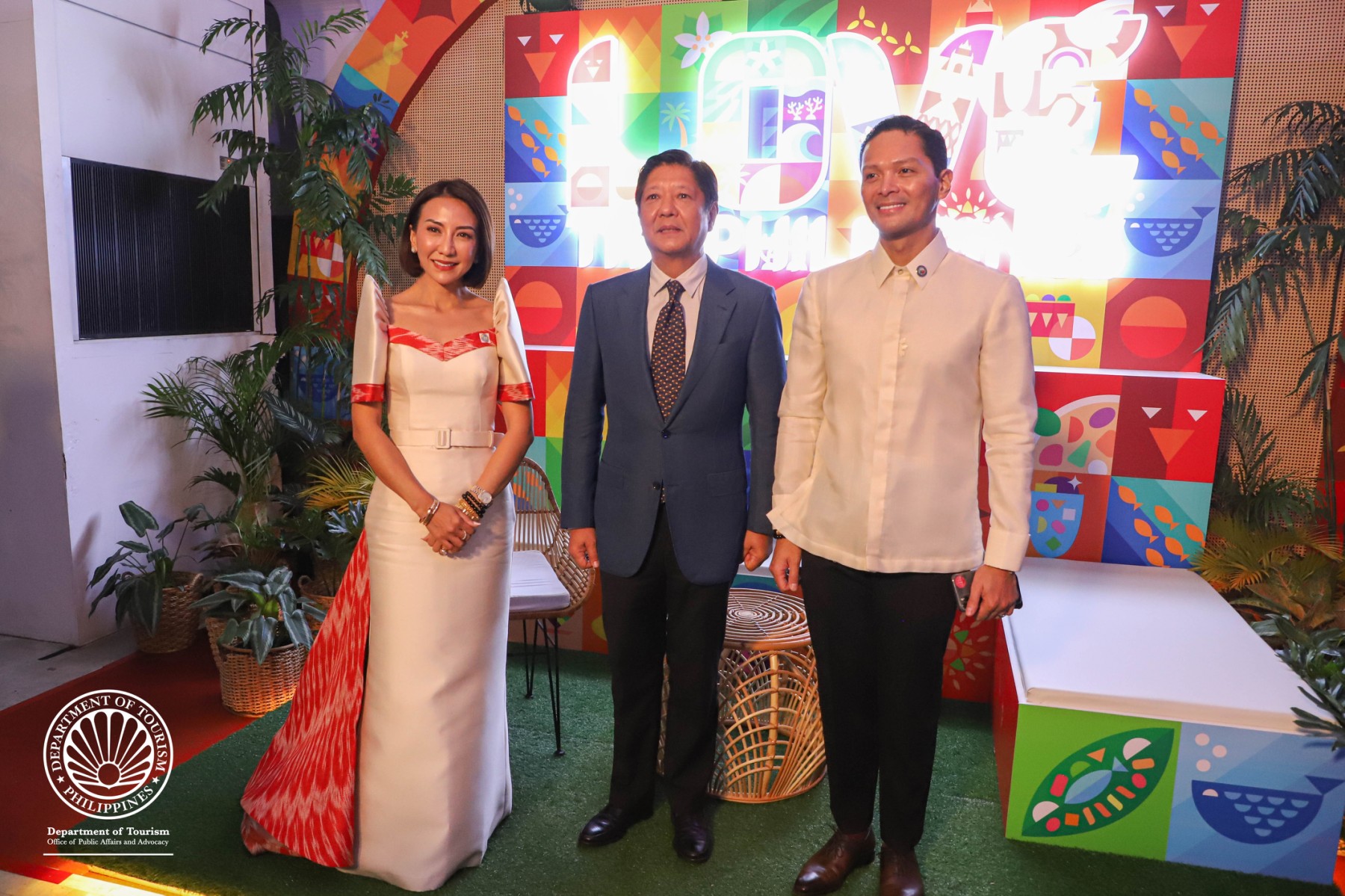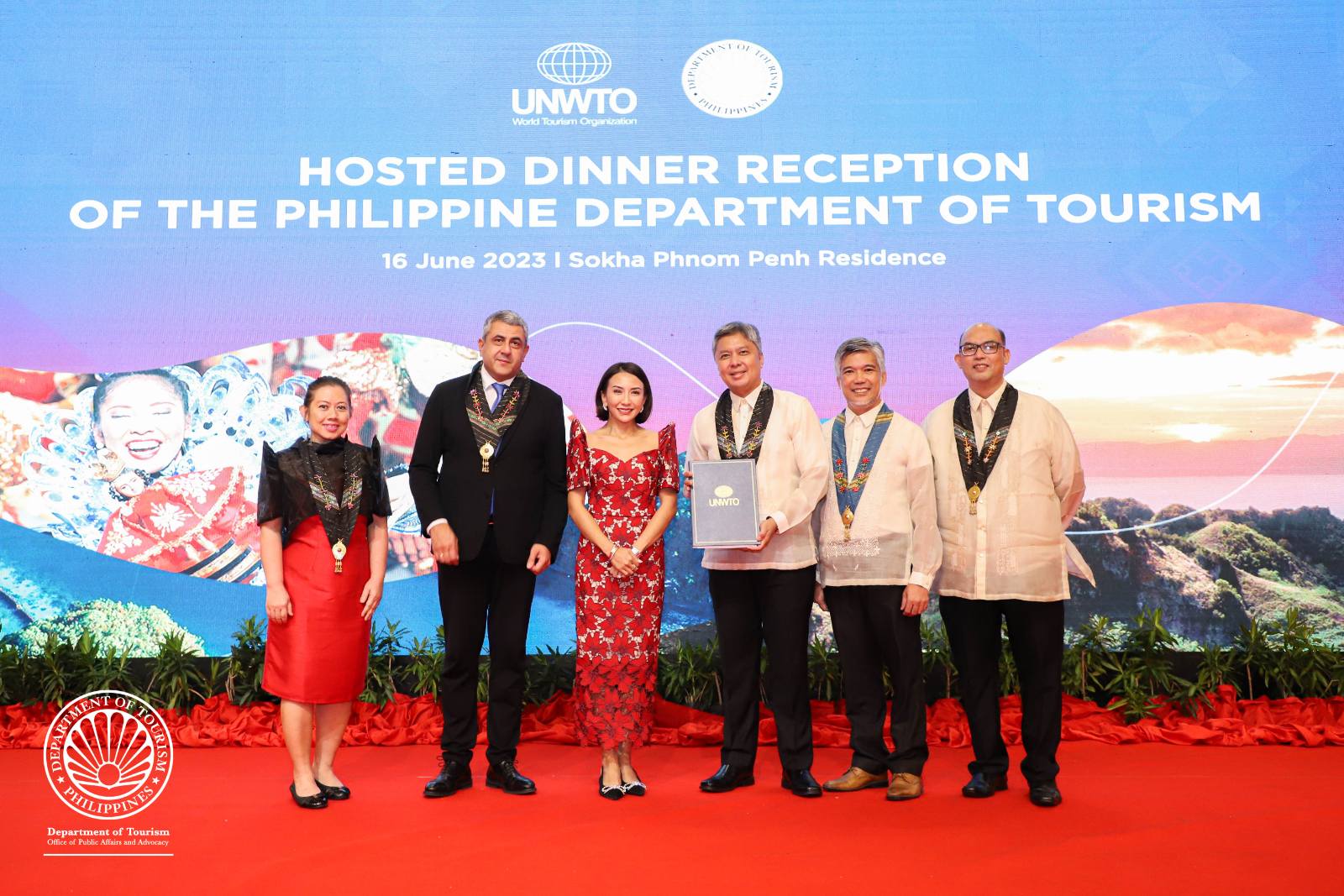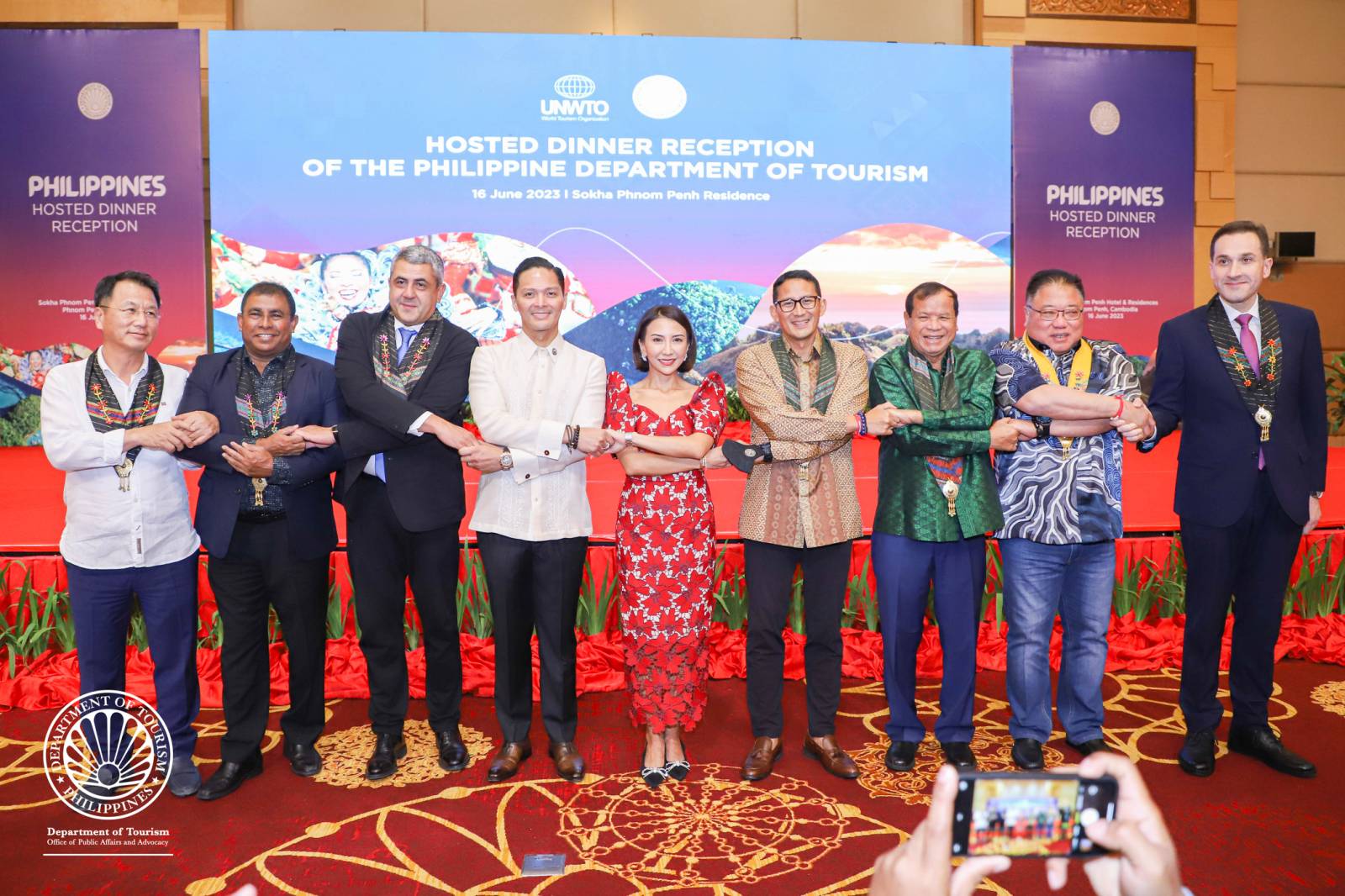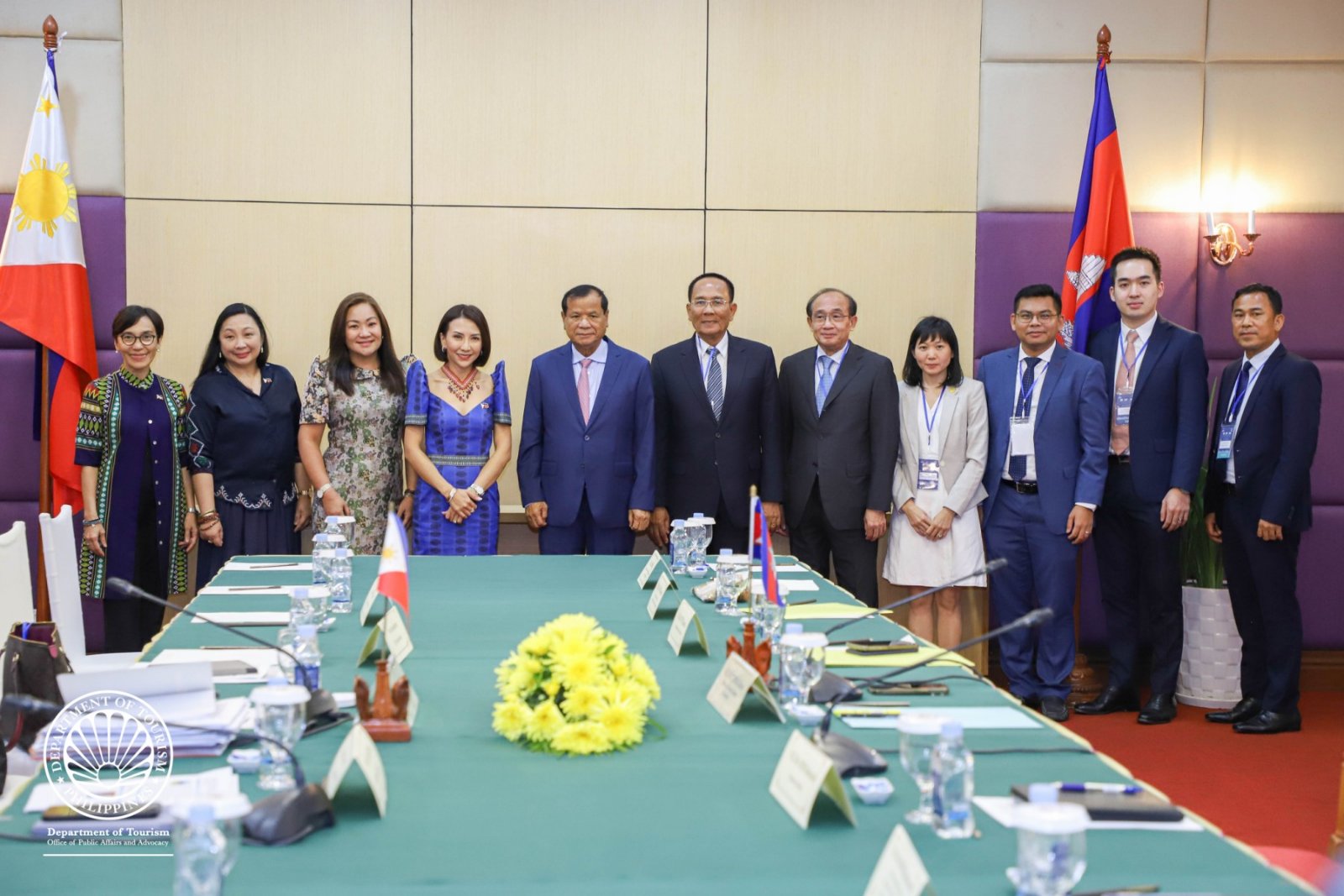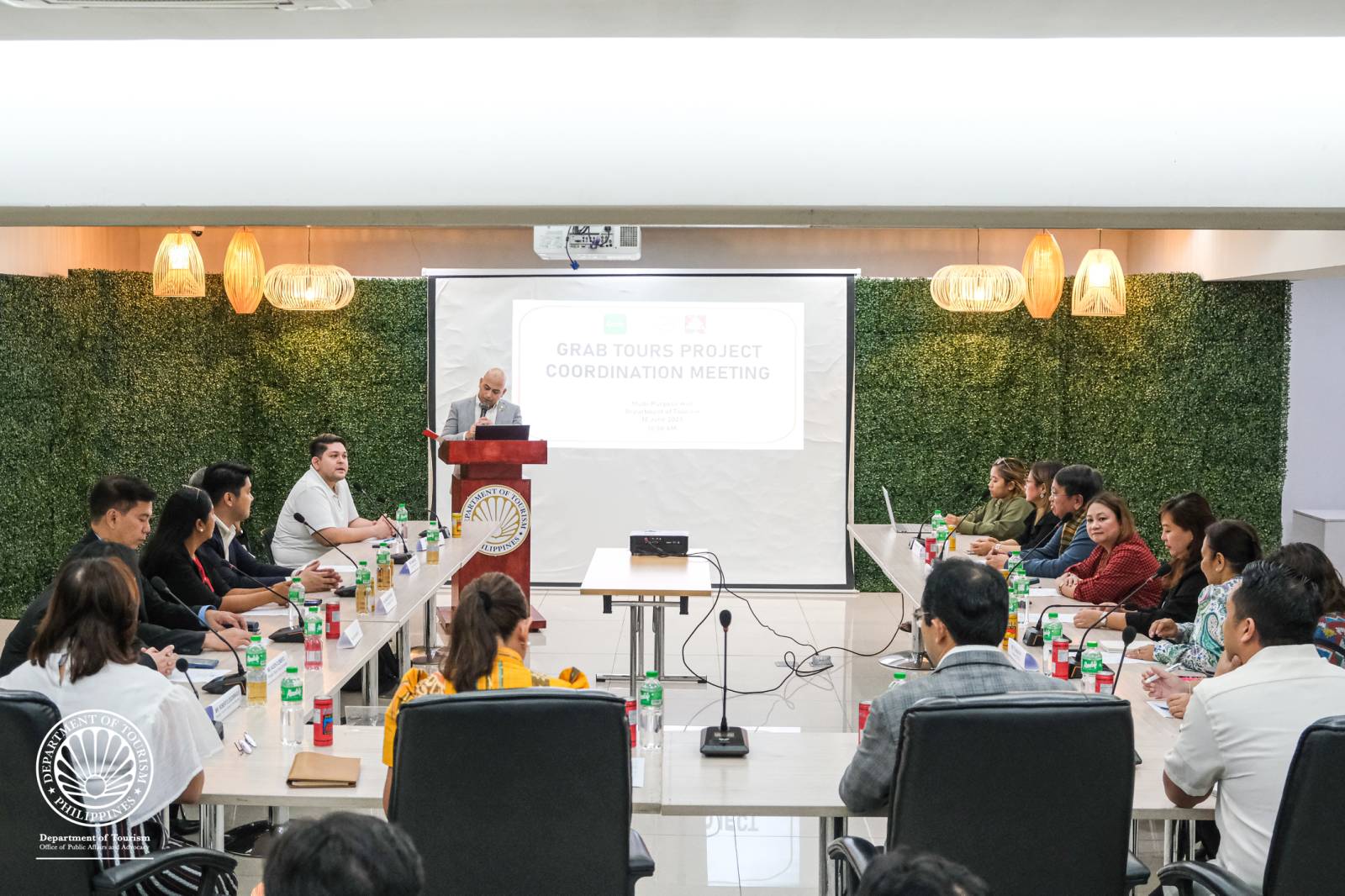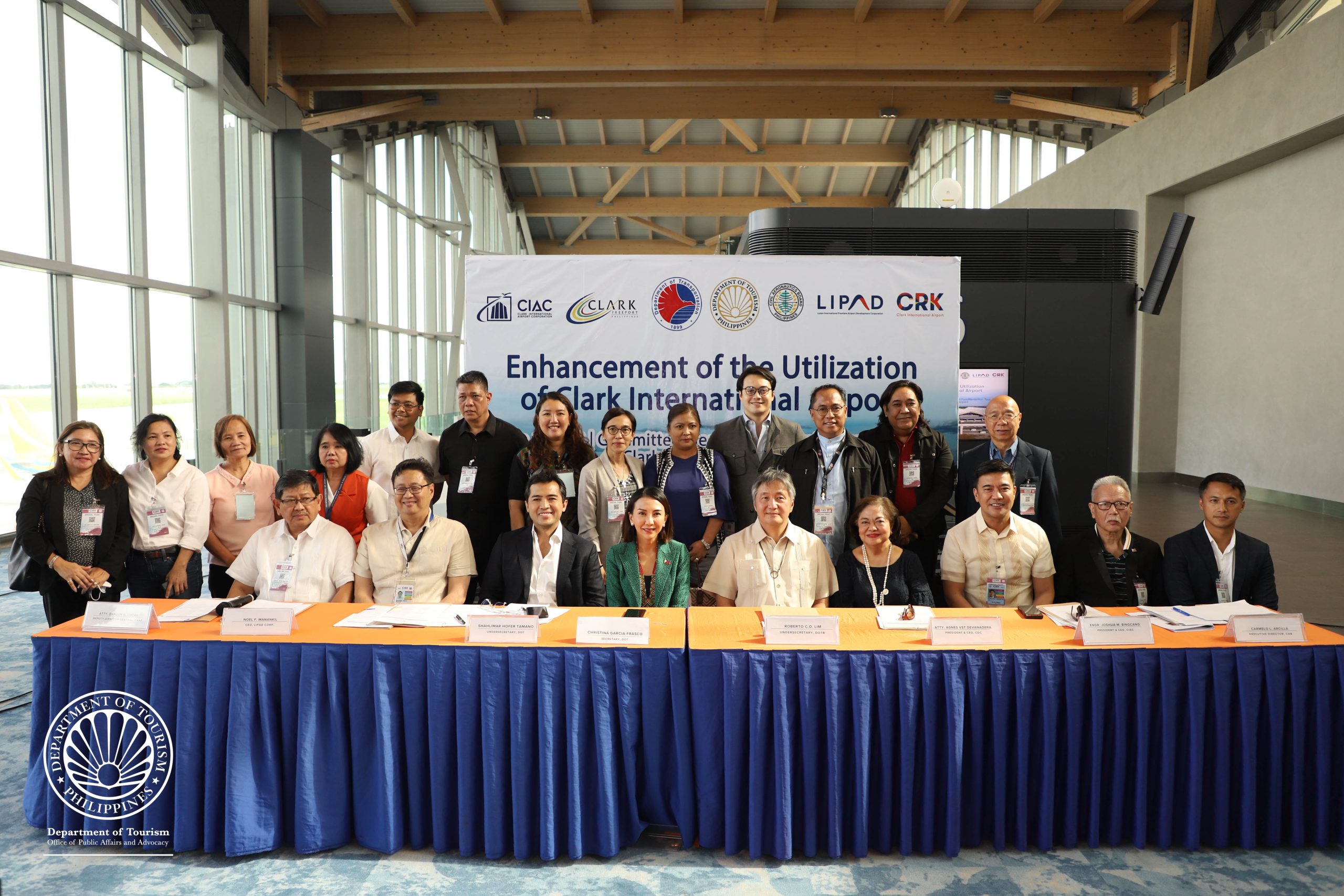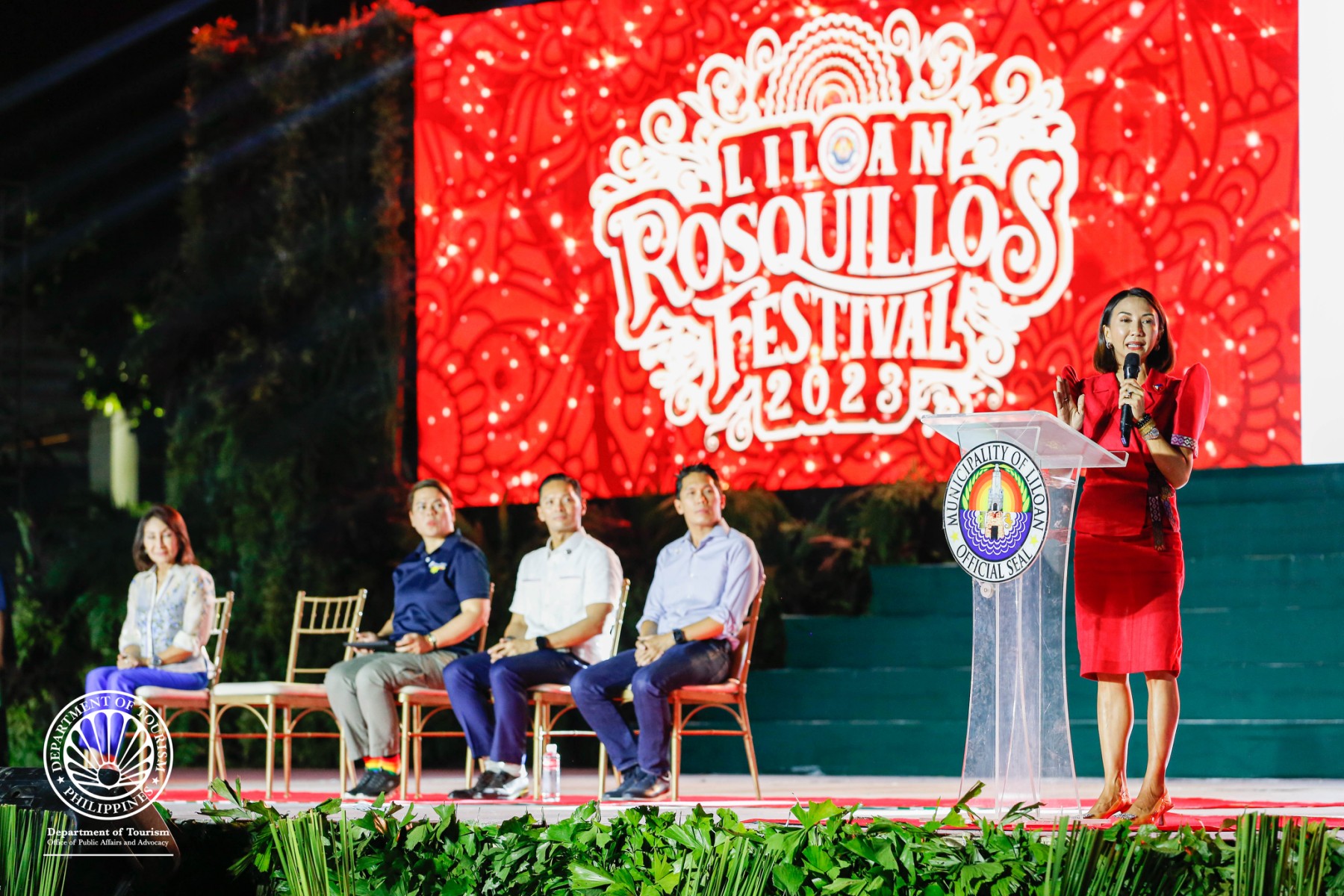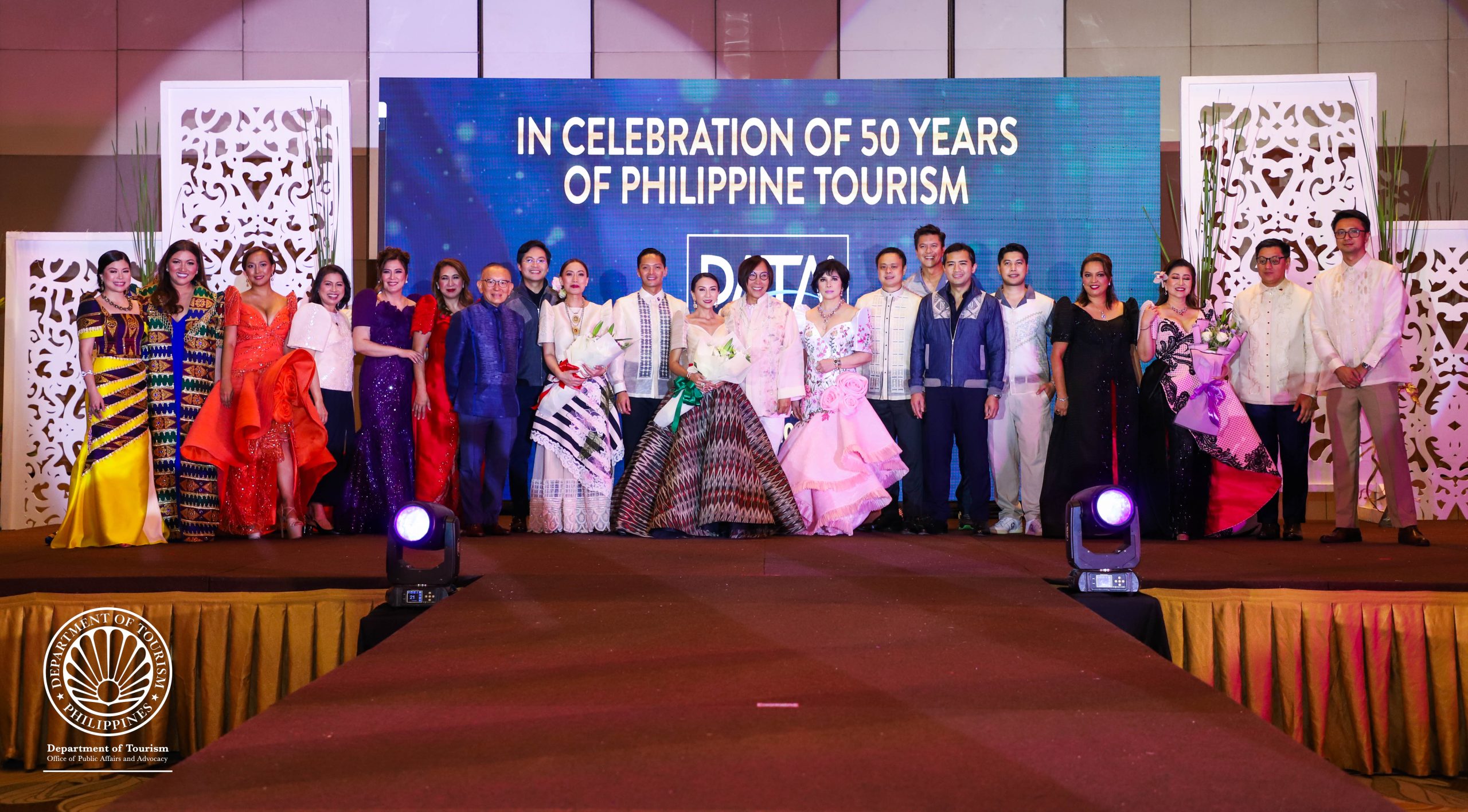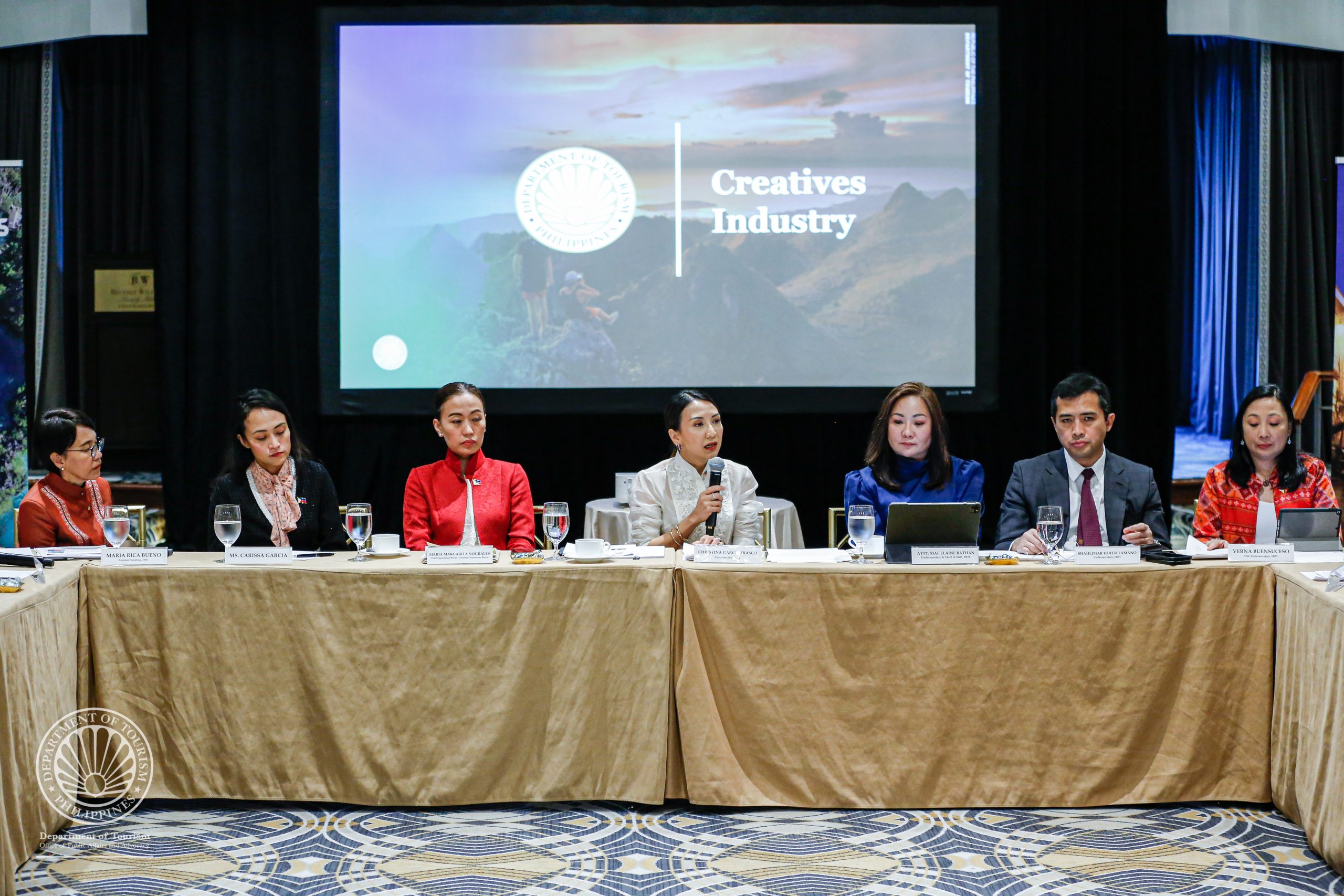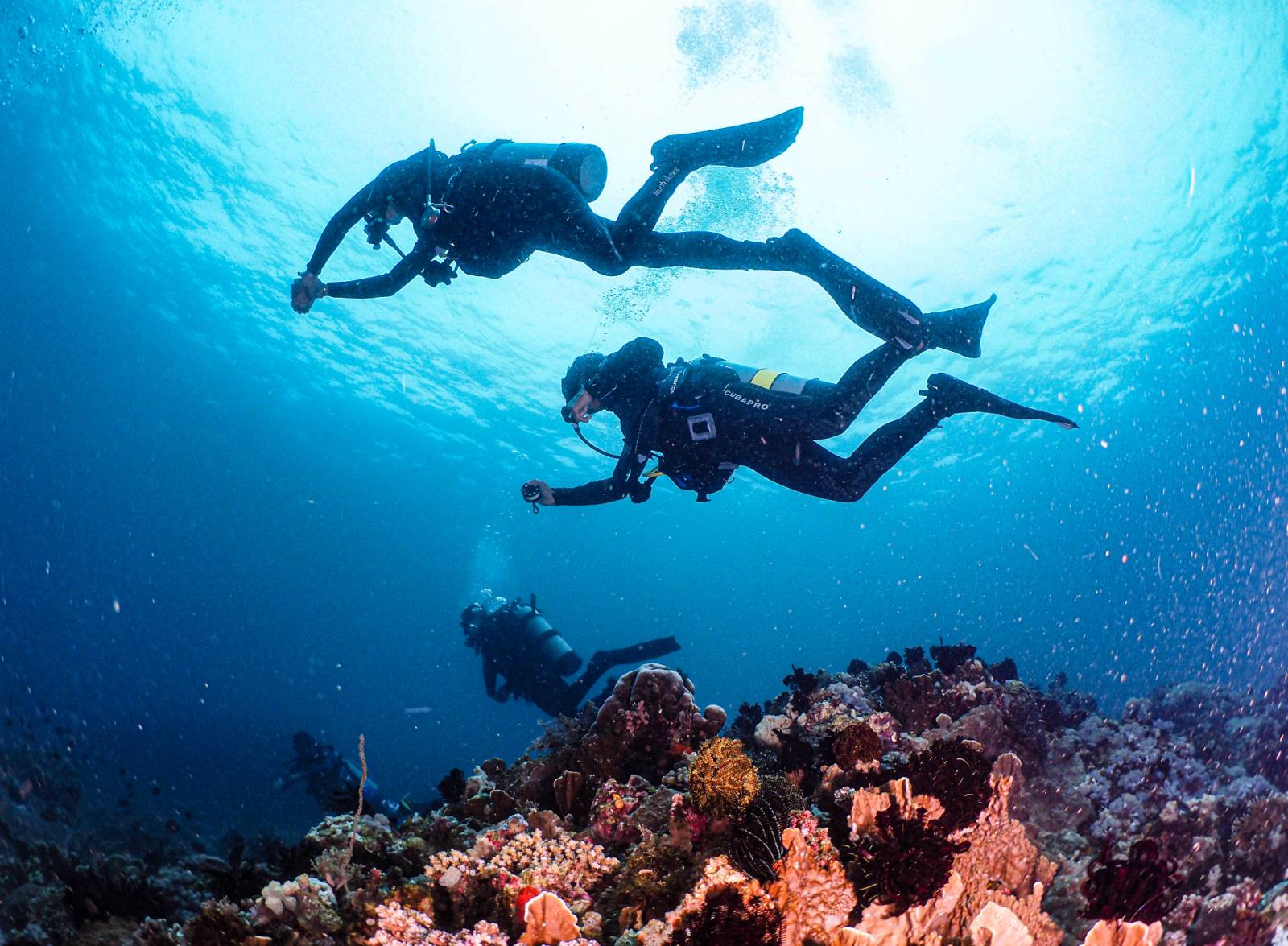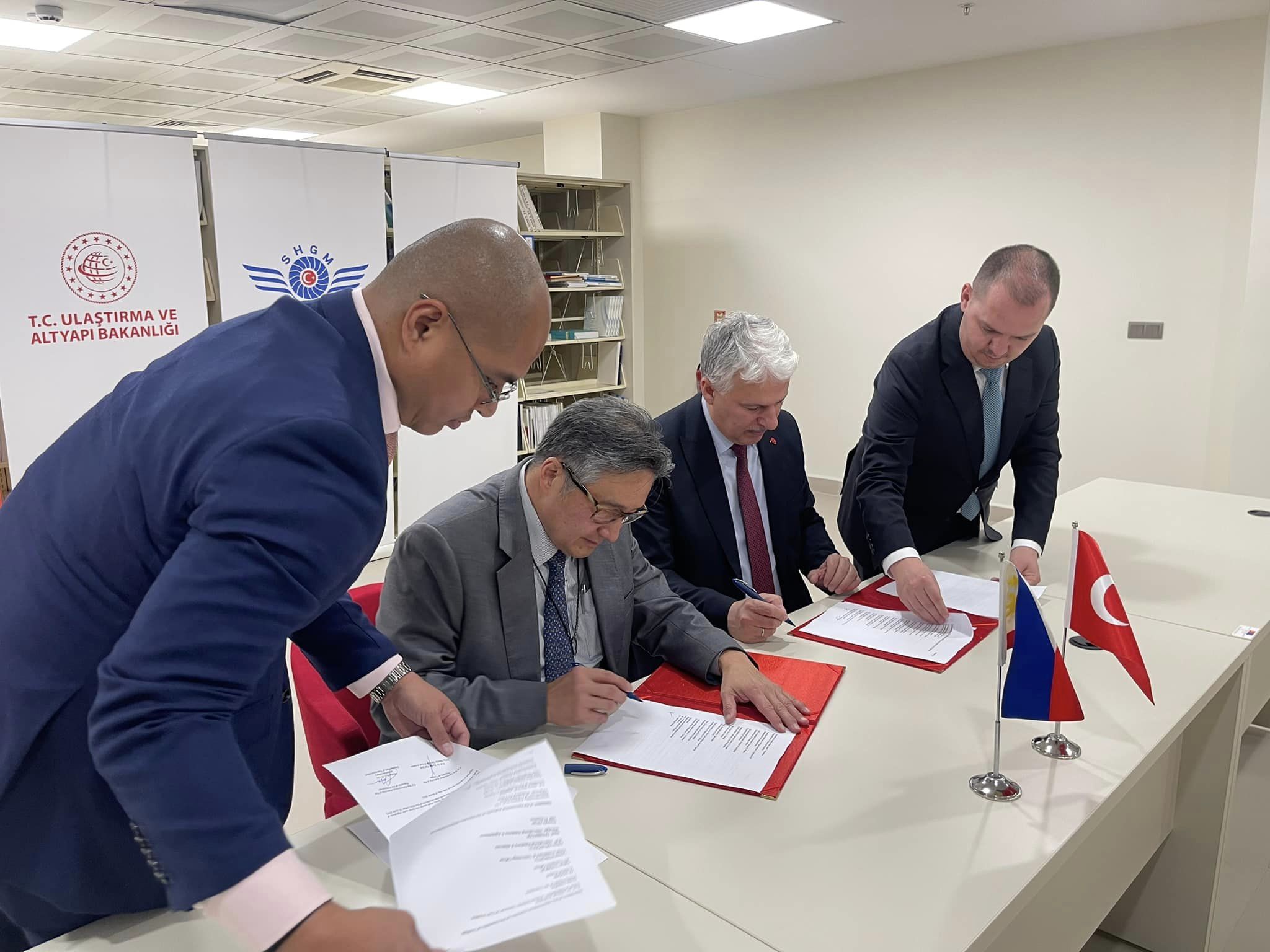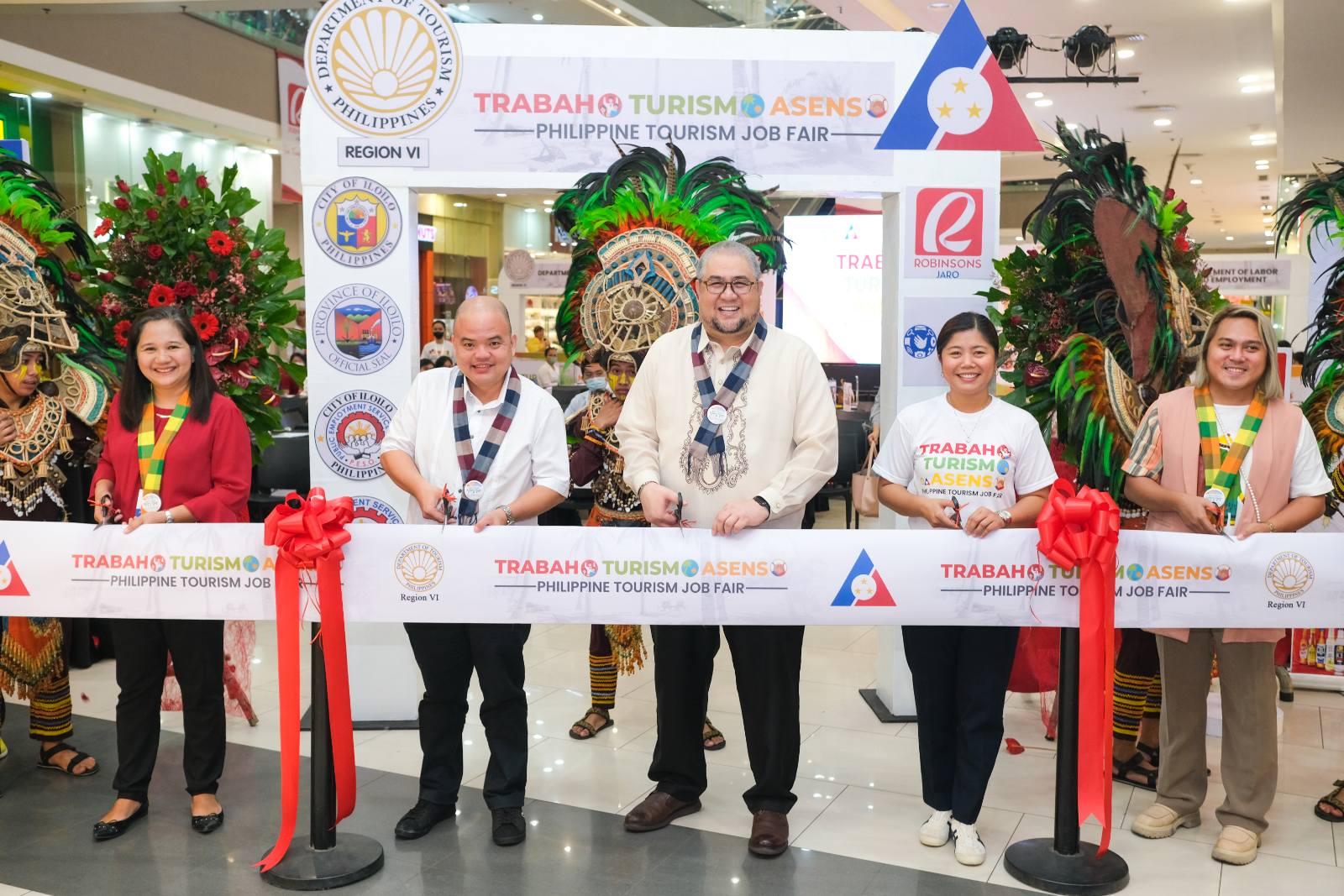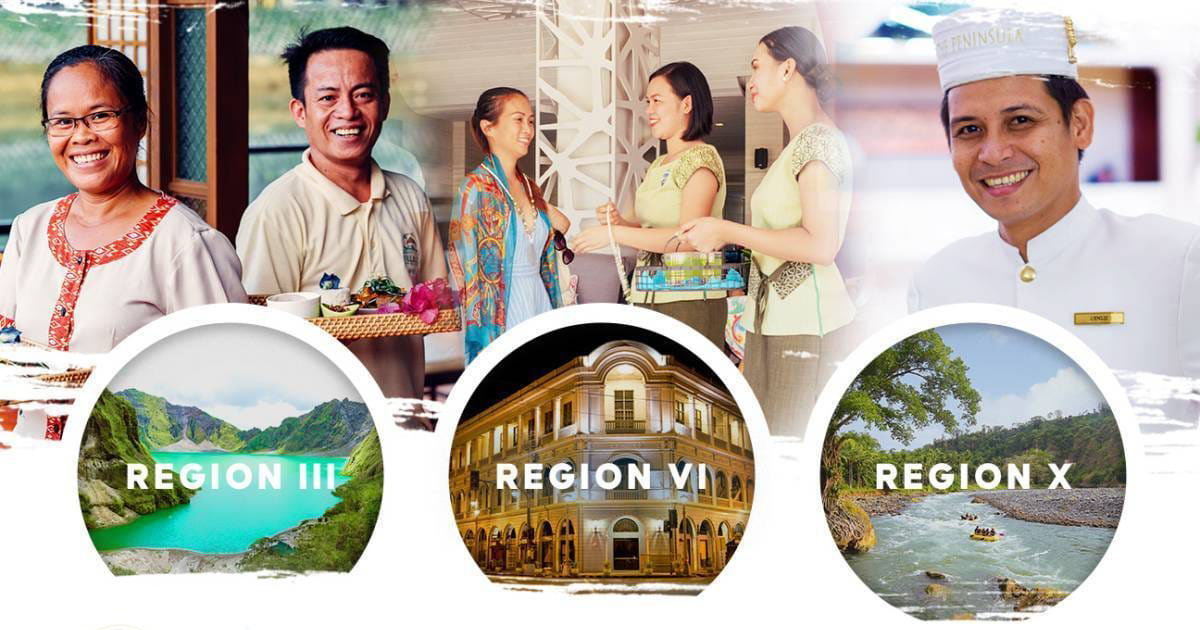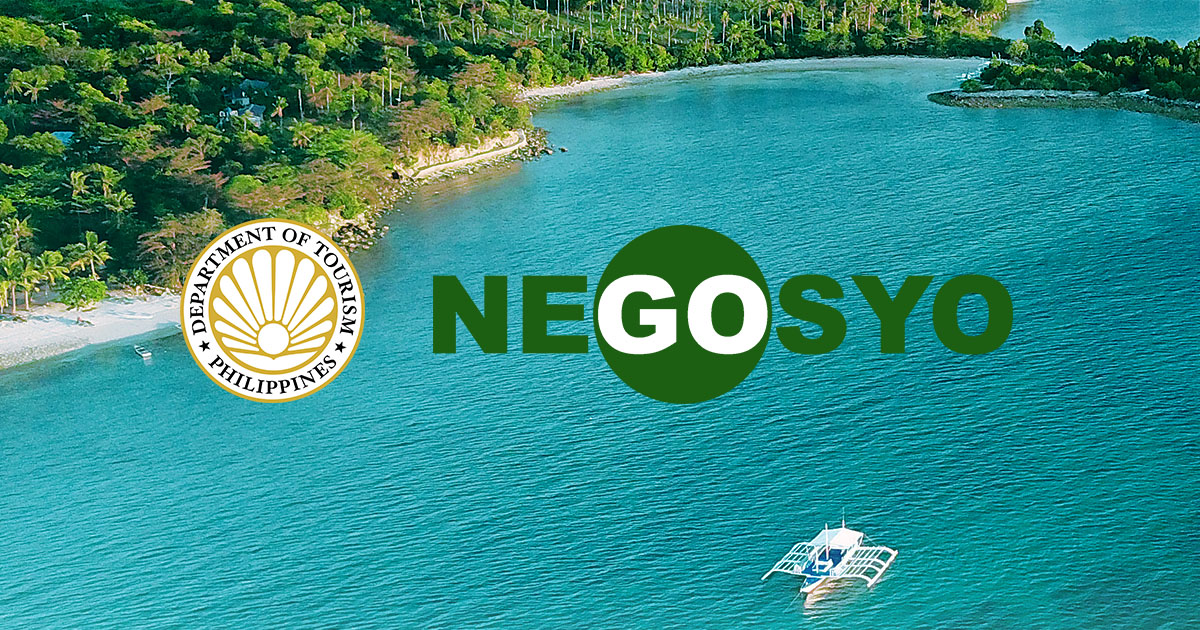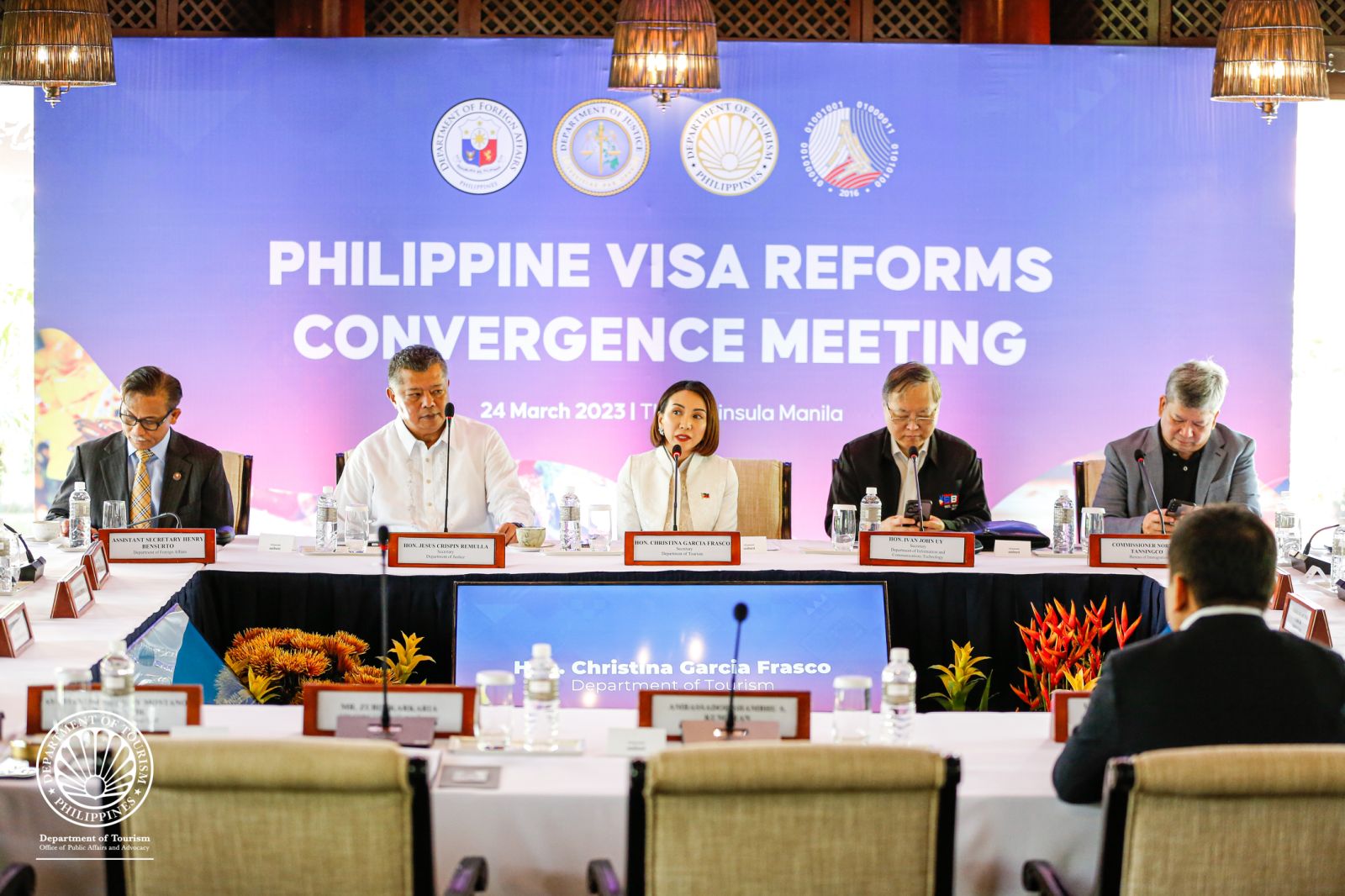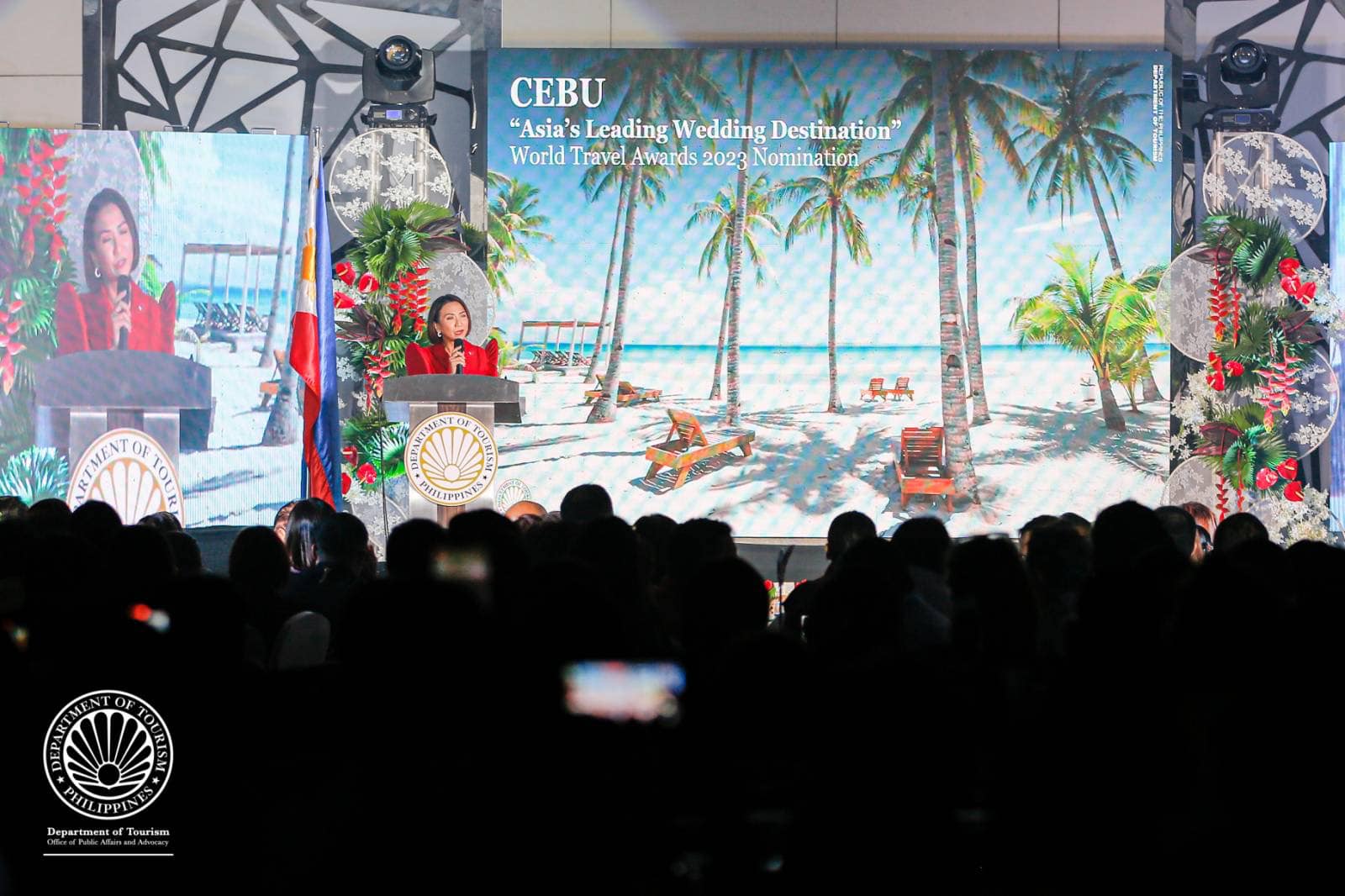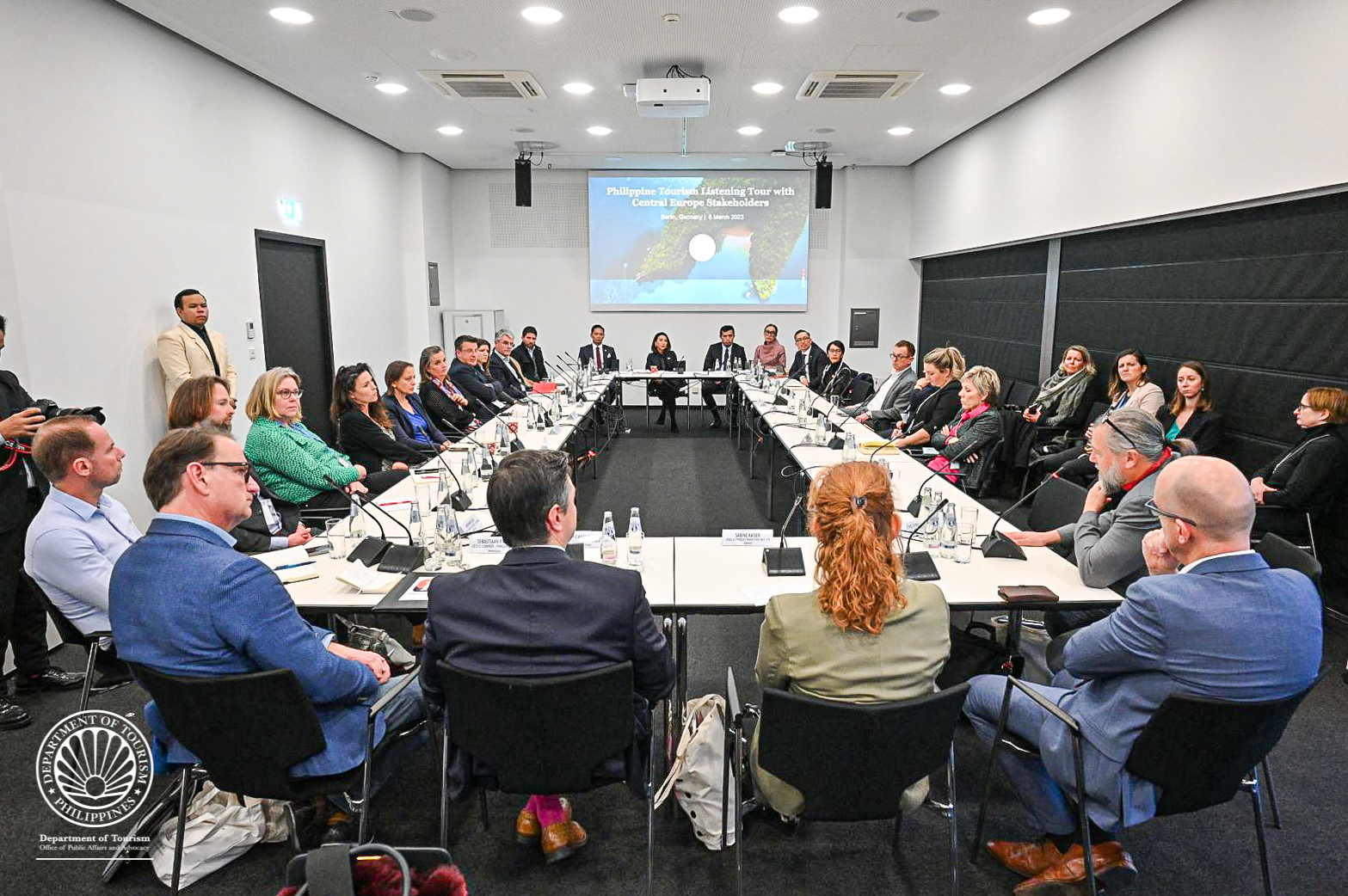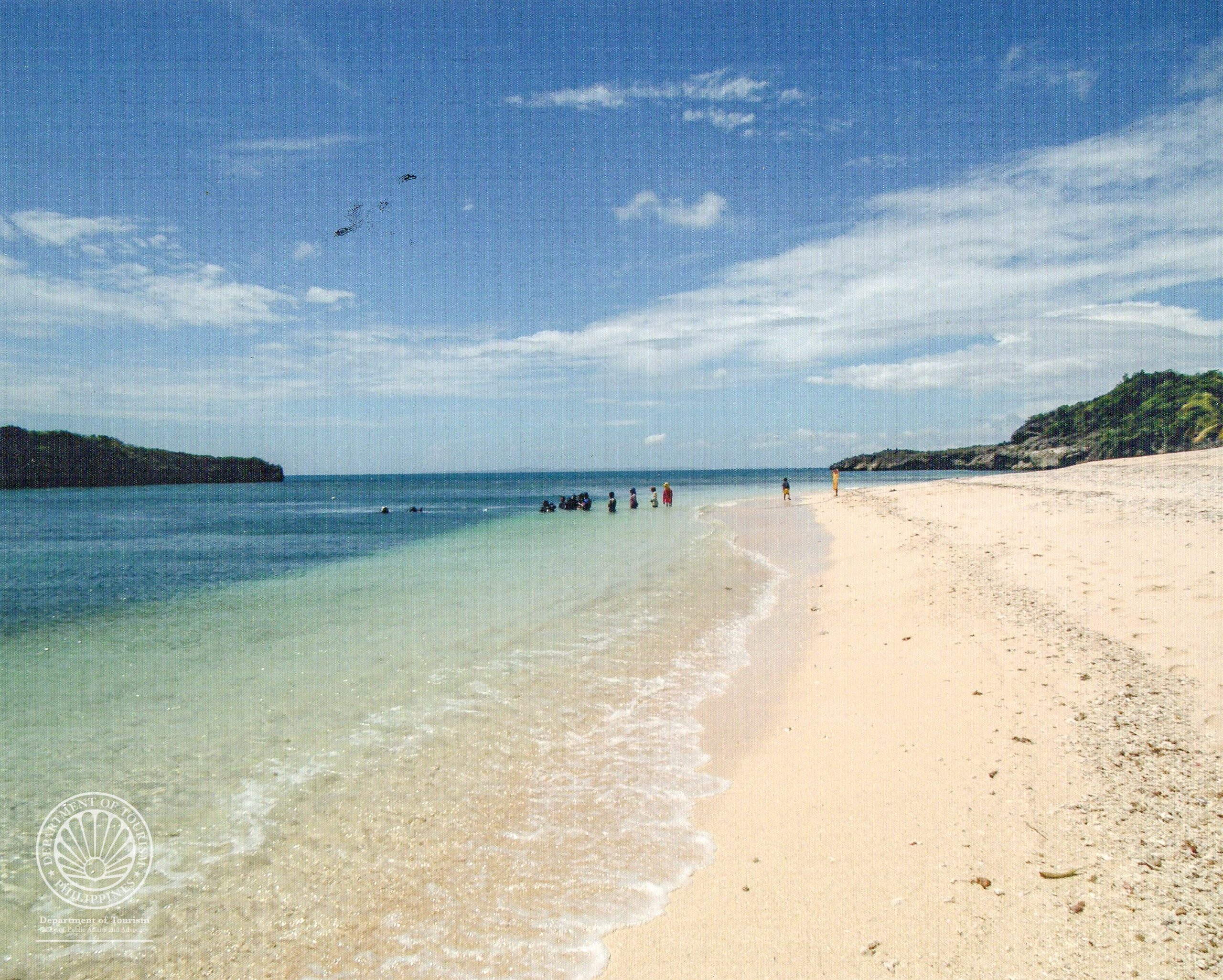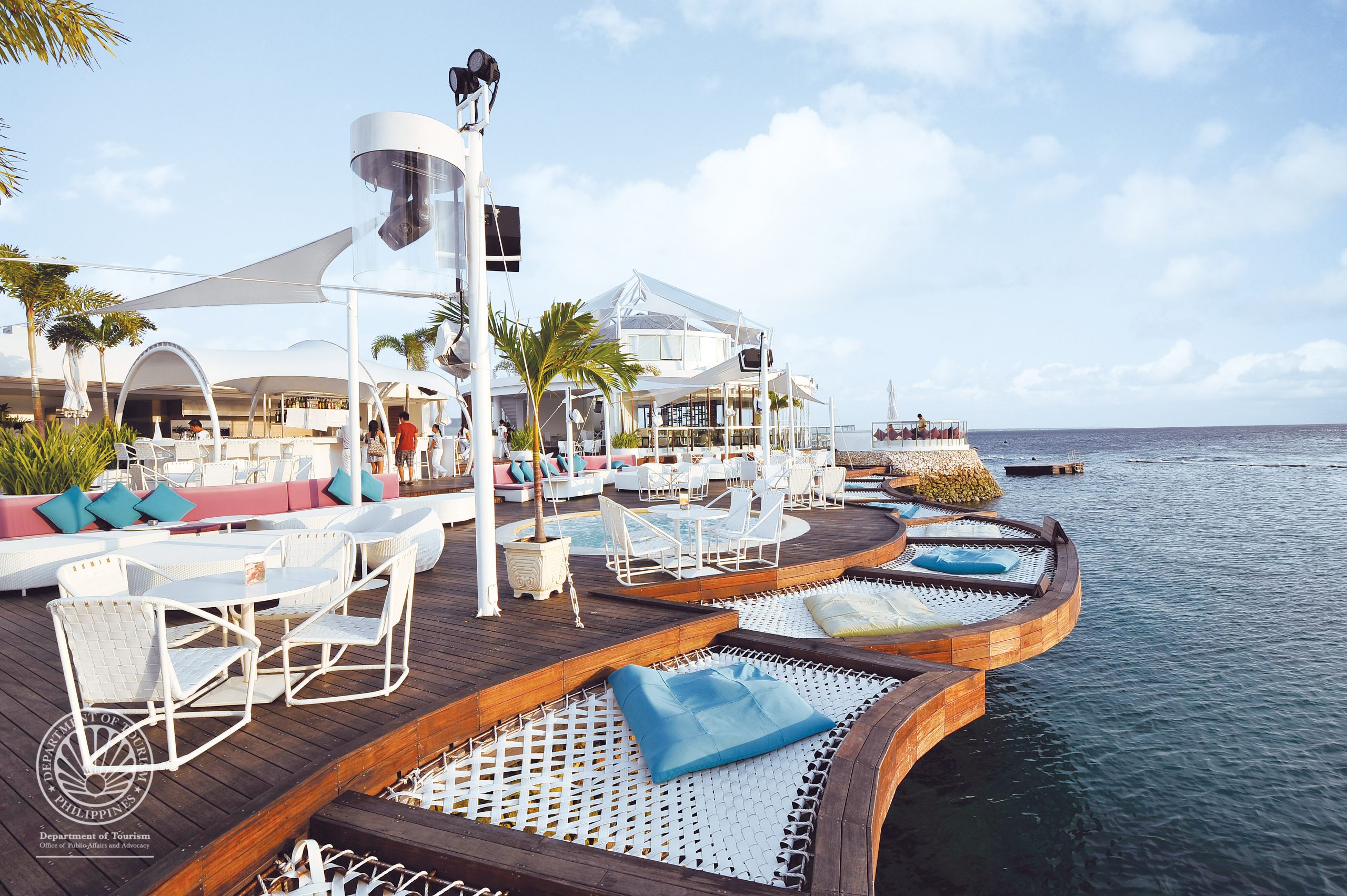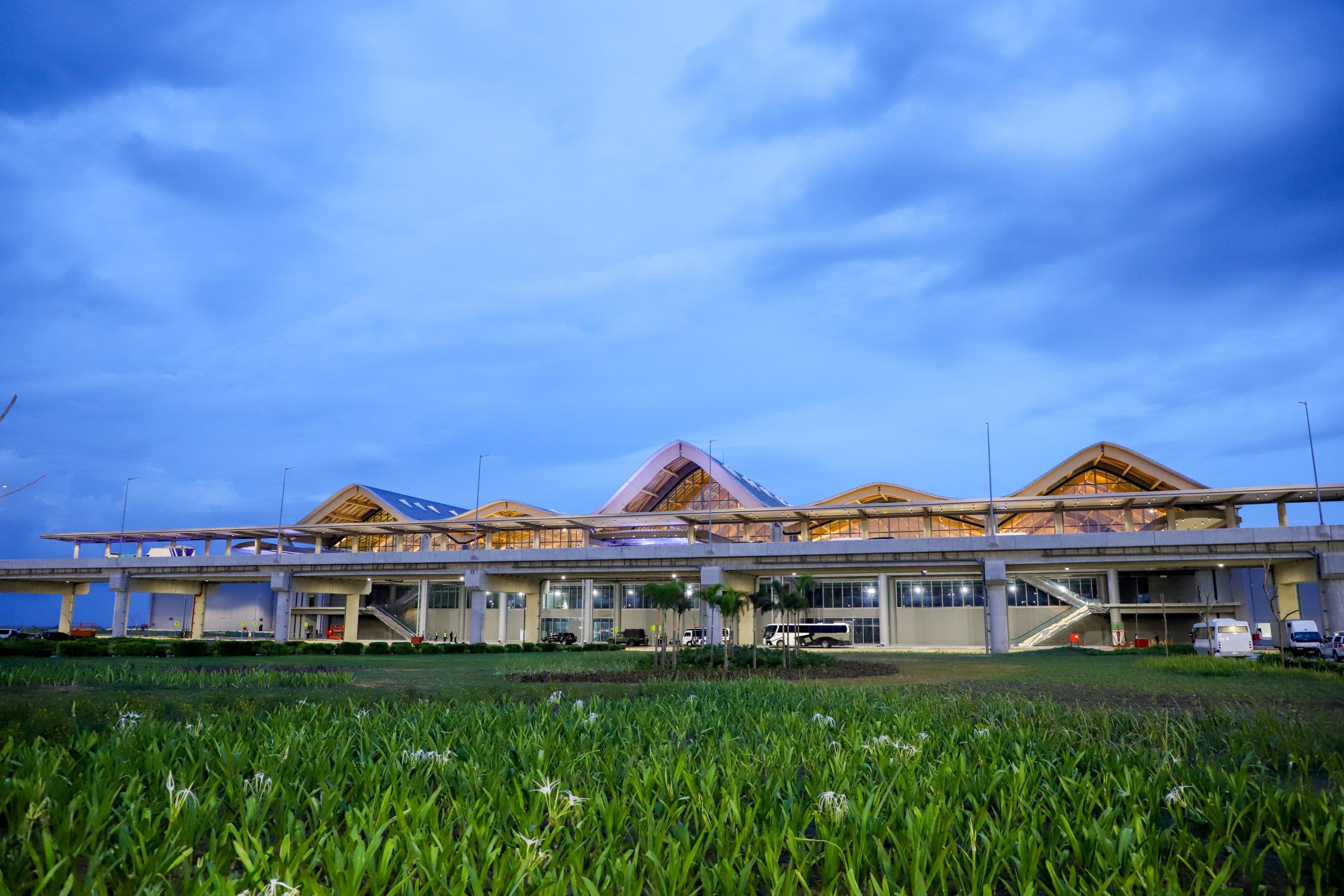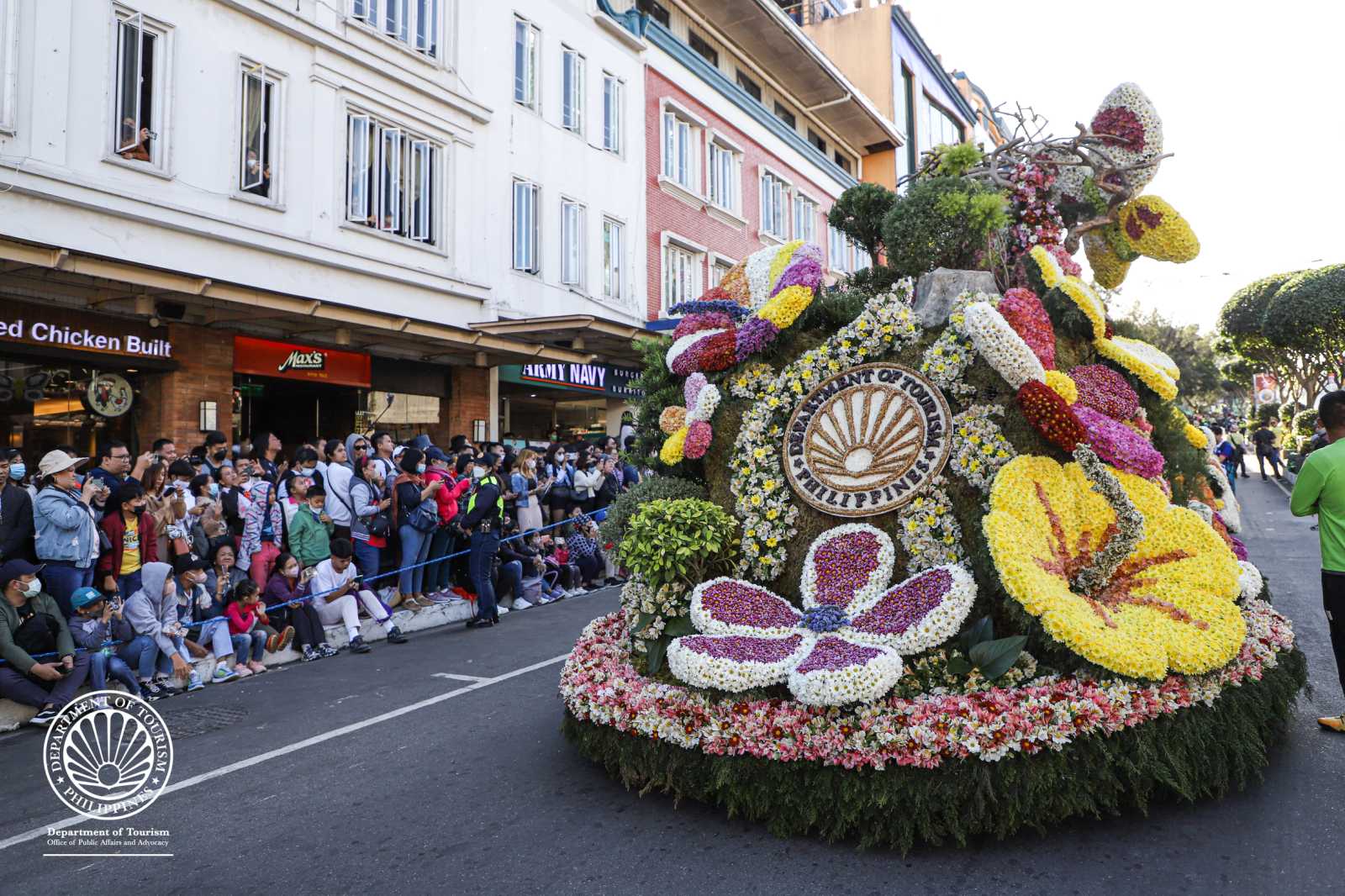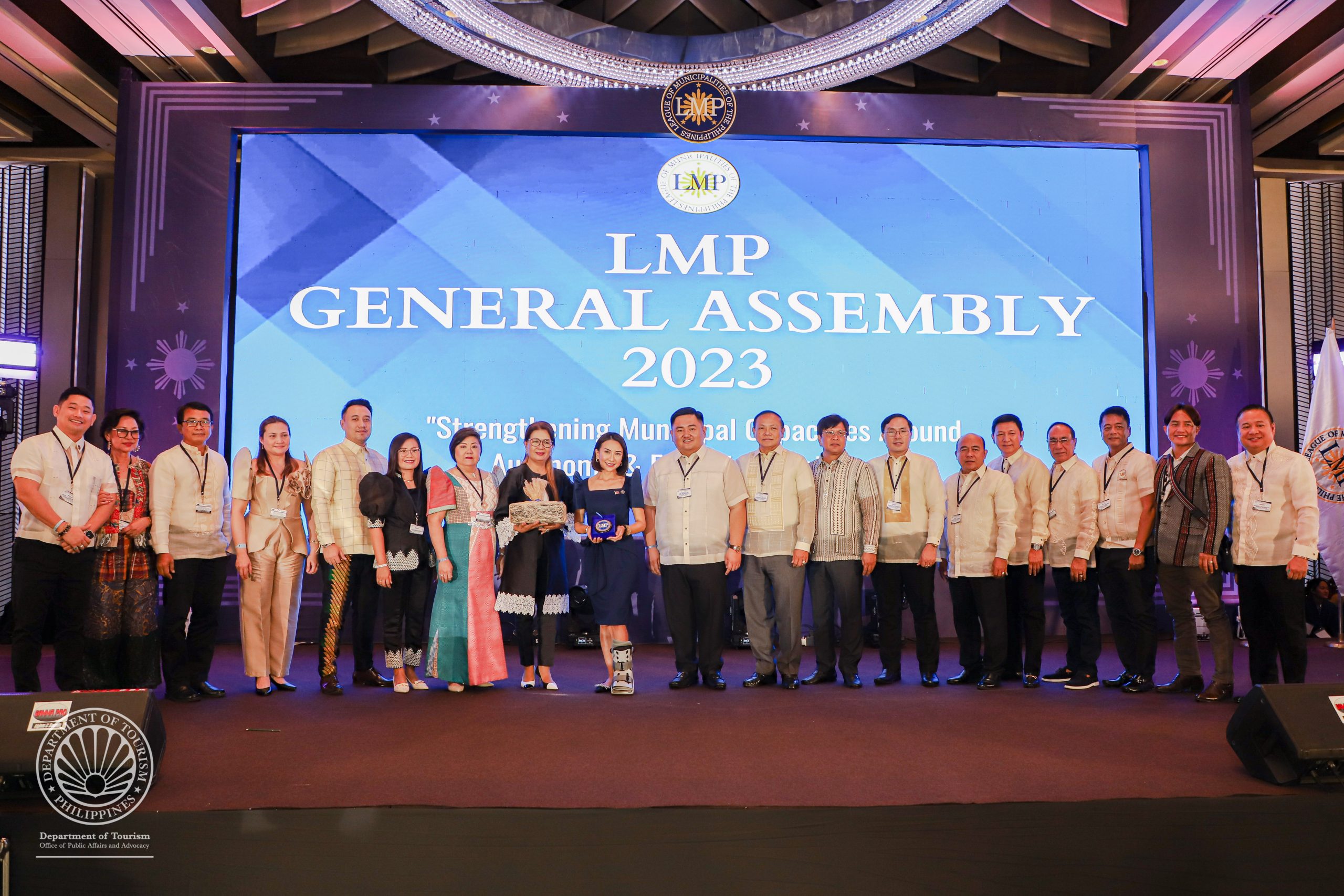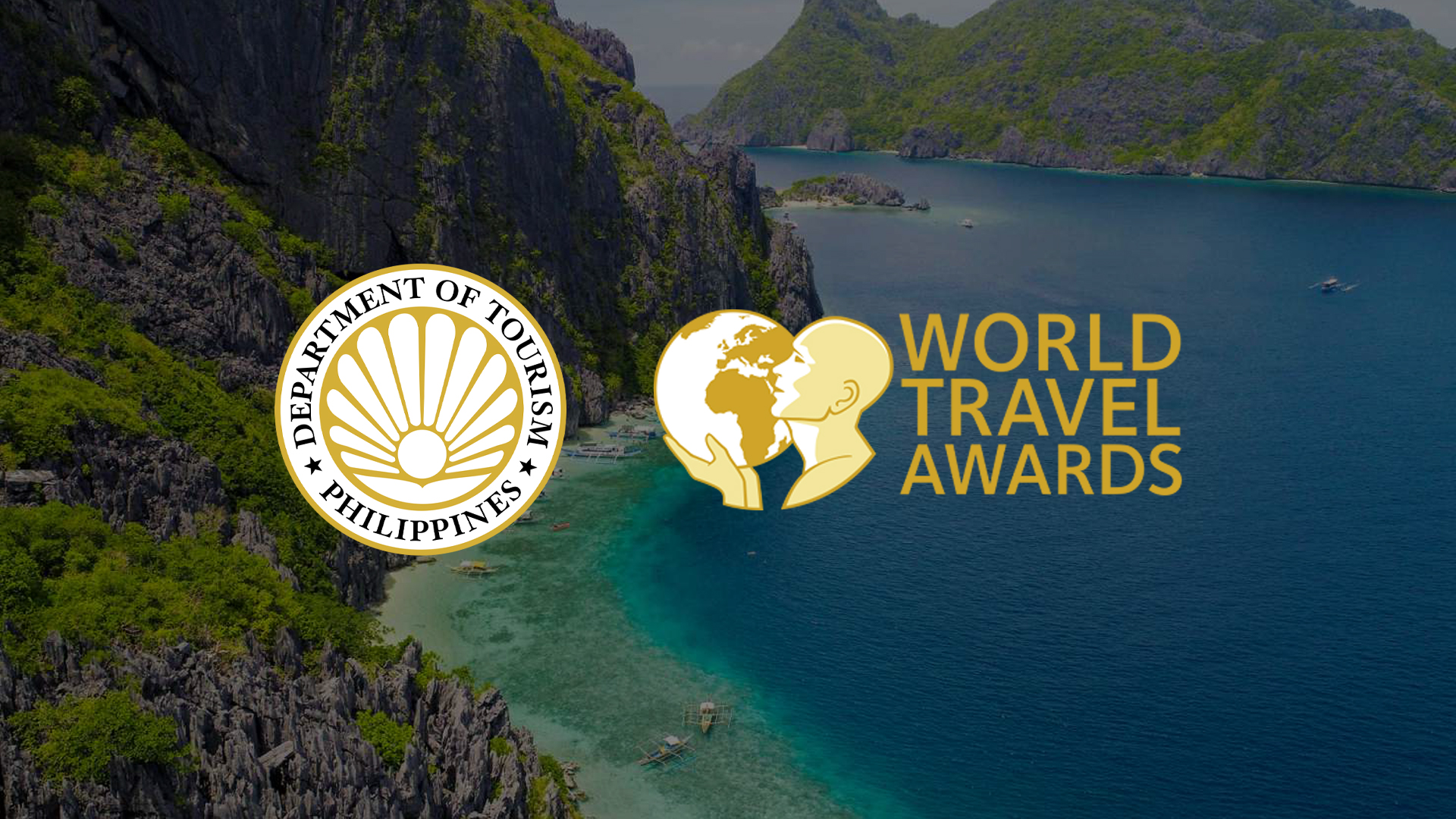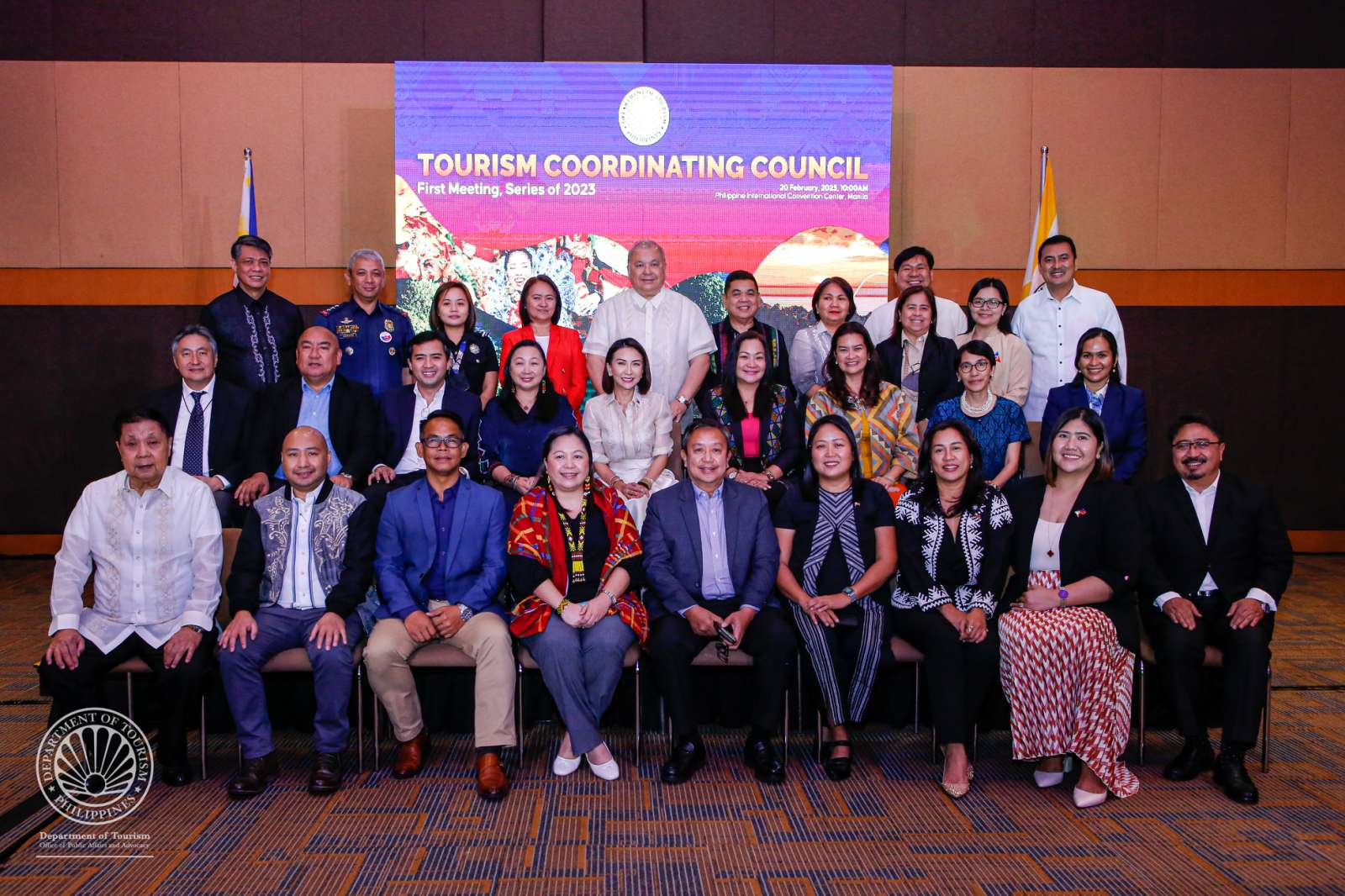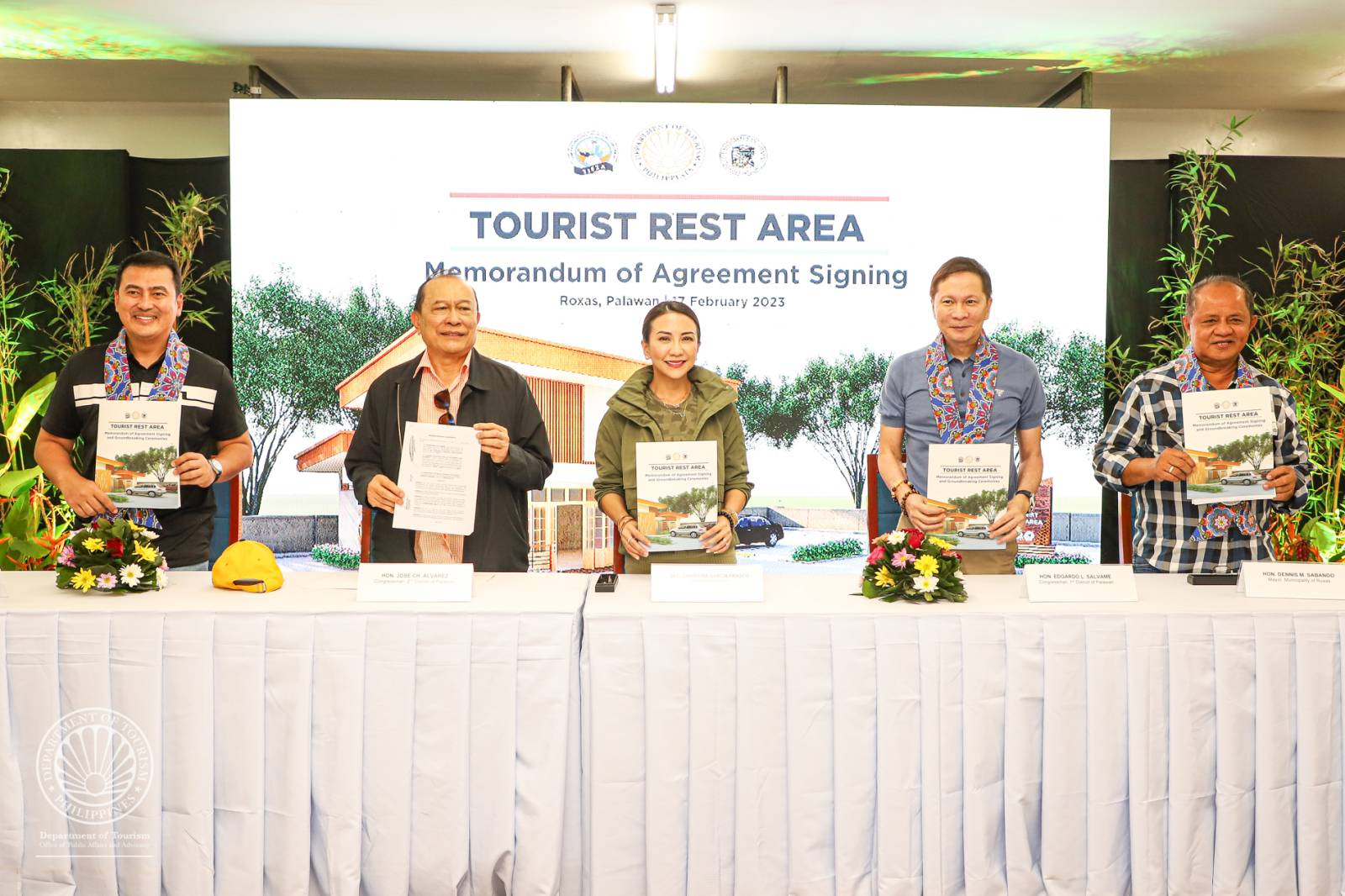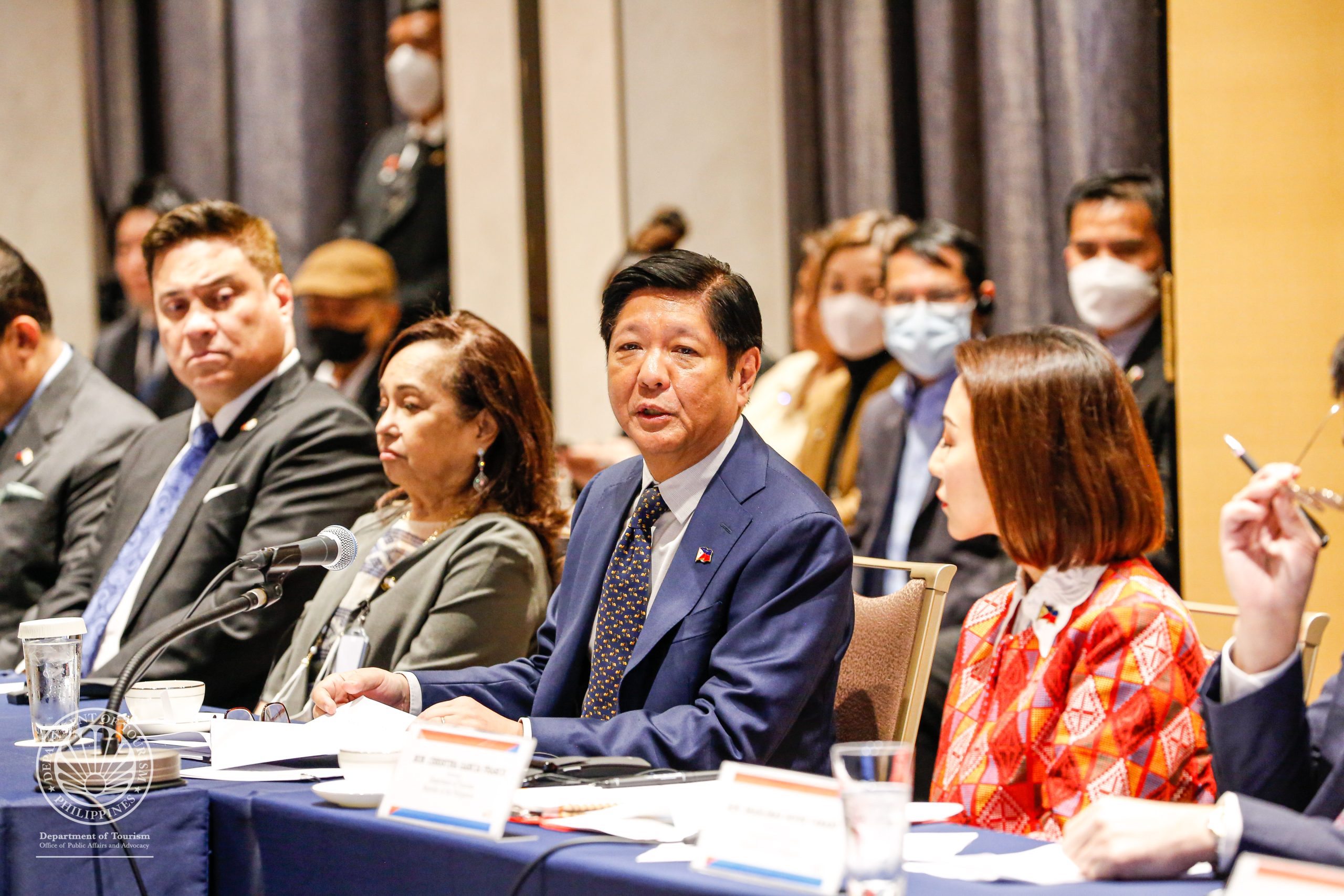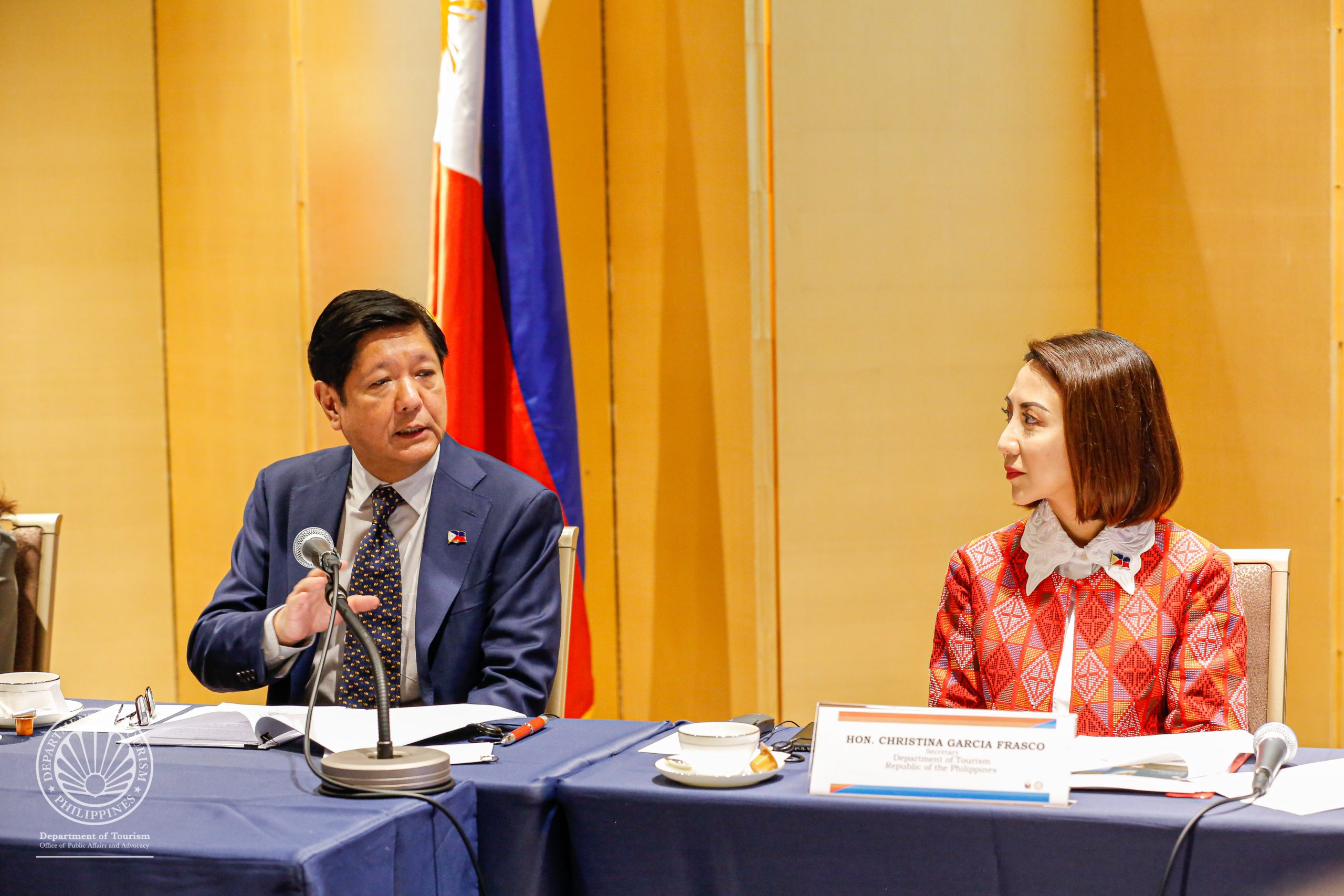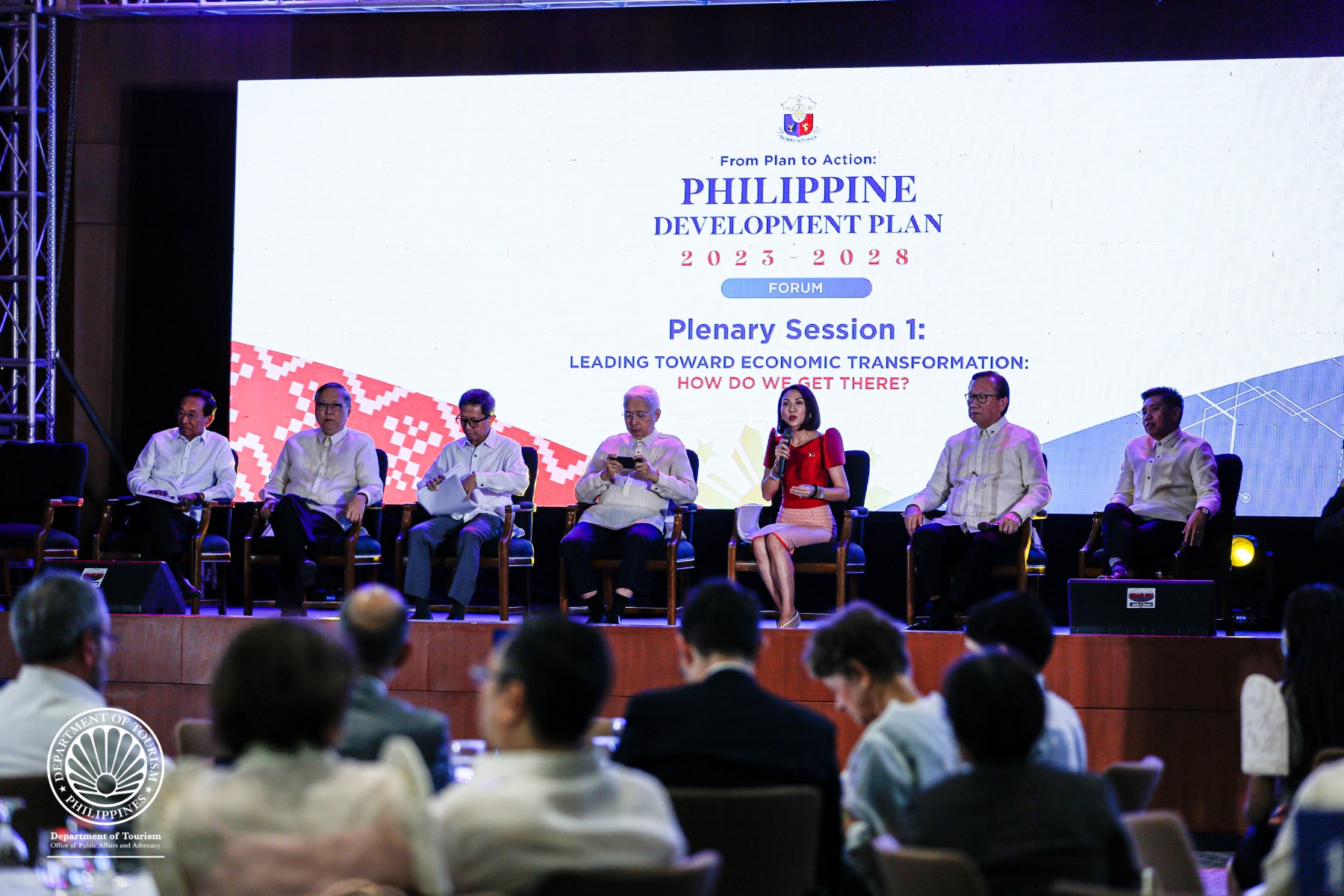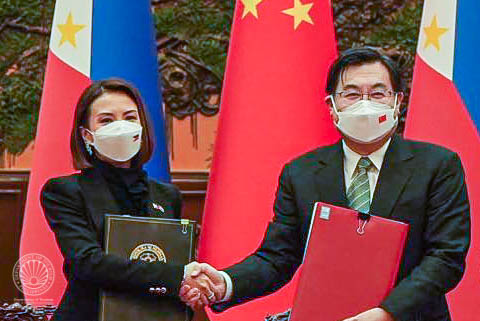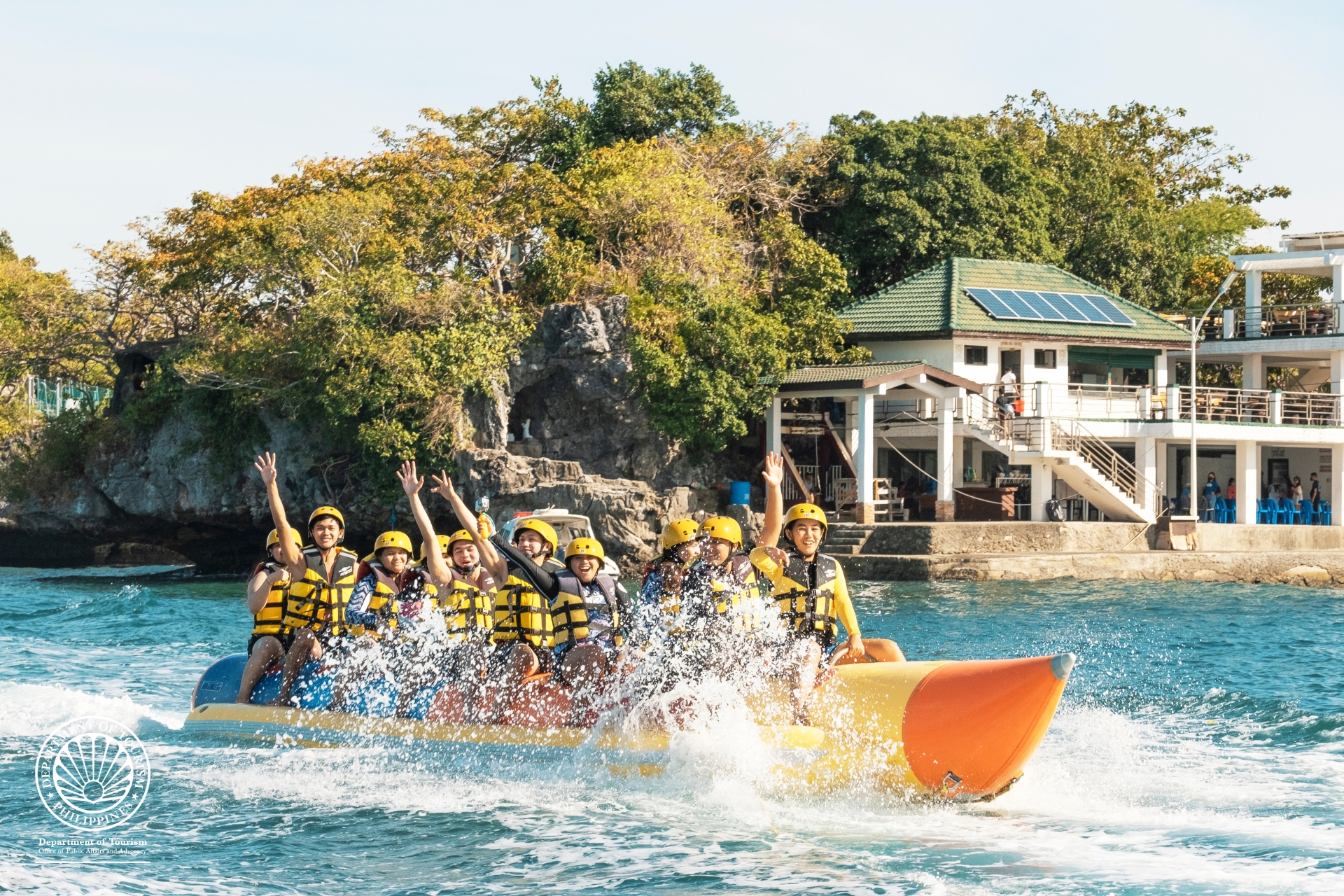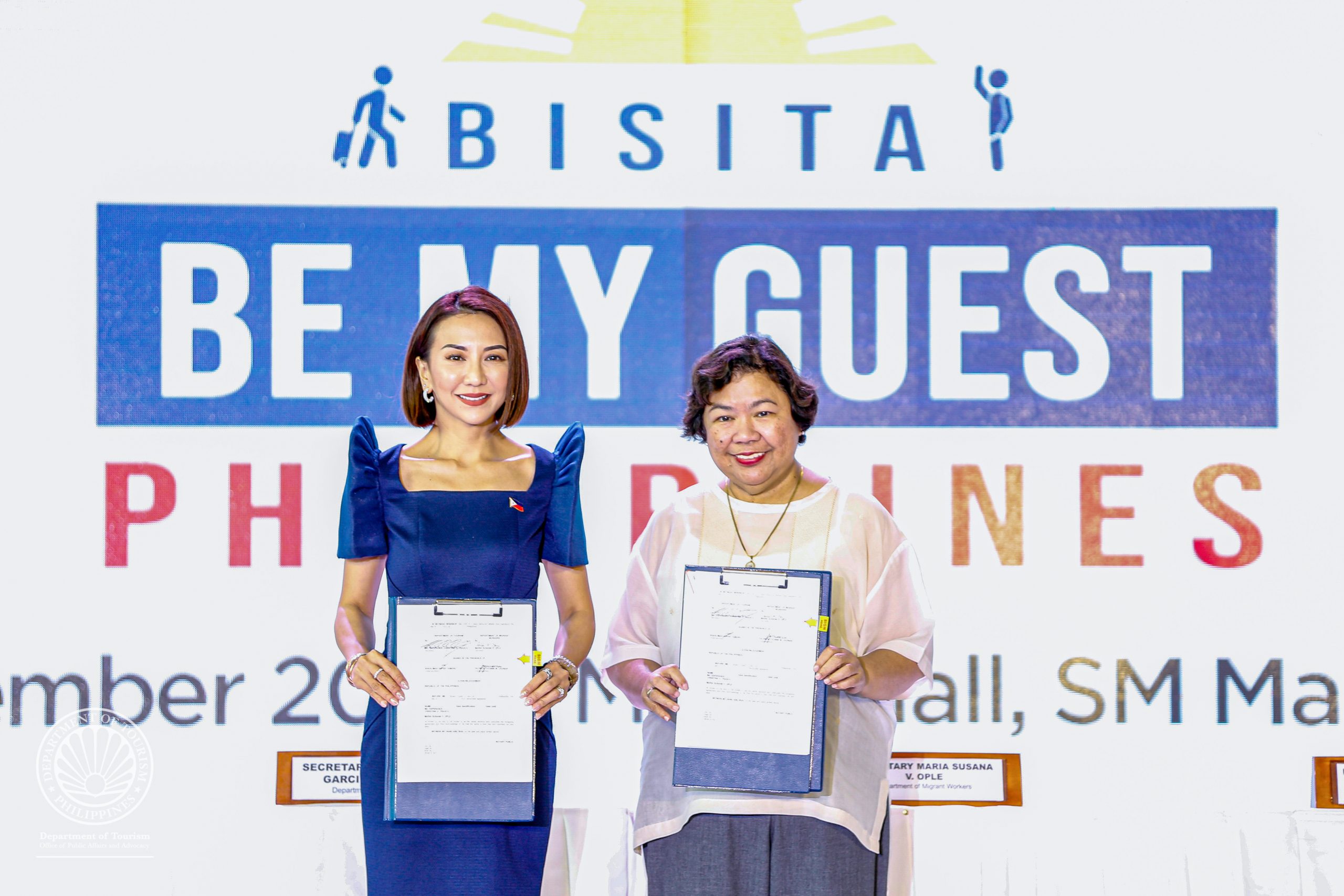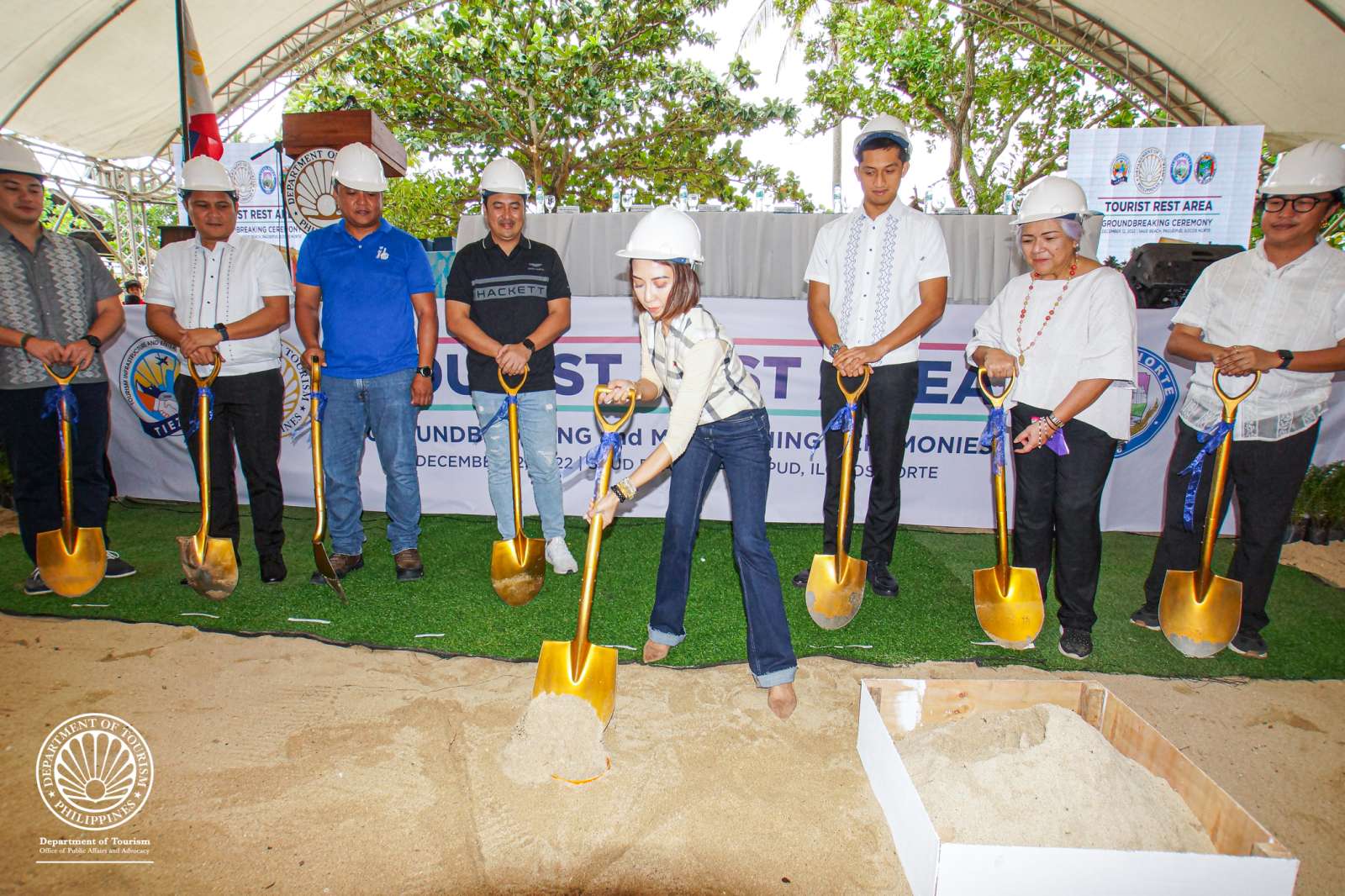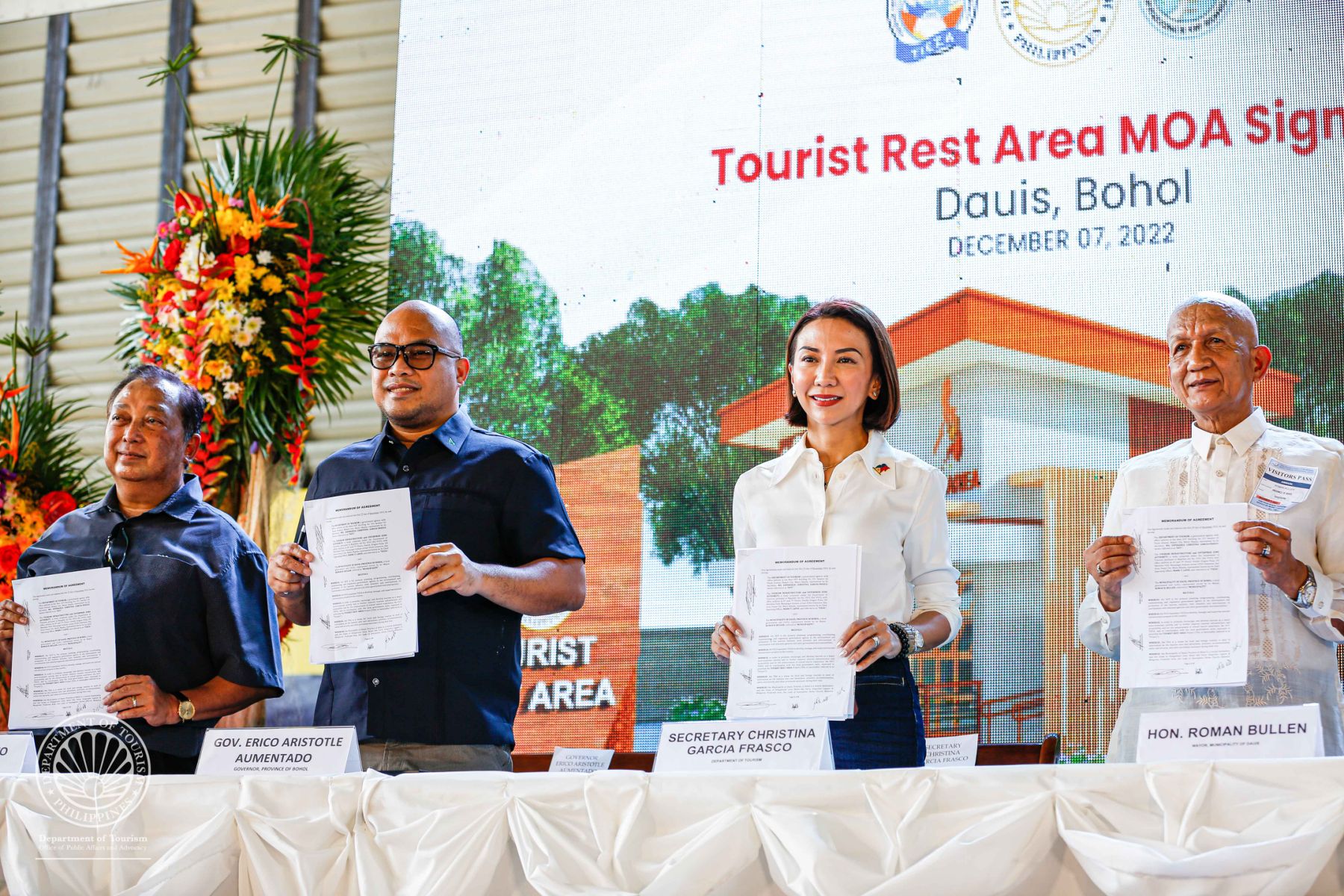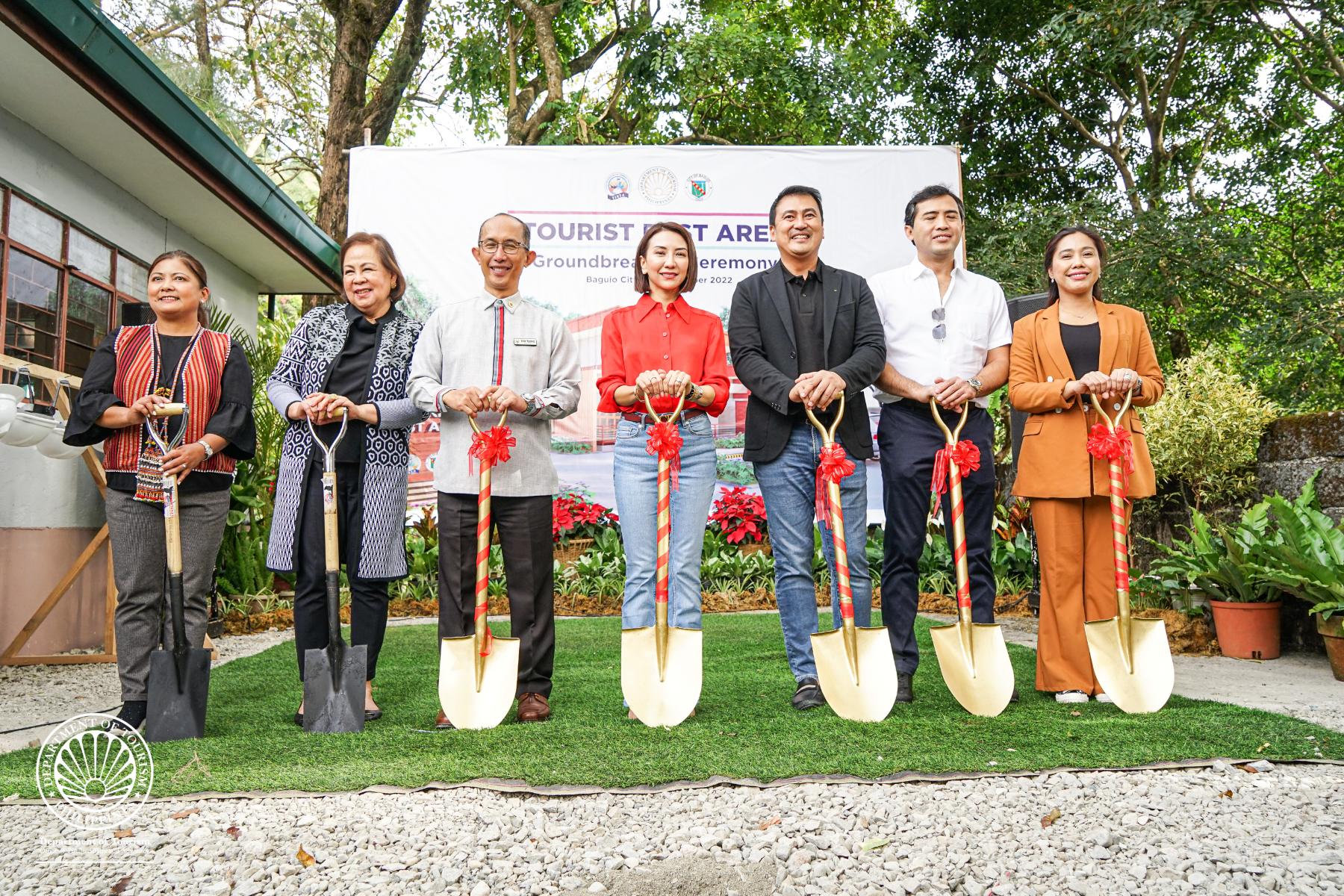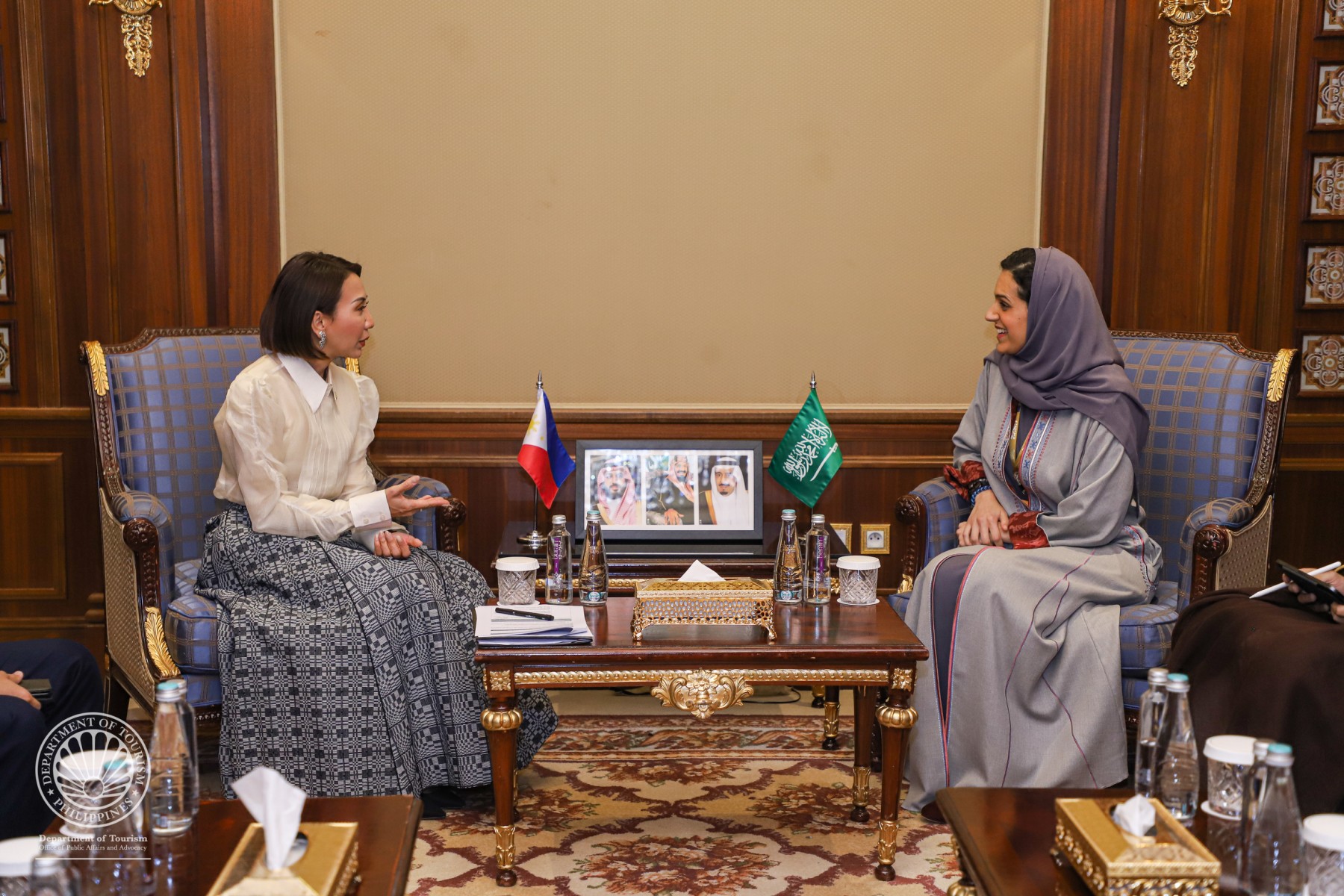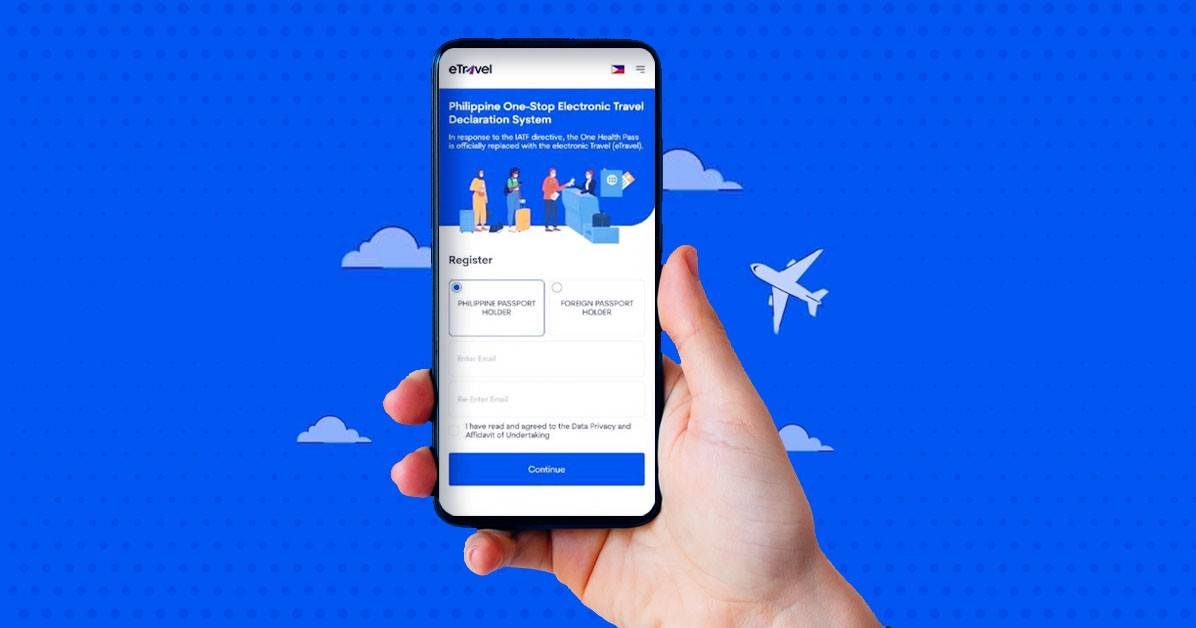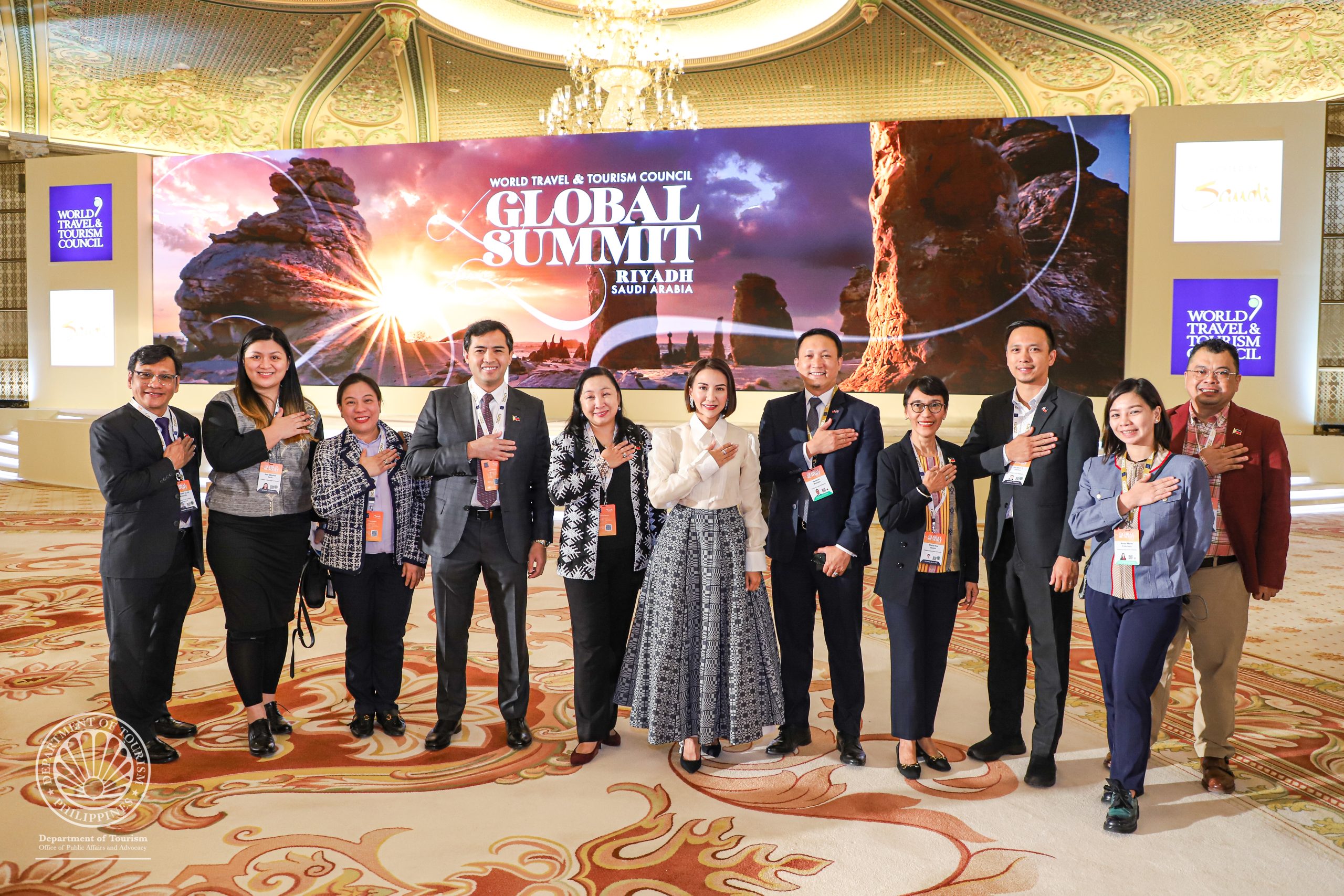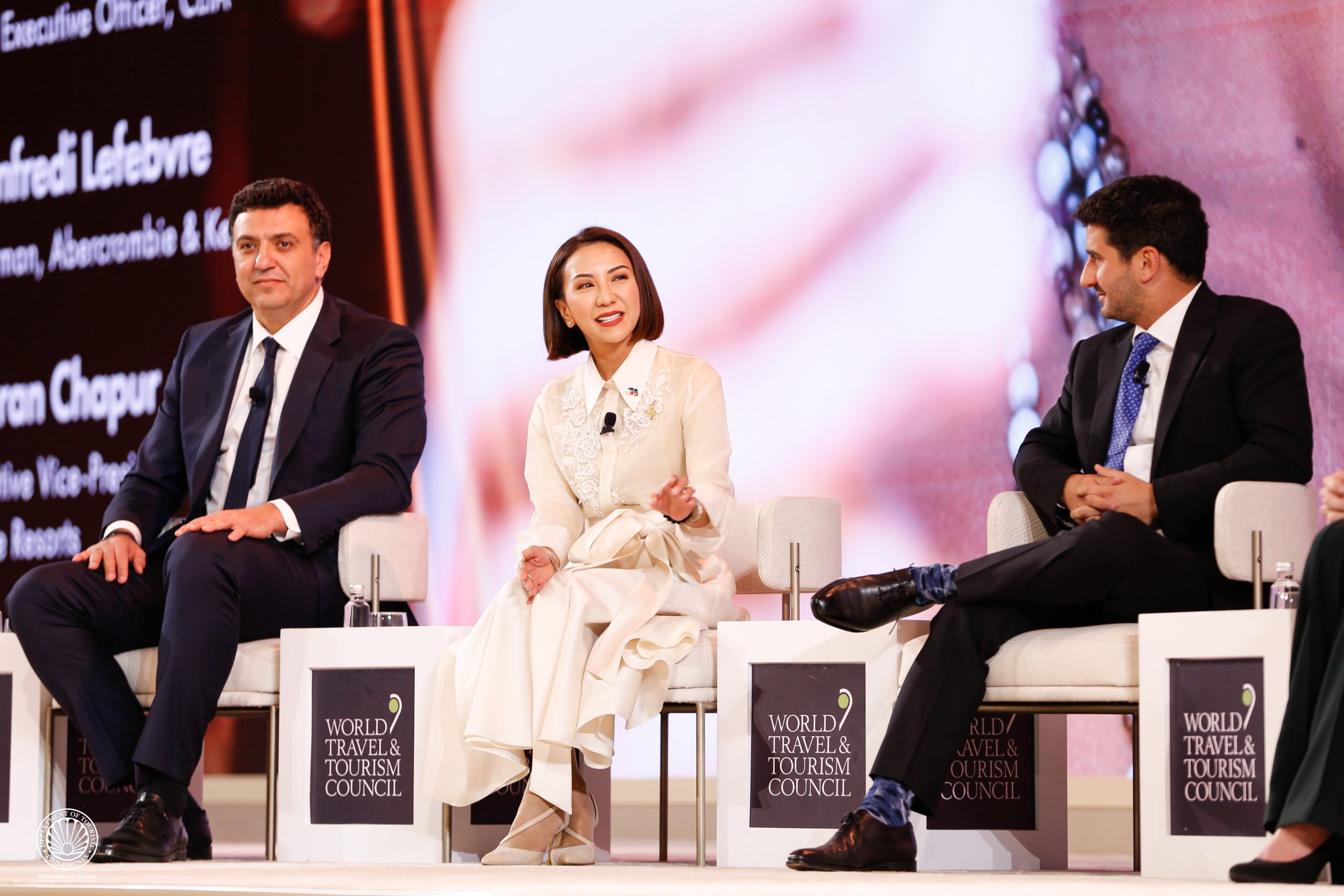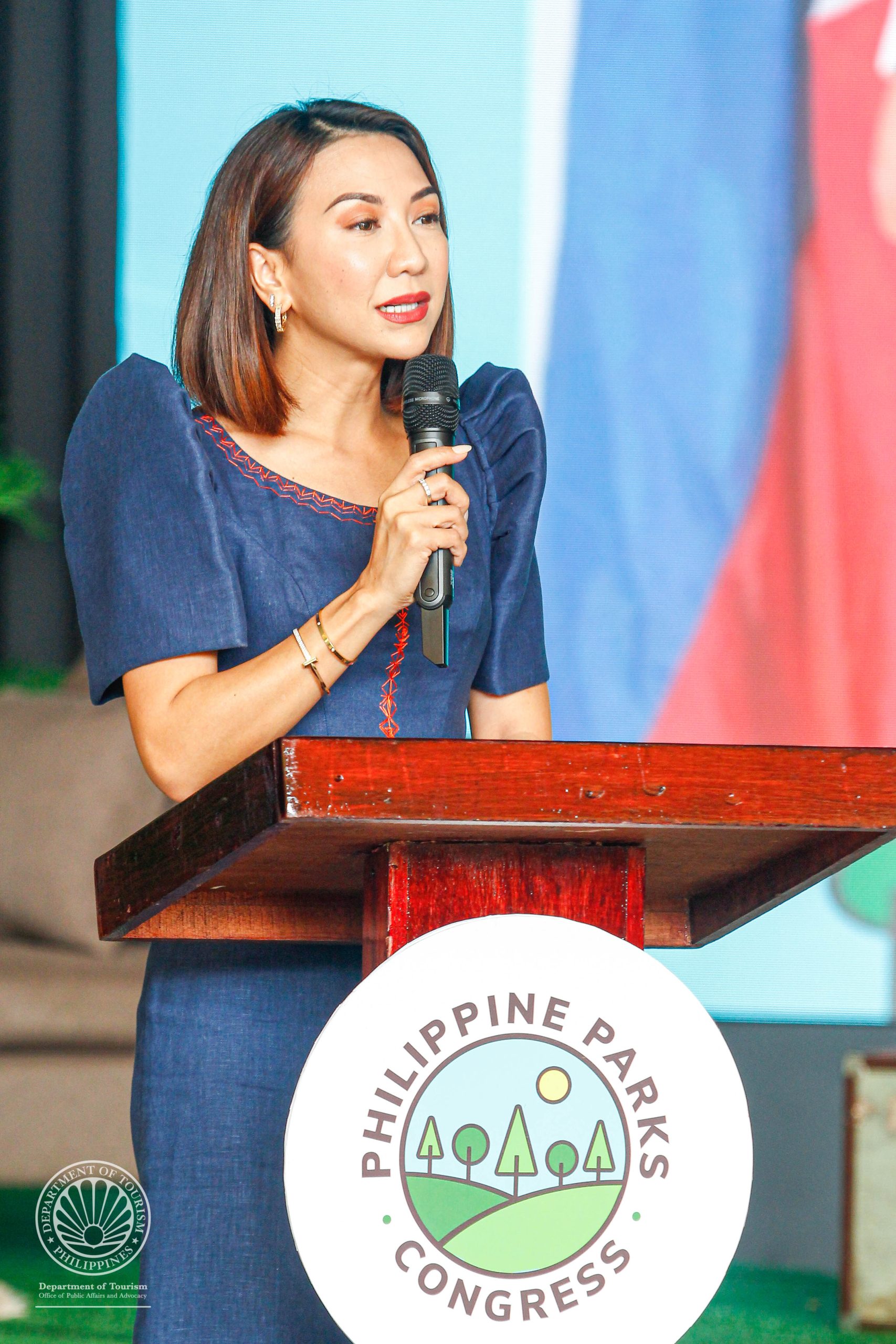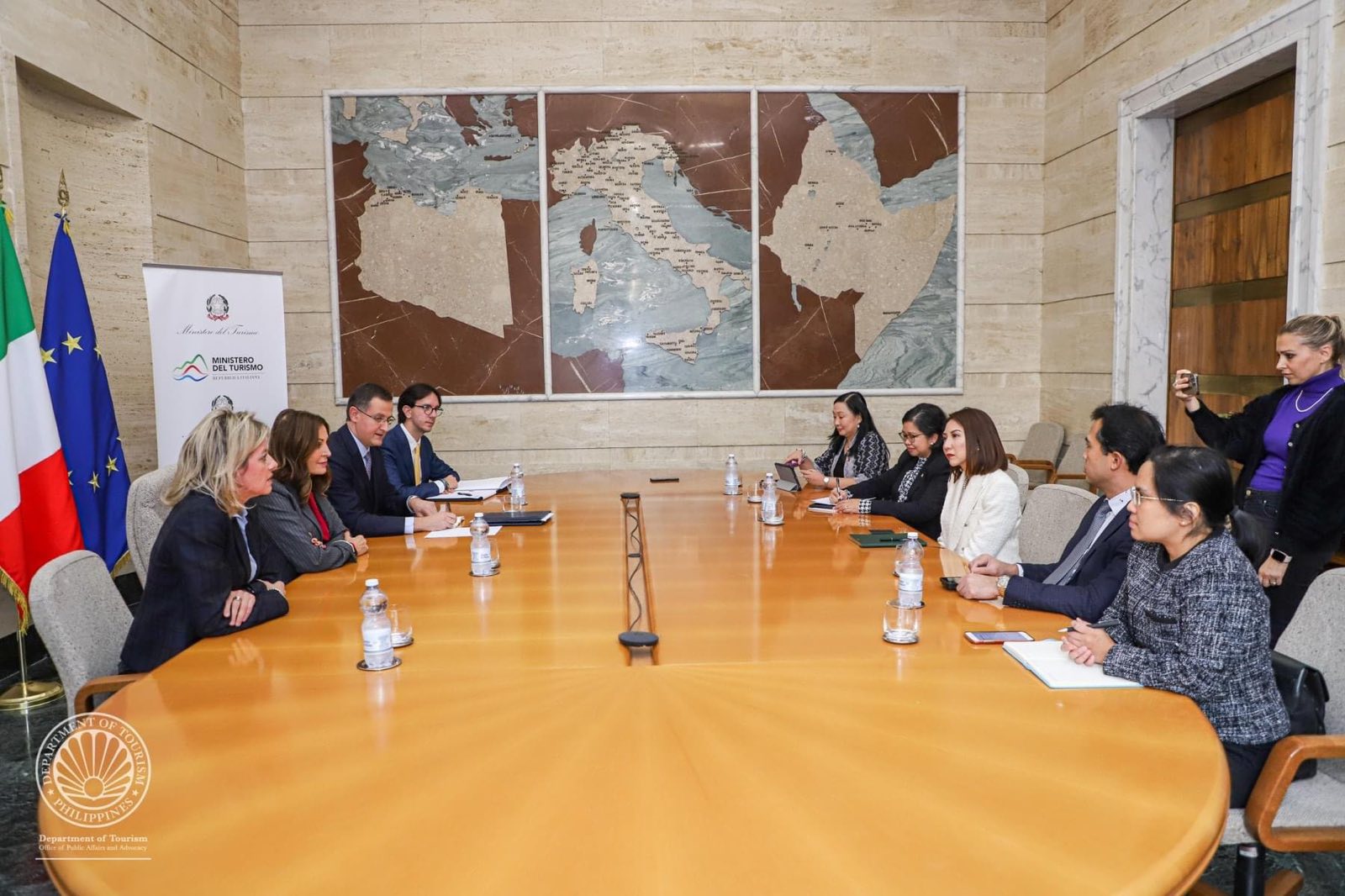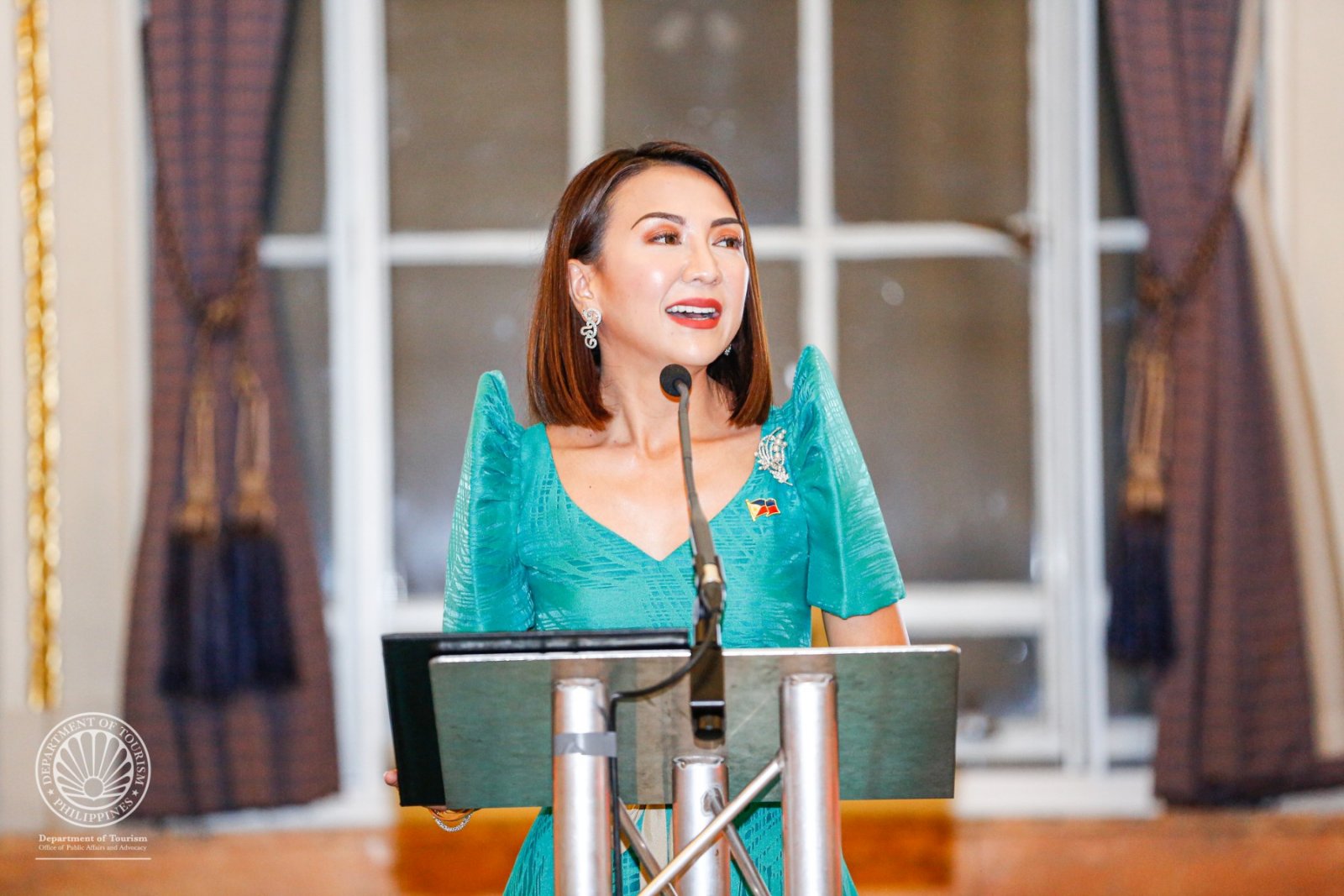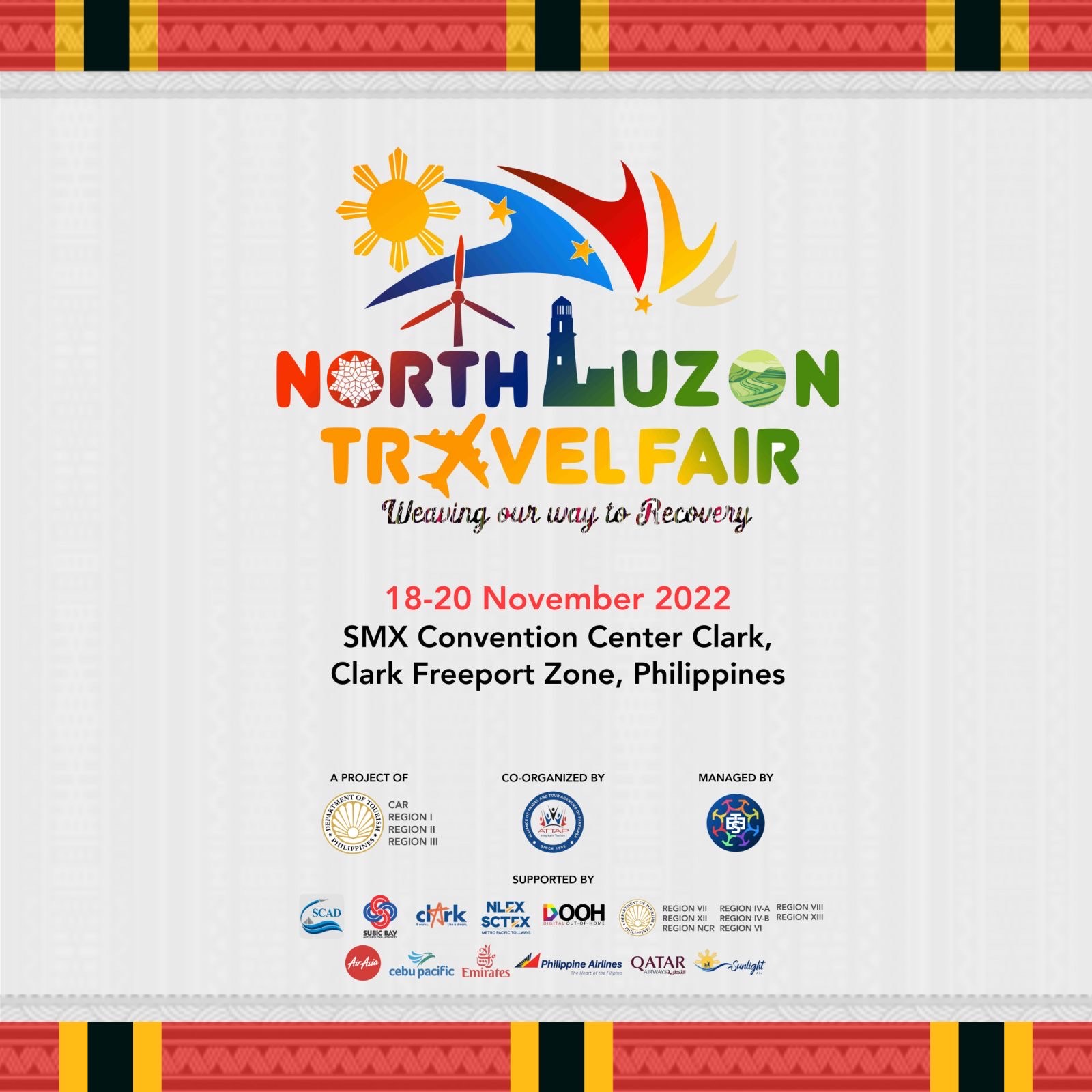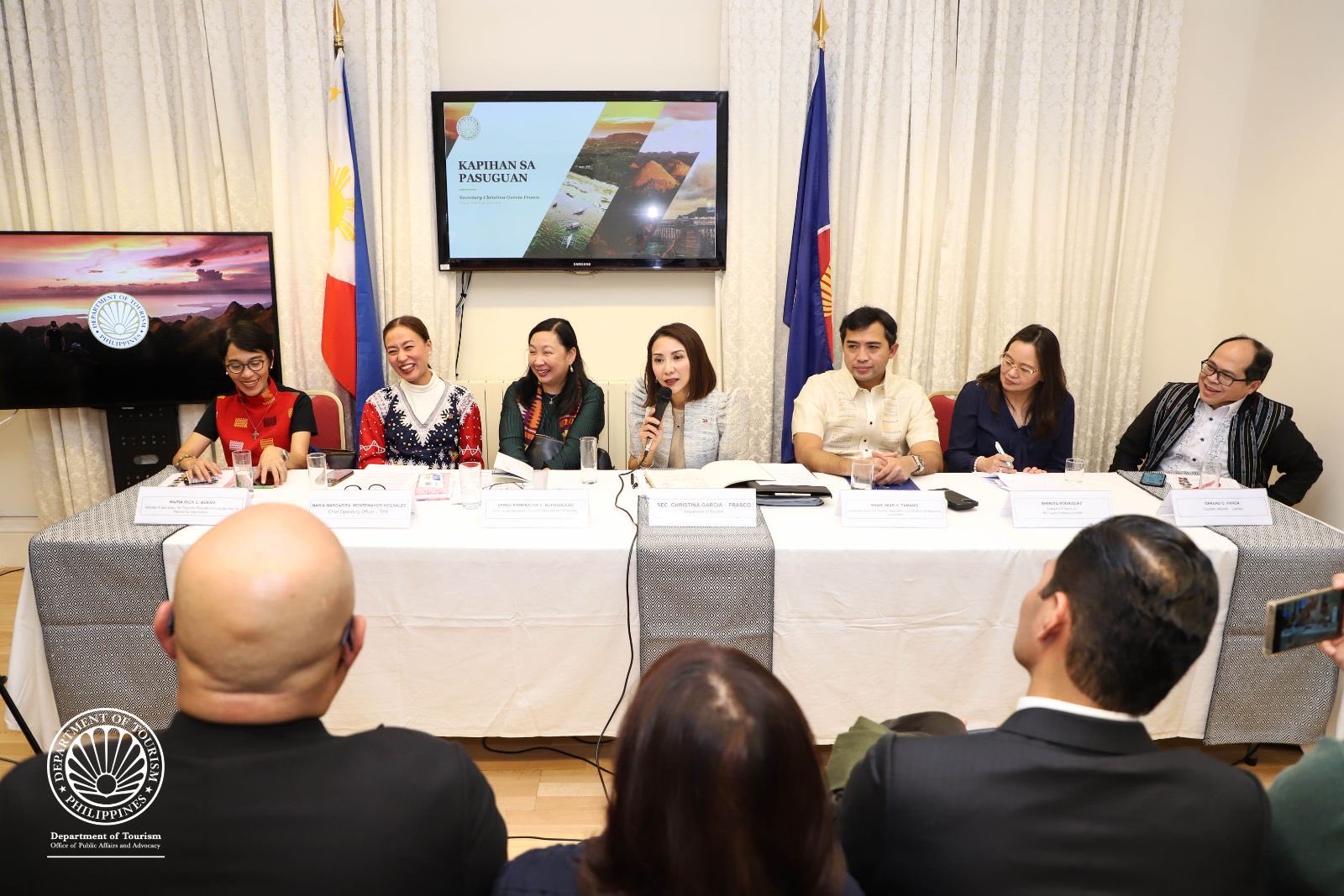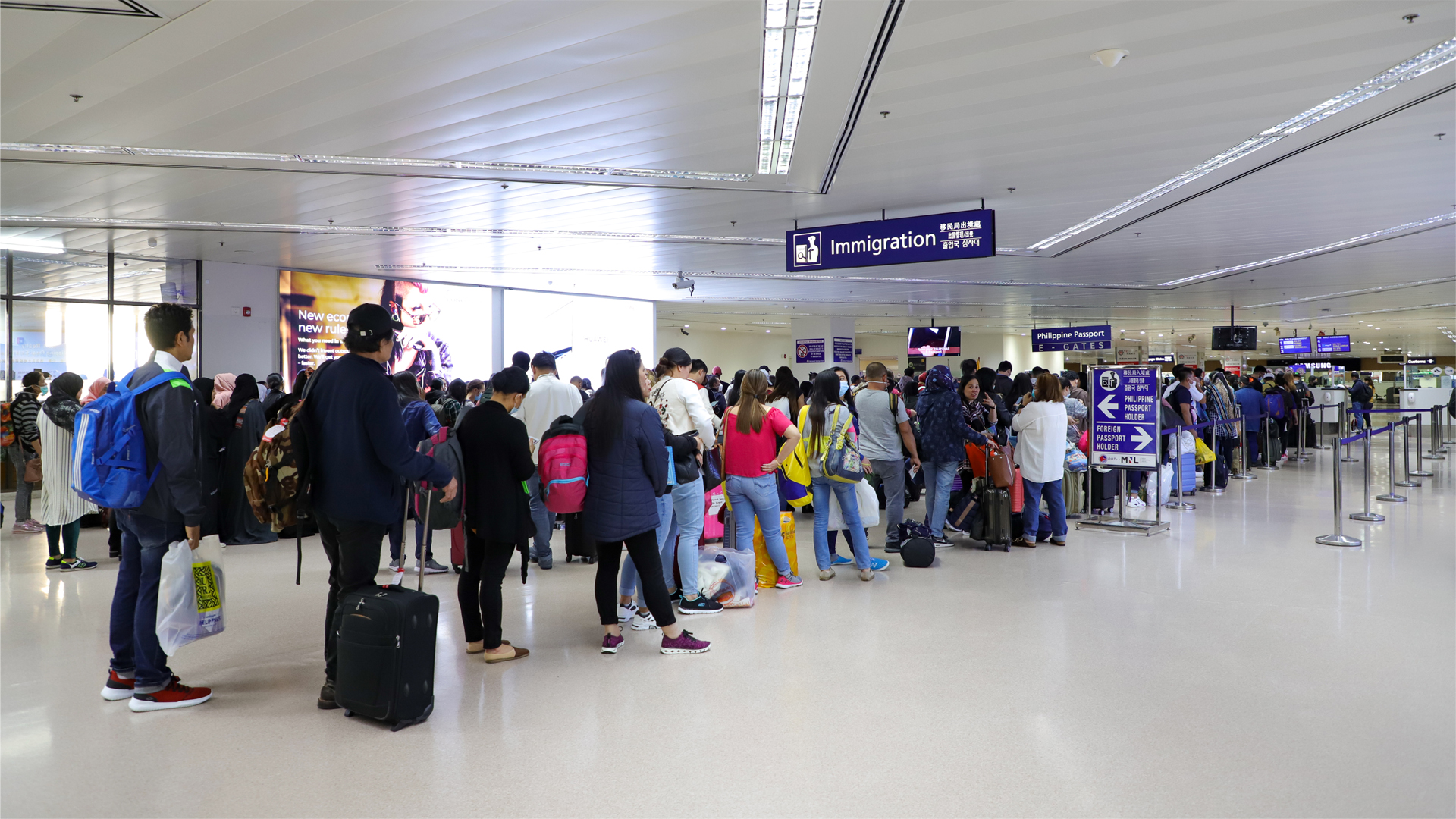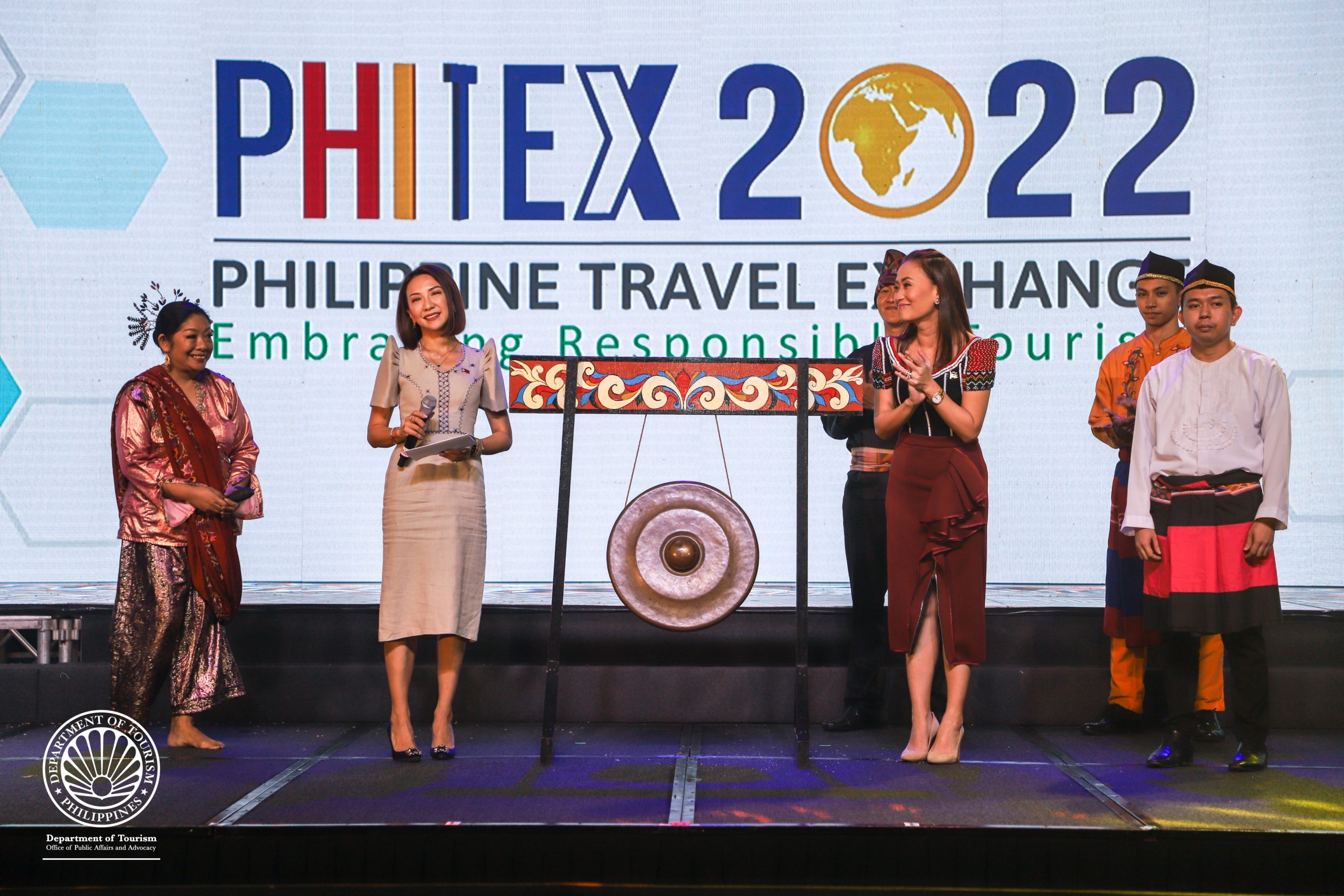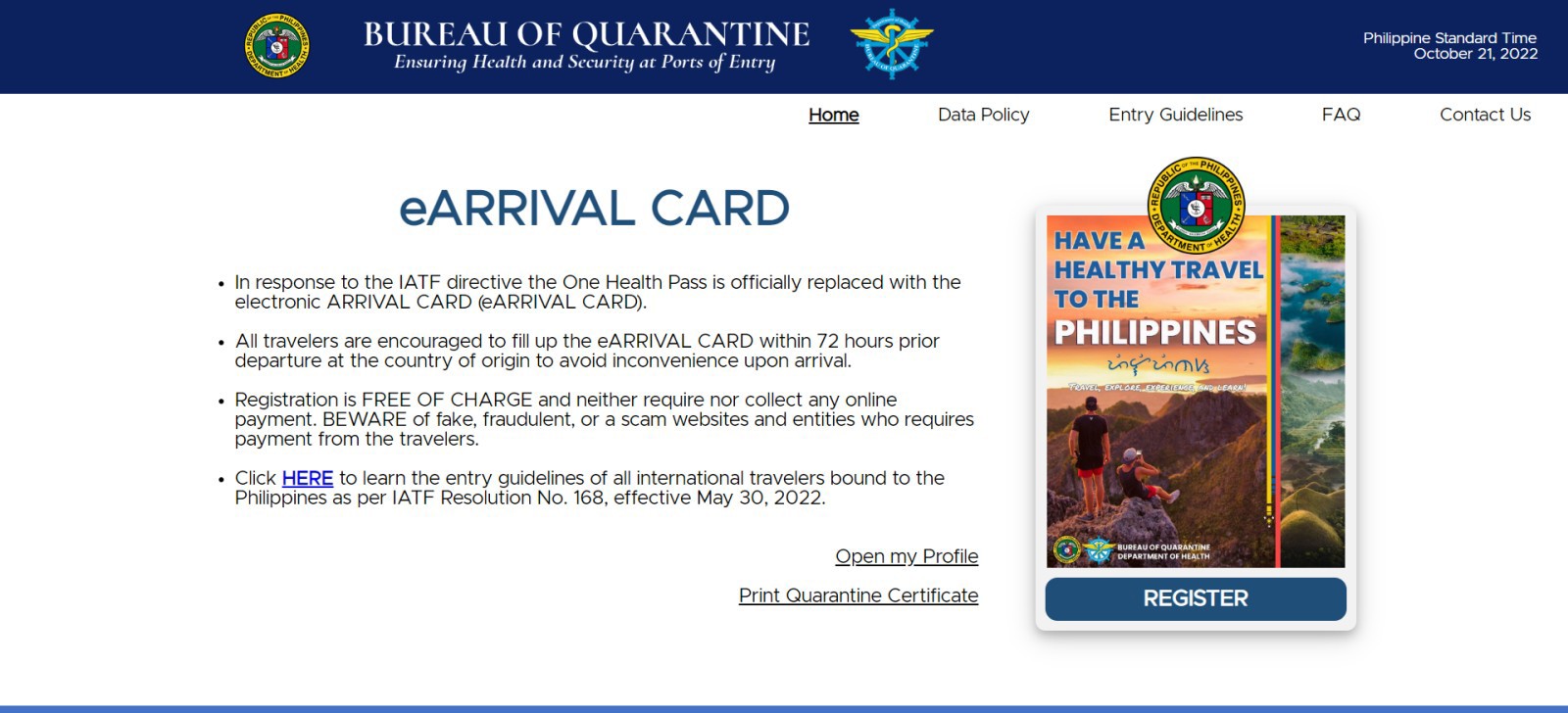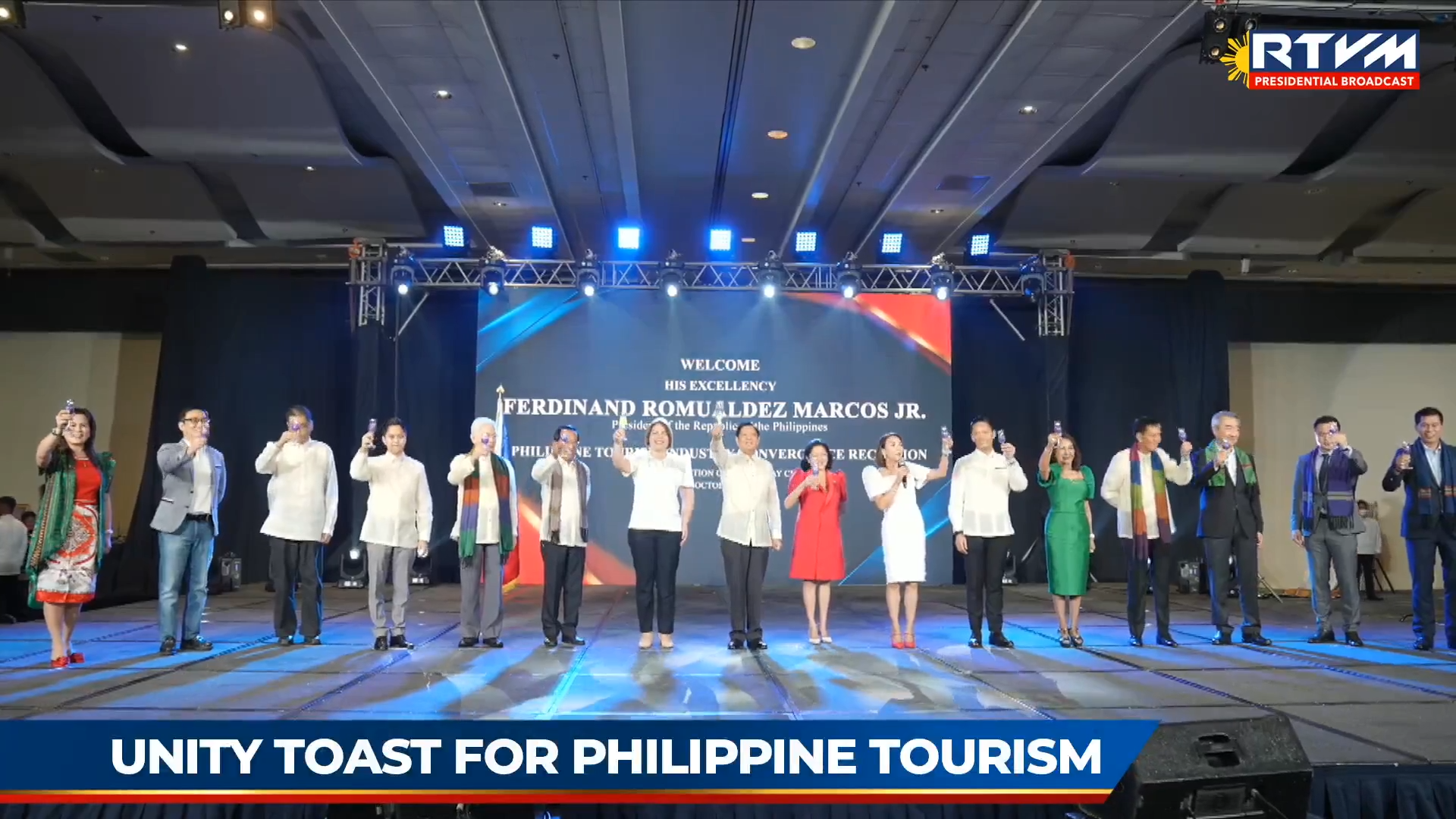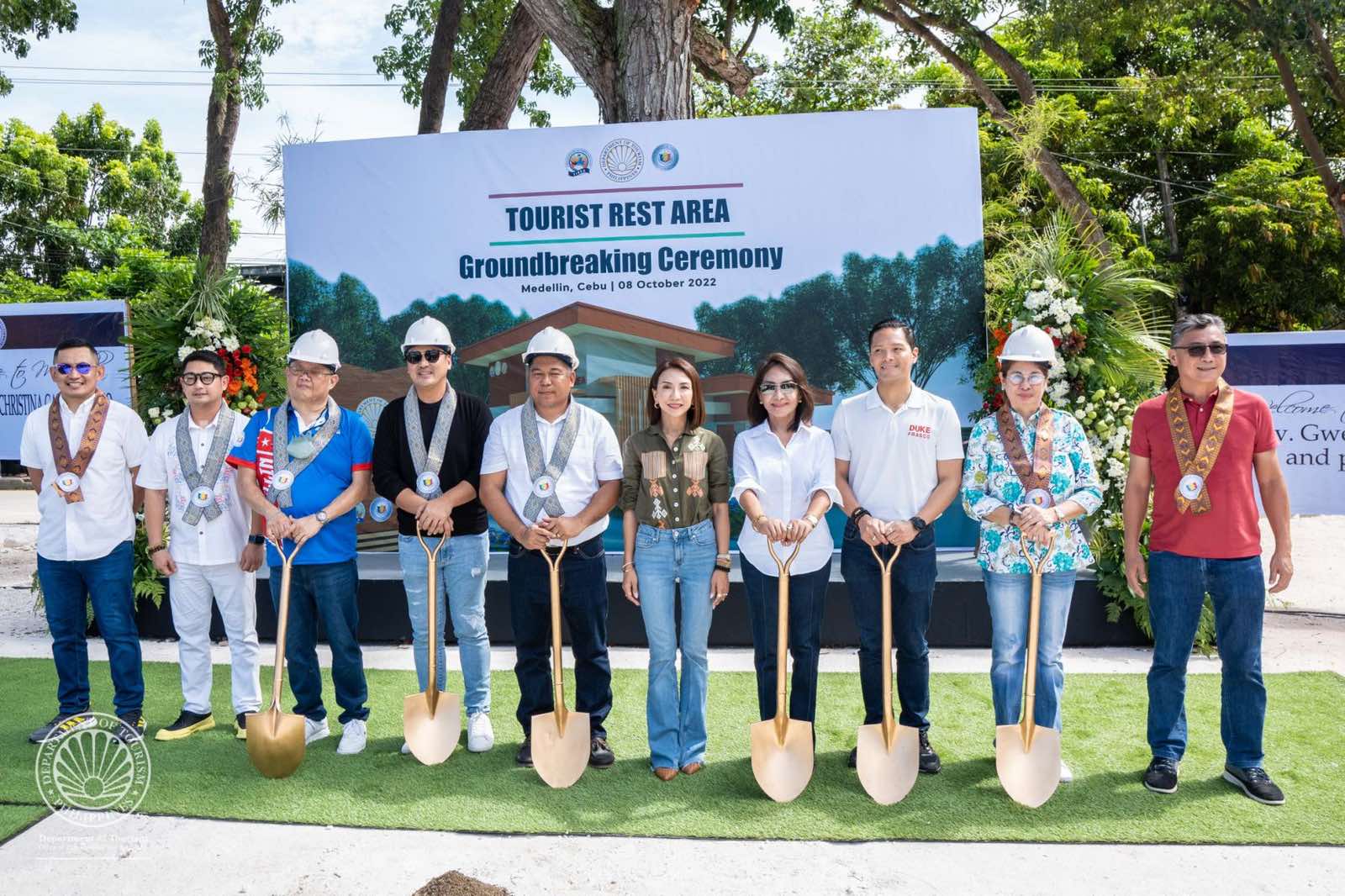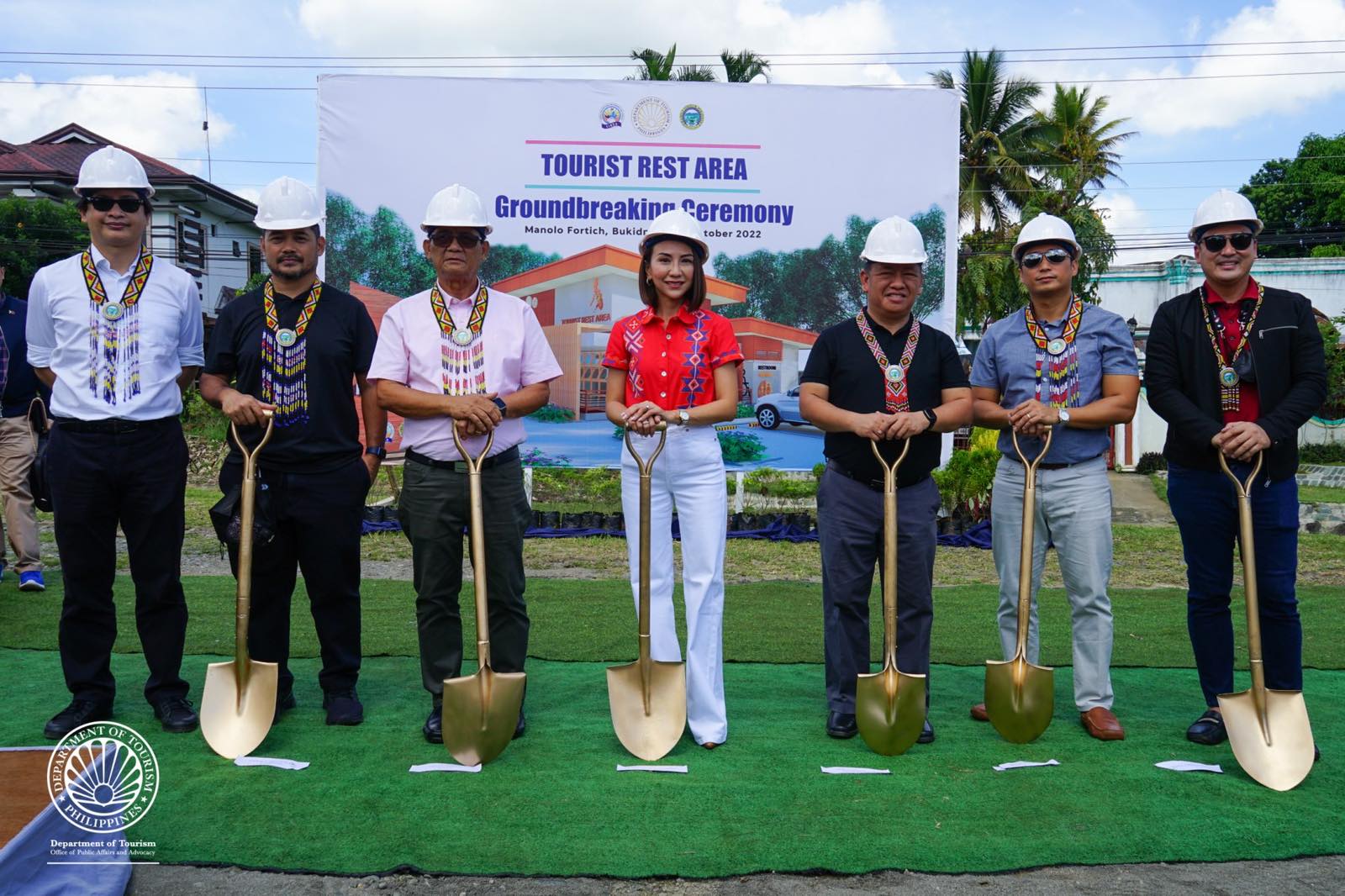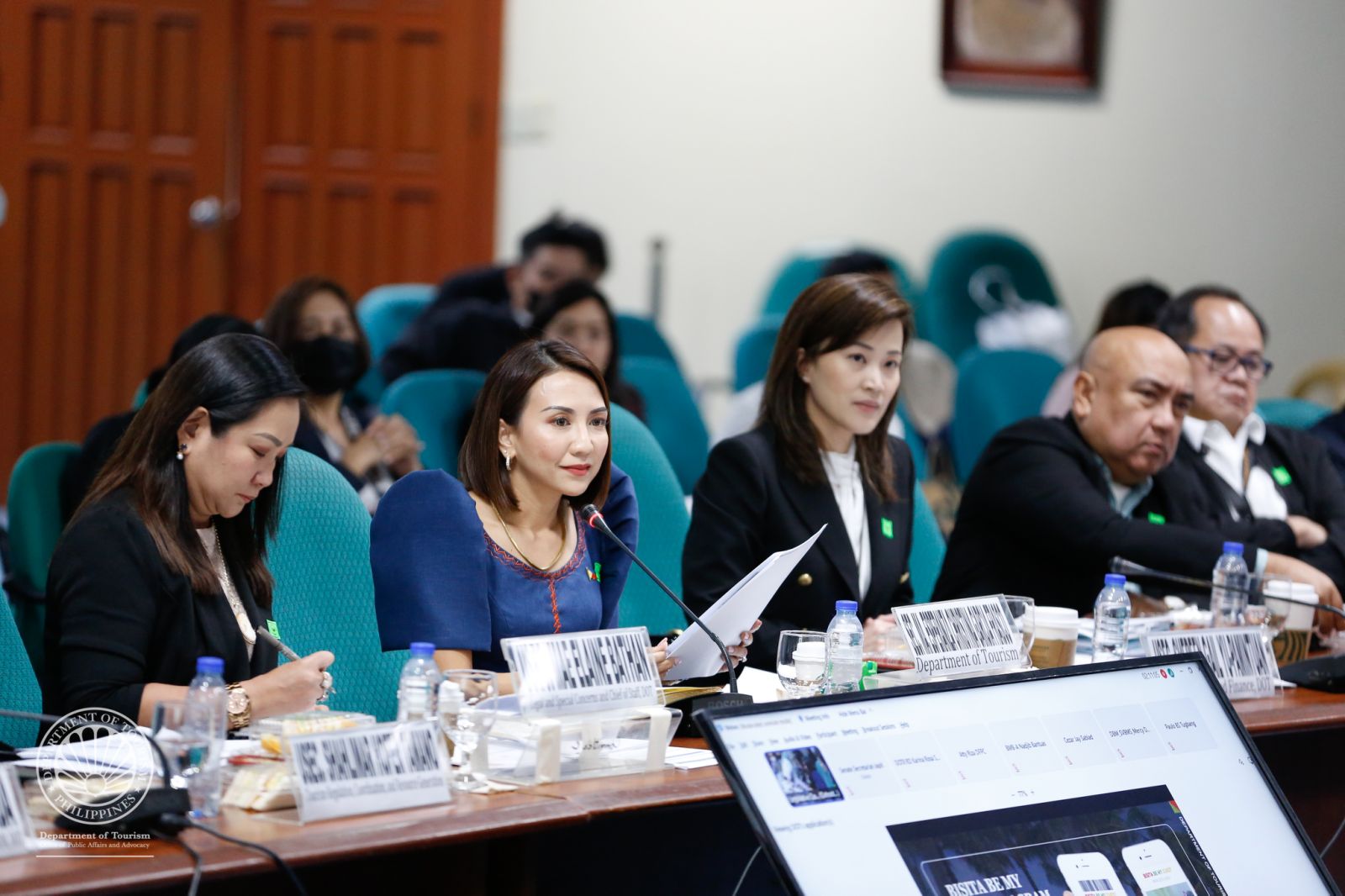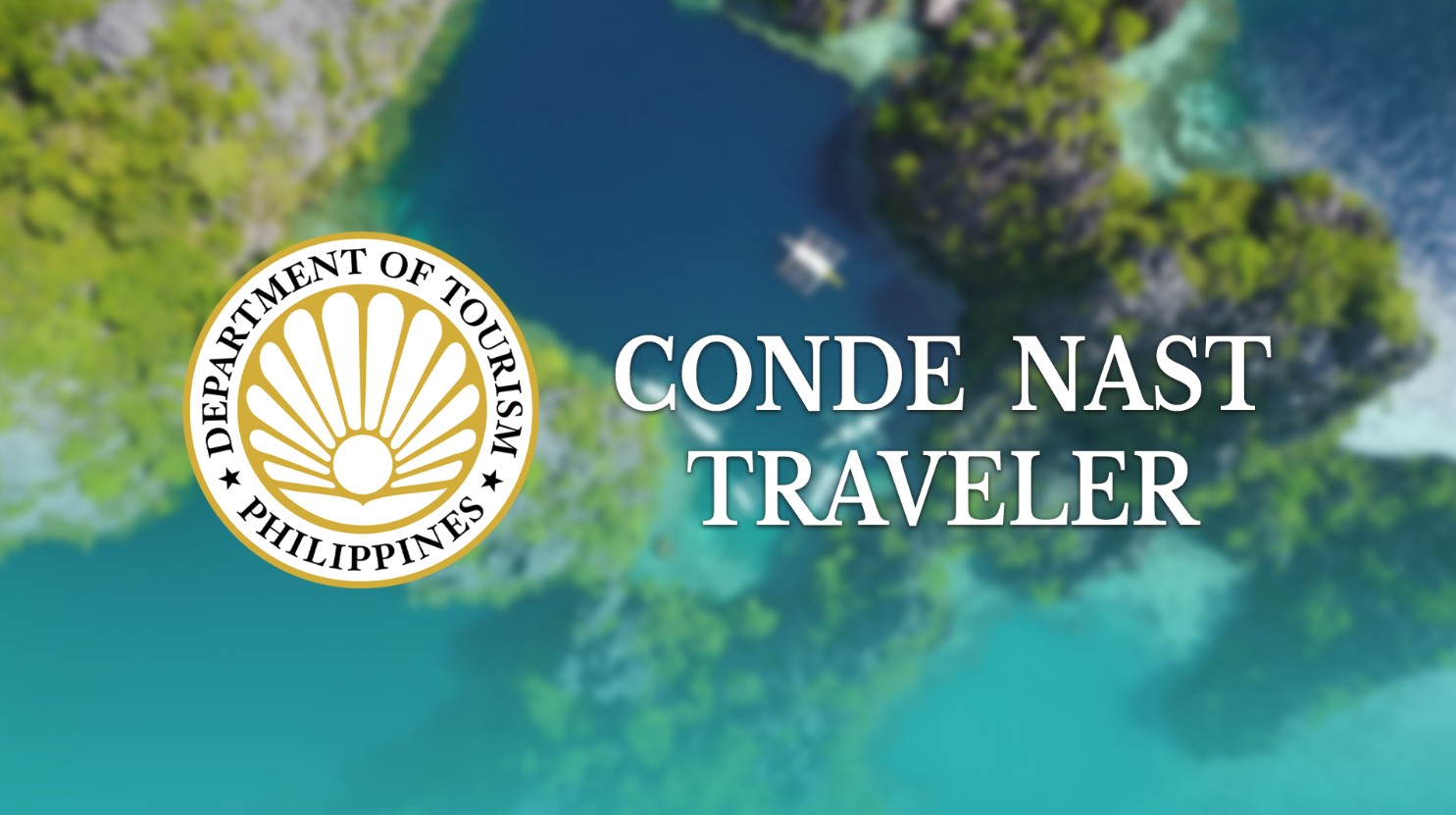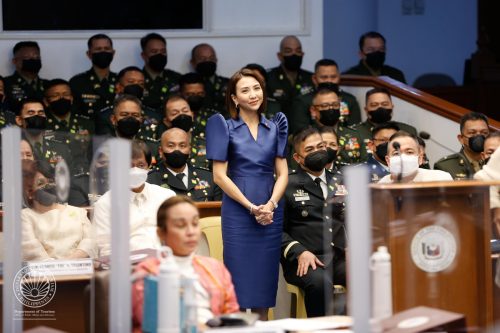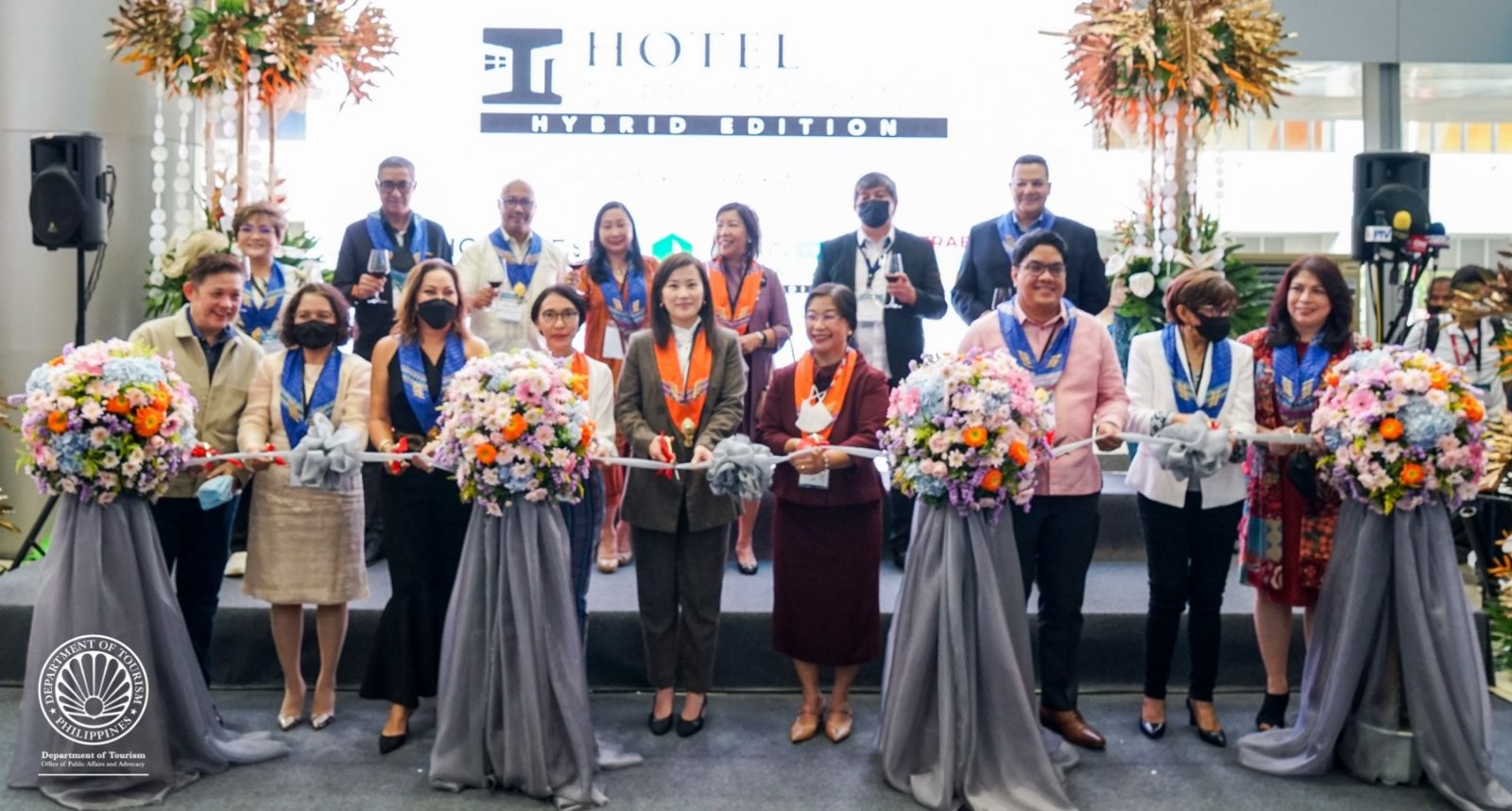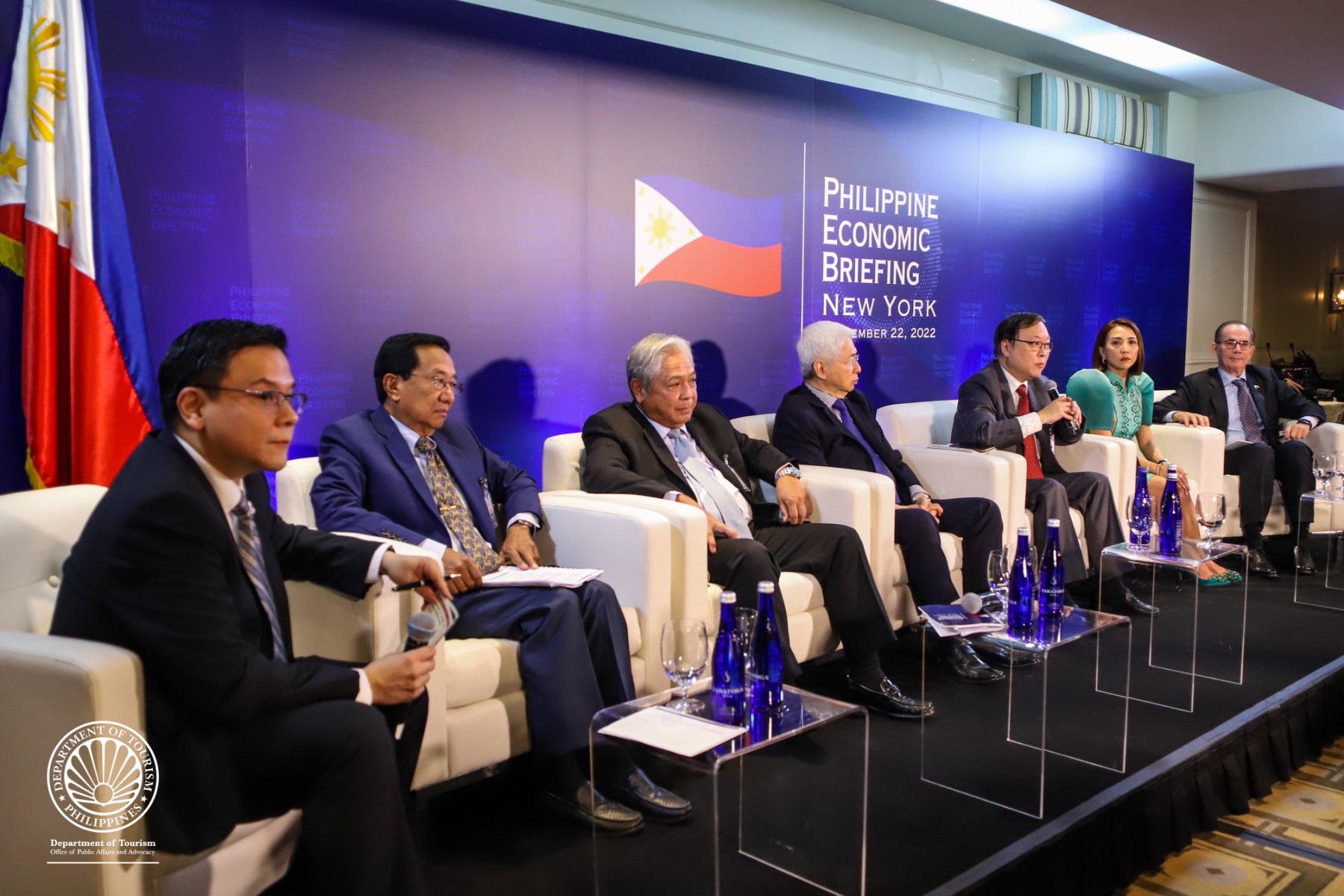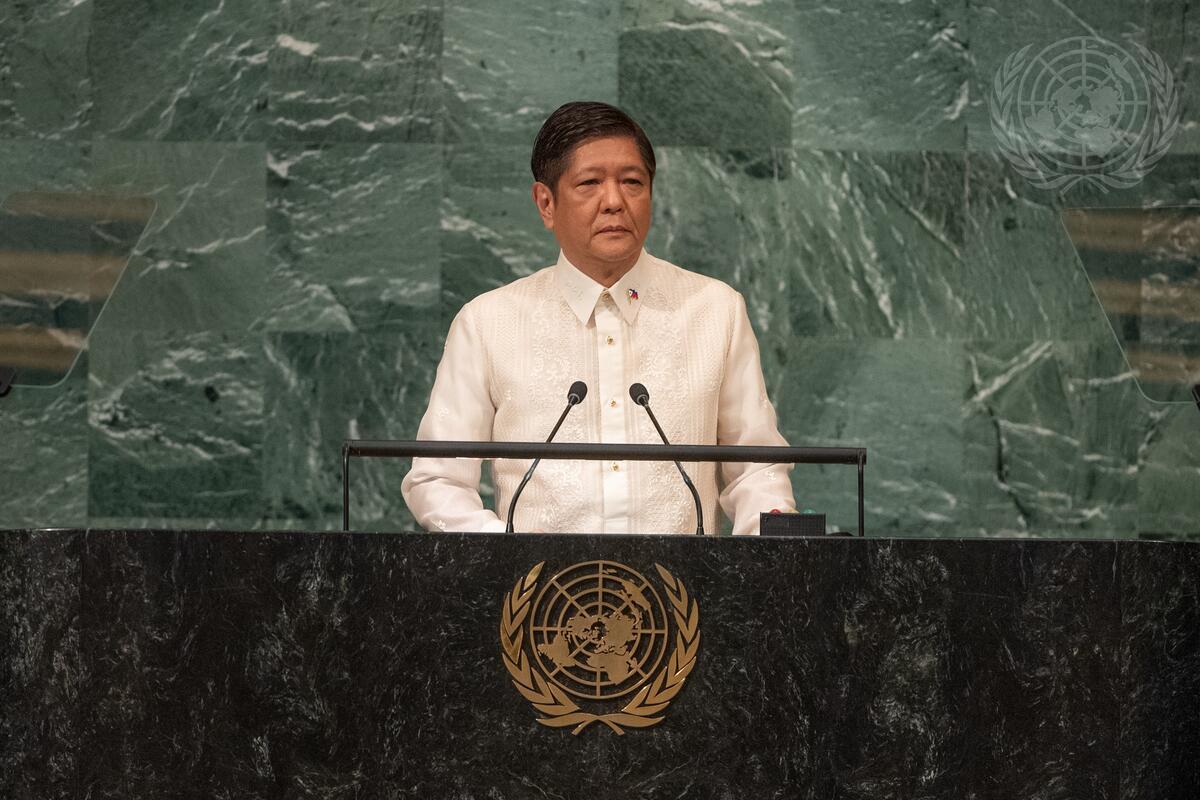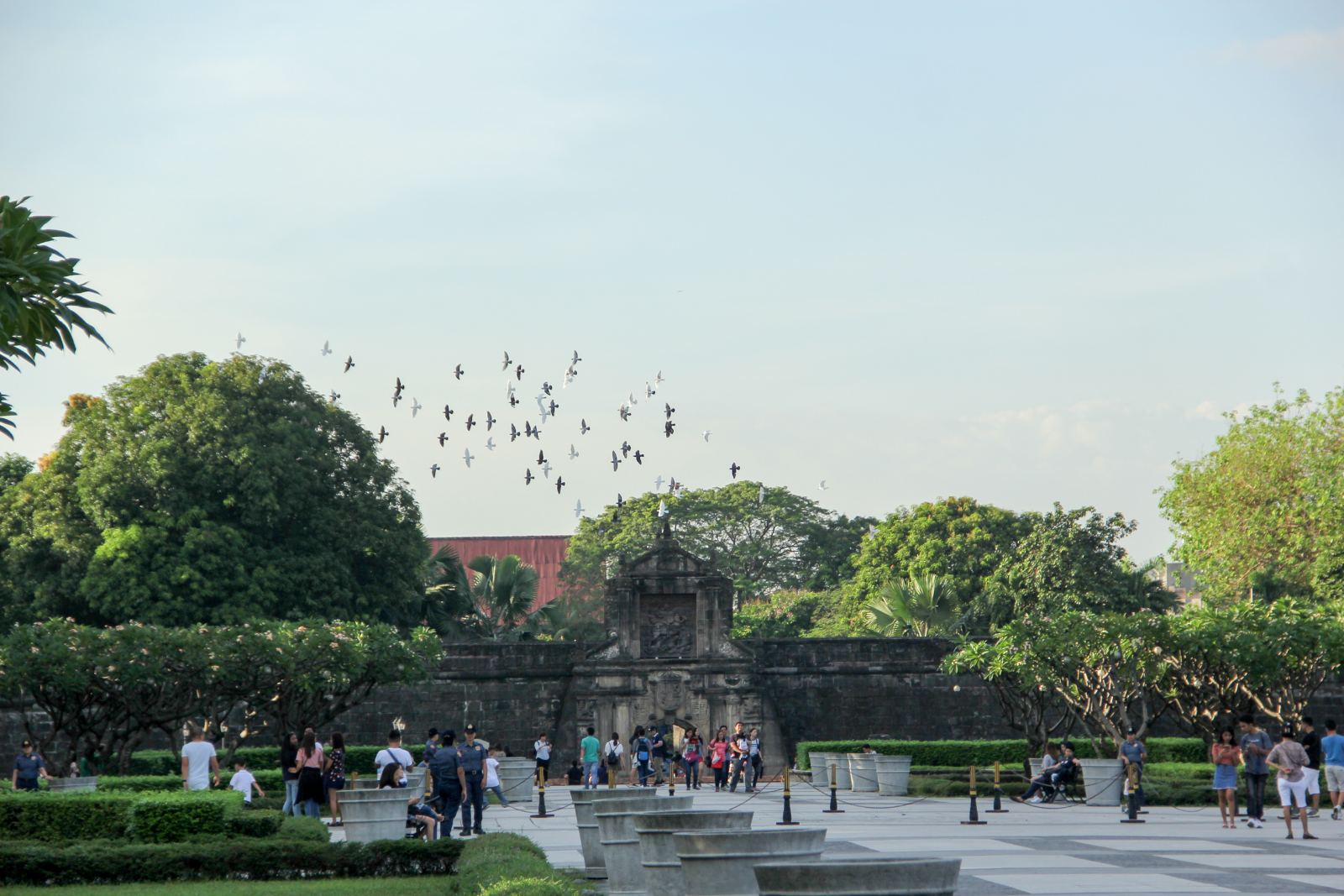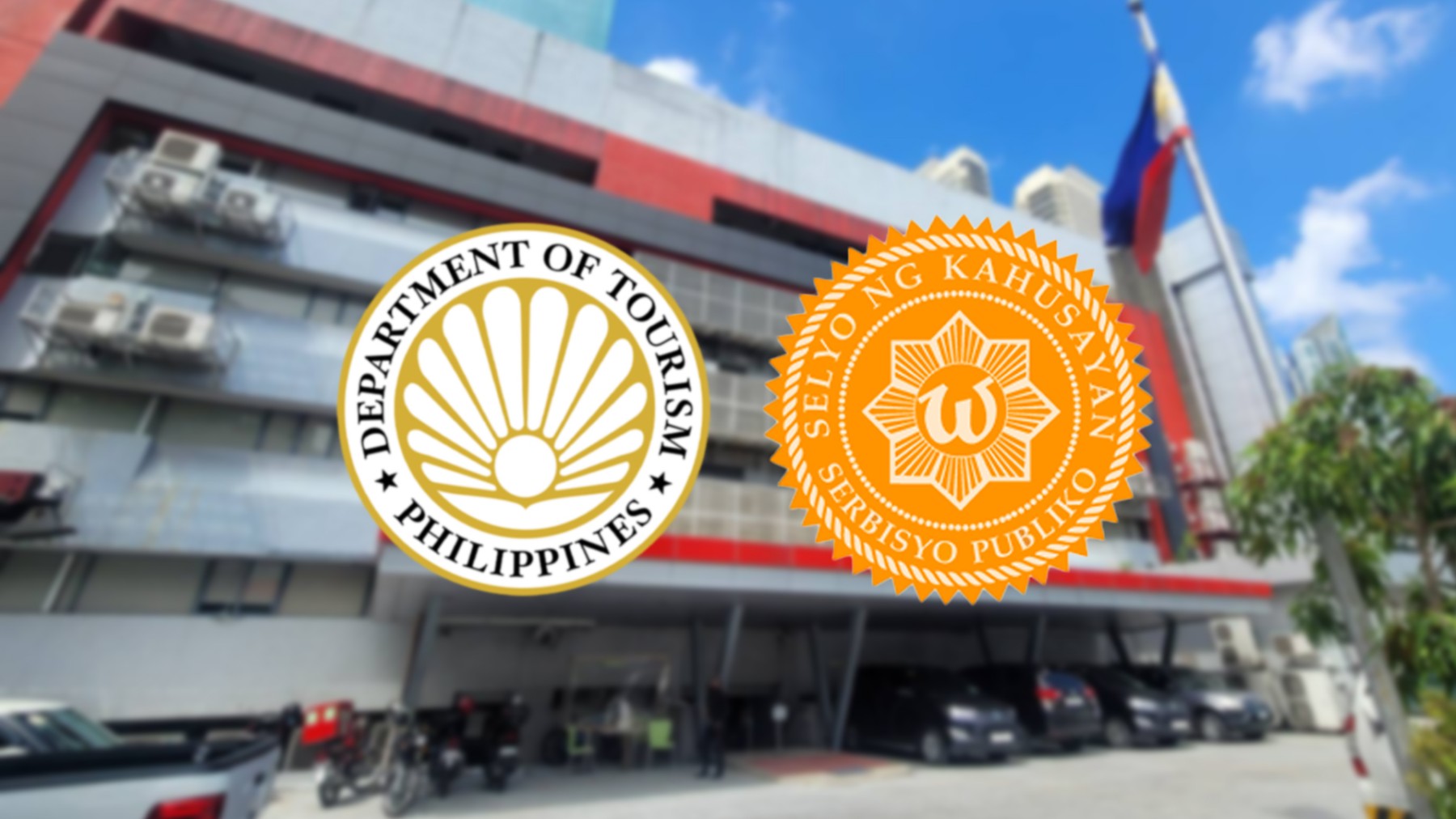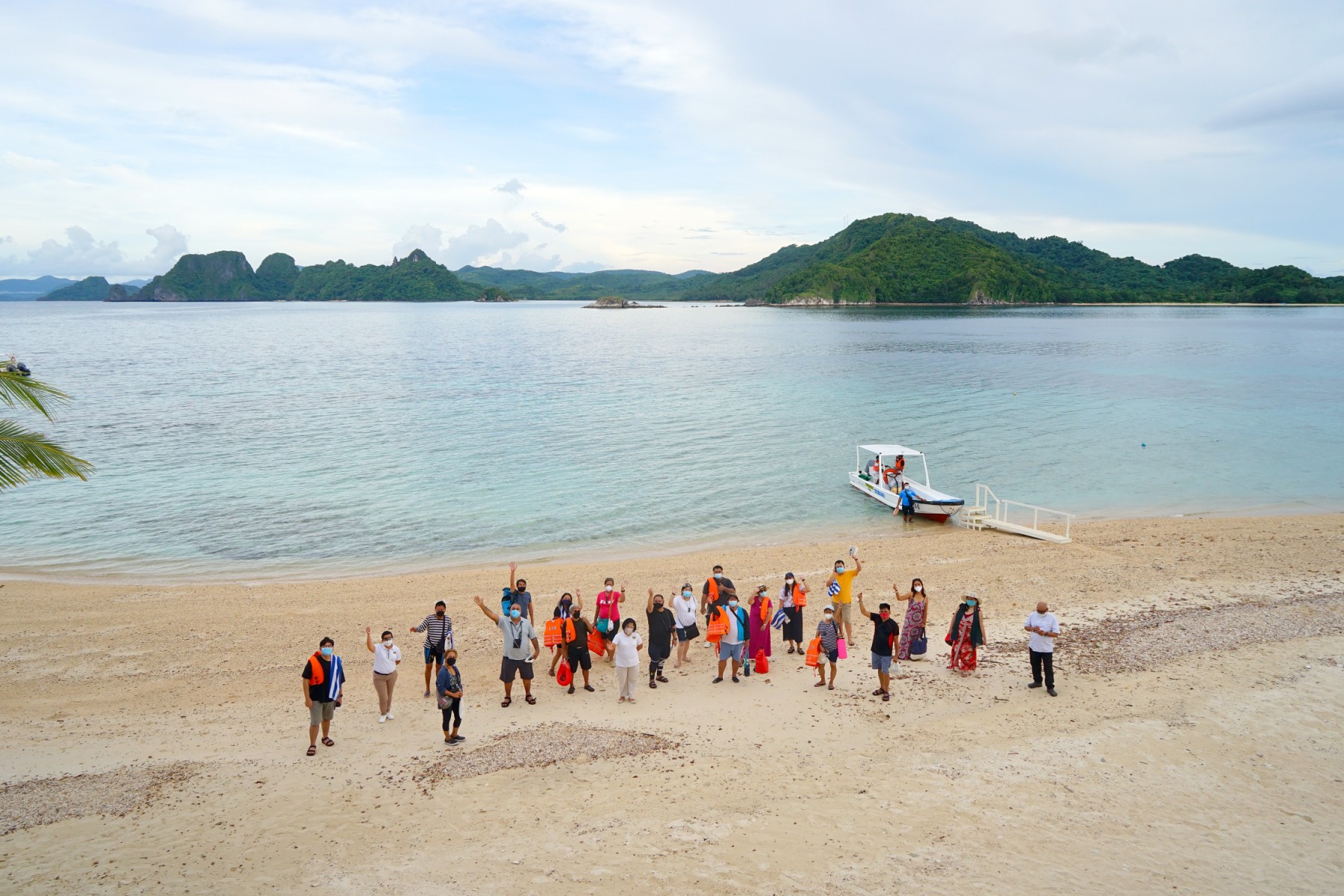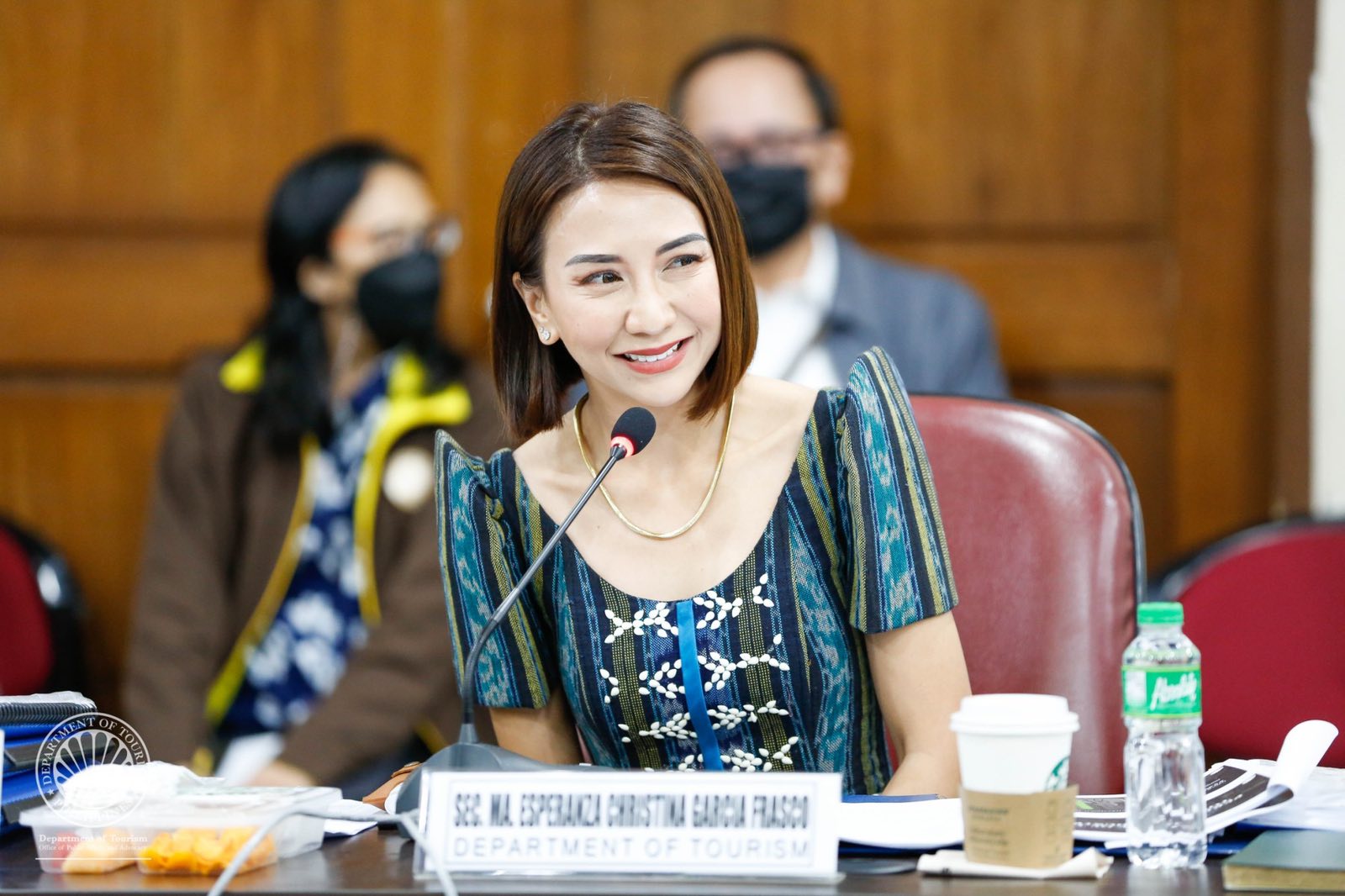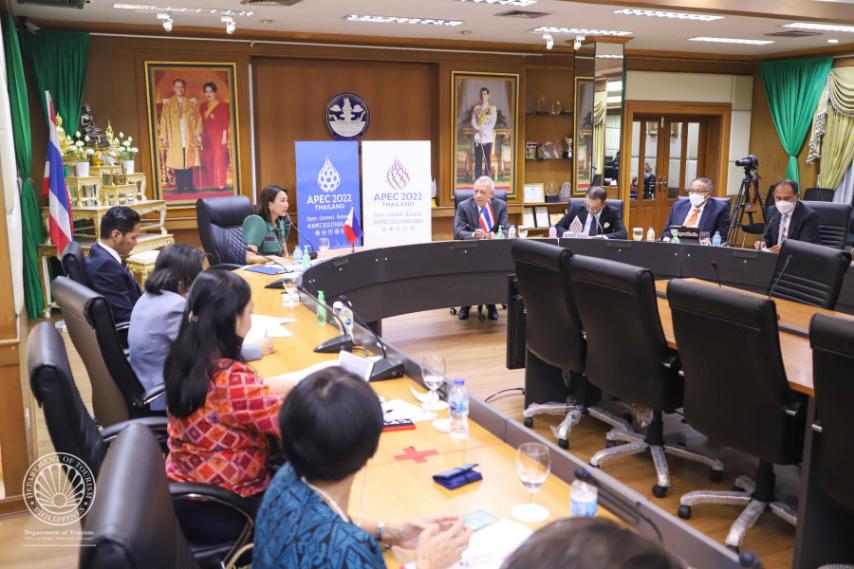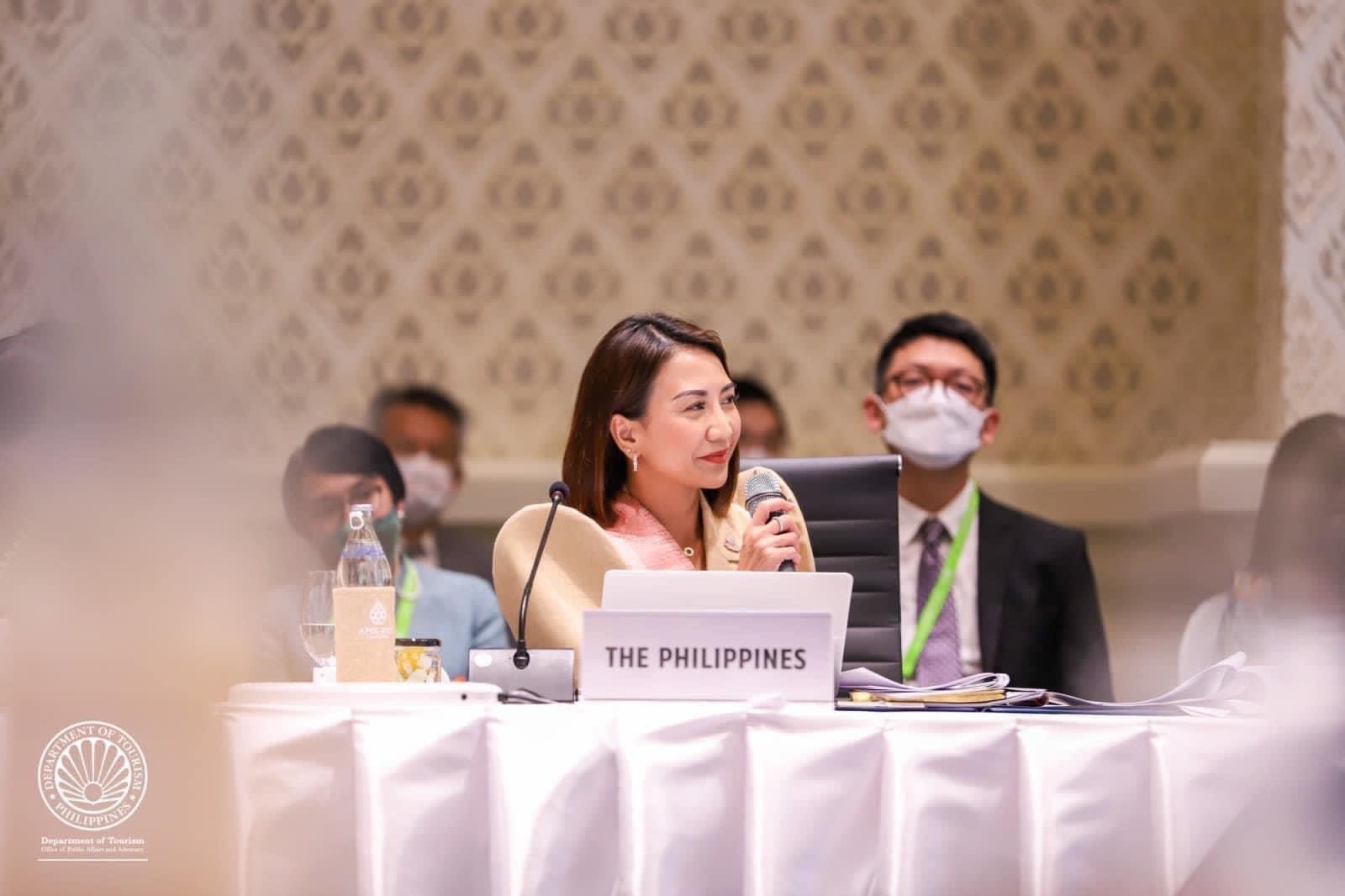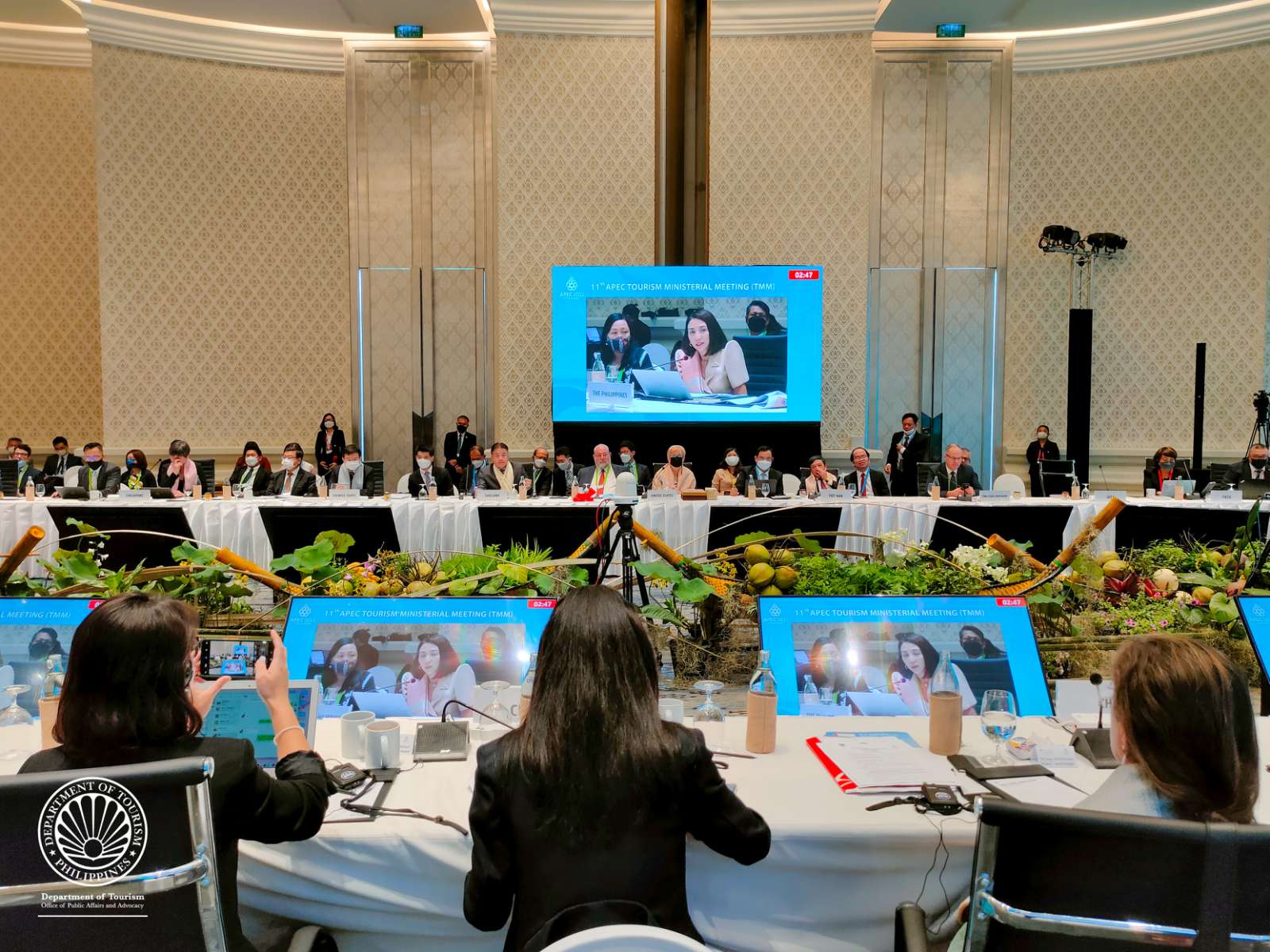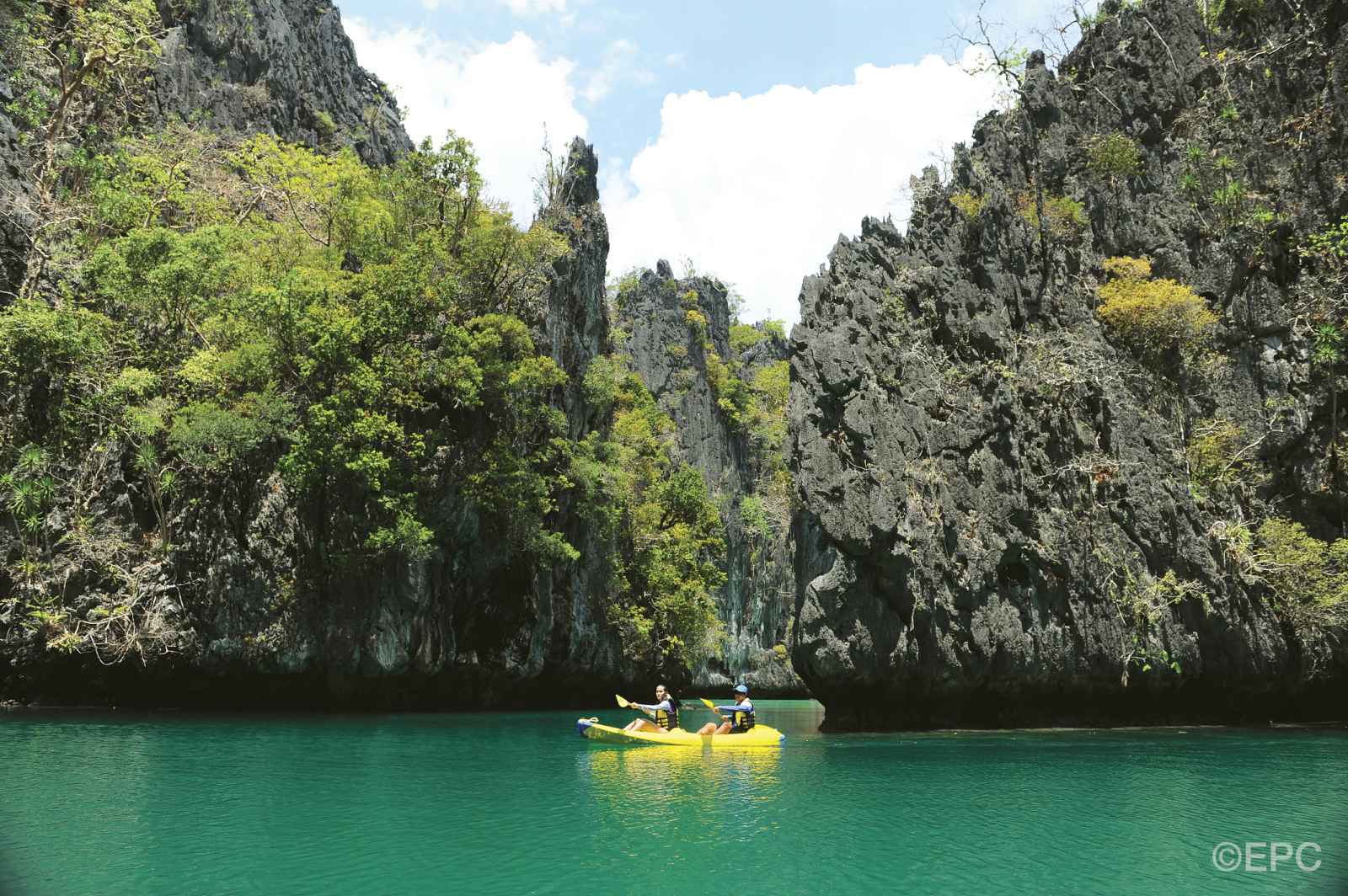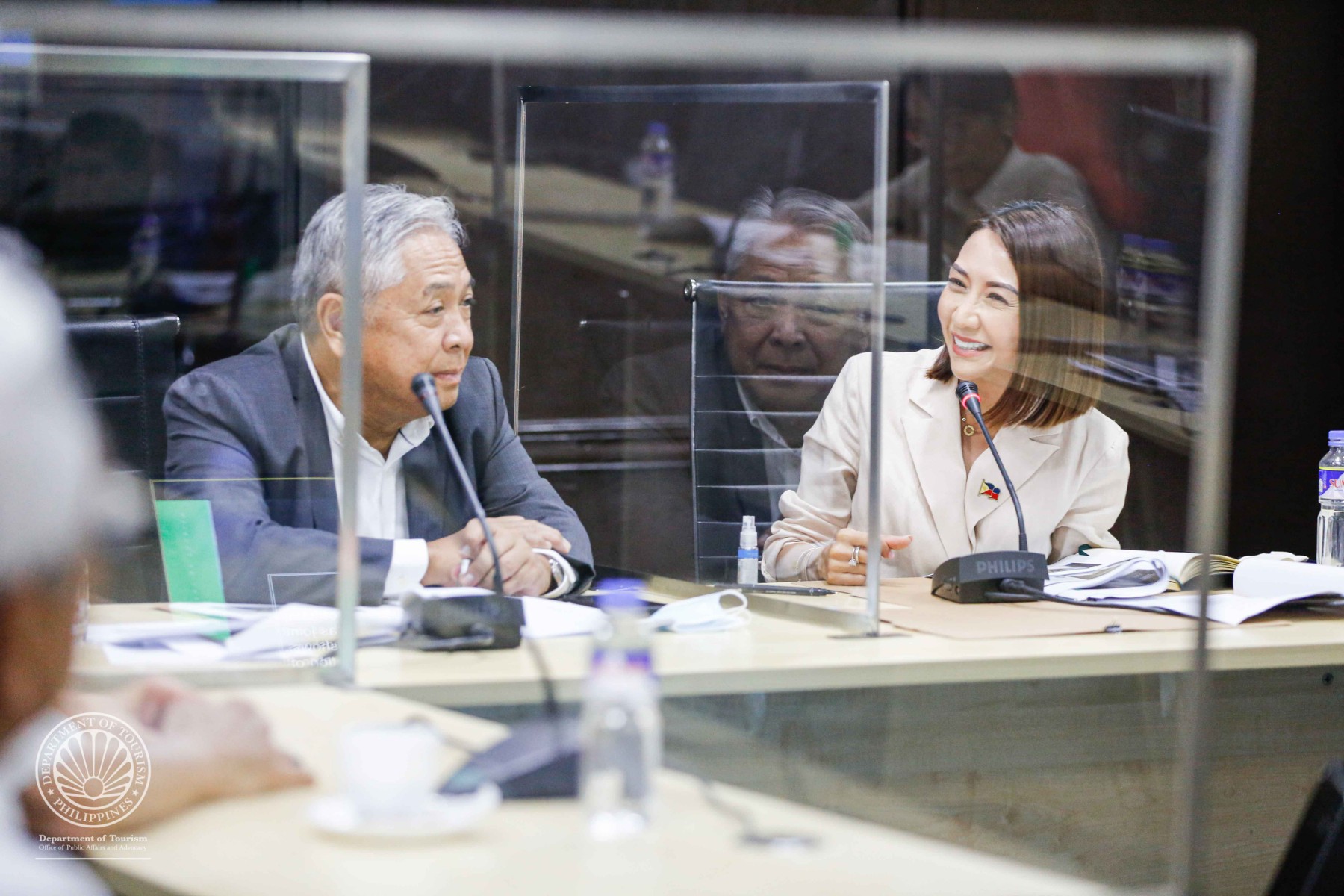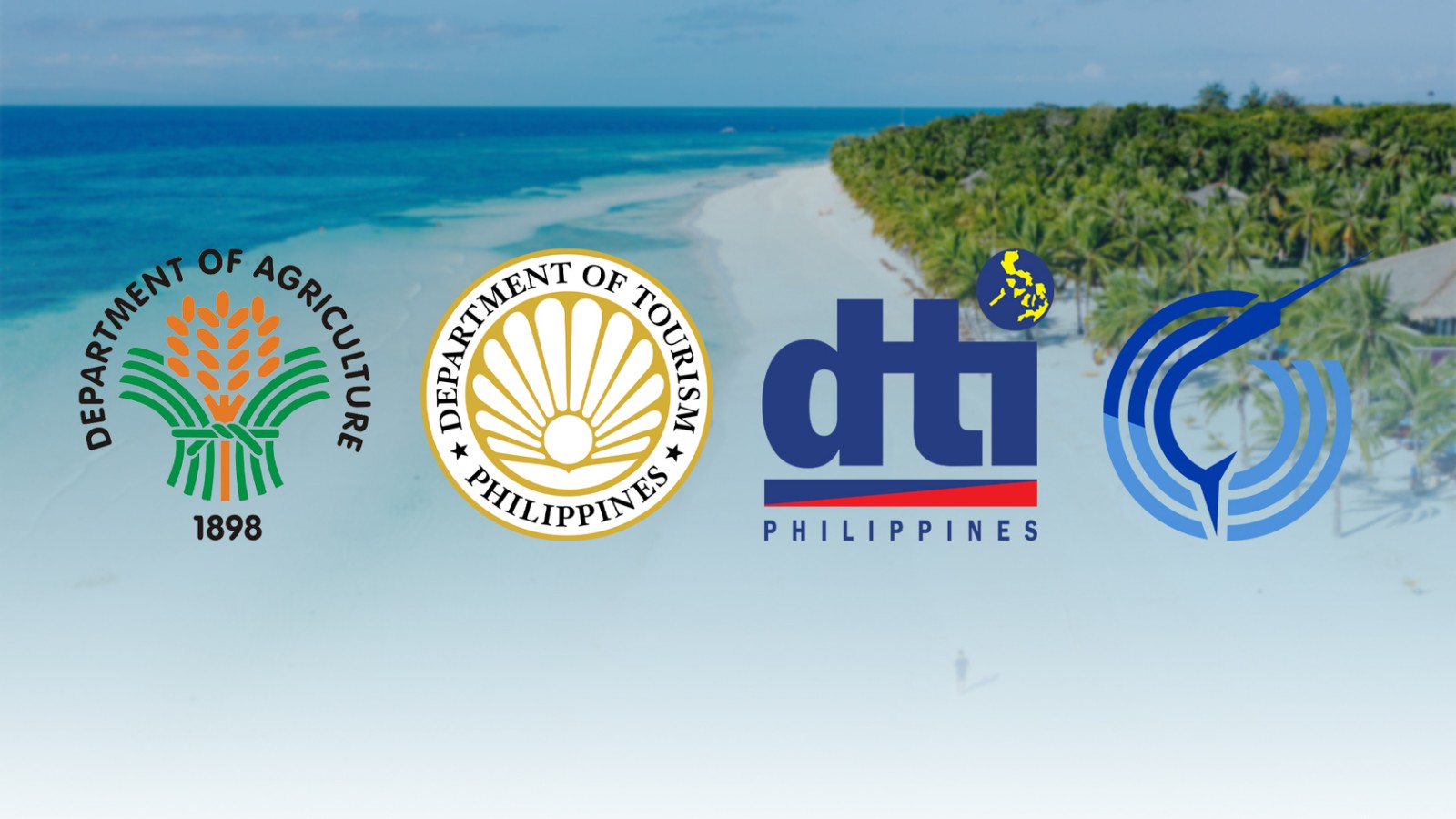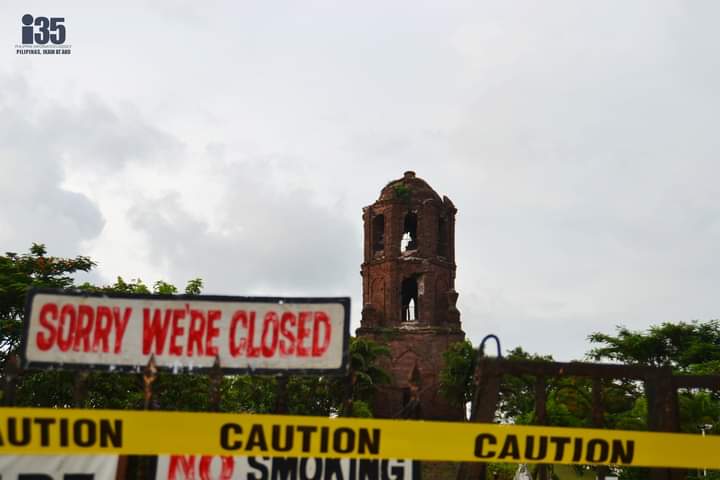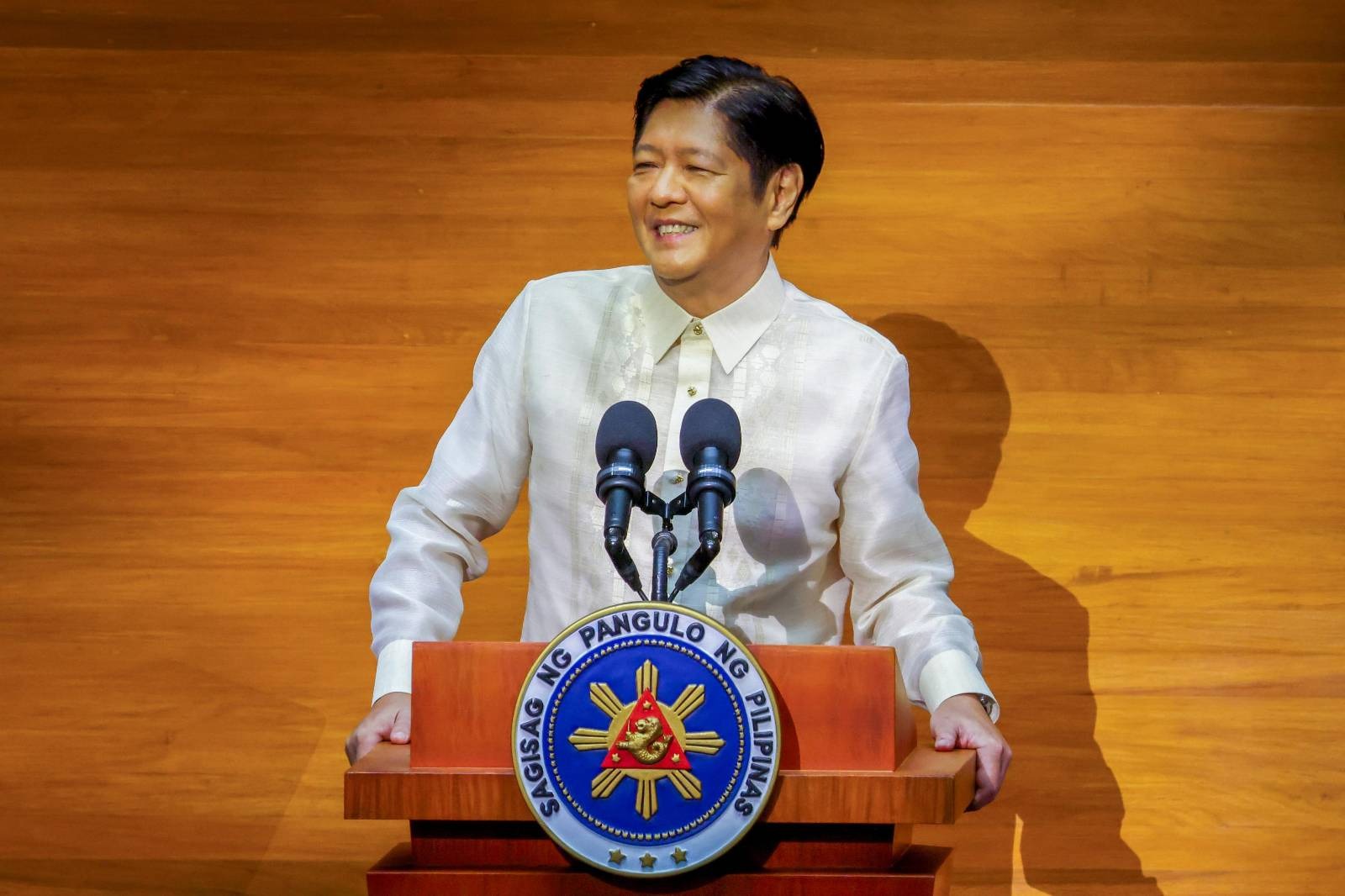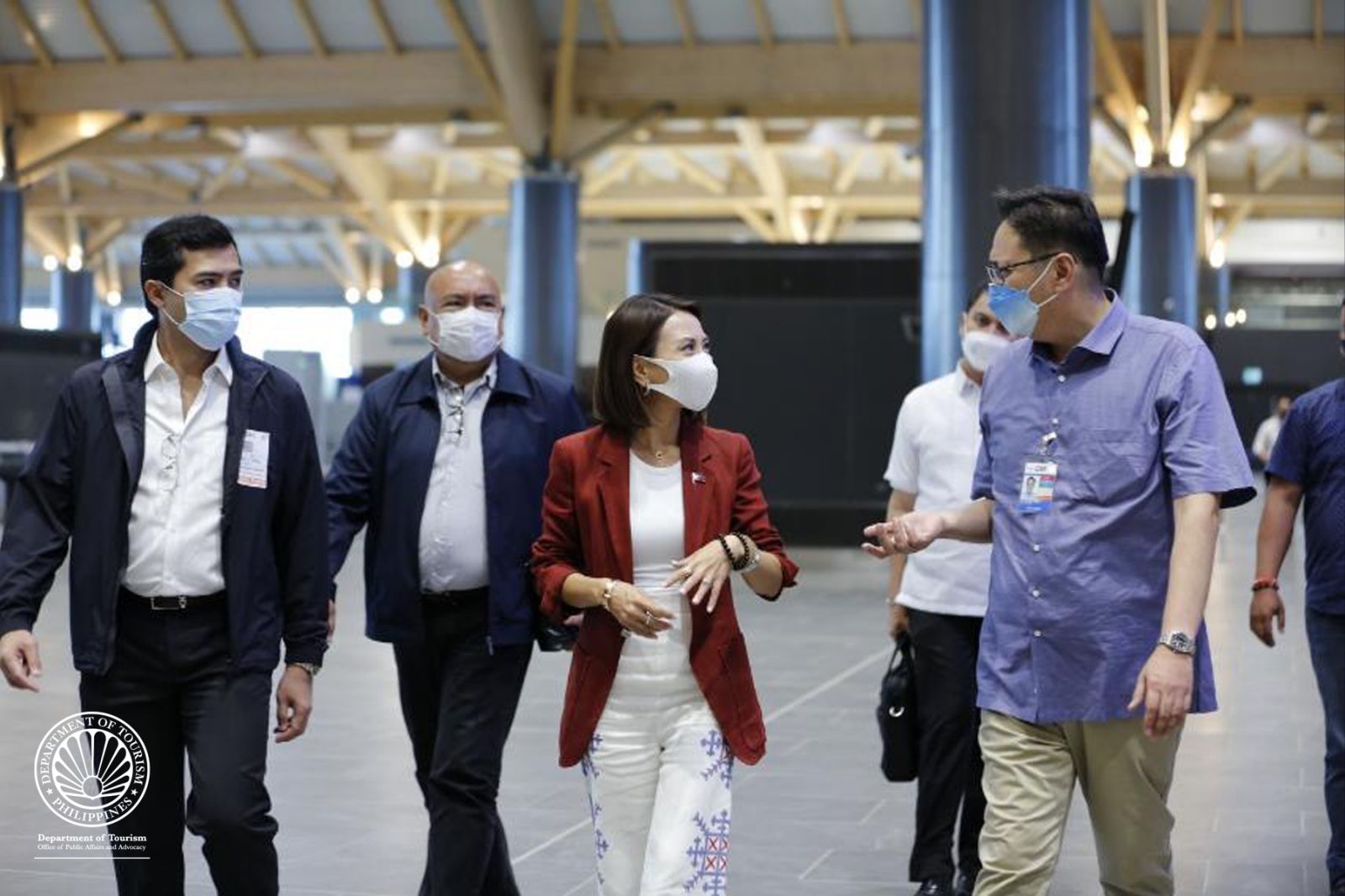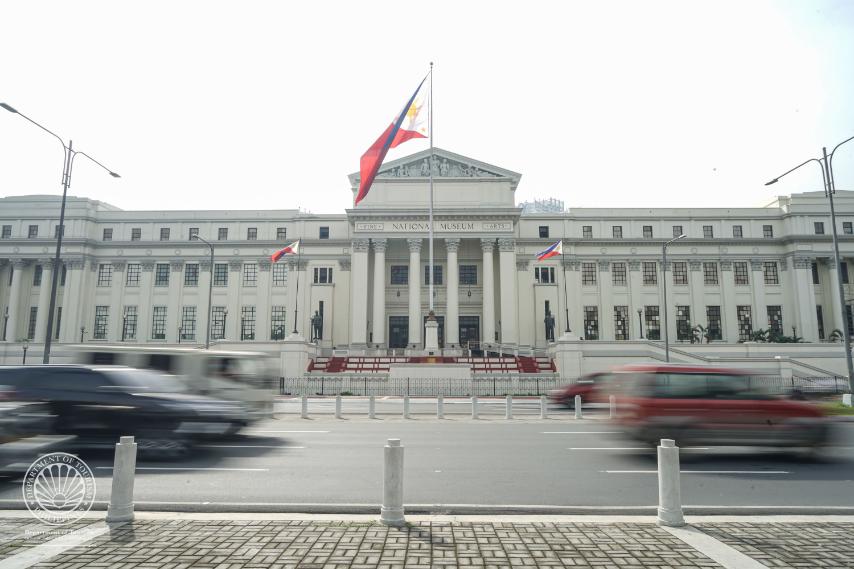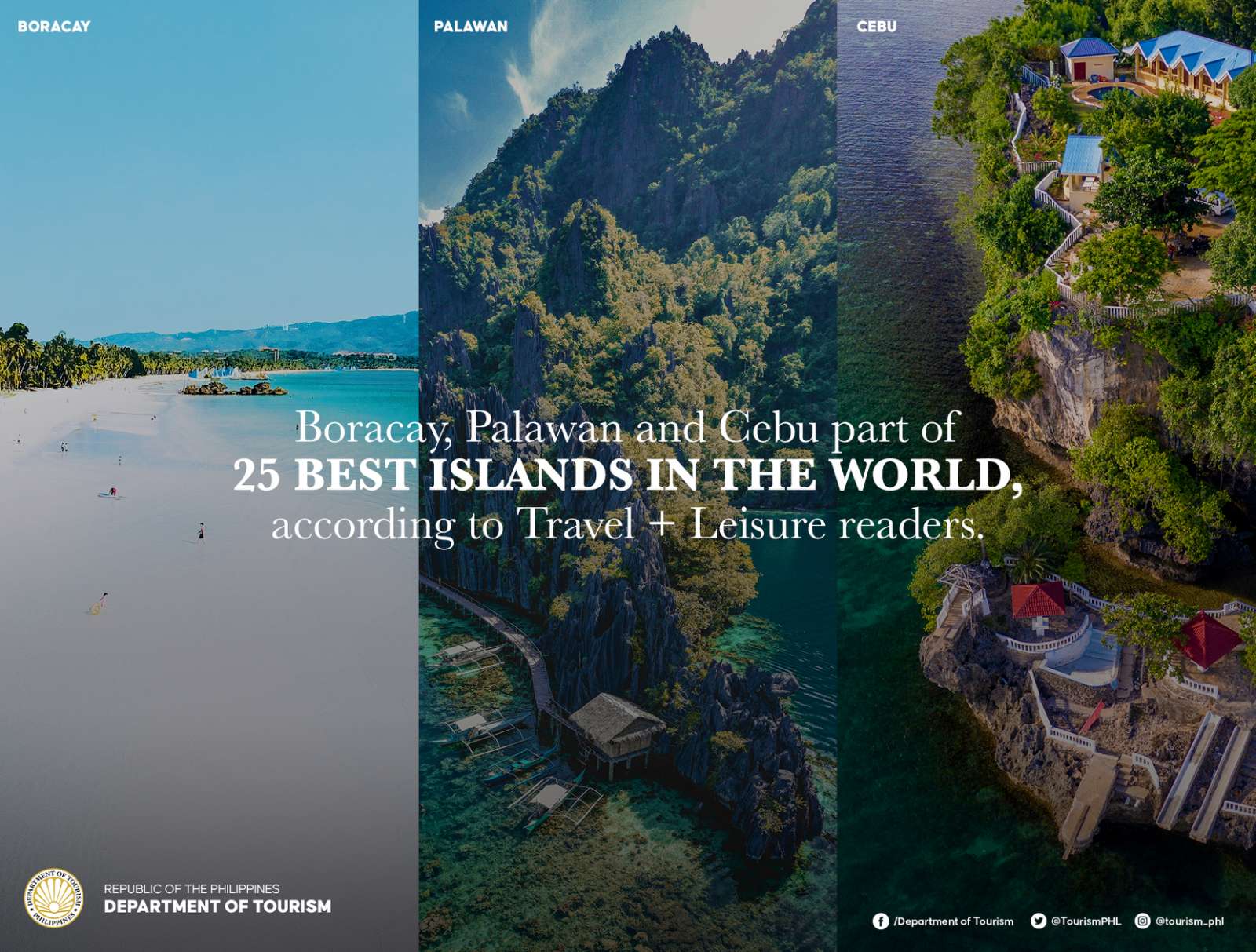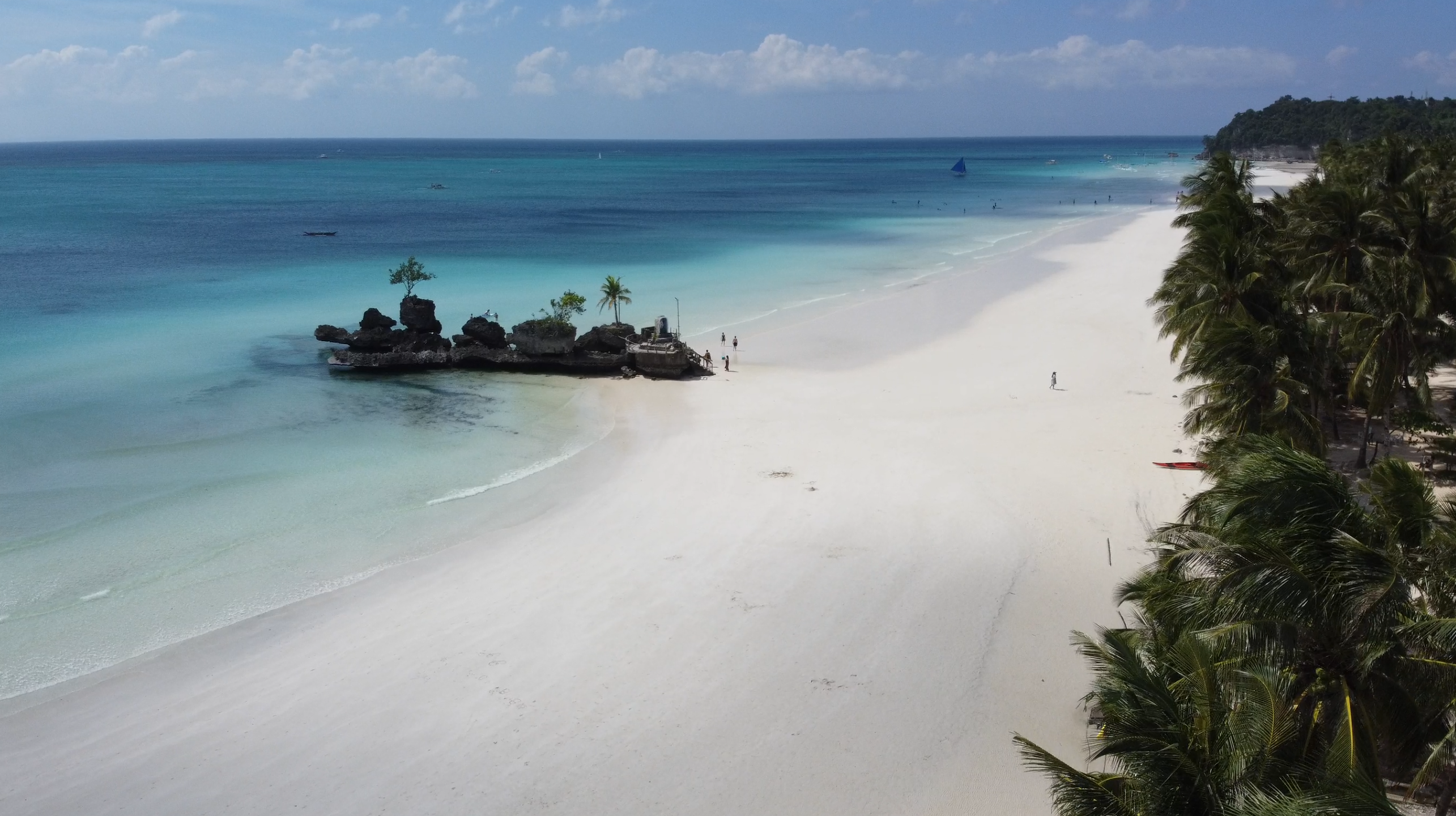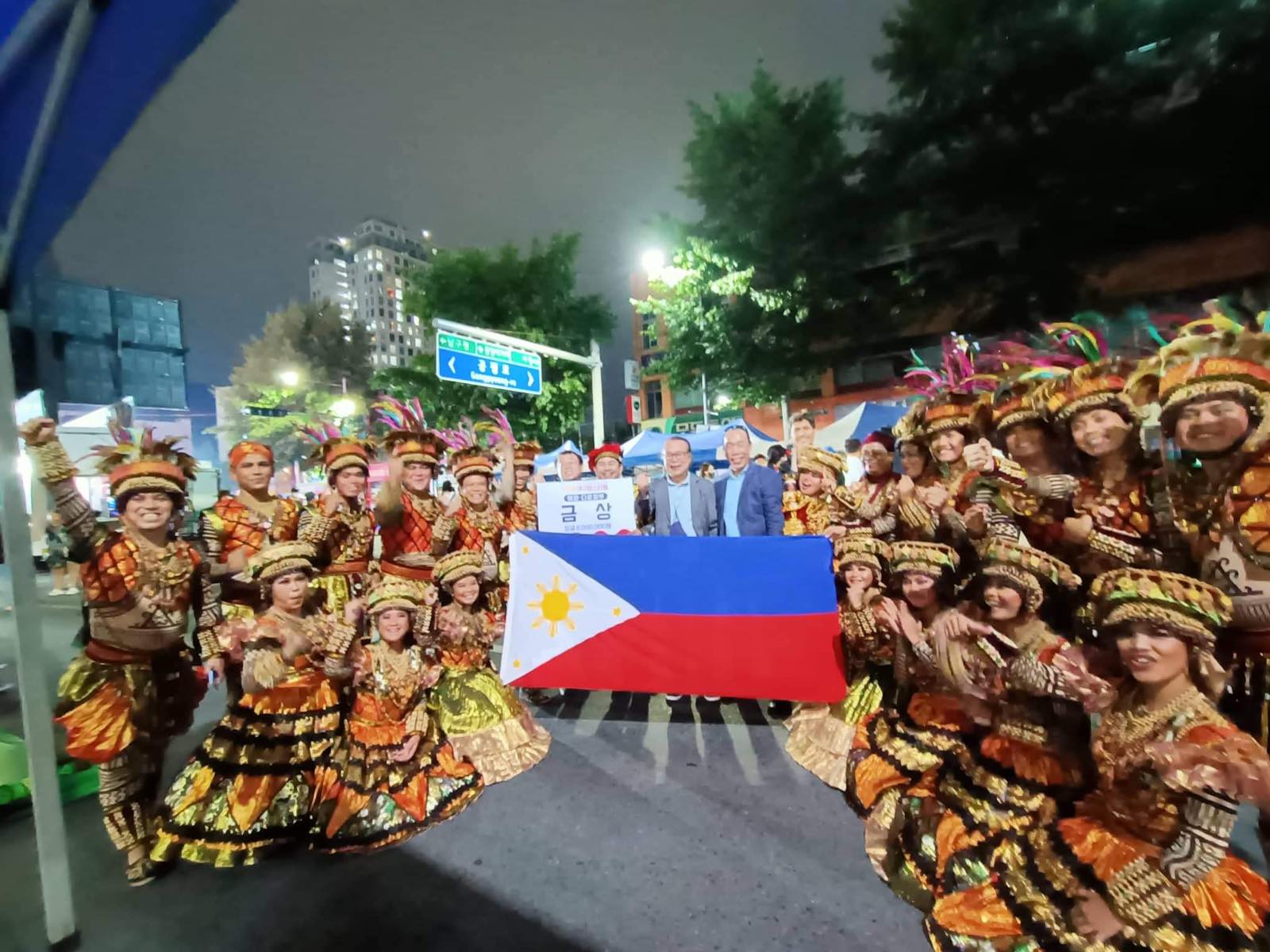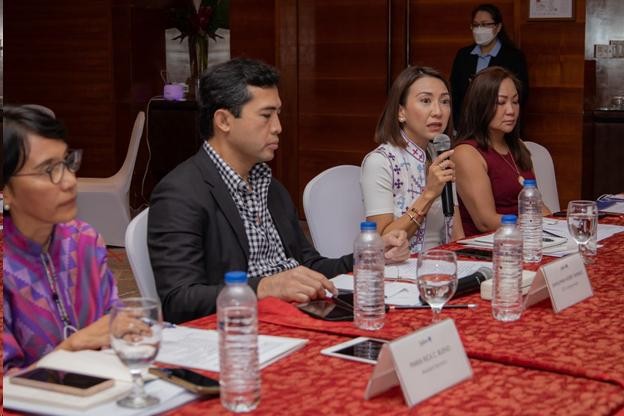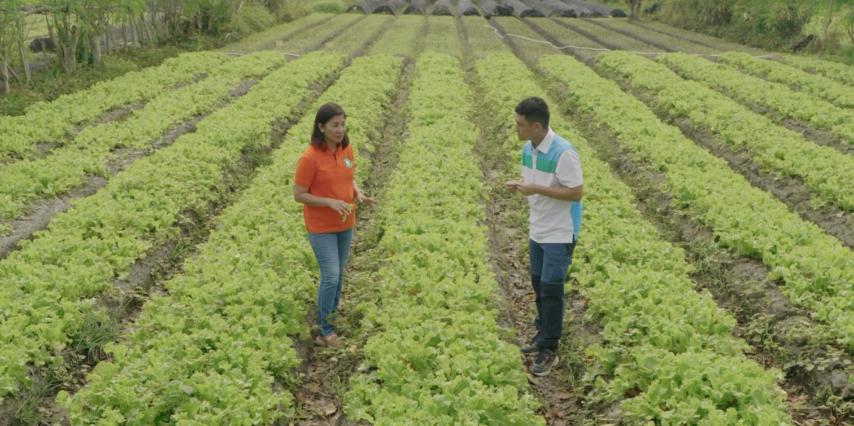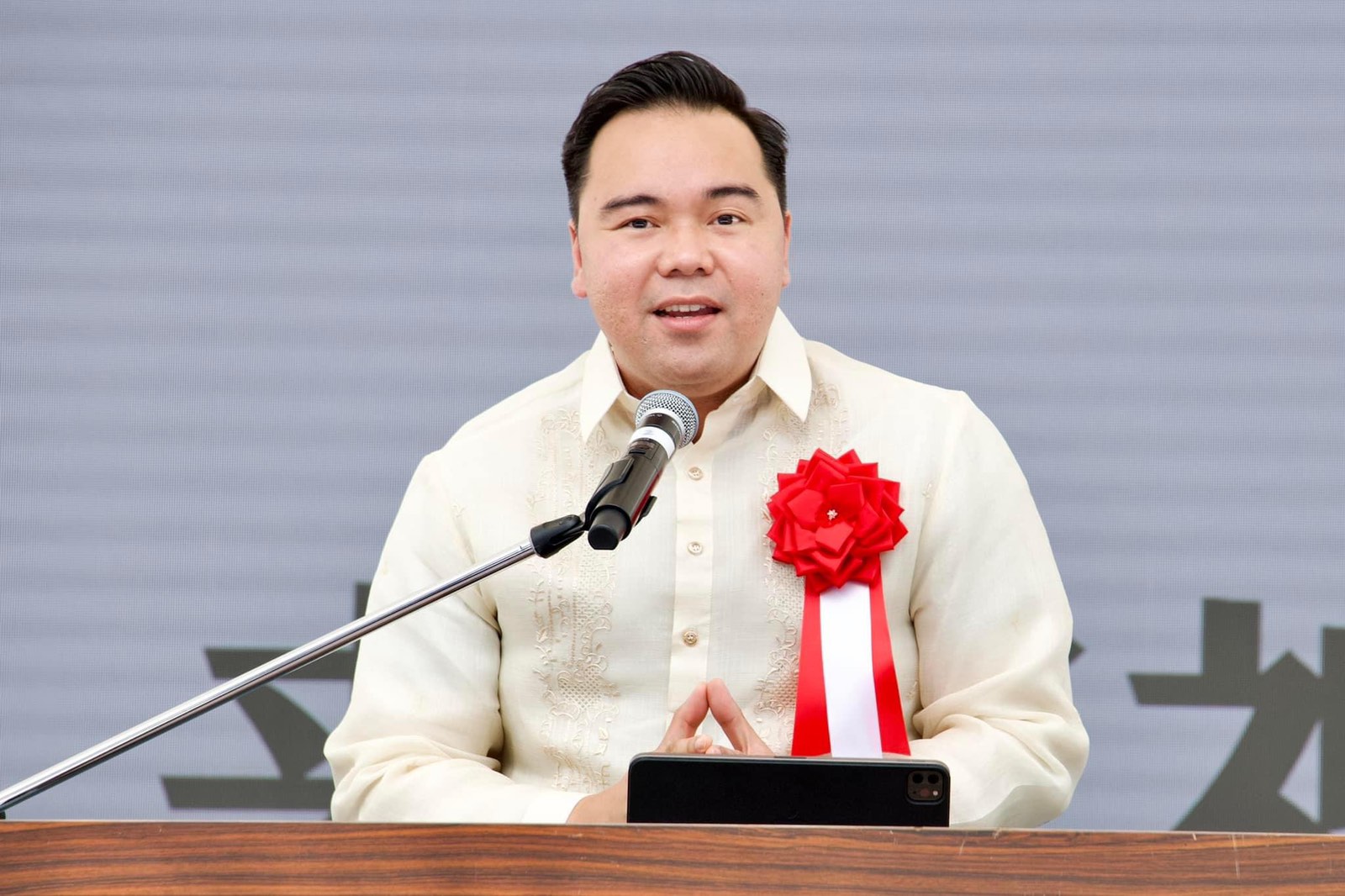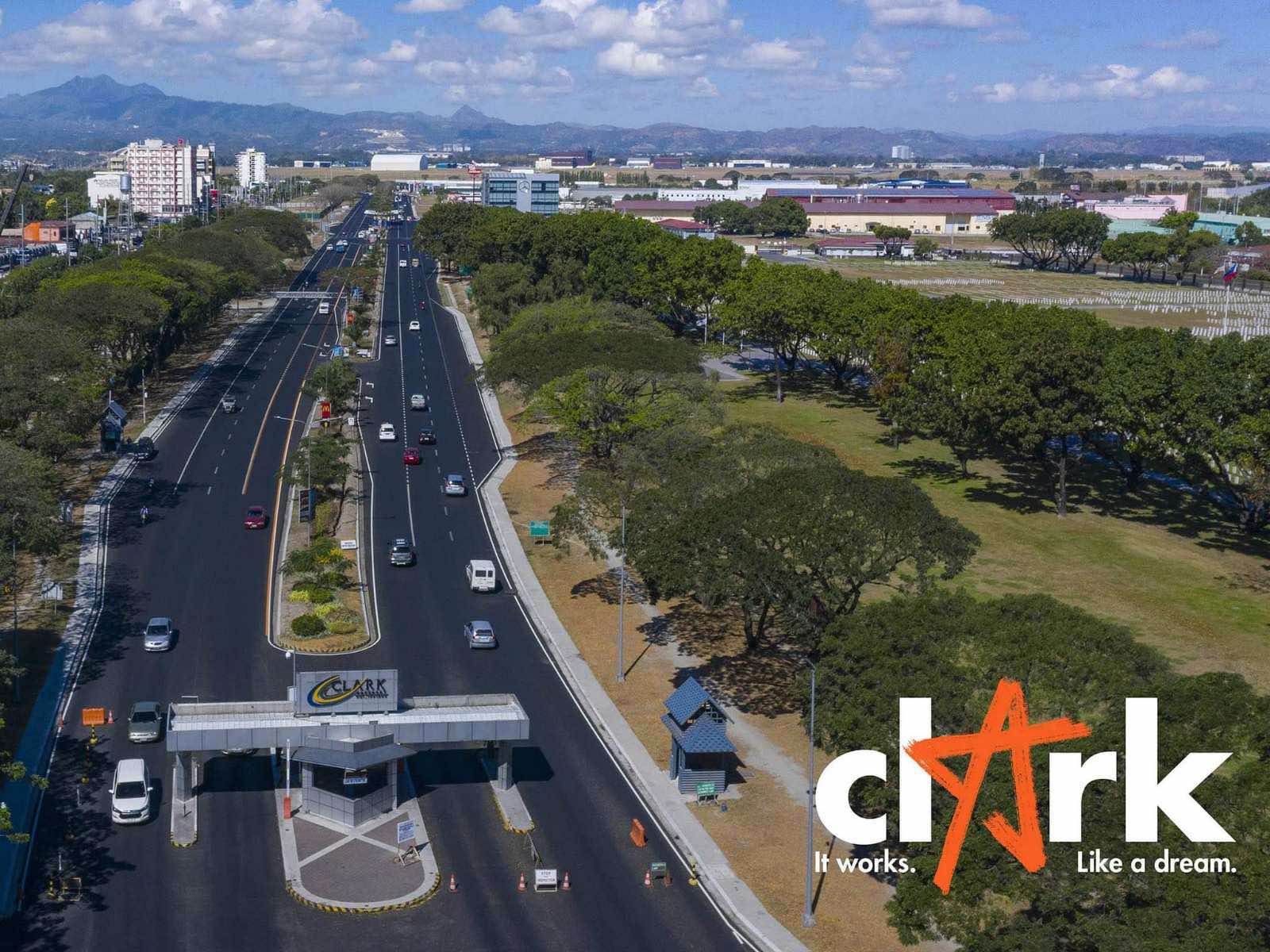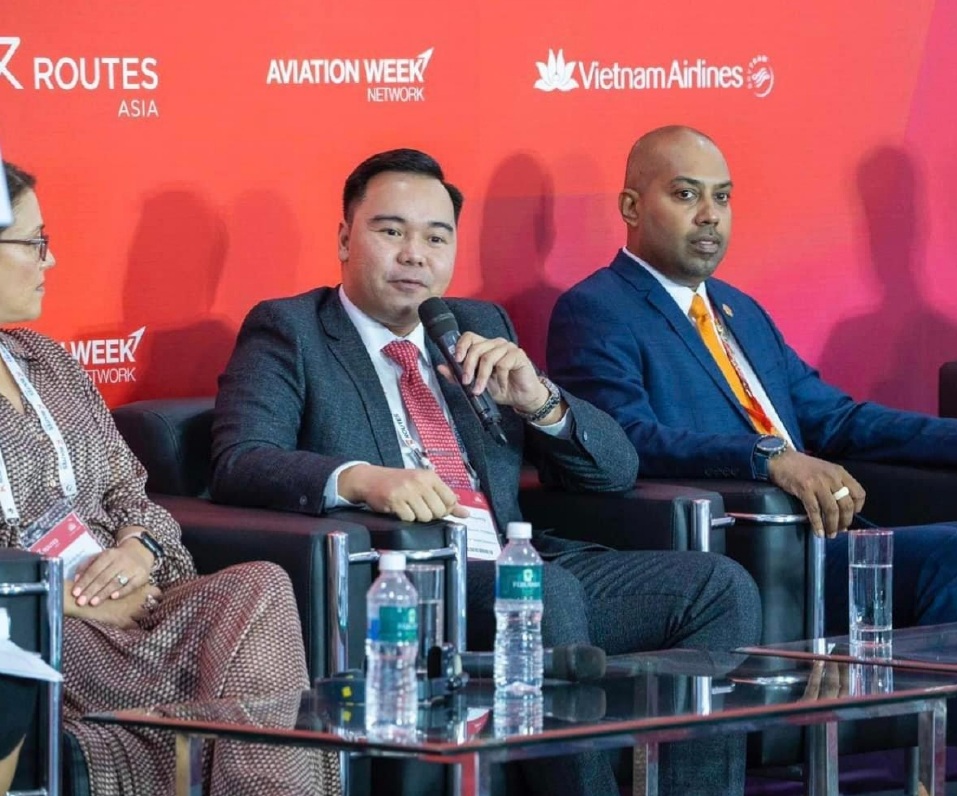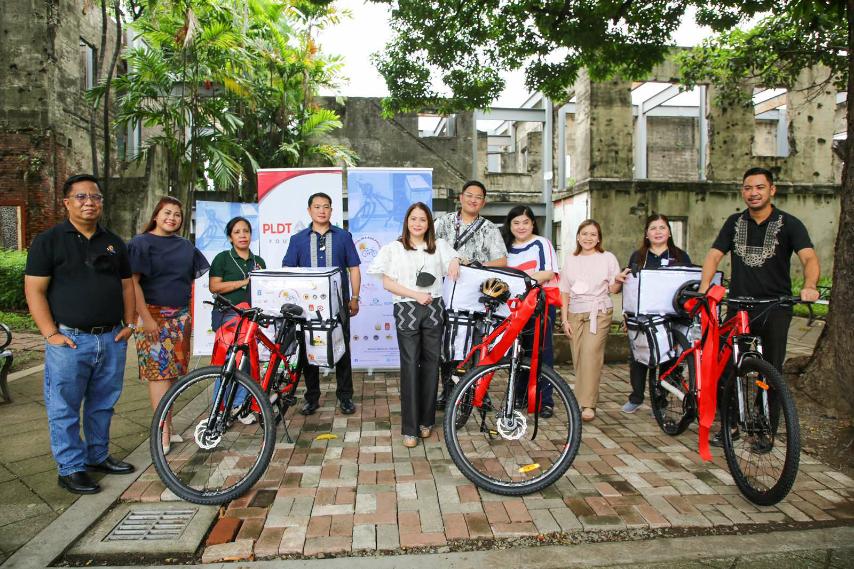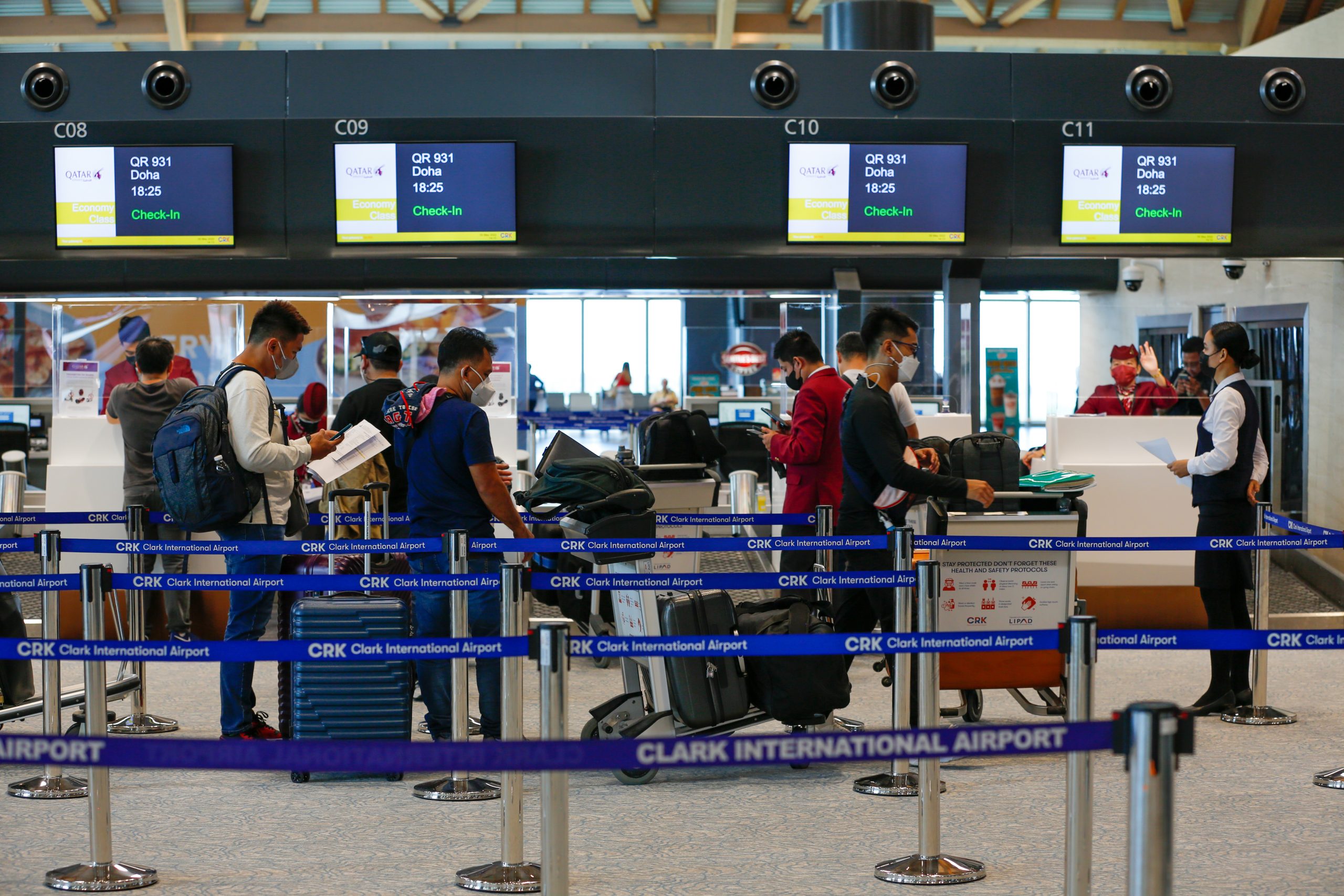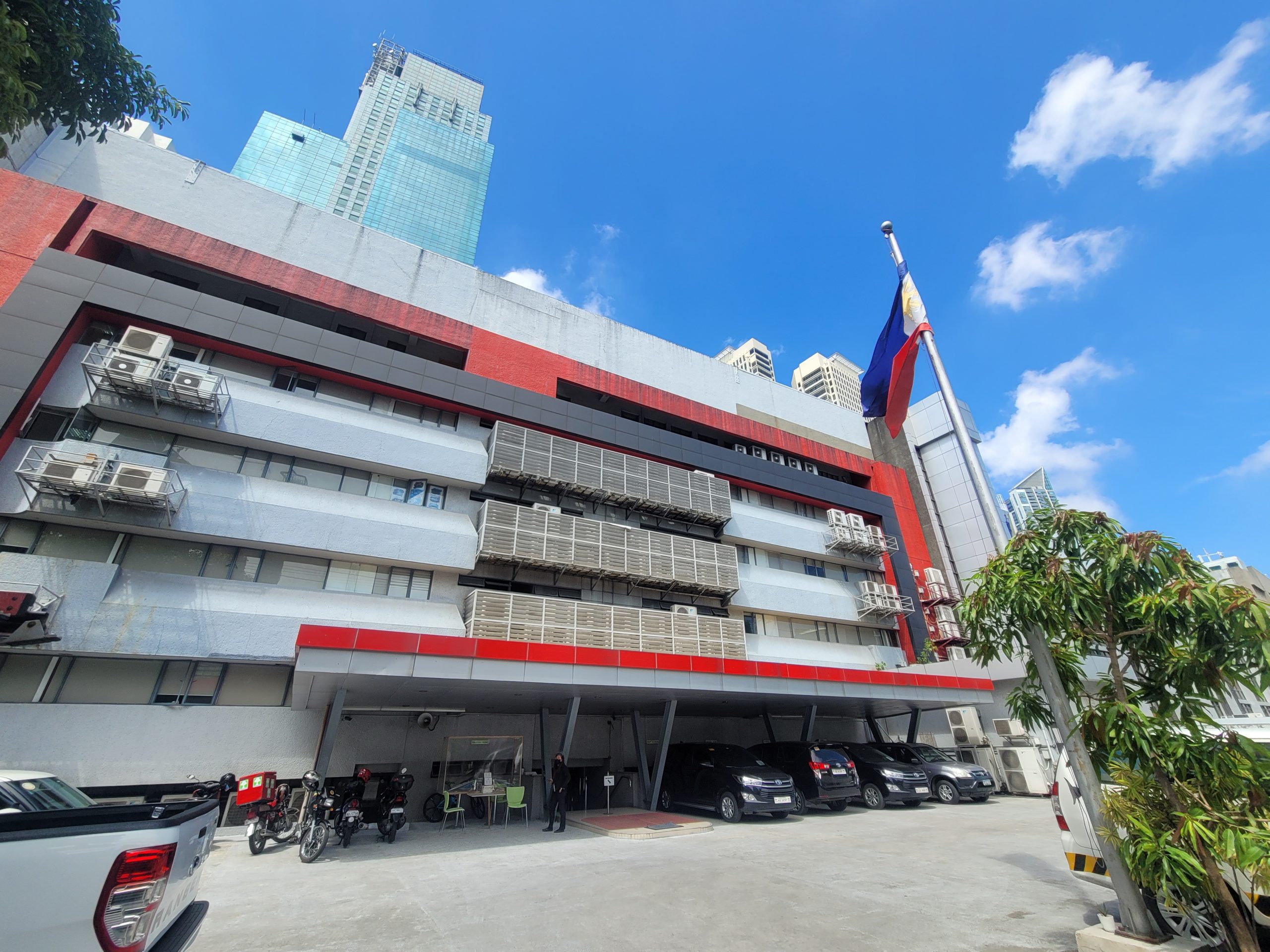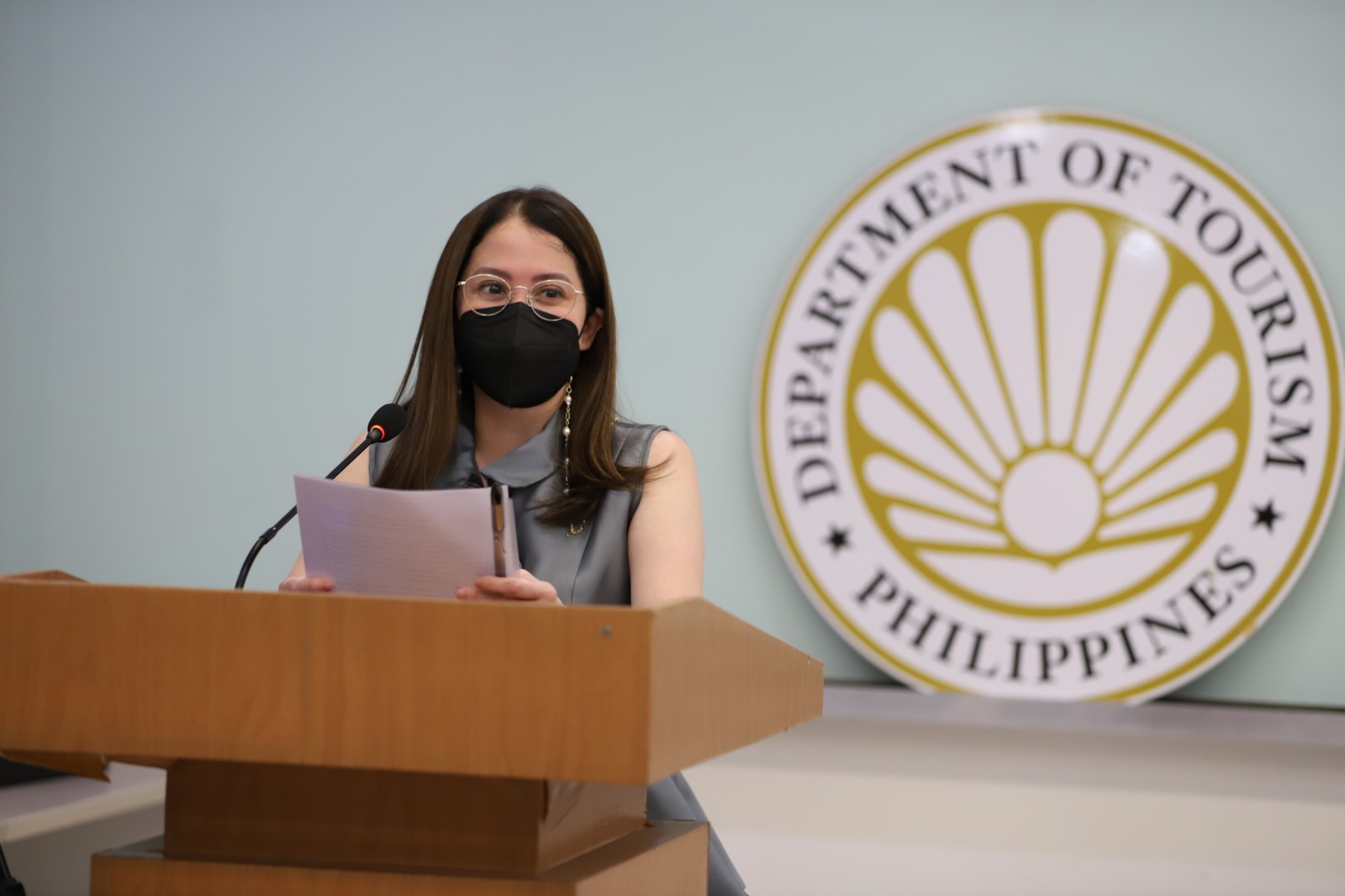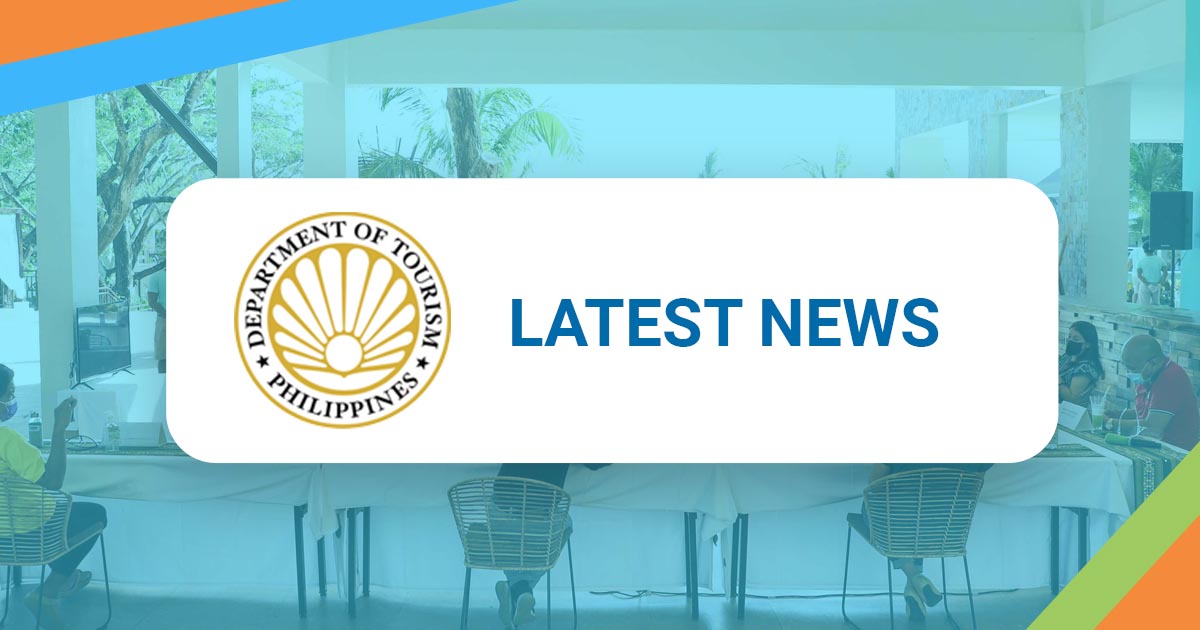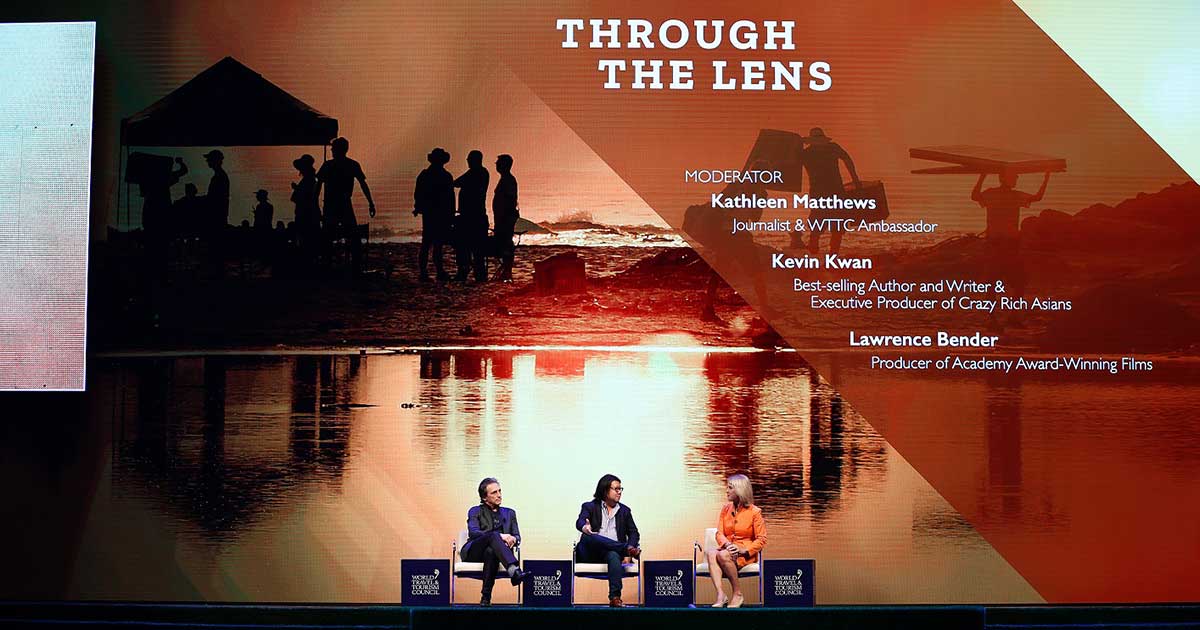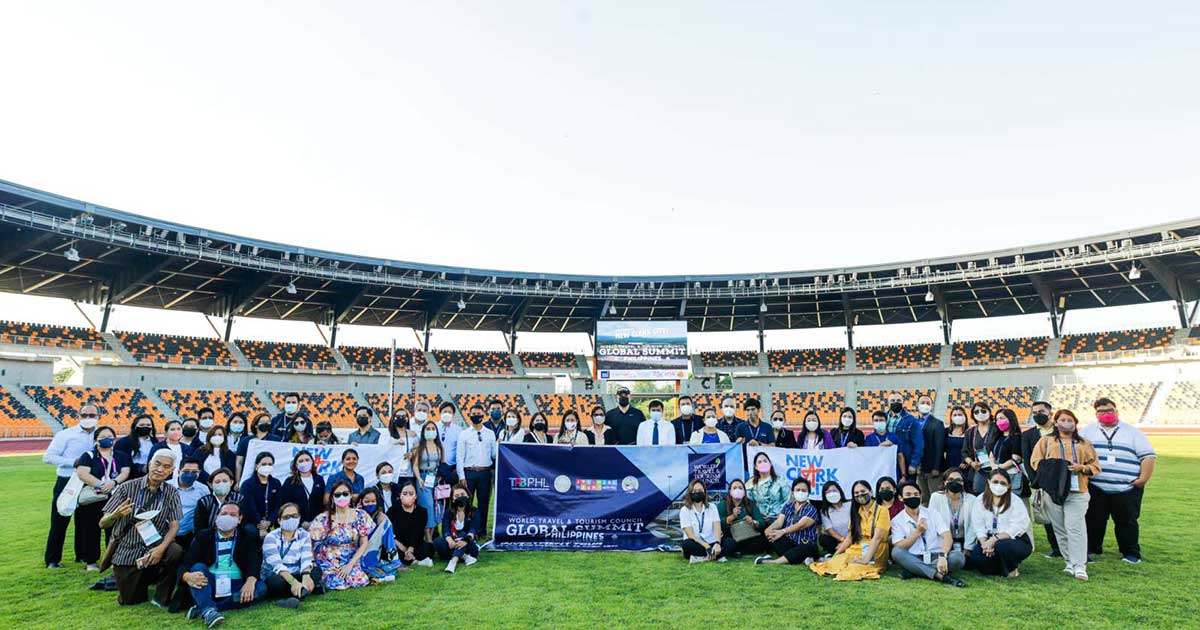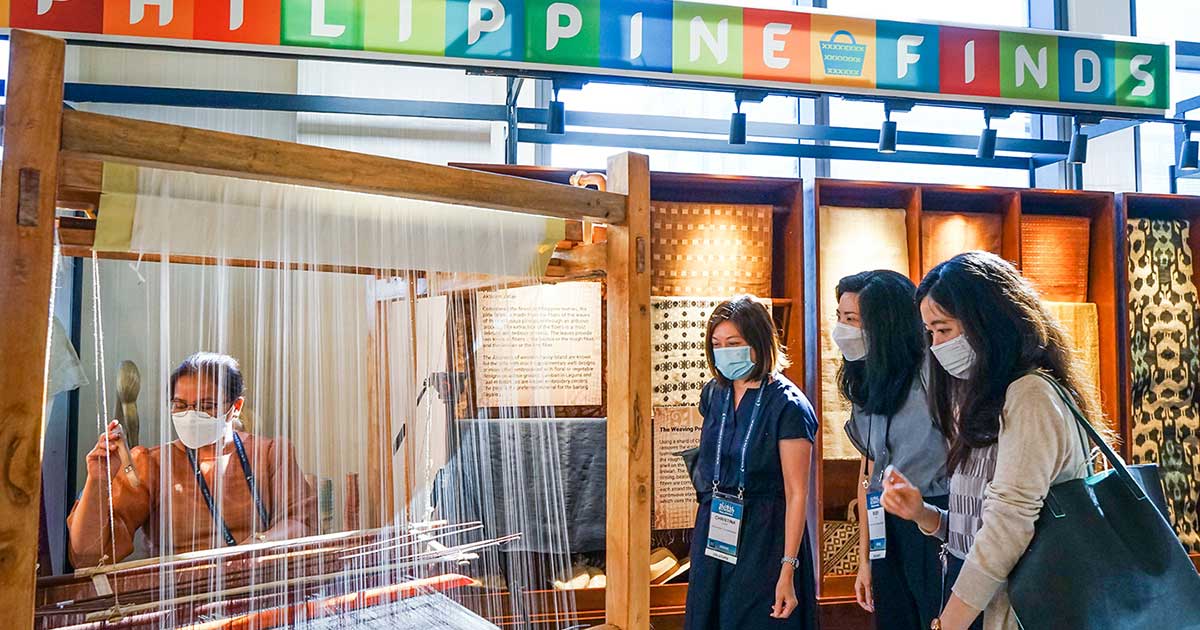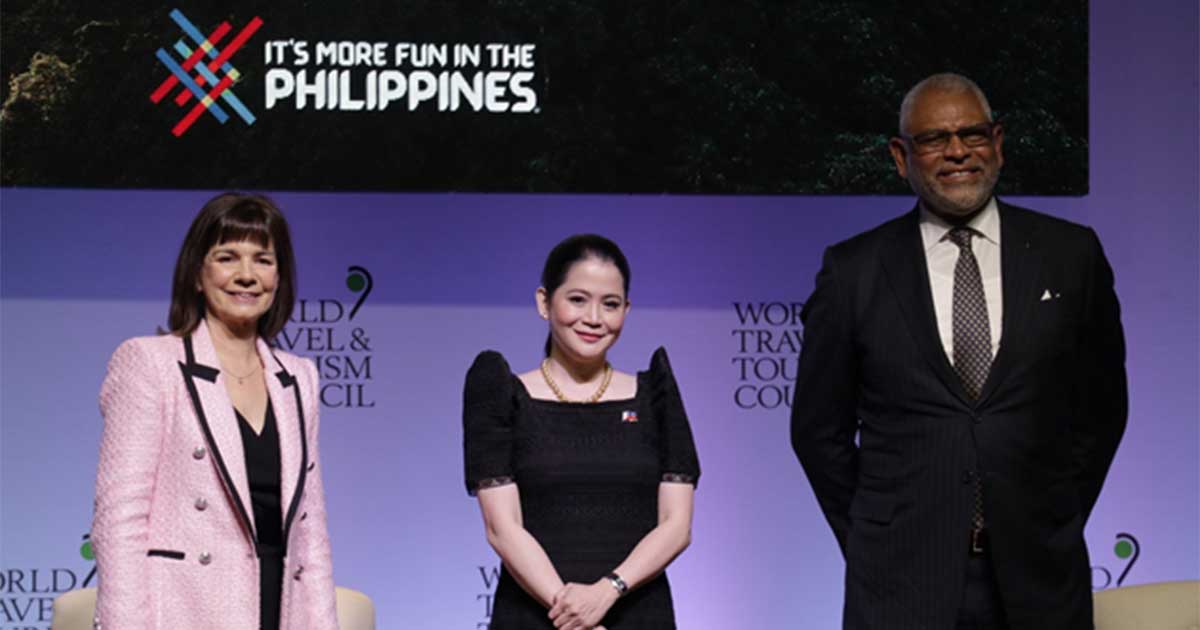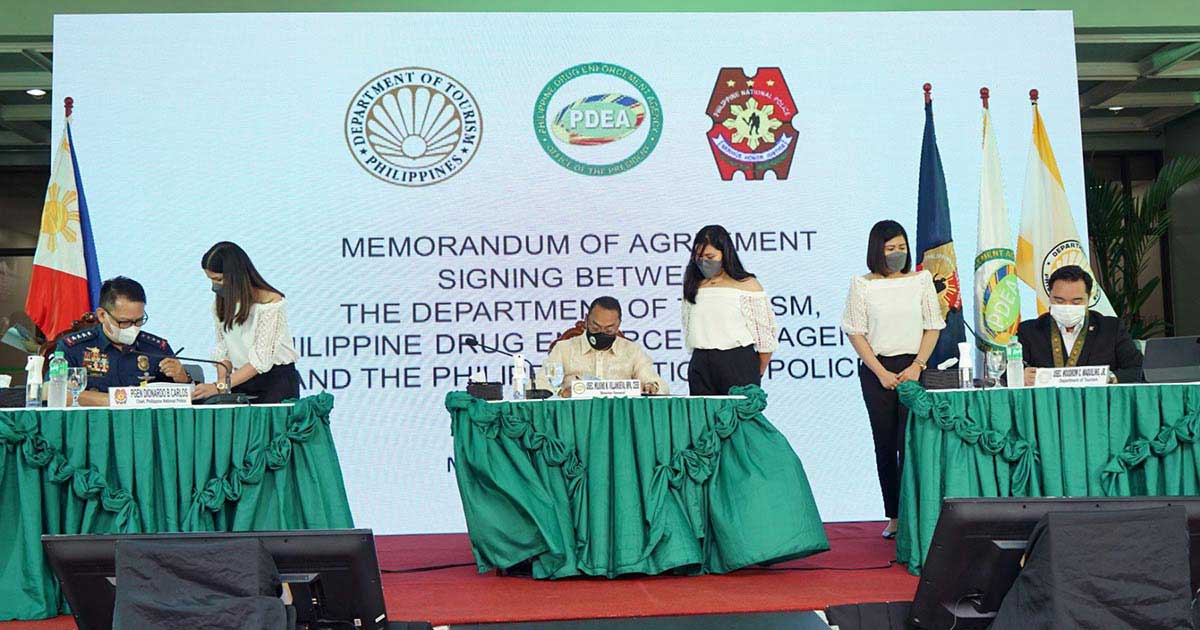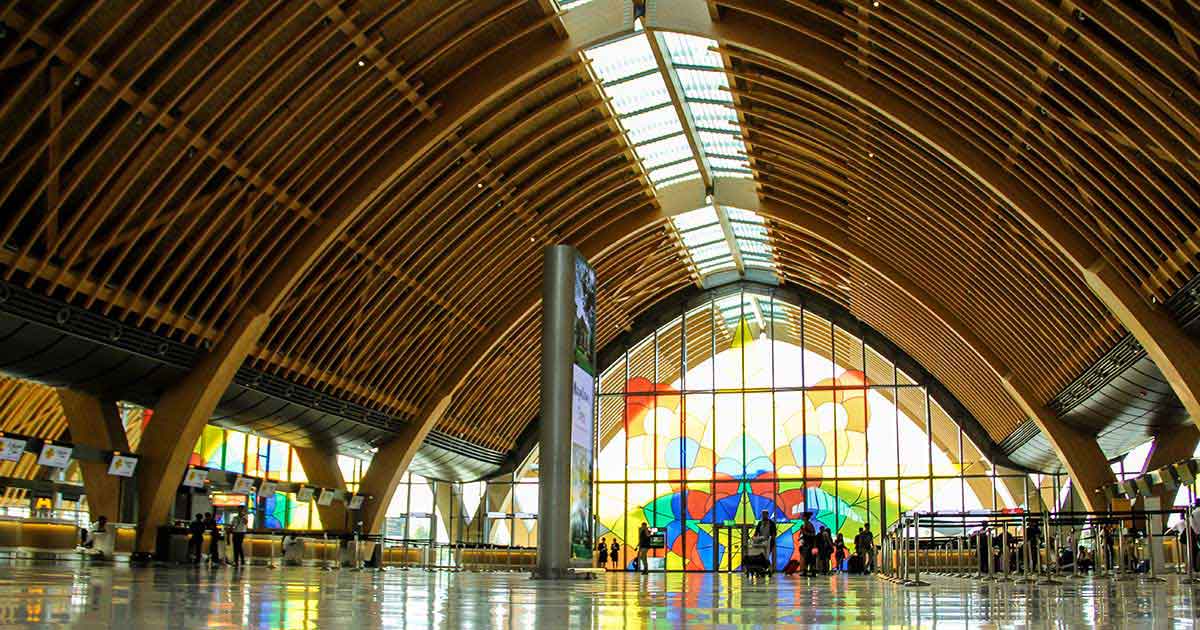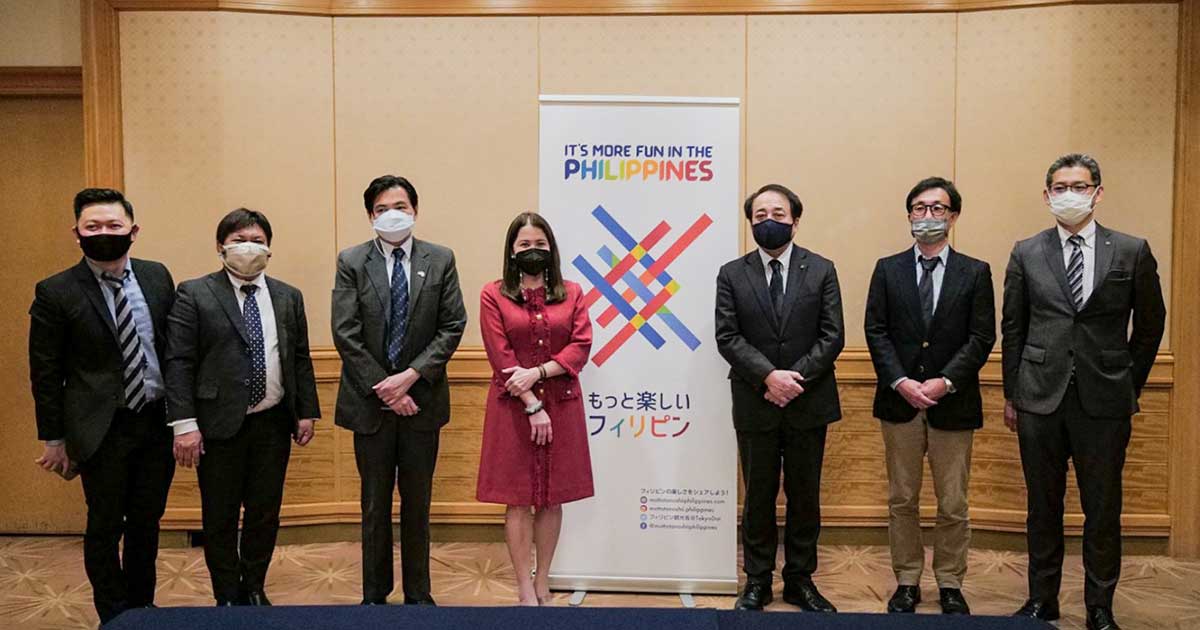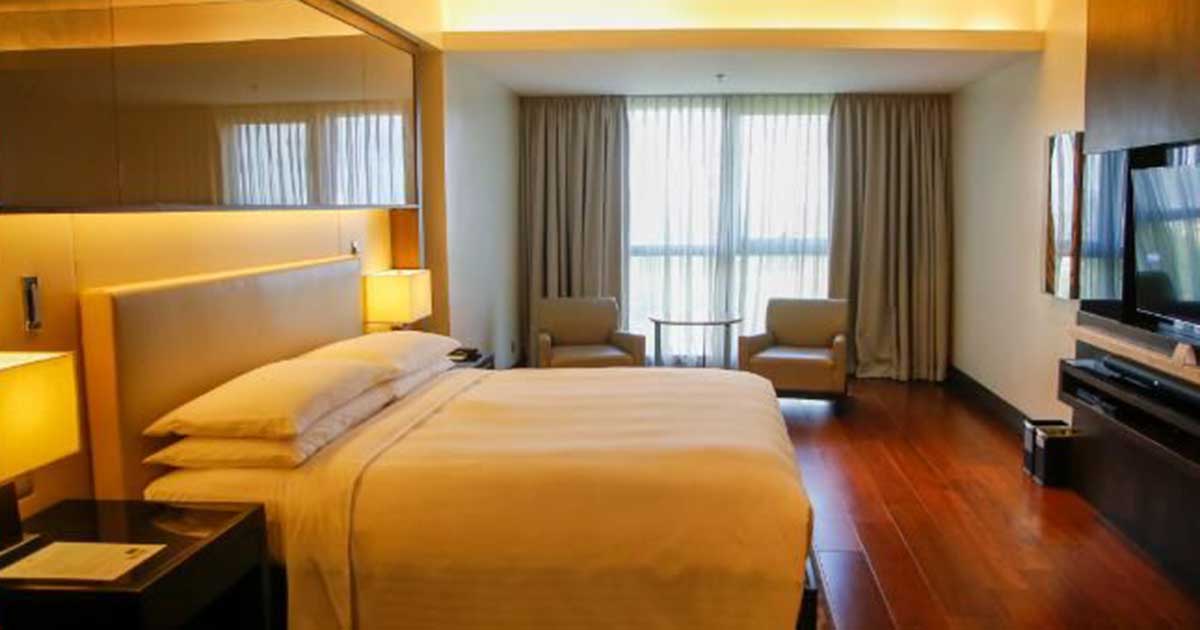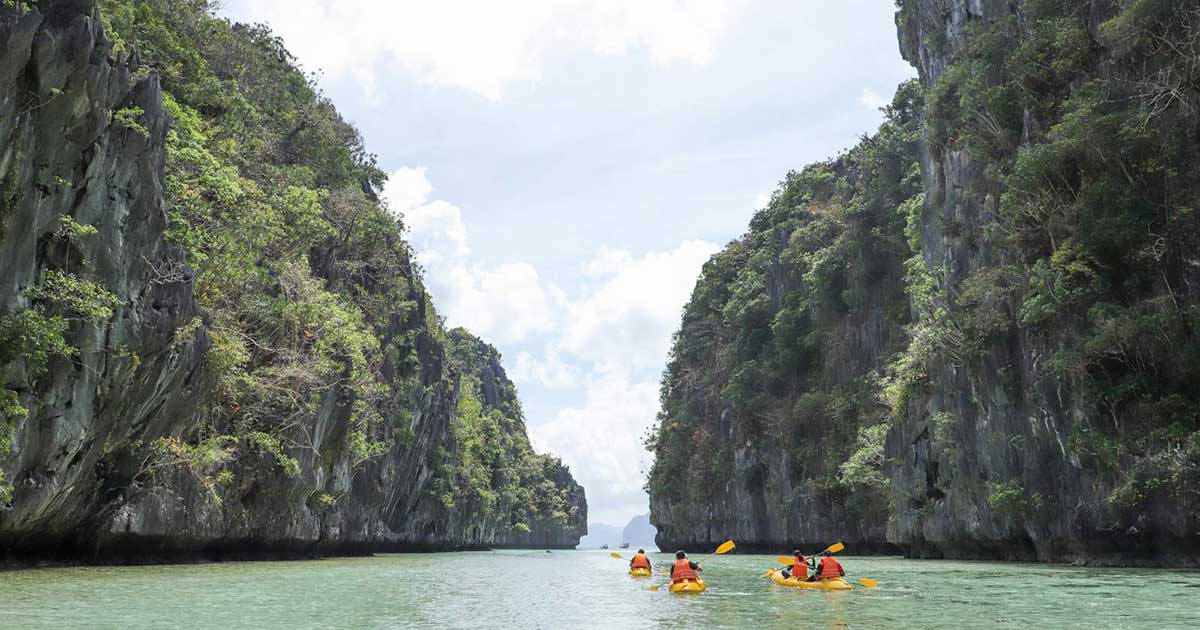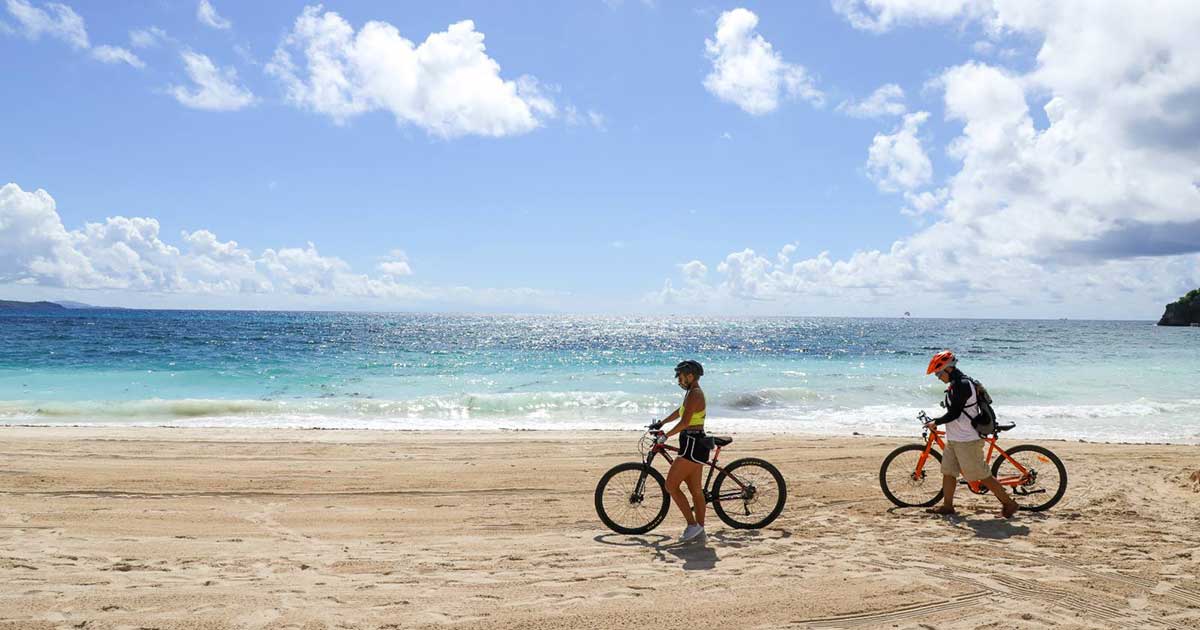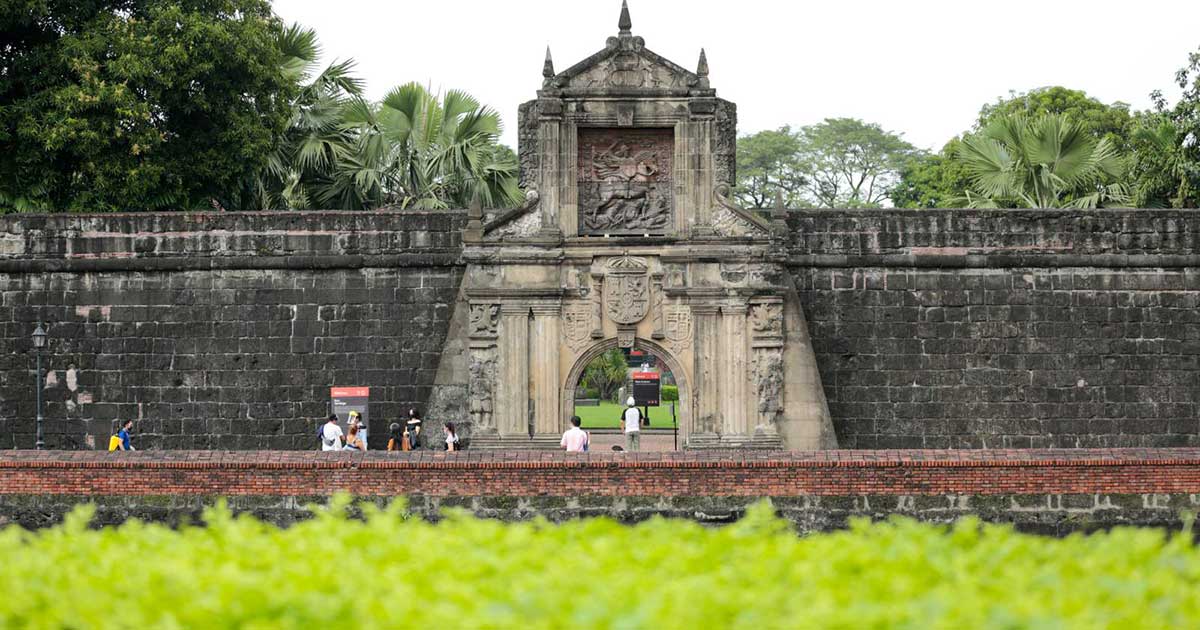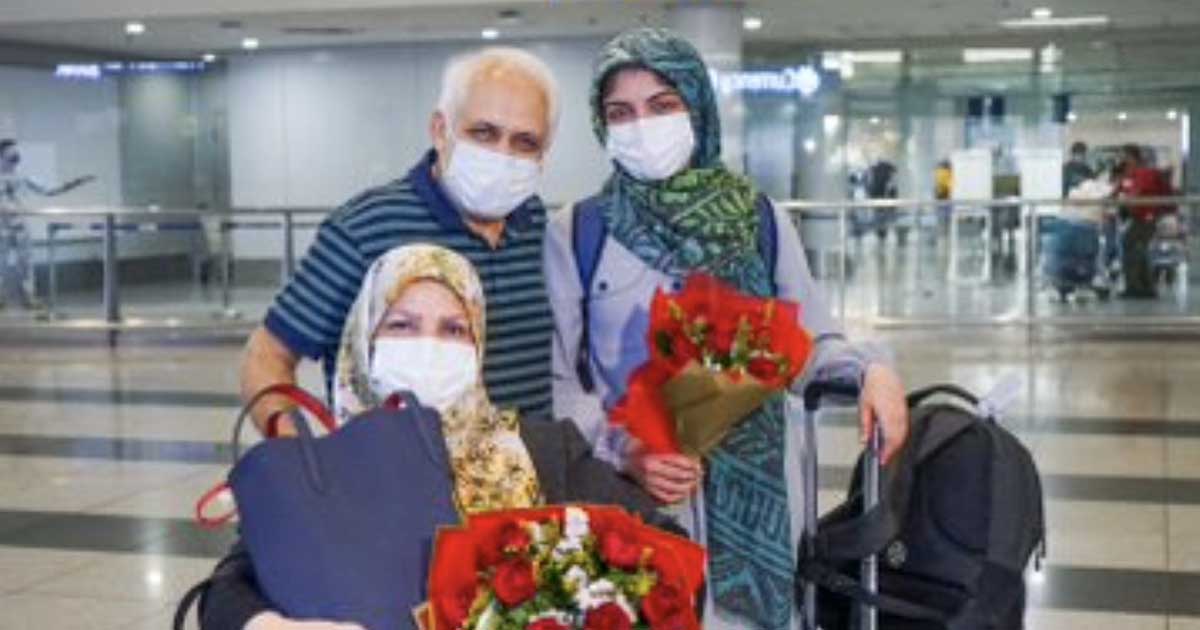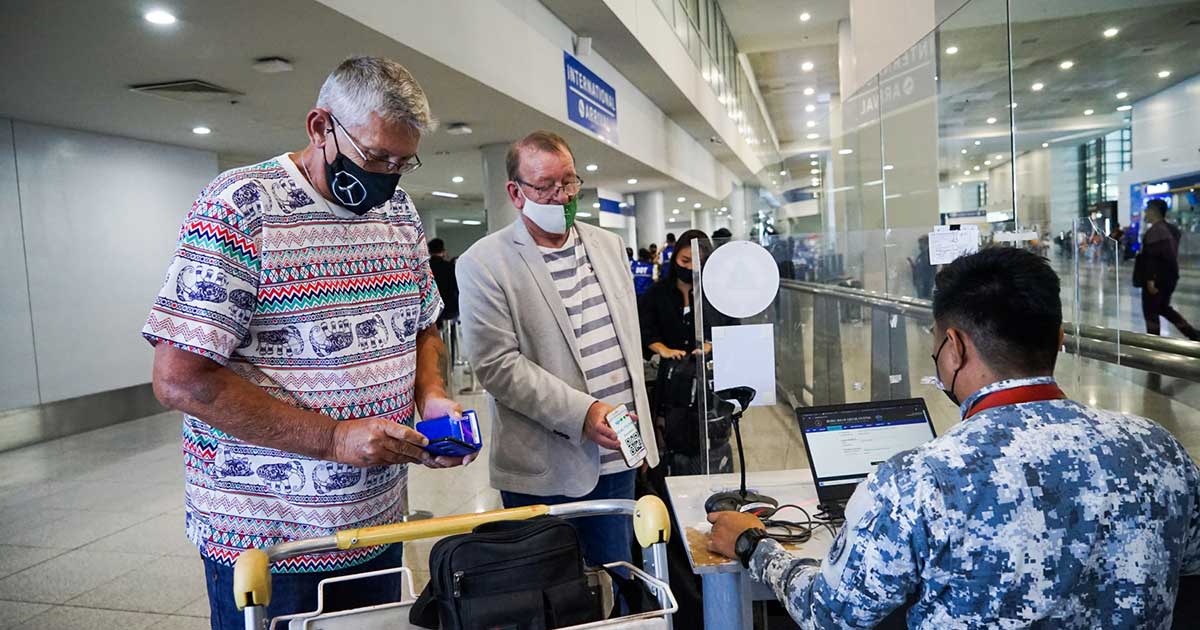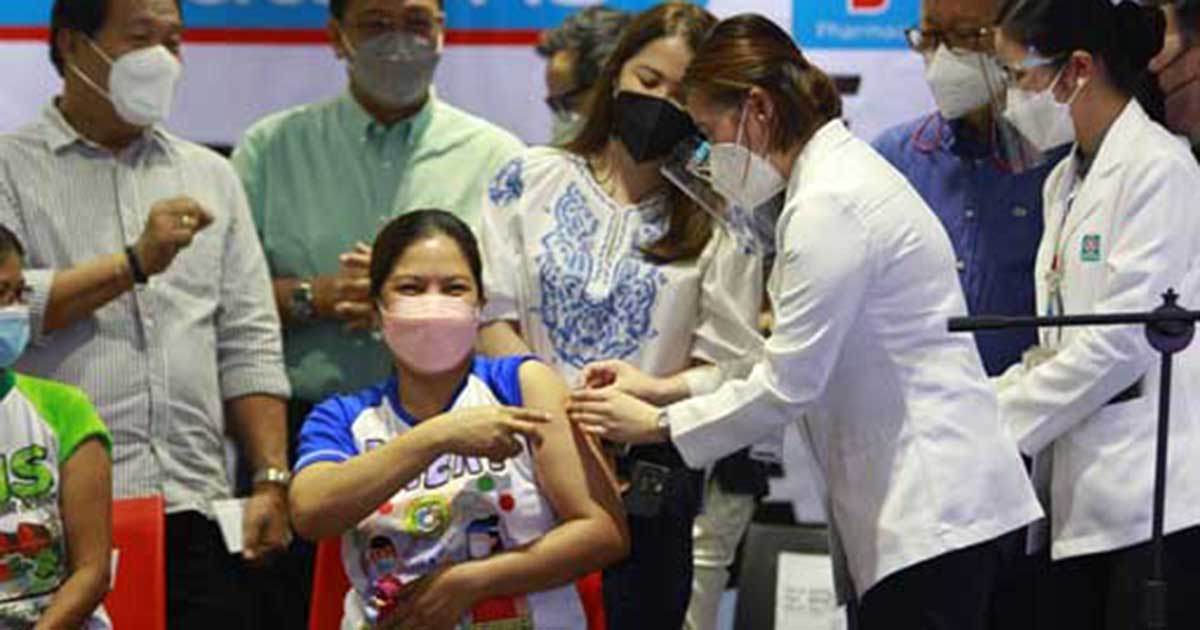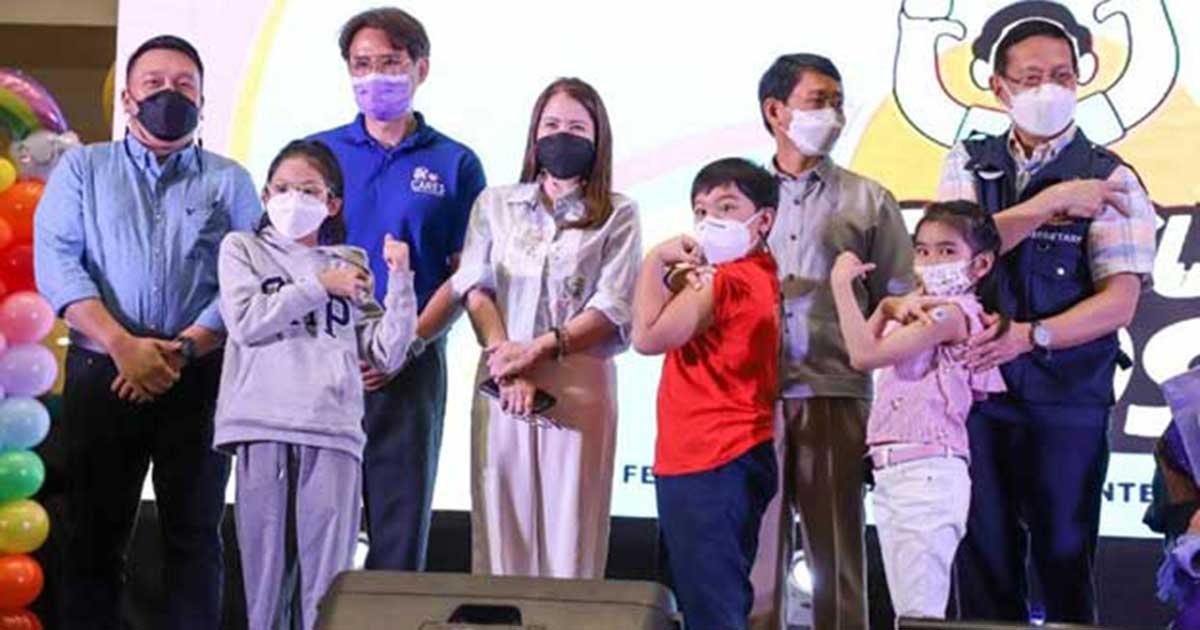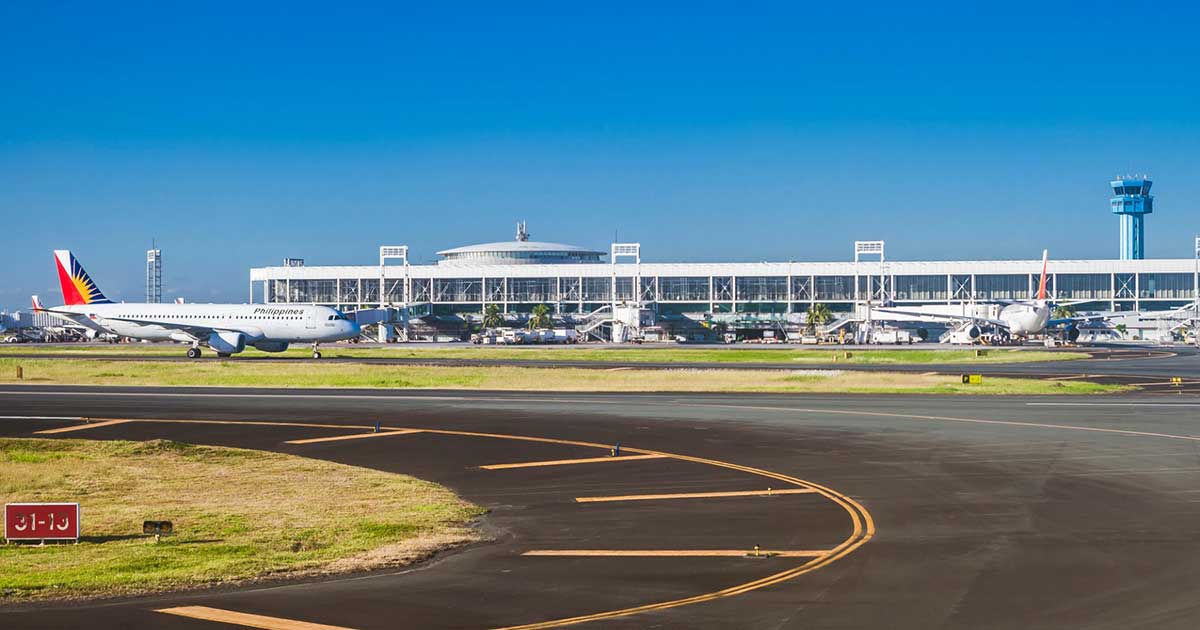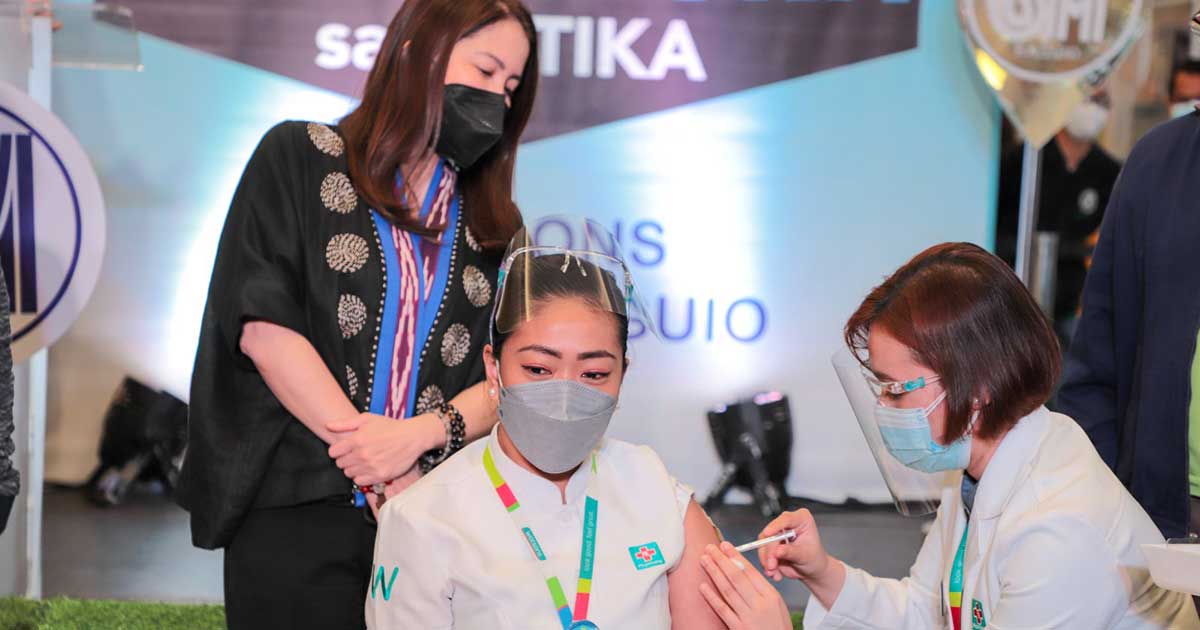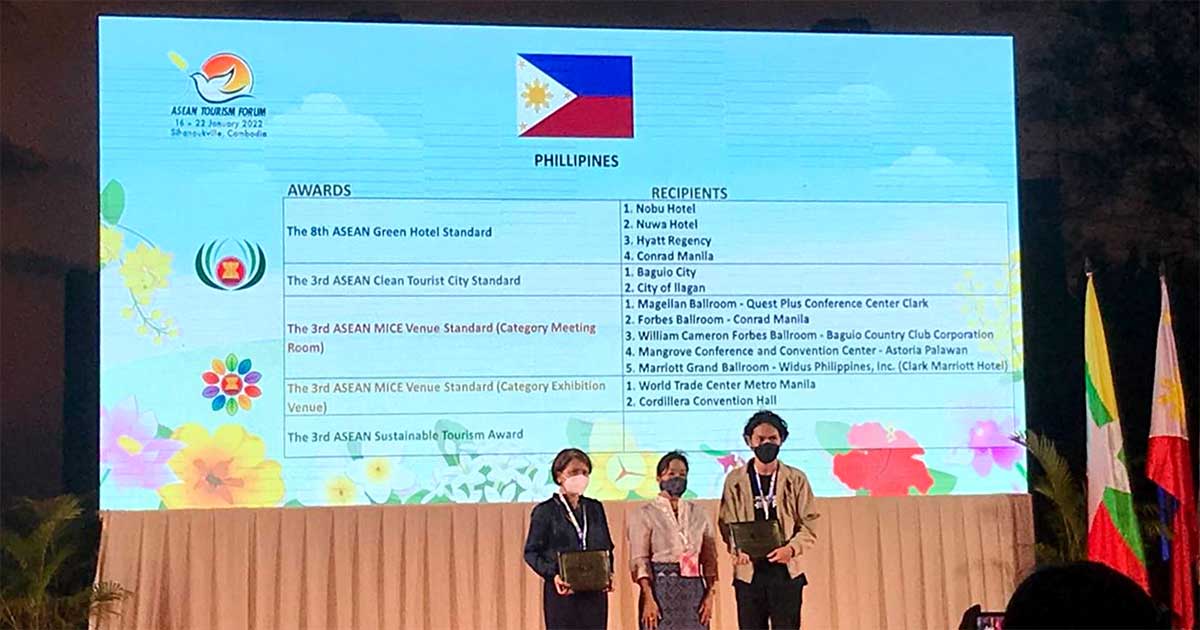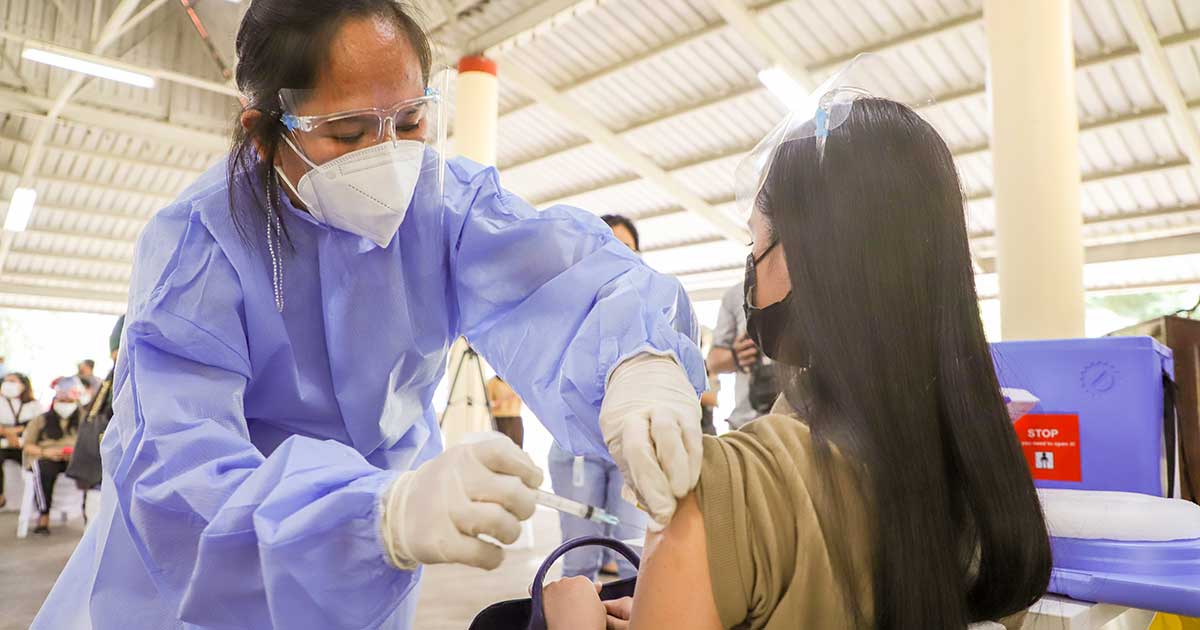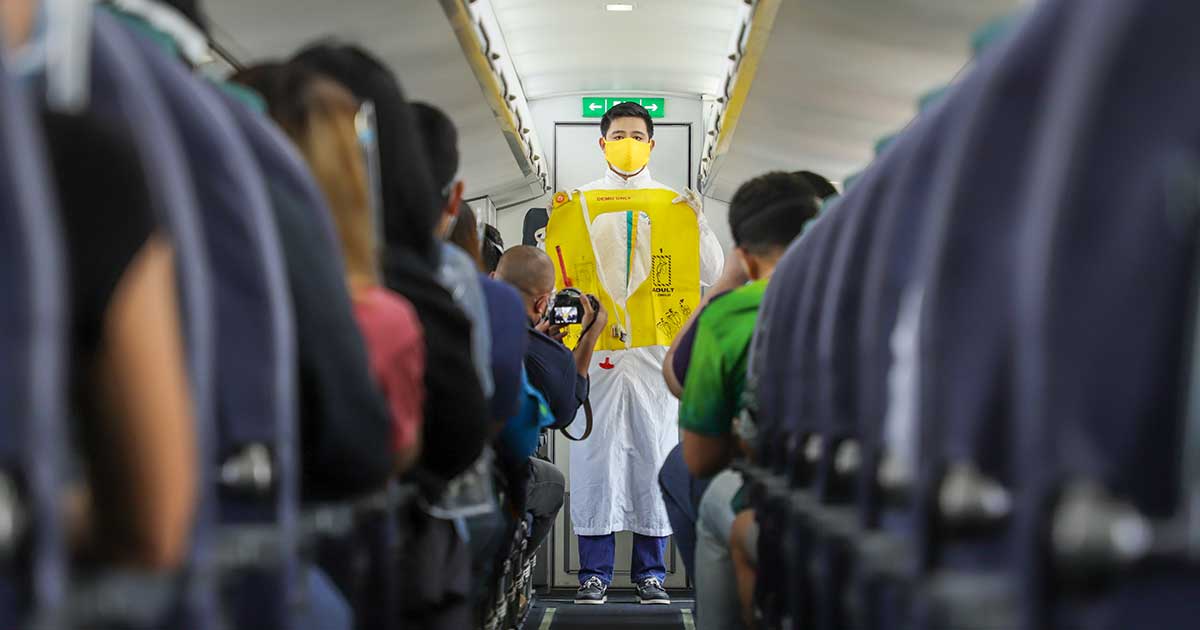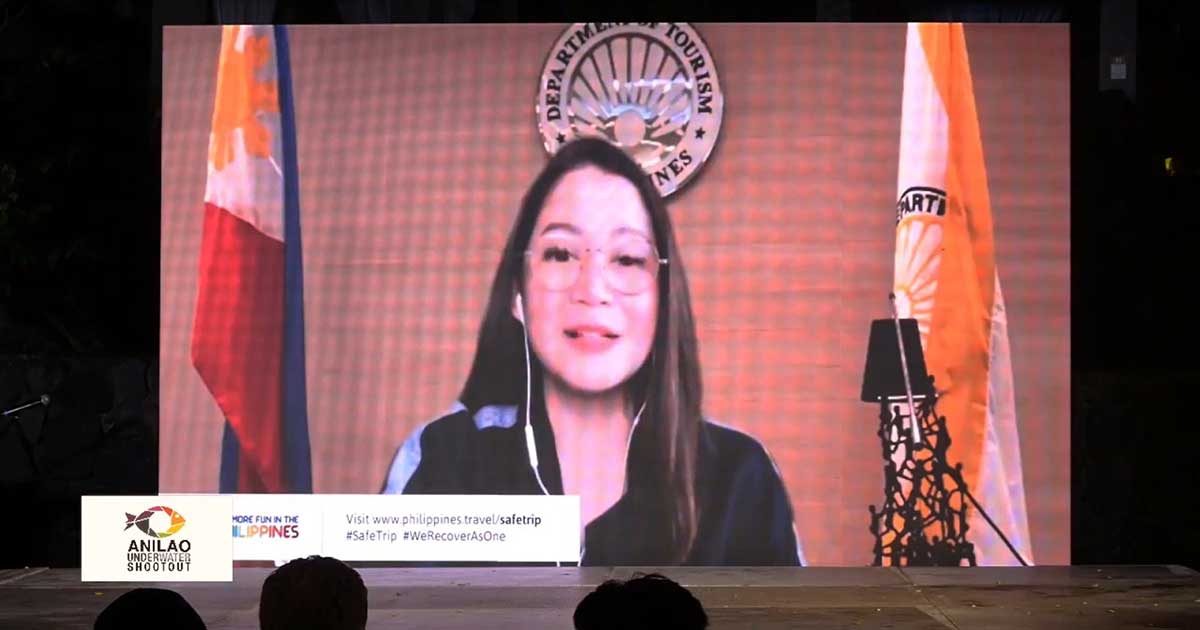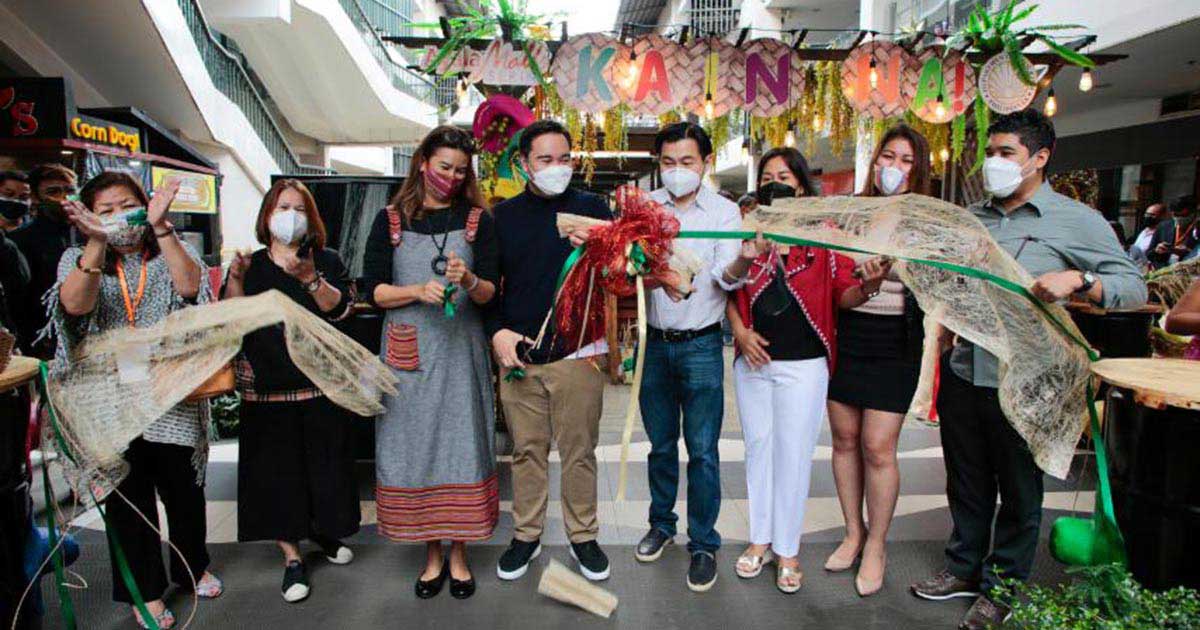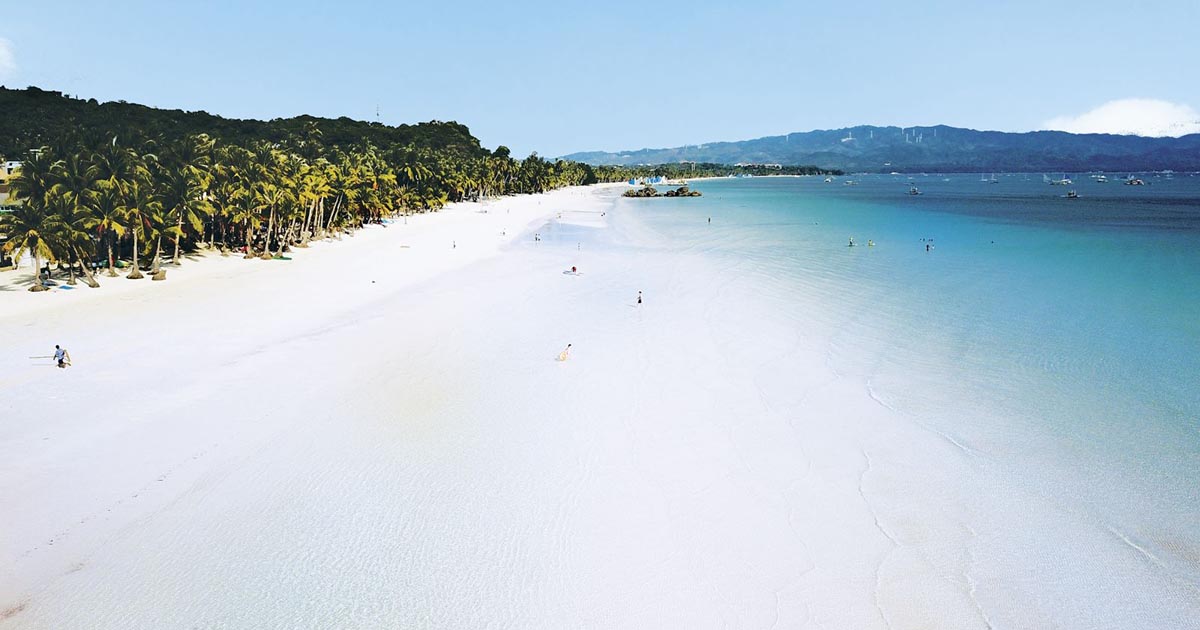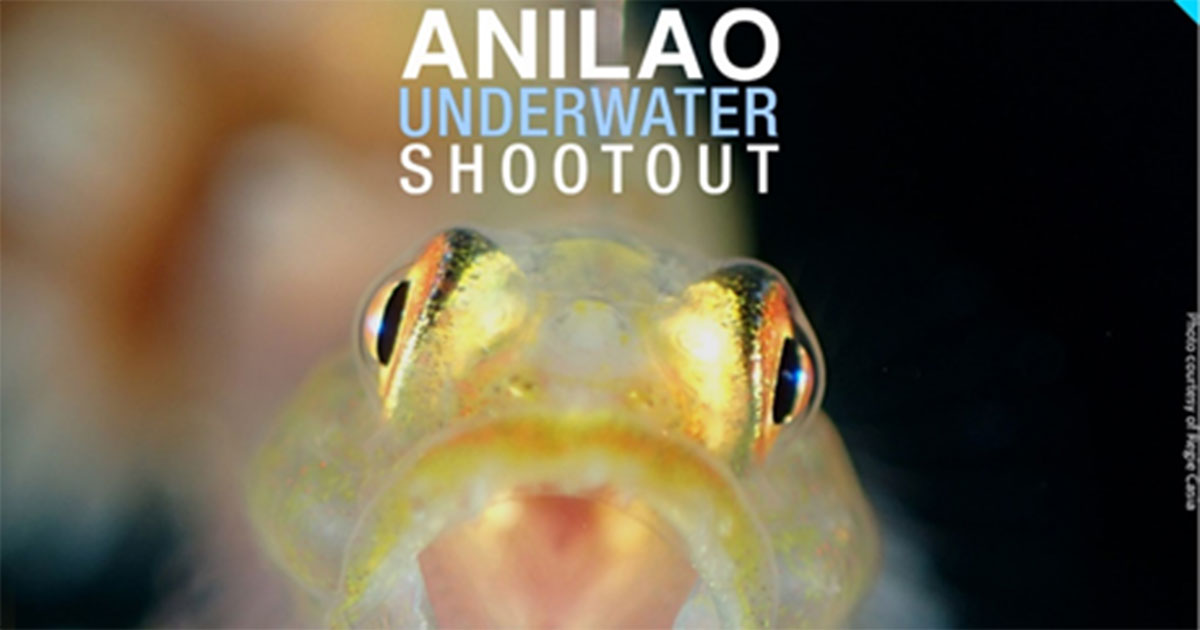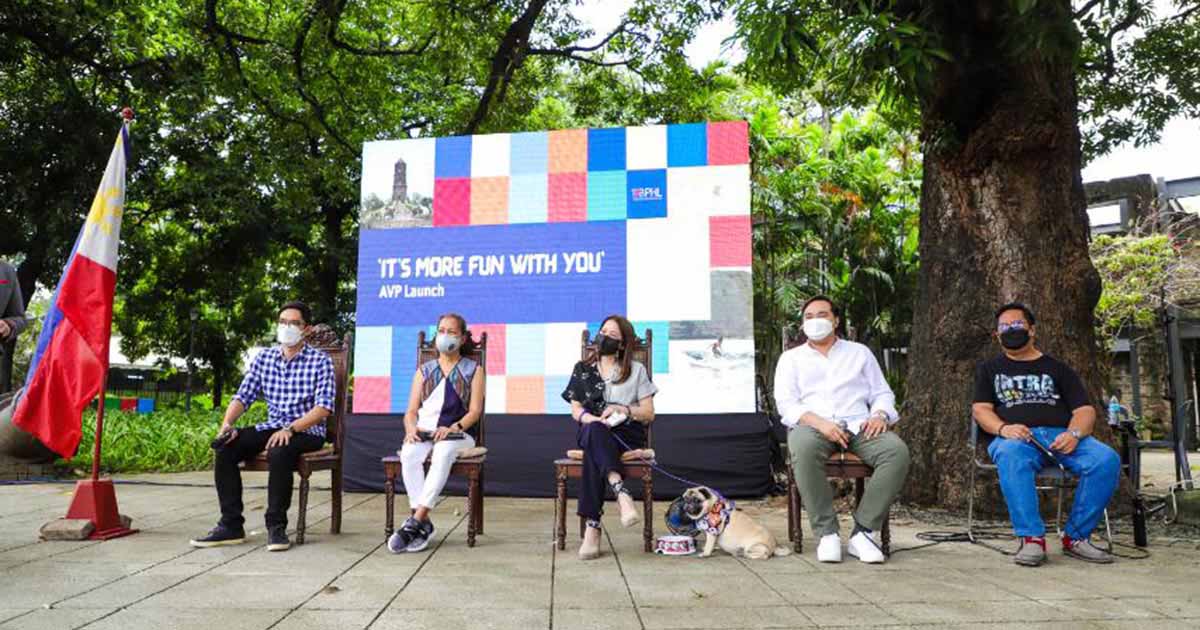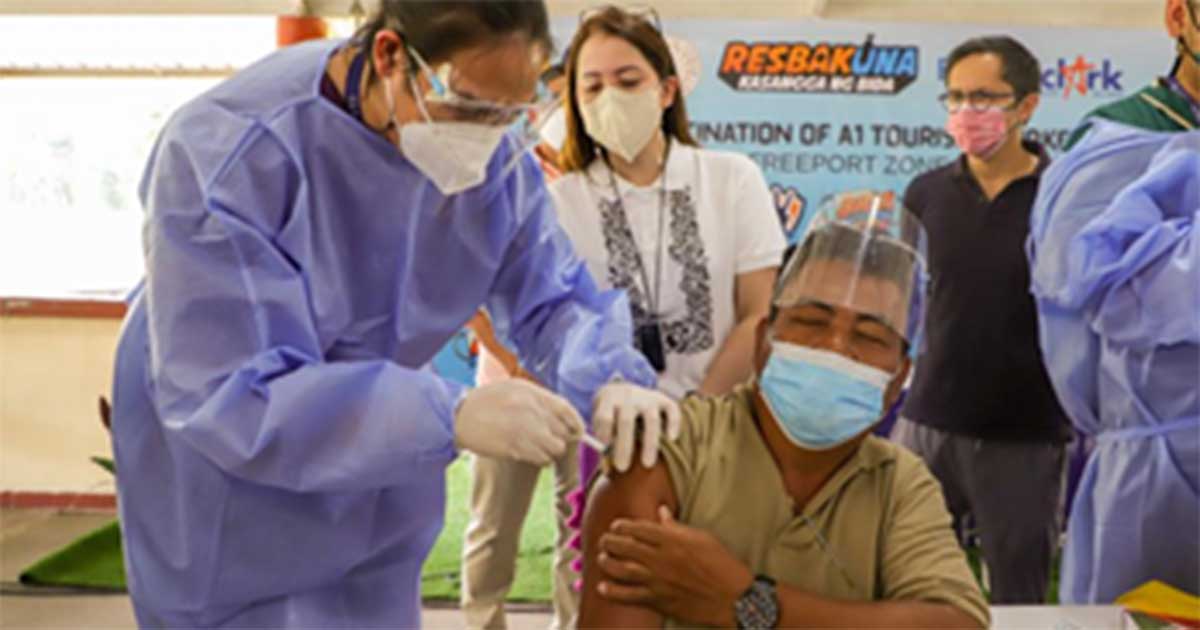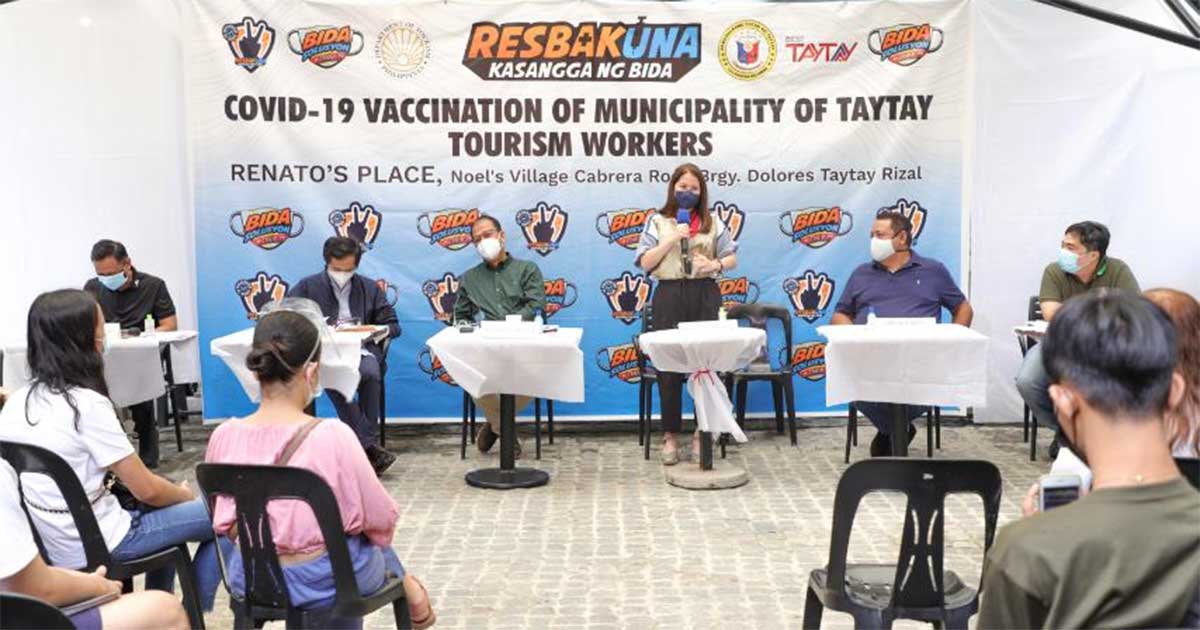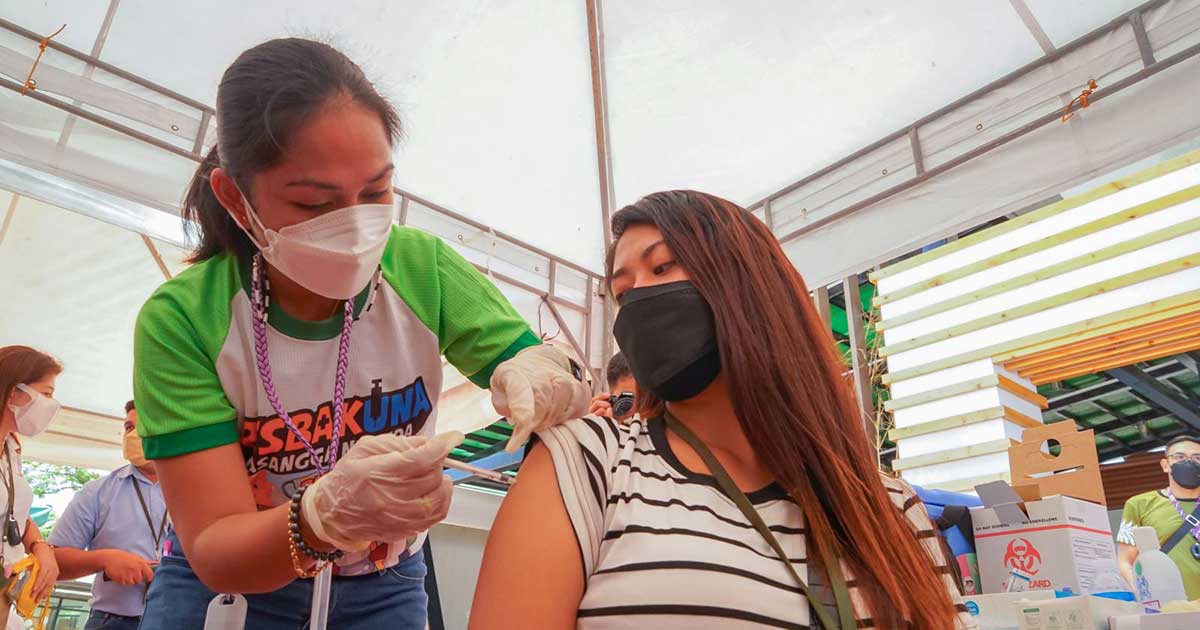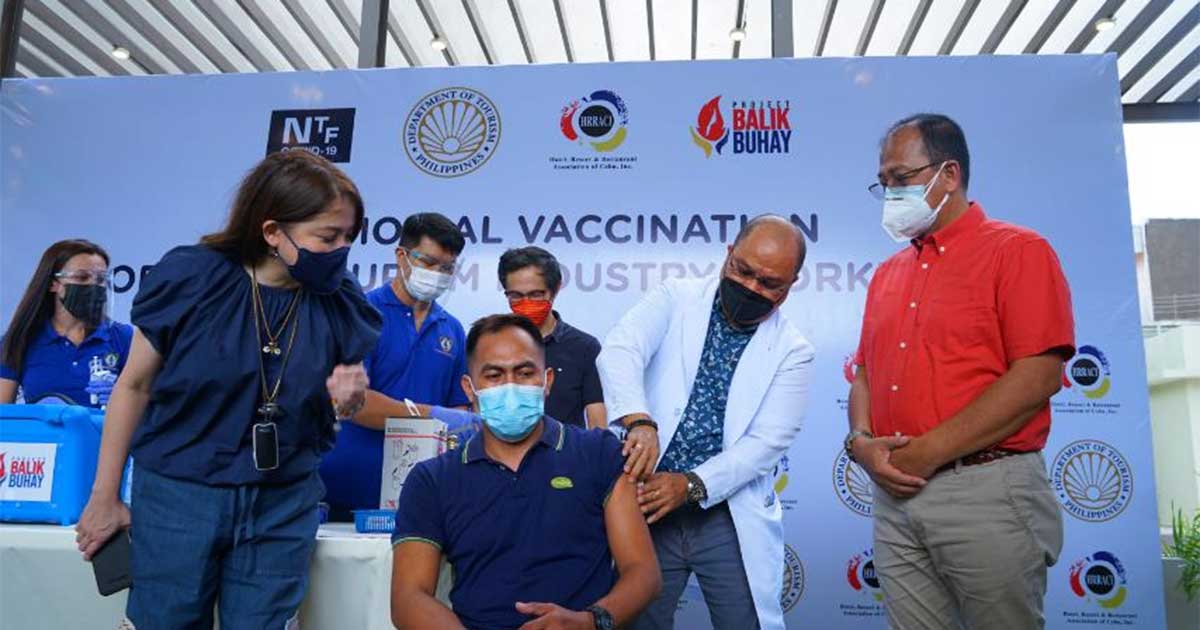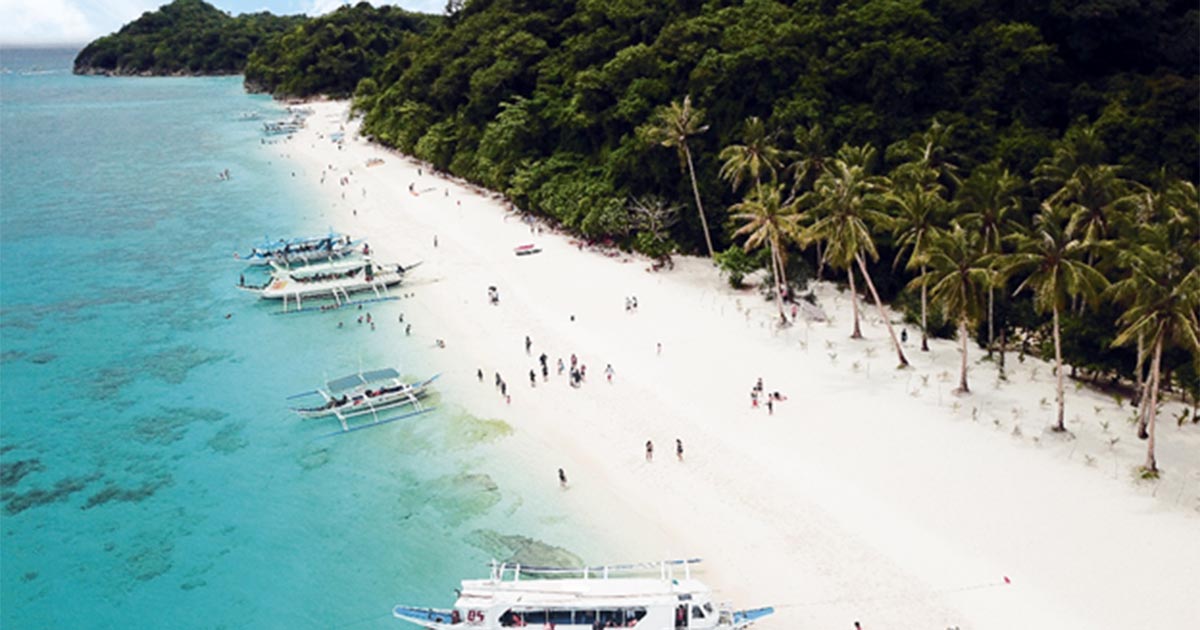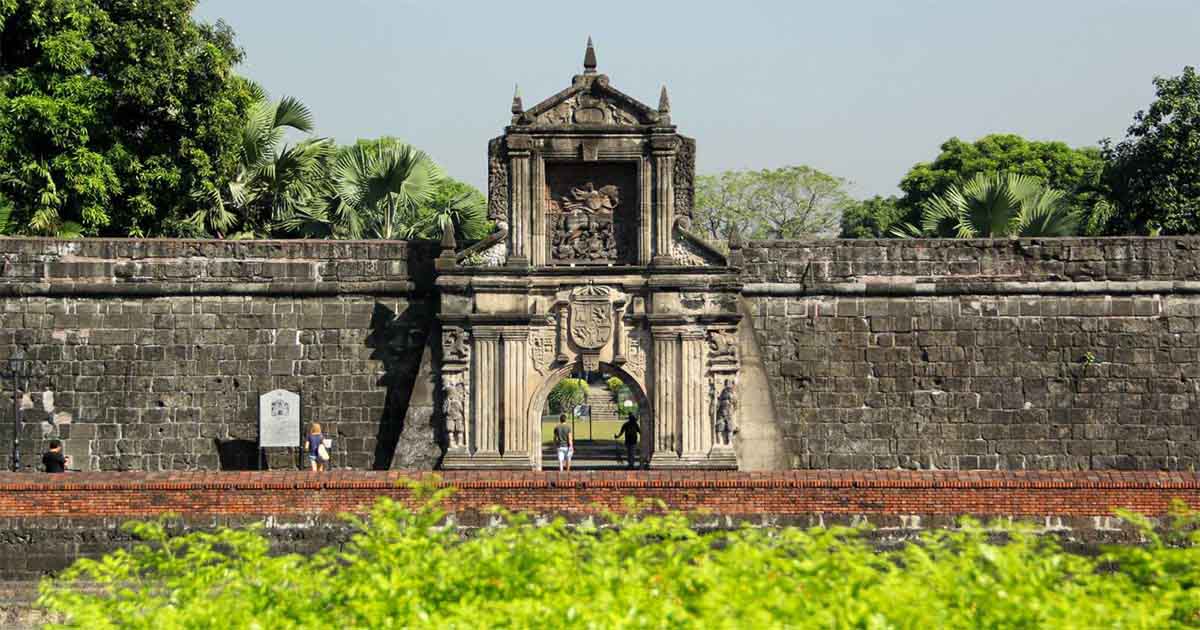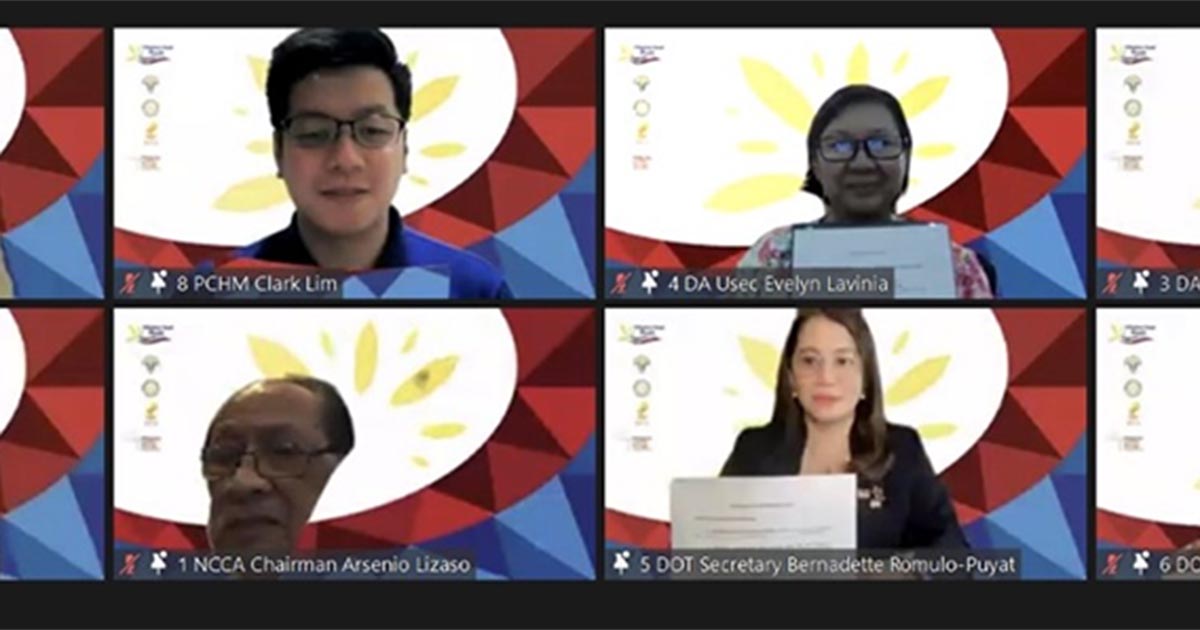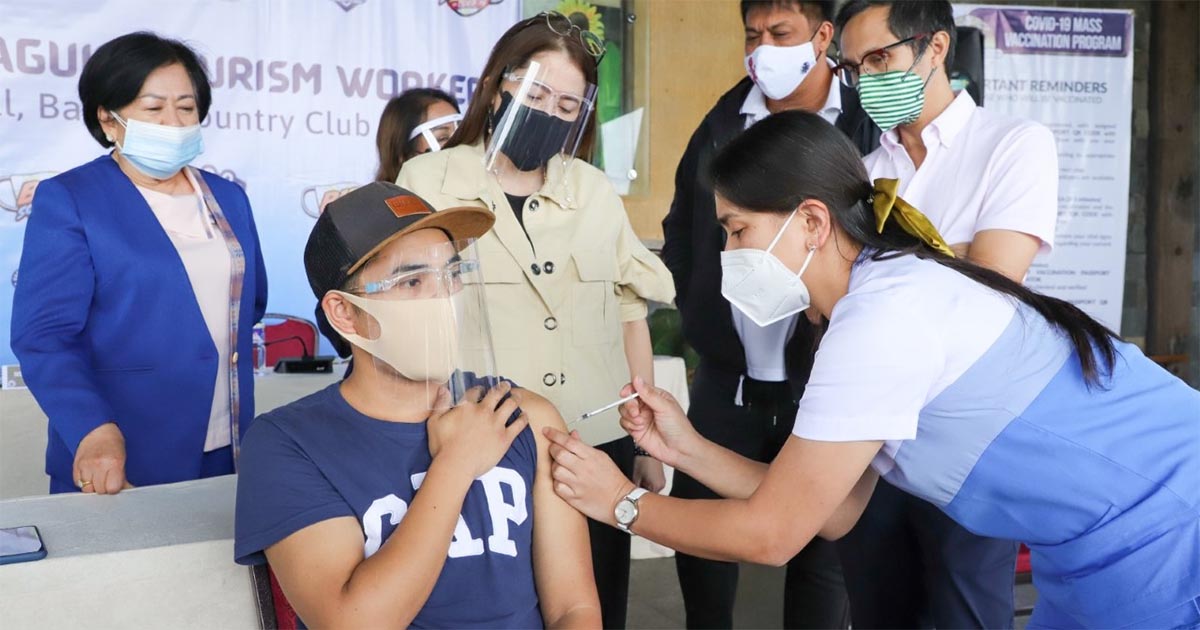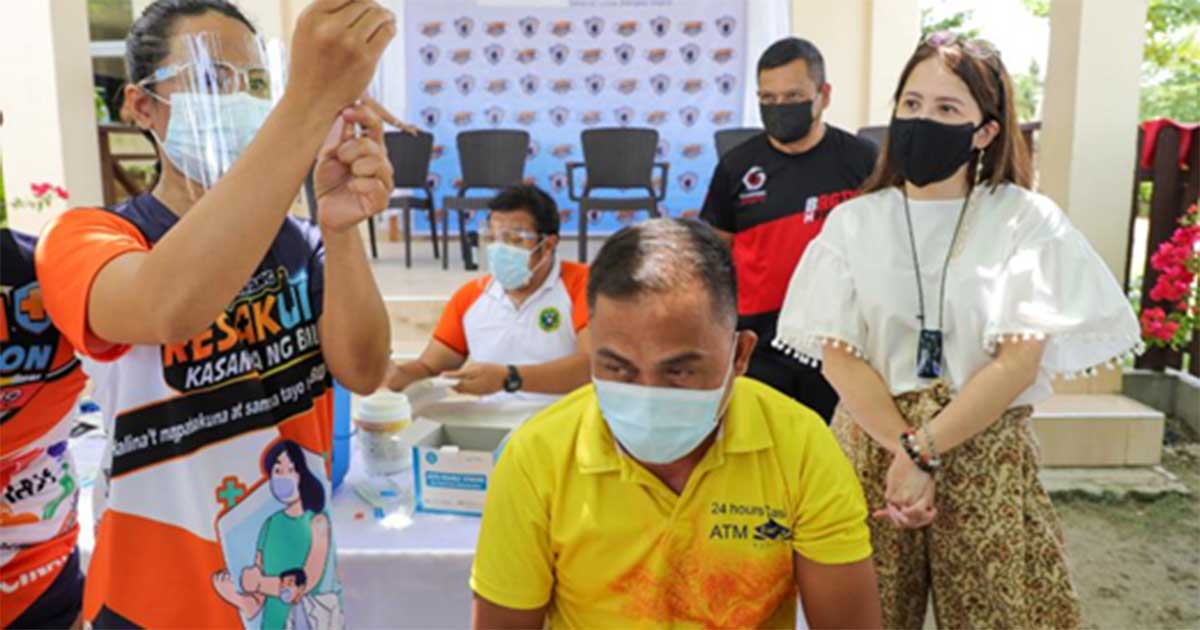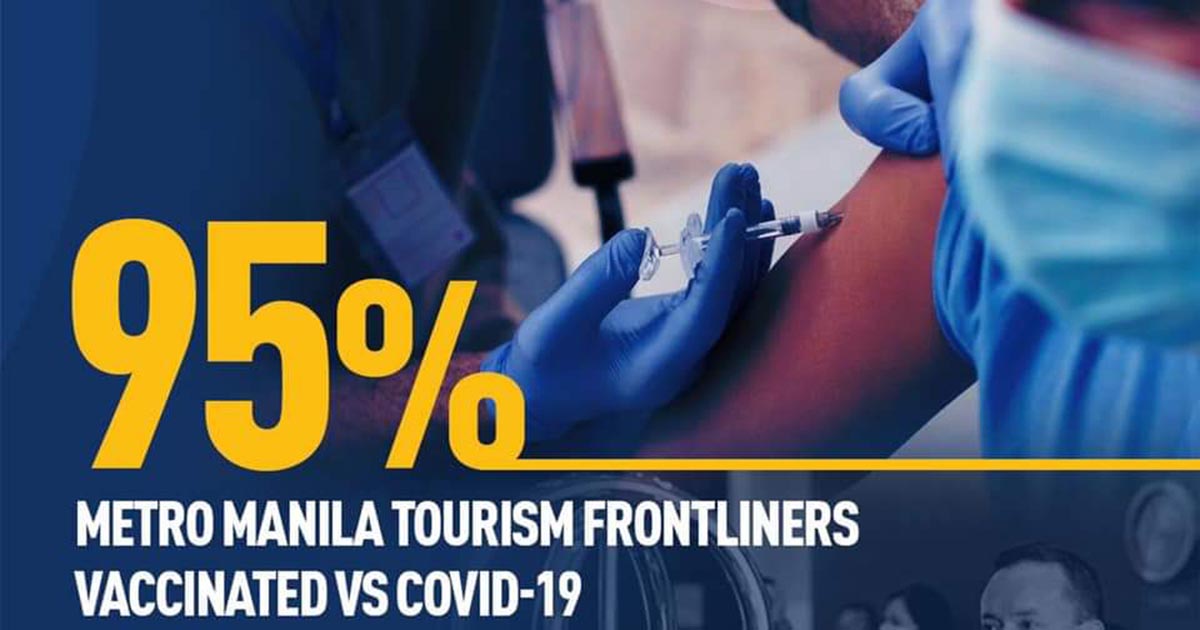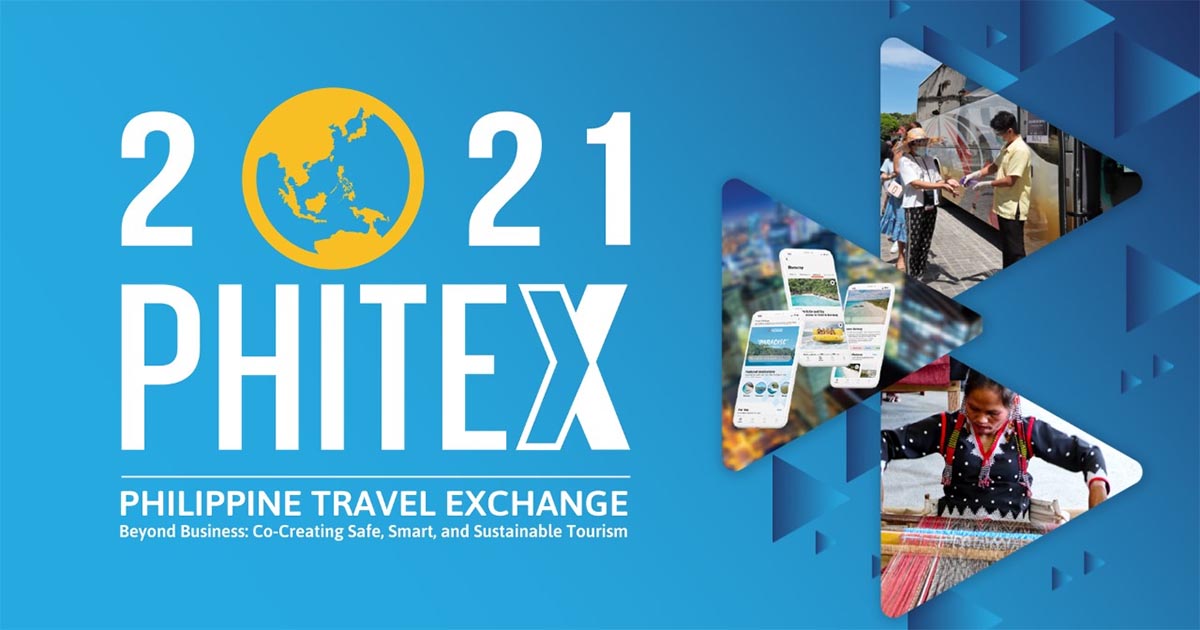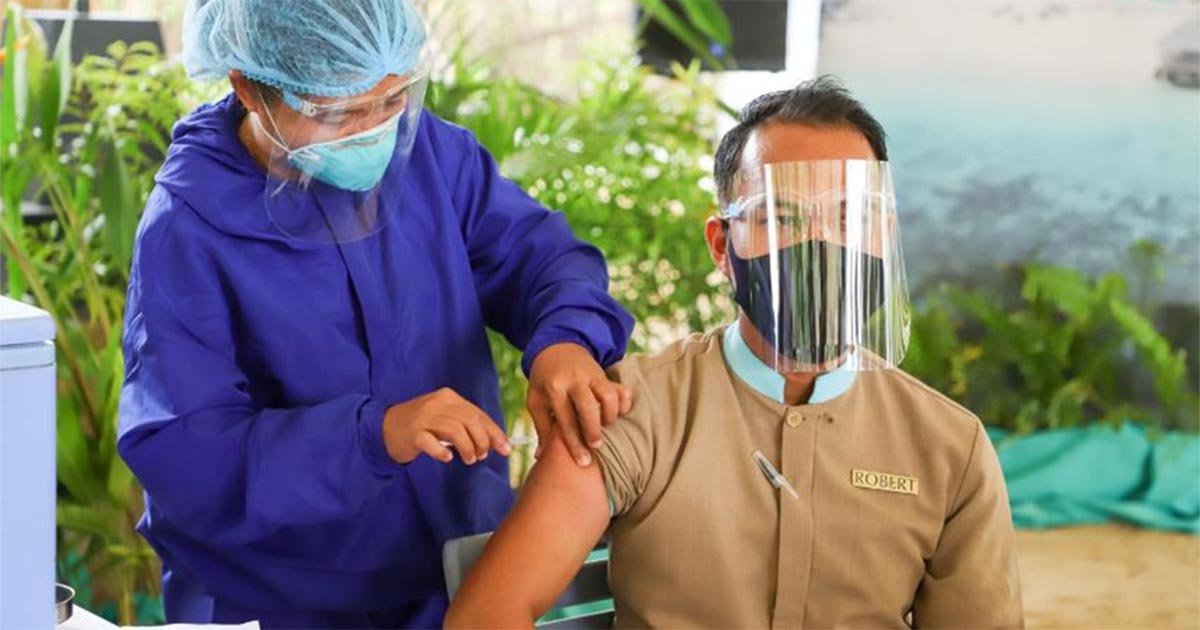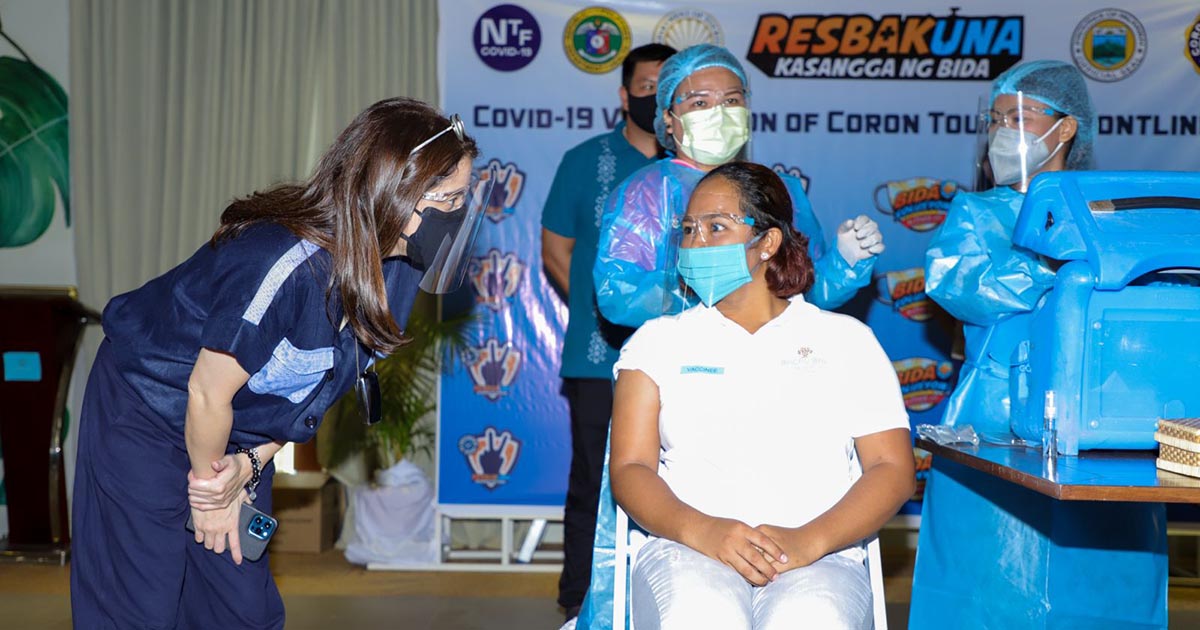MANILA, Philippines — The Department of Tourism (DOT) and the Philippine Hotel Owners Association Inc. (PHOA) on Wednesday, October 16, unveiled the Philippine Hotel Industry Strategic Action Plan (PHISAP) 2023-2028. This five-year roadmap is designed to enhance the competitiveness, sustainable development, and expansion of the Philippine hotel sector.
During the launch at The Westin Manila, Tourism Secretary Christina Garcia Frasco underscored the landmark plan’s pivotal role in the future of the Philippine tourism industry, noting that the PHISAP was formulated through a collaborative process involving not only the DOT and PHOA but also a wide range of stakeholders, including government agencies, hotel operators, industry associations, and other key players in tourism.
The plan was also shaped by Secretary Frasco’s listening tour two years ago, during which PHOA raised the need for such a framework.
“What is fresh in my mind is the listening tour that we conducted in the Department of Tourism where the PHOA brought this to my attention about two years ago. I’m honored by the fact that they have been very aggressive in partnering with the DOT, which has tried to meet their passion with equal commitment and devotion to seeing this through. We have no time to wait, and that is why we treated this with utmost priority. I, a mayor coming from Cebu, who in no way has had the decades of experience that PHOA has had, I personally learned so much from your wisdom, your experience, and I appreciate, very much, your insight. I’m grateful for your recognition of the sense of urgency with which we have tried to lead the Department of Tourism, for that is the instruction of our President. The Philippines must claim its rightful place in the ASEAN and the world. Now is the time for the Philippines,” Secretary Frasco said.
“We must set our targets high and pursue ambitious goals for it. It is projected that by 2028, there will be a room demand of over 456,000 room keys. We have some catching up to do, and I’m very glad that with the aggressive investment of our hotel owners, as well as our partners in the tourism industry, we are well on our way to meeting that demand,” the DOT chief said, noting that there is no time to wait as “every delay in building capacity and improving infrastructure is a missed opportunity,” the DOT chief said, as she presented the salient points of the PHISAP, which are based on six strategic pillars, known as the 6Ts of the transformation agenda: Target, Time, Tourist Route, Trust, Technology, and Talent.
Accommodation sector employs 1.45 million in 2023
Secretary Frasco acknowledged the accommodation sector’s significant contributions to the tourism industry in 2023, highlighting its 16.2% share of the Php 2.09 trillion tourism direct gross value-added (TDGVA) and its 23.3% share of the 6.21 million jobs in tourism. The sector also attracted over 51.4% of the Php 508.8 billion in tourism investments, demonstrating its critical role in the country’s economic recovery.
“But beyond these numbers are the real, tangible impacts of the work that you have collectively done together with the government: the 1.45 million workers in accommodation whose lives have been transformed and whose families continue to benefit from the employment that all of you have provided in your hotels and resorts. So, thank you. Daghang salamat. Thank you for your investment, thank you for your confidence in Philippine tourism,” Secretary Frasco added.
Despite these milestones, Secretary Frasco noted that the Philippine hotel industry still faces challenges in access and accommodation—the key infrastructure elements that underpin the tourism experience.
She stressed the importance of enhancing the country’s room capacity and accessibility to support the increasing number of visitors to the Philippines: “The United Nations Tourism Organization has highlighted the importance of seamless connectivity and adequate infrastructure in determining the success of destinations. Blessed with our rich natural and cultural heritage across our over 7,000 islands, our destinations should not be difficult to access, and they must have the appropriate room capacity to accommodate growing numbers of international and domestic visitors.”
The PHISAP also recognizes physical and digital connectivity as essential for creating seamless, safe, and enjoyable Philippine tourism experiences.
“We need to prioritize transport networks that allow visitors to easily reach even our most remote destinations while enhancing digital platforms that cater to the modern traveler’s need for information and convenience,” Secretary Frasco explained, reiterating the DOT’s strong prioritization of projects including the construction and expansion of tourism roads and digitalization efforts in tourism.
The DOT chief also lauded the efforts of hotel owners and the accommodation sector in introducing smart technologies to enhance the efficiency of tourism services, and sustainable innovations that help reduce carbon footprints and promote green tourism.
As the standards of facilities and services are raised, Secretary Frasco also noted the importance of continuous trust-building and investment in the well-being of employees and stakeholders: “According to Global Trends, sustainability, hygiene, and safety are key factors in winning the trust of travelers, especially post-pandemic. We must show that the Philippines is not only a beautiful destination, but one that is safe, reliable, and sustainable. Hence, the government has made great efforts in considering the needs of tourists as they travel across the Philippines.”
Also highlighting the greatest asset of Philippine tourism—the Filipino people, Secretary Frasco shared the DOT’s continuous training of tourism workers through the Filipino Brand of Service Excellence (FBSE), noting that 243,080 workers have been trained under this program.
Secretary Frasco also discussed the government’s efforts to create a tourism environment that is efficient, sustainable, and globally competitive, which include the establishment of green lanes for strategic investments aimed at fast-tracking critical infrastructure projects, improved Public-Private Partnership (PPP) law, the expanded CREATE Law, and PPP initiatives to enhance airport facilities and transport services.
“By fostering collaboration between the public and private sectors, PHISAP seeks to address the evolving demands of tourism in a way that is both innovative while being inclusive. Therefore, I greatly appreciate this milestone of public and private collaboration that we have had in tourism here in the Philippines. The challenges that we face are too vast and too complex to be solved by any single sector or by government alone. Together, we must build a resilient, adaptable, and forward-thinking tourism ecosystem to meet the demands of today’s travelers while anticipating the needs of the future,” said Secretary Frasco.
Stakeholders Throw Support Behind PHISAP
PHOA-Technical Working Group (TWG) on PHISAP Chairman Mr. Francis Gotianun highlighted the importance of collaboration between the DOT and PHOA: “PHISAP marks a significant milestone as we work together to enhance the competitiveness and sustainability of our hotel sector. We are truly honored to have contributed to a plan that addresses both the challenges we face today and the vast opportunities available within the tourism landscape. We resonate deeply with its emphasis on aligning our efforts towards national development, quality, sustainability, and customer satisfaction.”
PHOA President Arthur Lopez echoed this sentiment, sharing that the plan reflects years of collaboration between the DOT and PHOA aimed at addressing the industry’s long-term challenges and opportunities.
“The Board of Directors and members of the Philippine Hotel Owners Association are extremely delighted to finally witness the completion of the Philippine Hotel Industry Strategic Action Plan or PHISAP. This blueprint for the Philippine hotel industry is a product of the sustained, vigorous collaborative efforts of PHOA and the Department of Tourism, which involved numerous consultations and discussions. We’ve been working on this PHISAP for the last 10 years and finally, we’ve got the support of Secretary Frasco to work together with DOT. The first PHISAP we put together many years ago and, well, it just was something that was [gathering dust]. So we’re all very thankful to the Secretary for moving this forward,” Lopez shared.
Lopez further emphasized PHISAP’s importance in providing clear guidance for hotel investment: “As hotel owners and developers, we are among the biggest investors in the Philippine tourism industry. It is imperative for us to have a strategic plan that will guide us on where and what type of accommodation facilities to build. From an investor’s perspective, we need to have a clearer picture of the destinations where market demand is projected to be strong. We also need to have a deeper understanding of the type of amenities and services that different travel segments are looking for so we can plan accordingly. The PHISAP will be the essential instrument and reference for us to make informed decisions. We are aware of the growth targets under the National Tourism Development Plan of 2023 to 2028, and we would like to contribute to achieving our shared goal for a more globally competitive and inclusive hotel industry.”
Also present at the launch were key tourism leaders, including PHOA Executive Director Benito “Bong” Bengzon, Jr., Tourism Congress of the Philippines (TCP) President James Montenegro, Philippine Tour Operators Association (PHILTOA) President Arjun Shroff, National Association of Independent Travel Agencies (NAITAS) National President Racquel Sabucido, Nurture Wellness and Spa President/Owner Cathy Turvill, Robinsons Hotels and Resorts Senior Vice President and Business Unit General Manager Barun Jolly, Senior Vice President, Operations for SM Hotels Conventions Corp. Cathy Nepomuceno, and Megaworld Hotels & Resorts Head of Sales and Strategic Partnerships Claire Bernabe.
Additionally, DOT officials attended, including Undersecretary & Chief of Staff Shahlimar Hofer Tamano, Undersecretary Verna Buensuceso, Undersecretary Maria Rica Bueno, Assistant Secretary Ronald Conopio, Assistant Secretary Judilyn Quiachon, Directors Warner Andrada and Glenn Albert Ocampo, and Tourism Infrastructure and Enterprise Zone Authority (TIEZA) Assistant Chief Operating Officer Karen Baydo.
-30-
PHOTO:
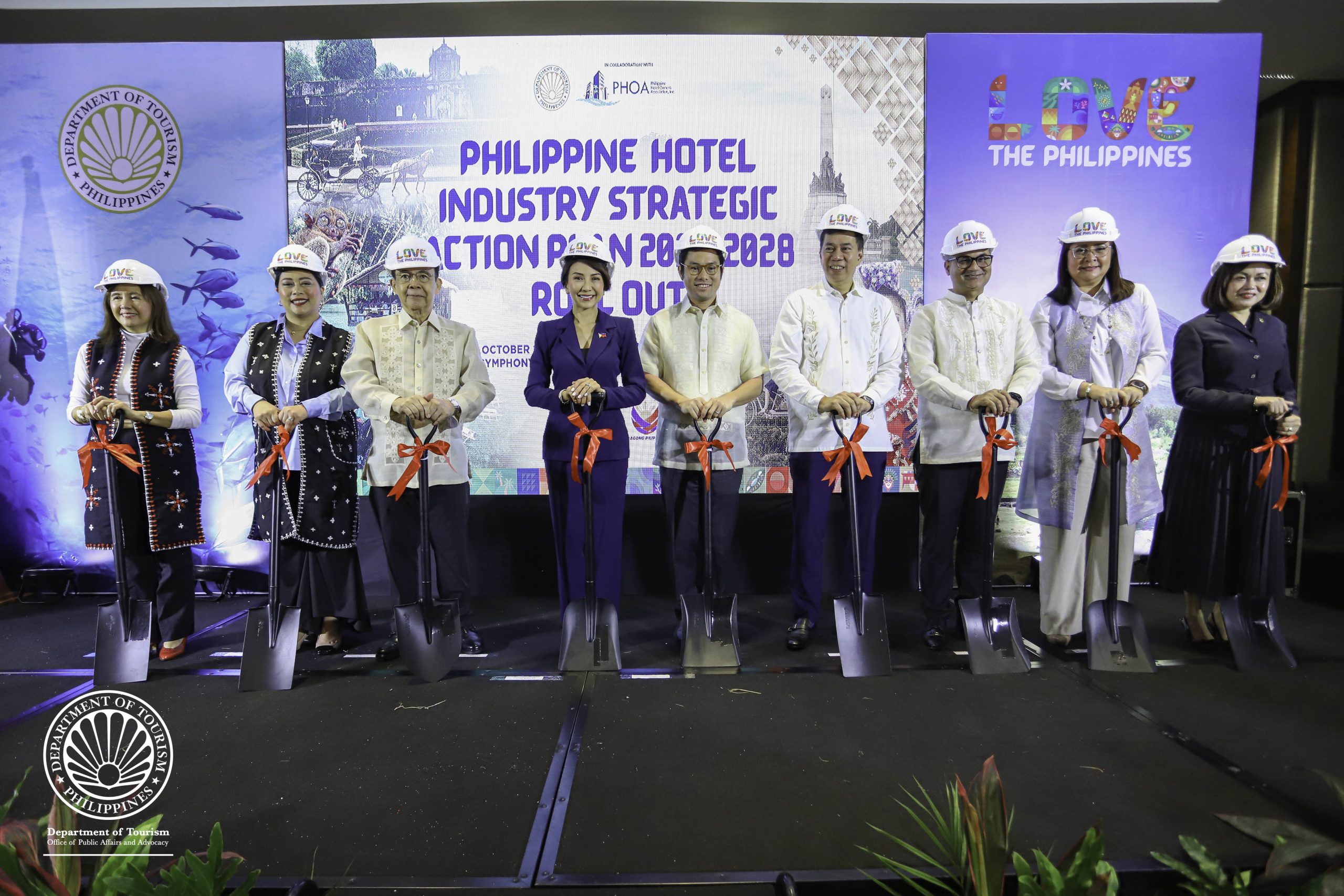
Department of Tourism (DOT) Secretary Christina Garcia Frasco (4th from left) and officials of the Philippine Hotel Owners Association Inc. (PHOA) led by its President Arthur Lopez (3rd from left), Technical Working Group (TWG) on PHISAP Chairman Francis Gotianun (5th from right), Executive Director Benito “Bong” Bengzon, Jr. (4th from right), together with Nurture Wellness and Spa President/Owner Cathy Turvill (leftmost), Tourism Infrastructure and Enterprise Zone Authority (TIEZA) Assistant Chief Operating Officer Karen Baydo (2nd from left), Robinsons Hotels and Resorts Senior Vice President and Business Unit General Manager Barun Jolly (3rd from right), SM Hotels Conventions Corp. Senior Vice President for Operations Cathy Nepomuceno (2nd from right), and Megaworld Hotels & Resorts Head of Sales and Strategic Partnerships Claire Bernabe (rightmost) lead the unveiling of the Philippine Hotel Industry Strategic Action Plan (PHISAP) 2023-2028 on Wednesday (October 16) at The Westin Manila.




